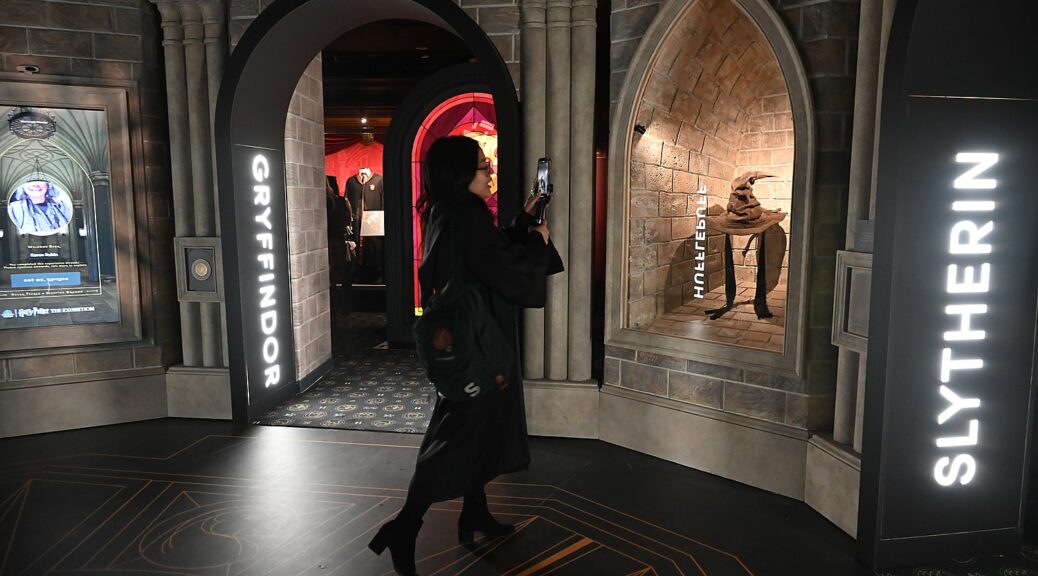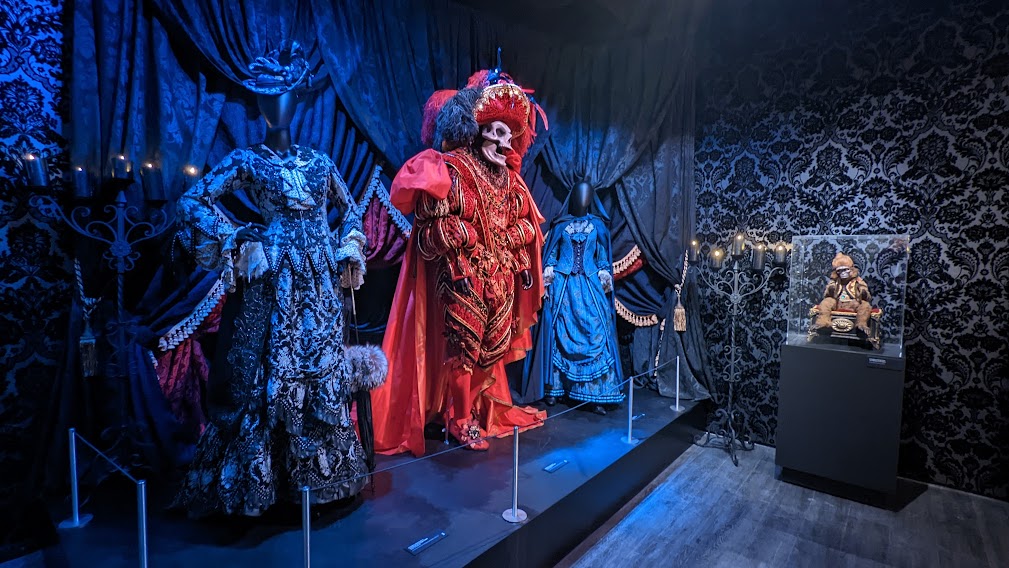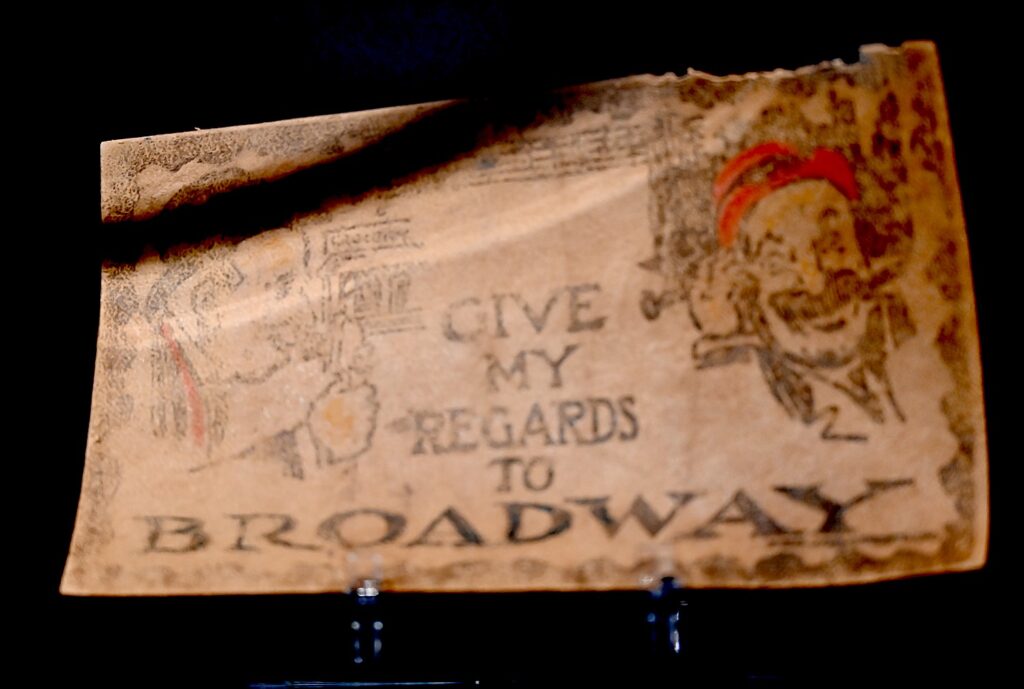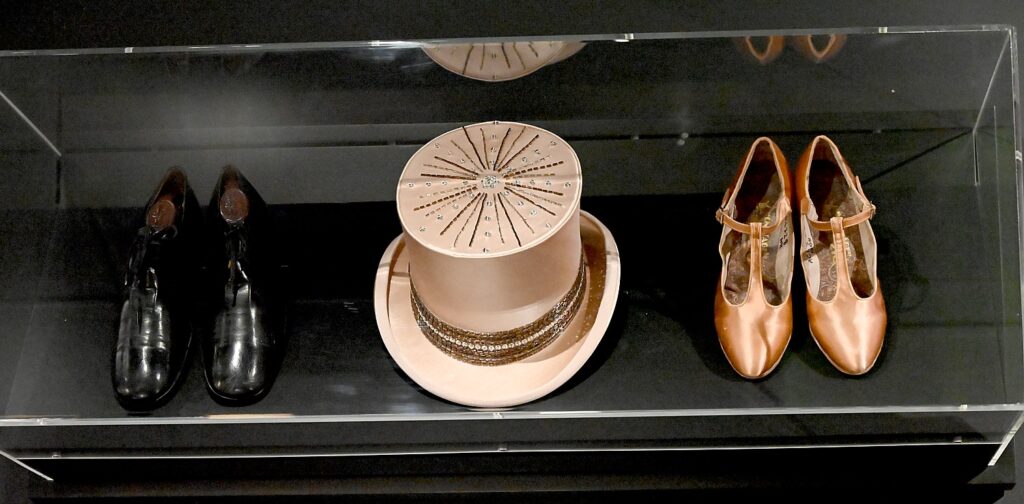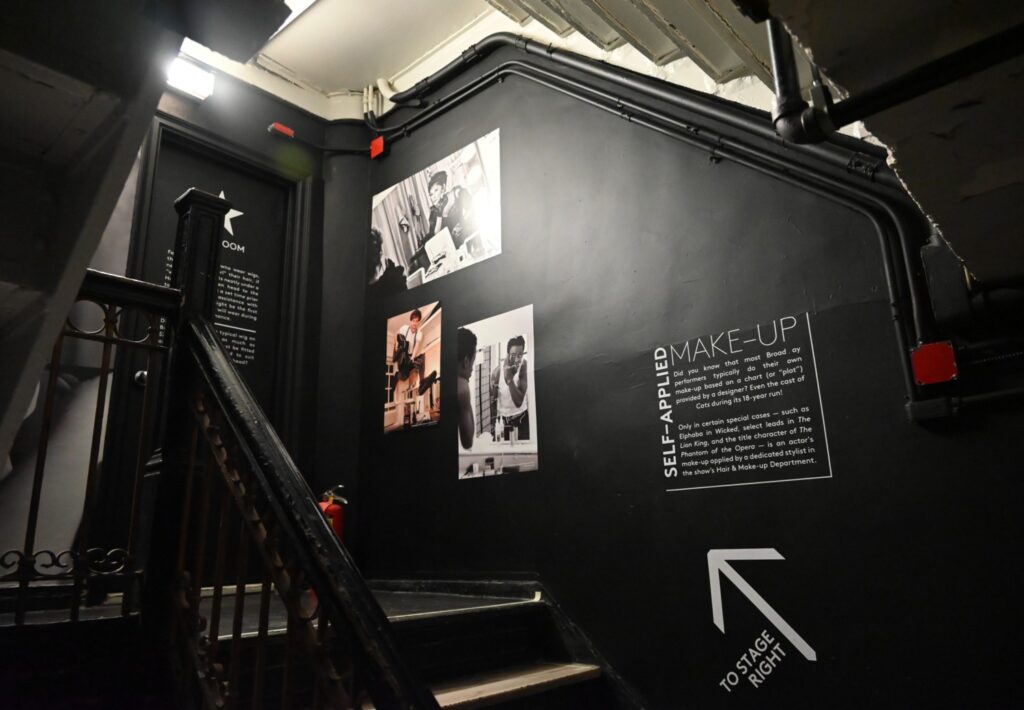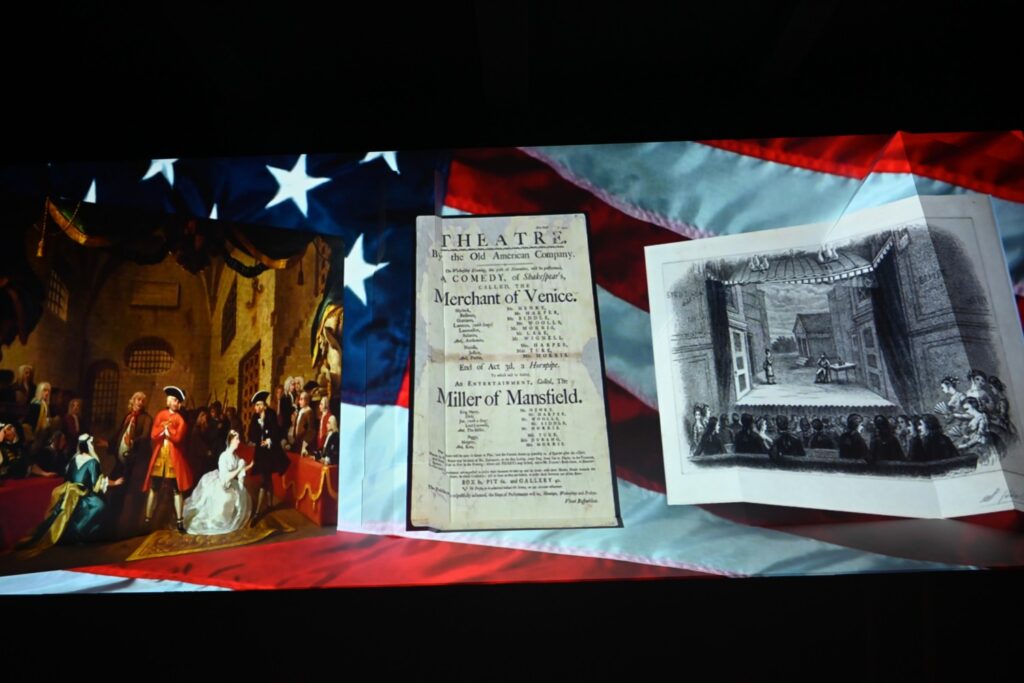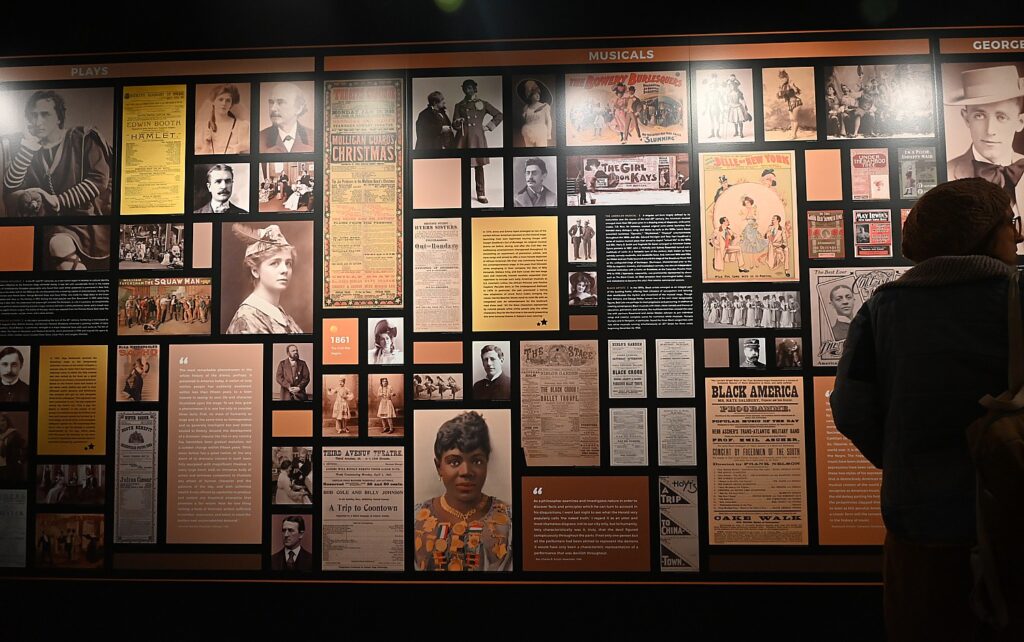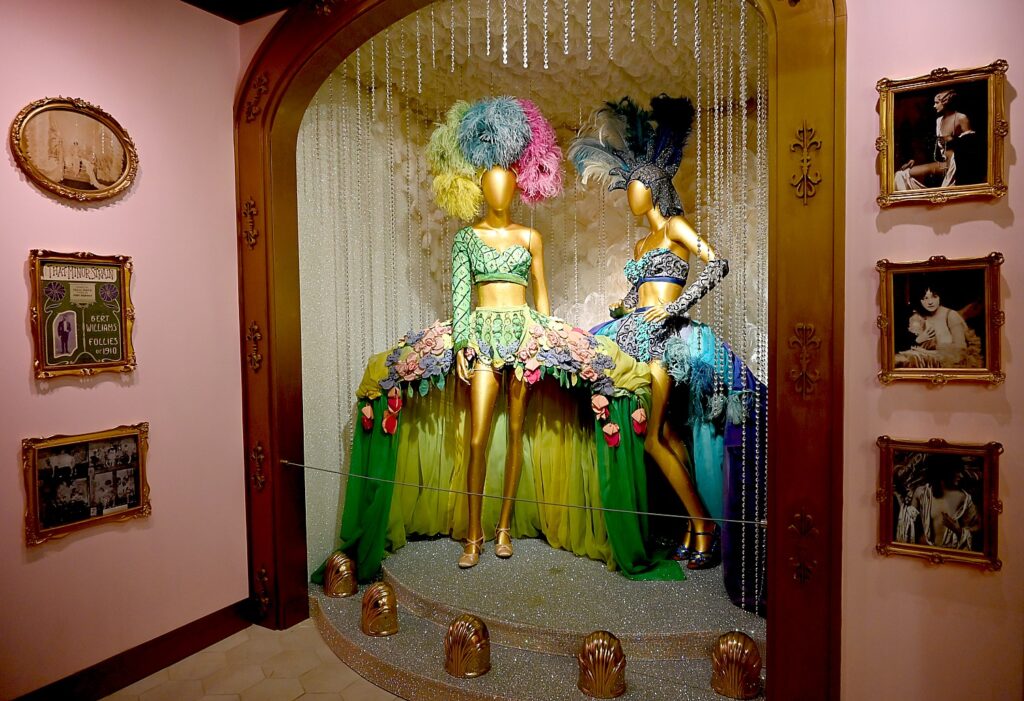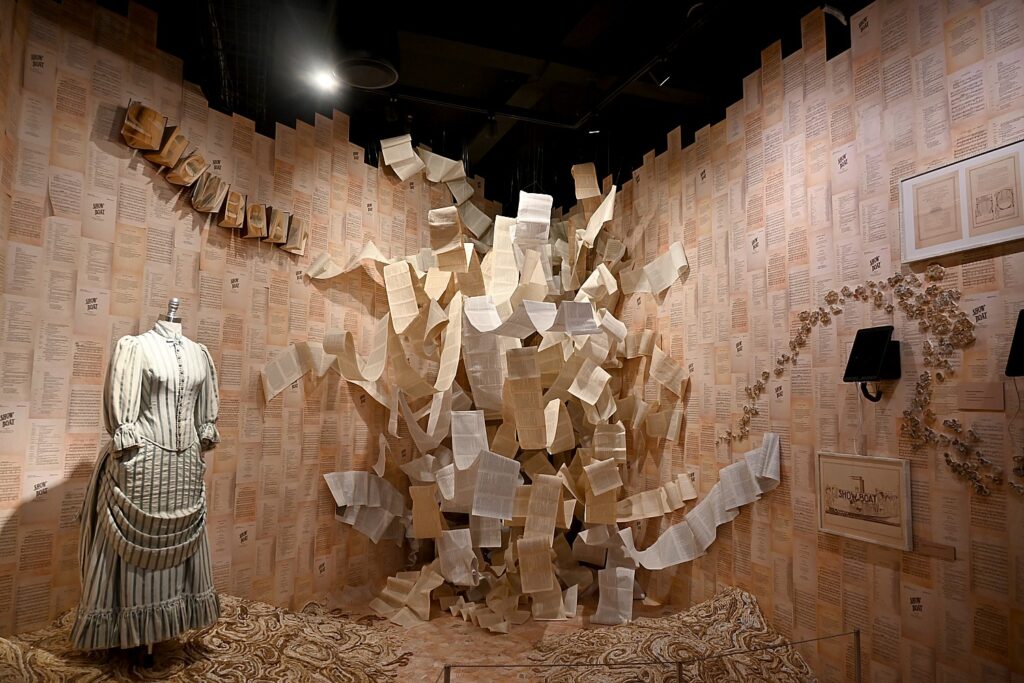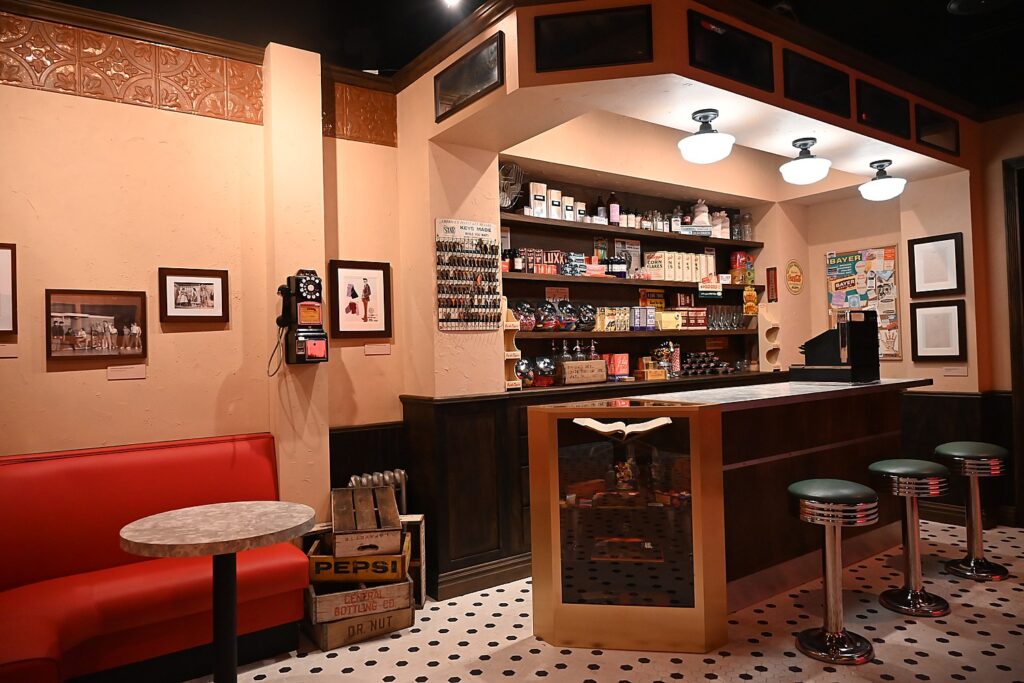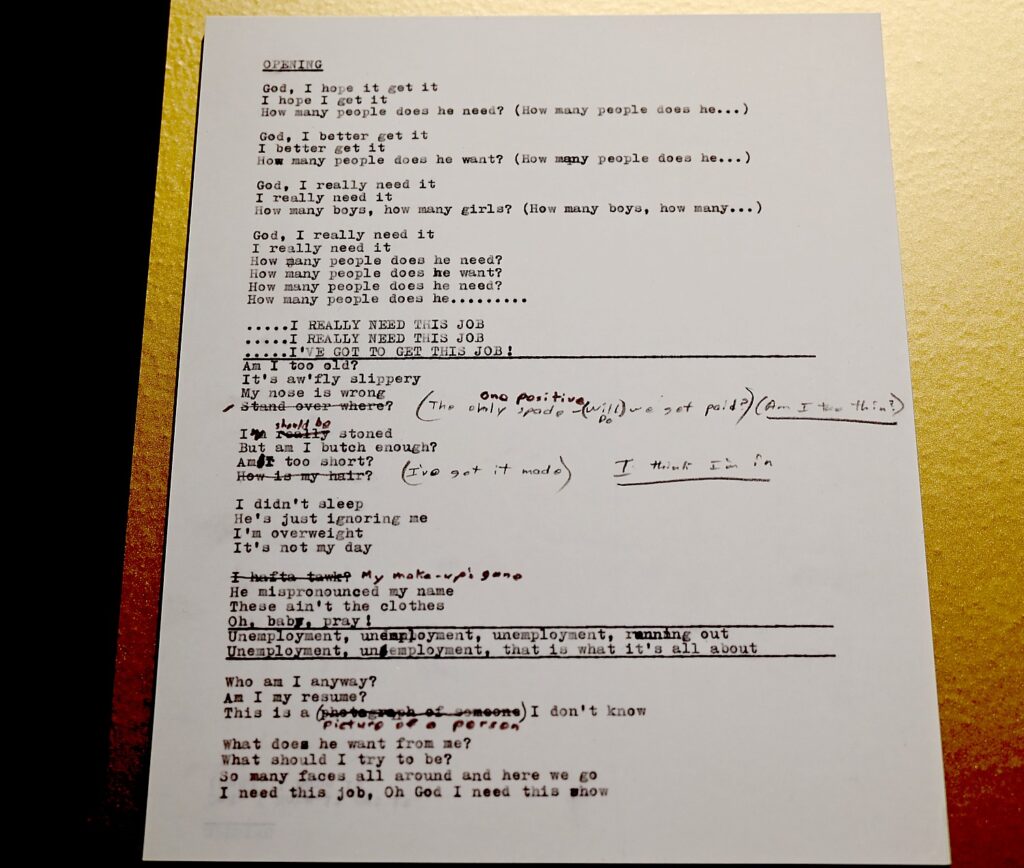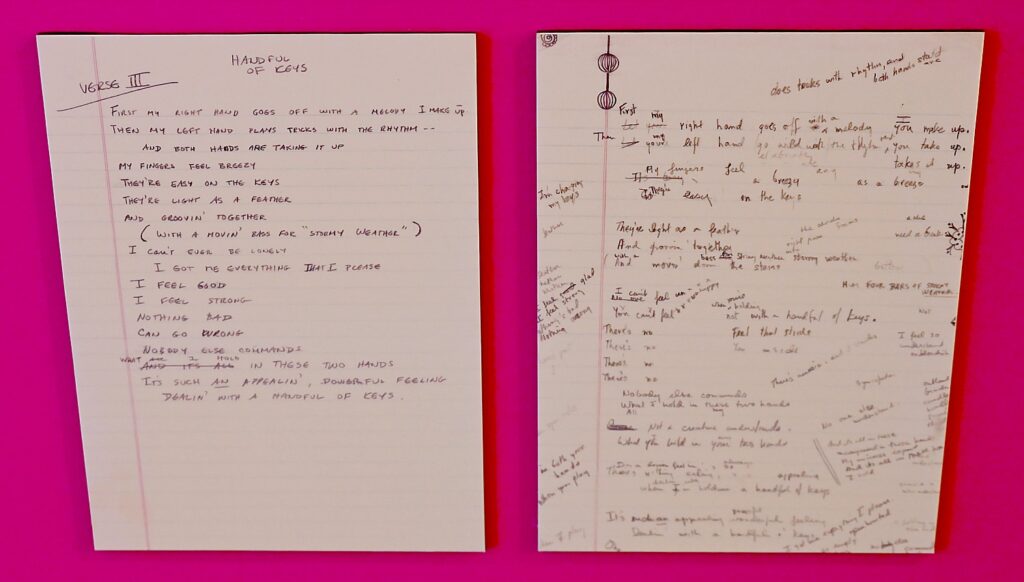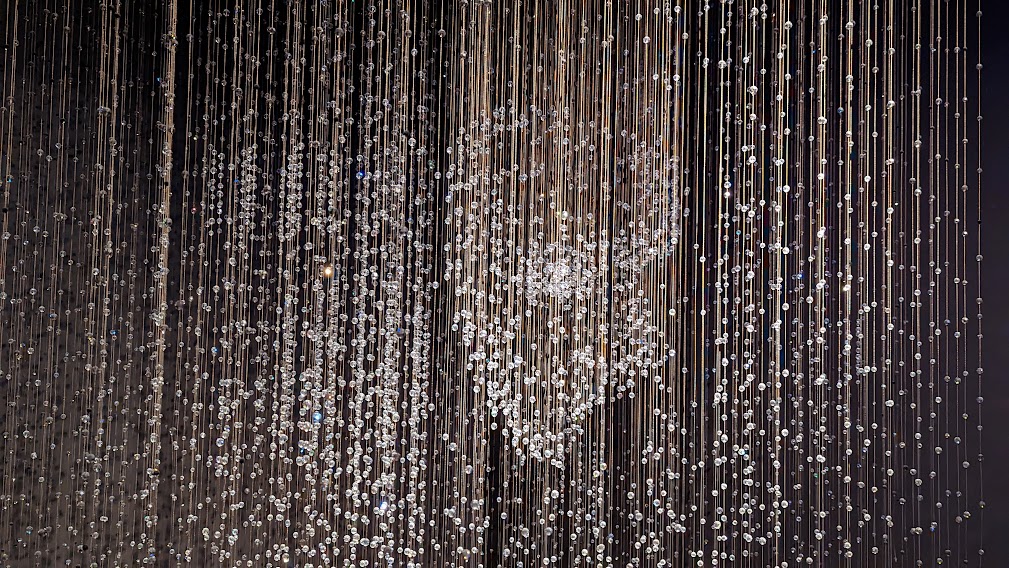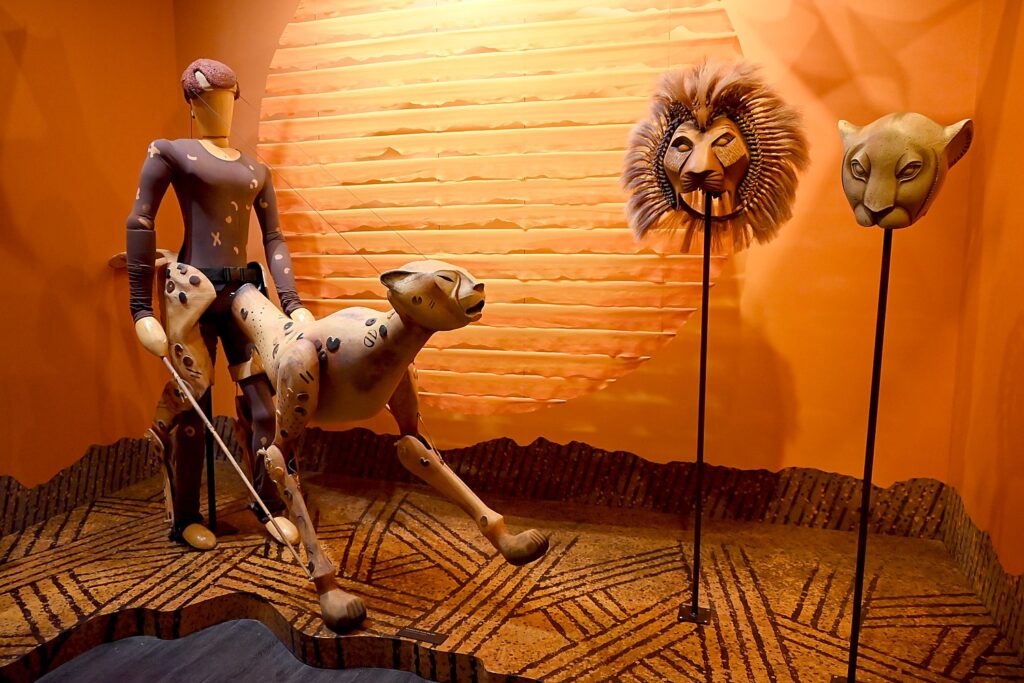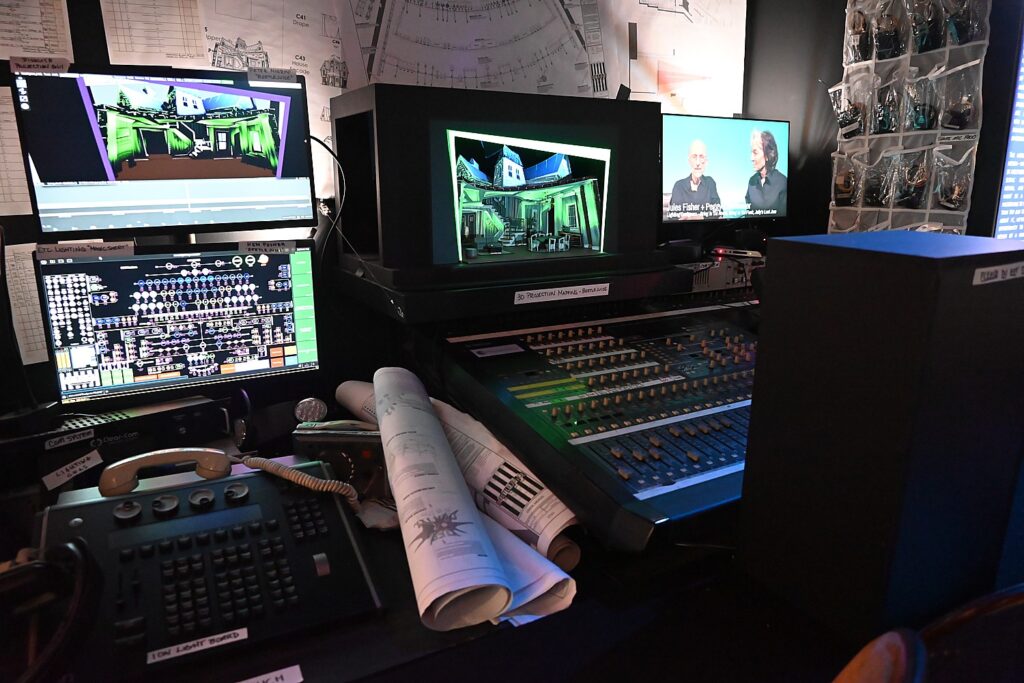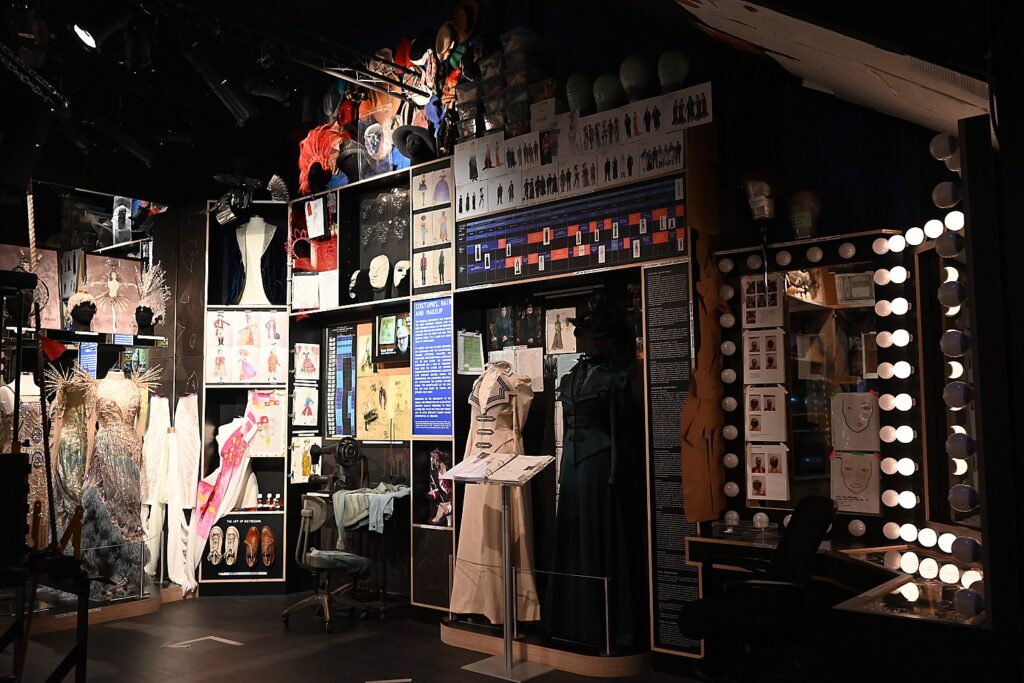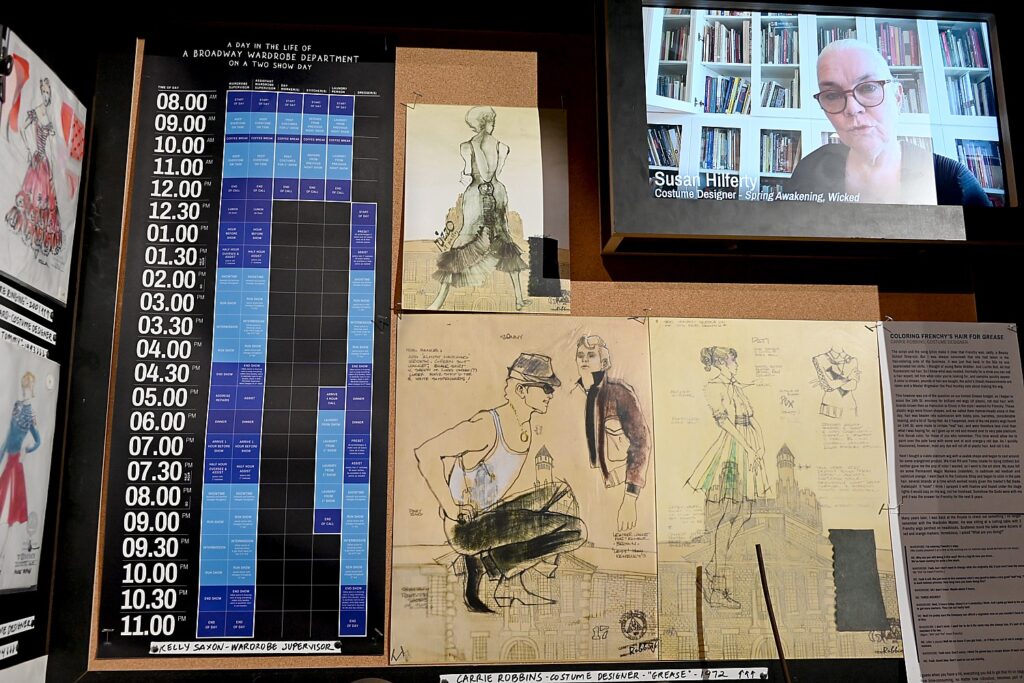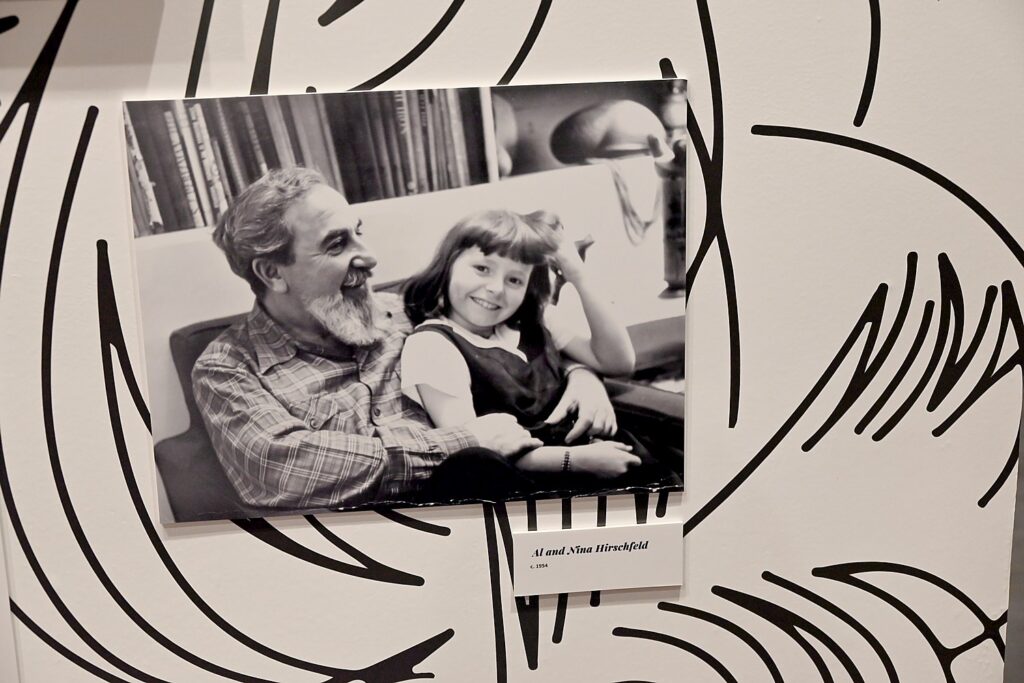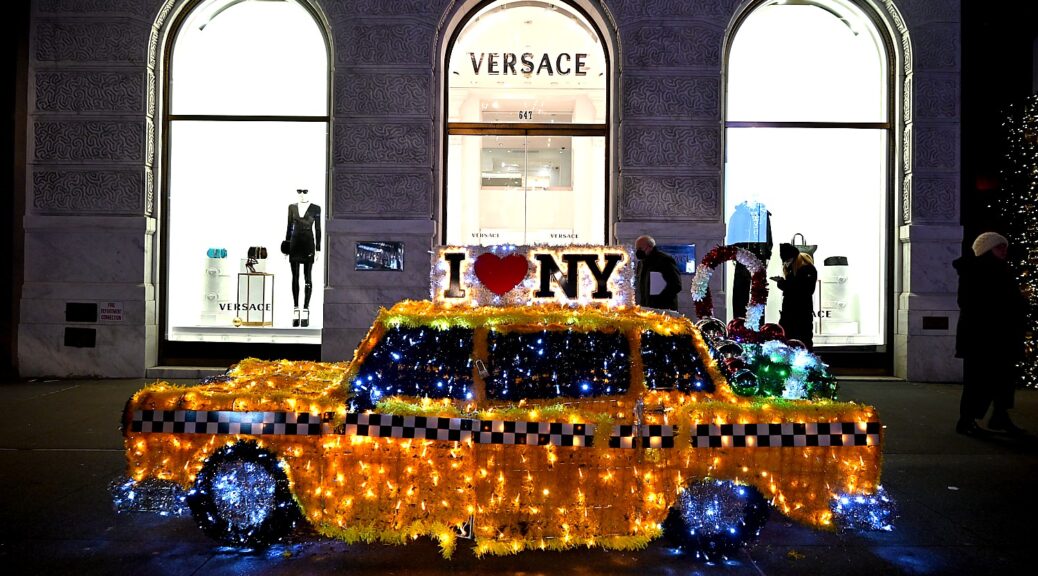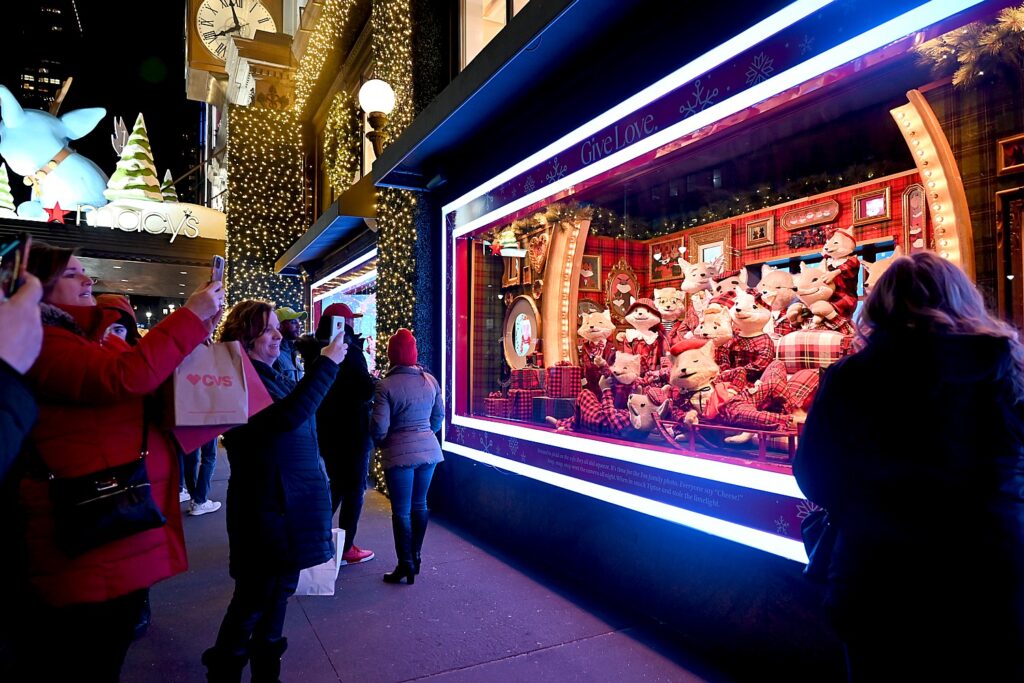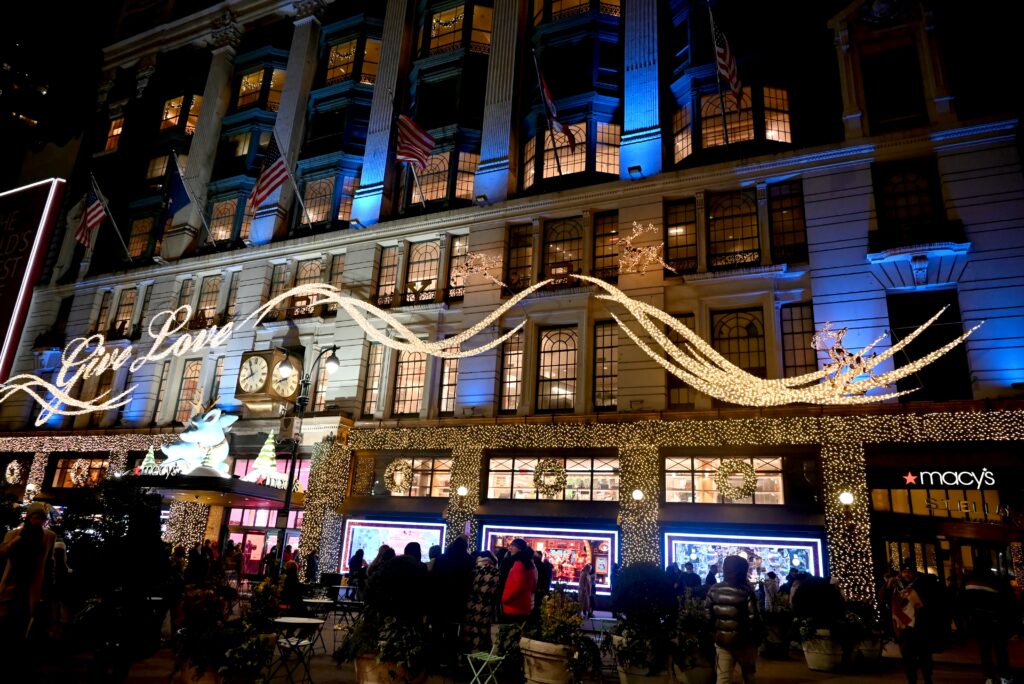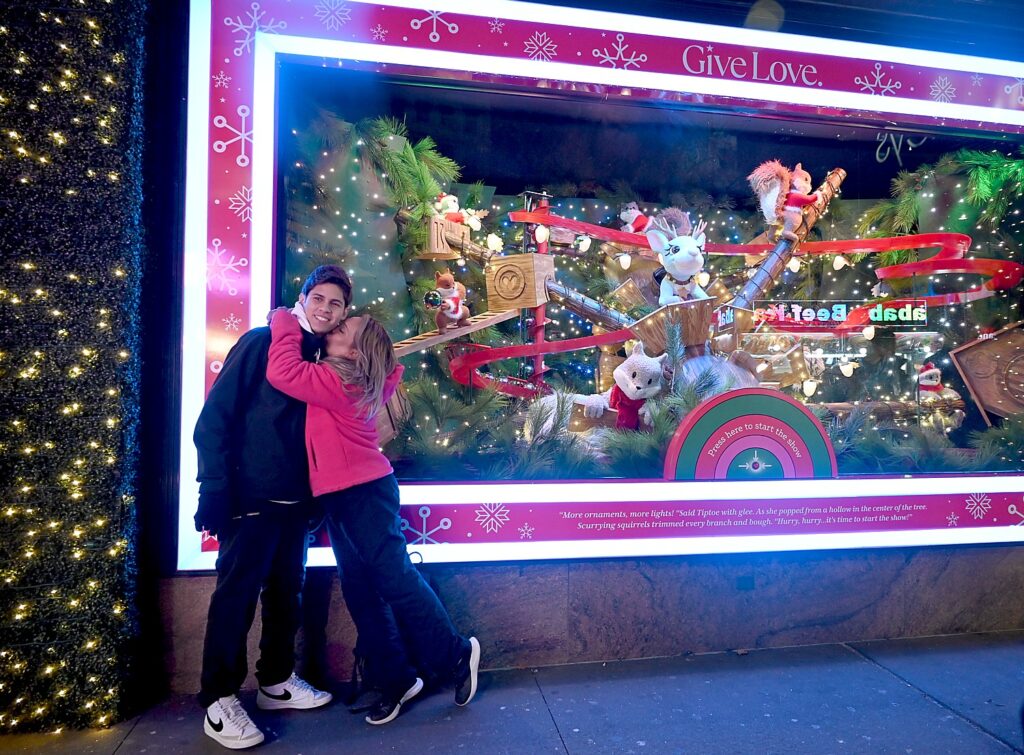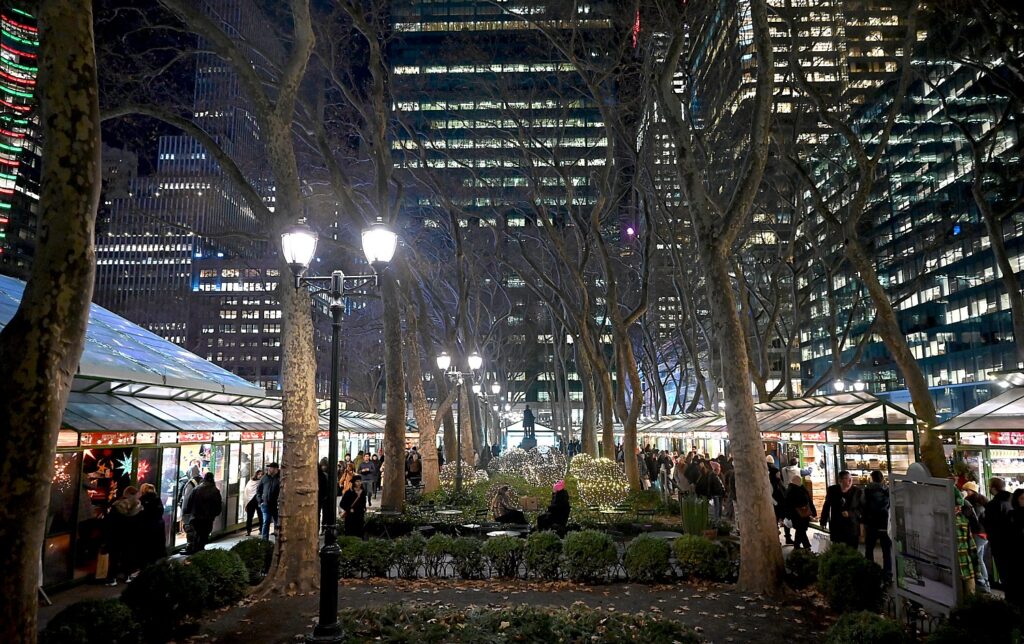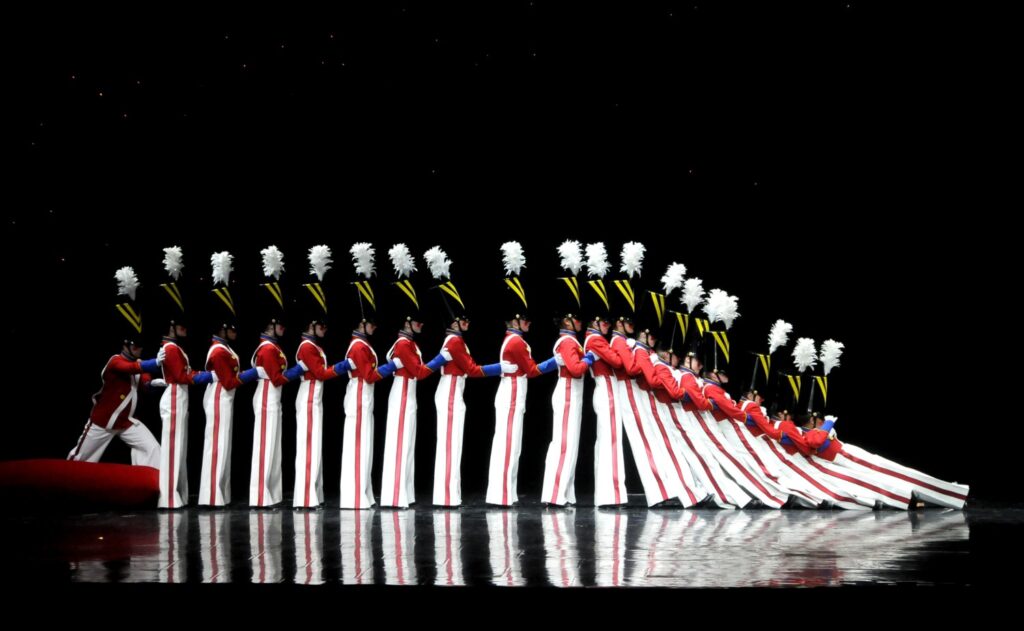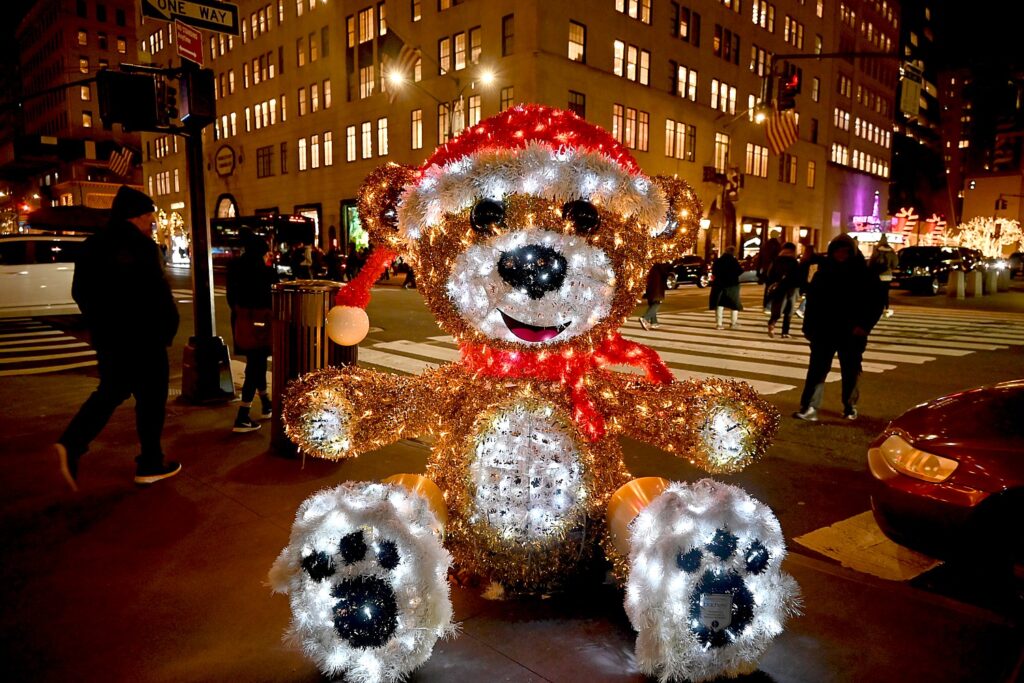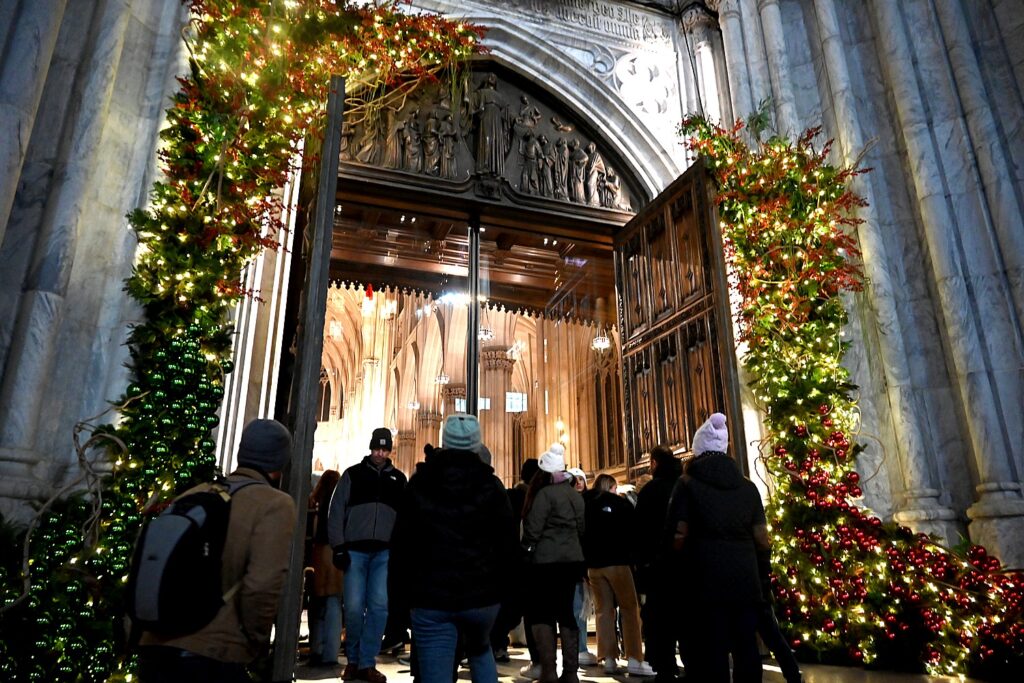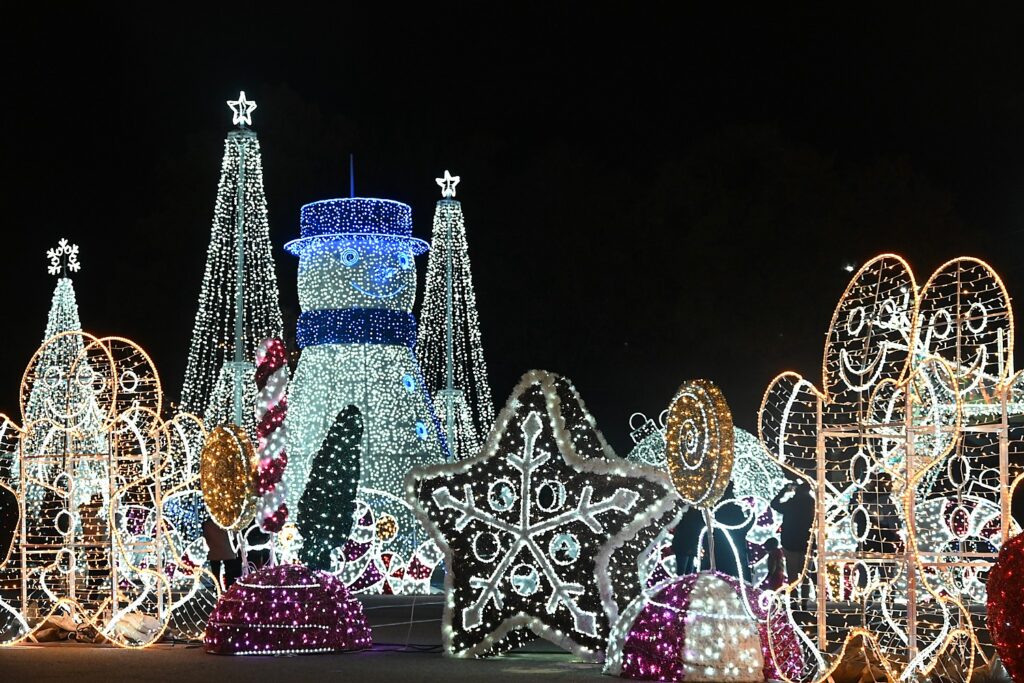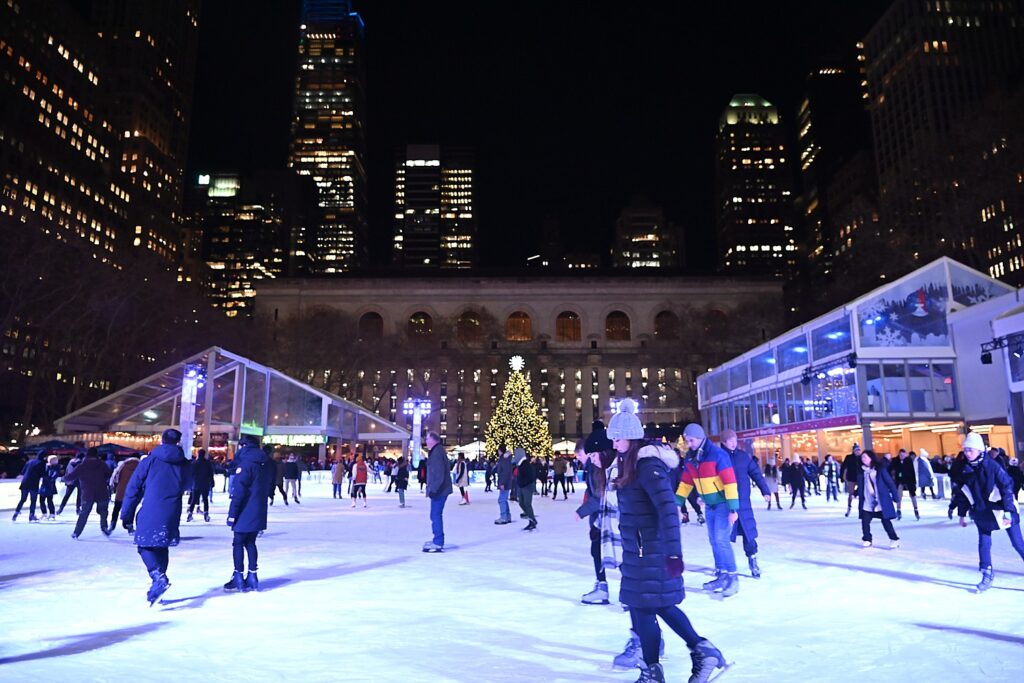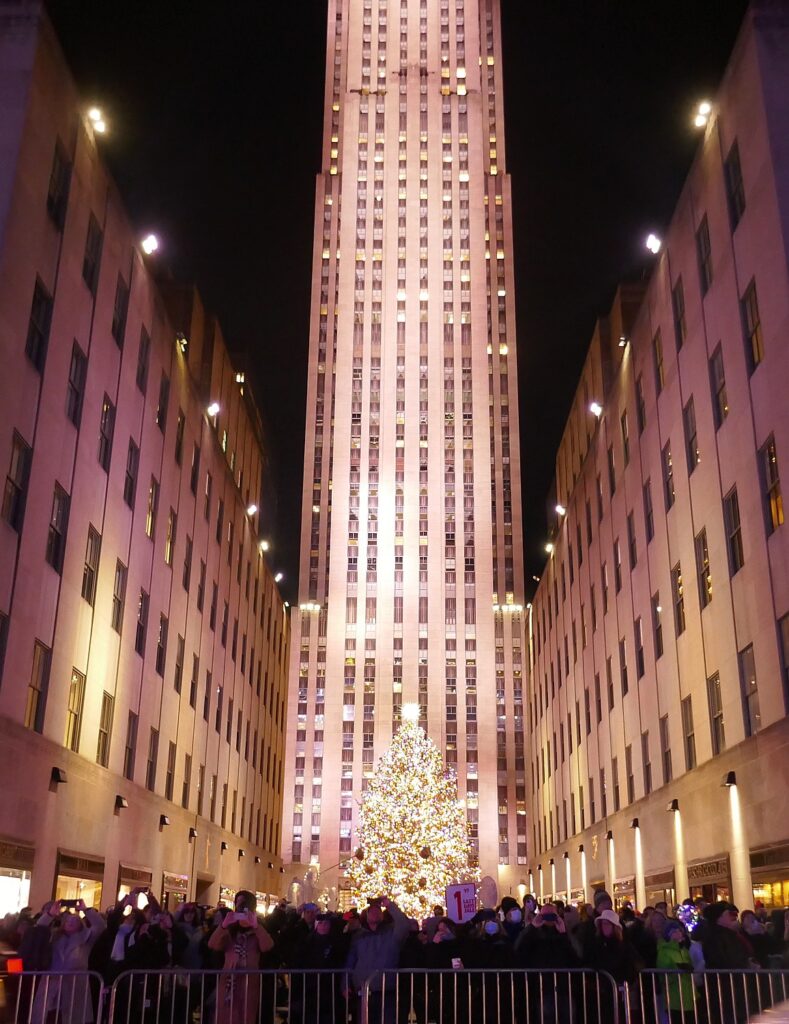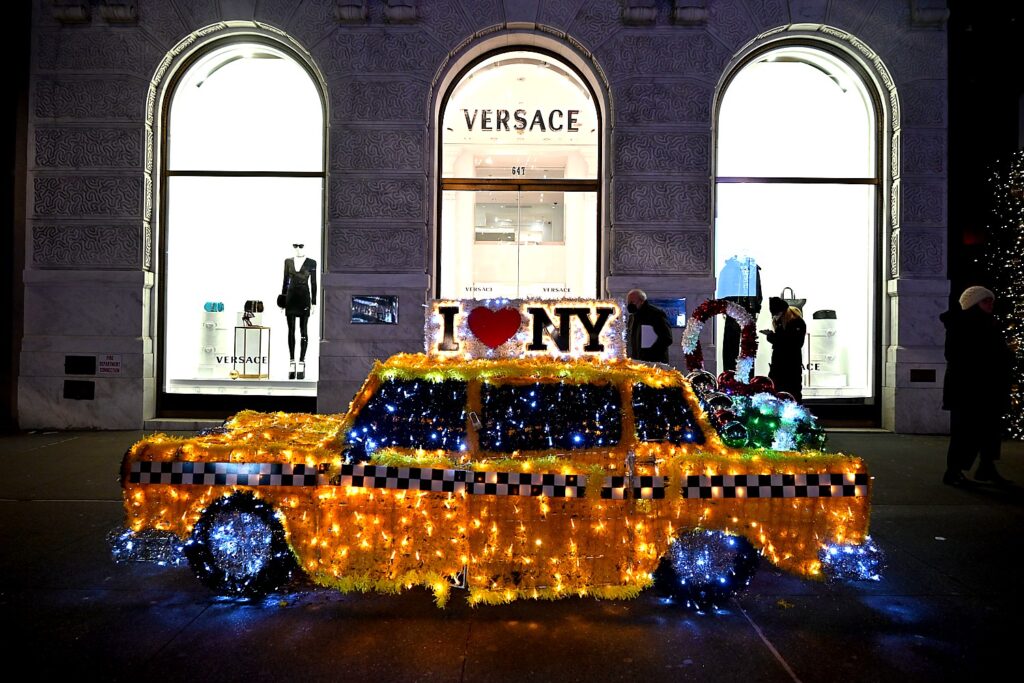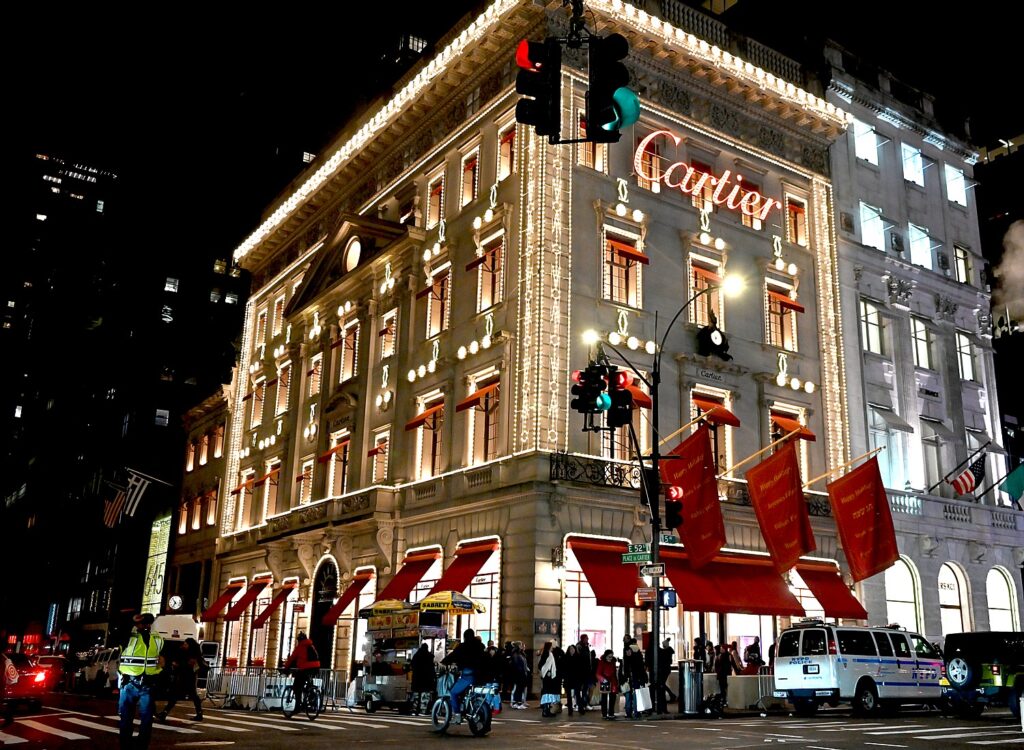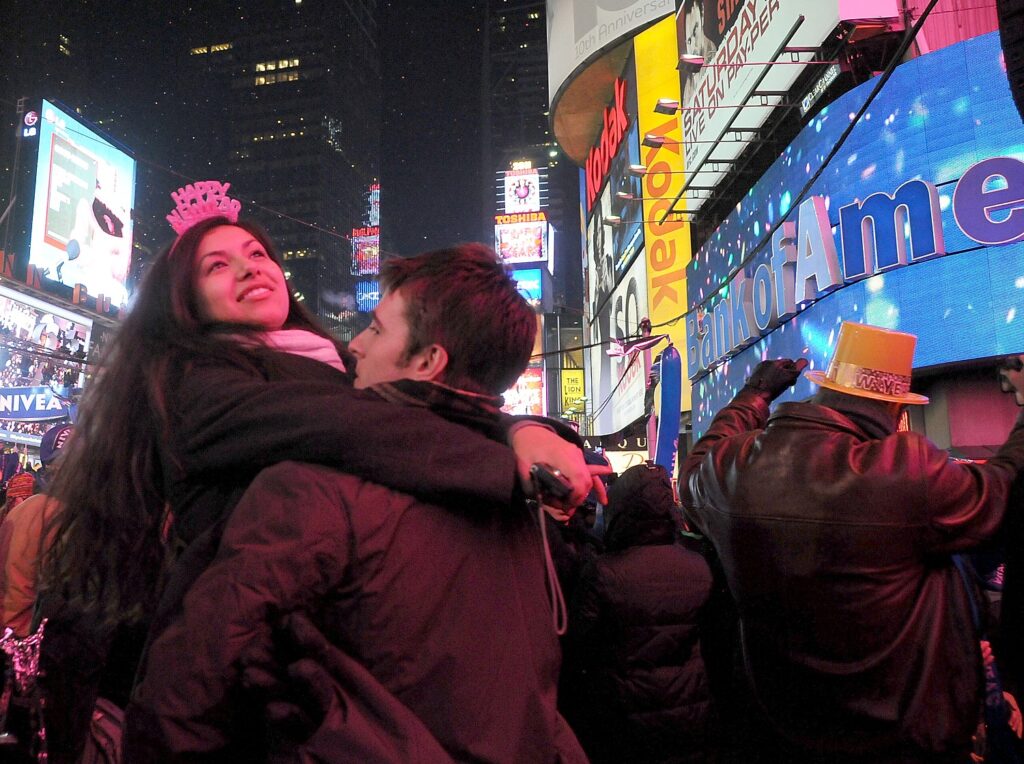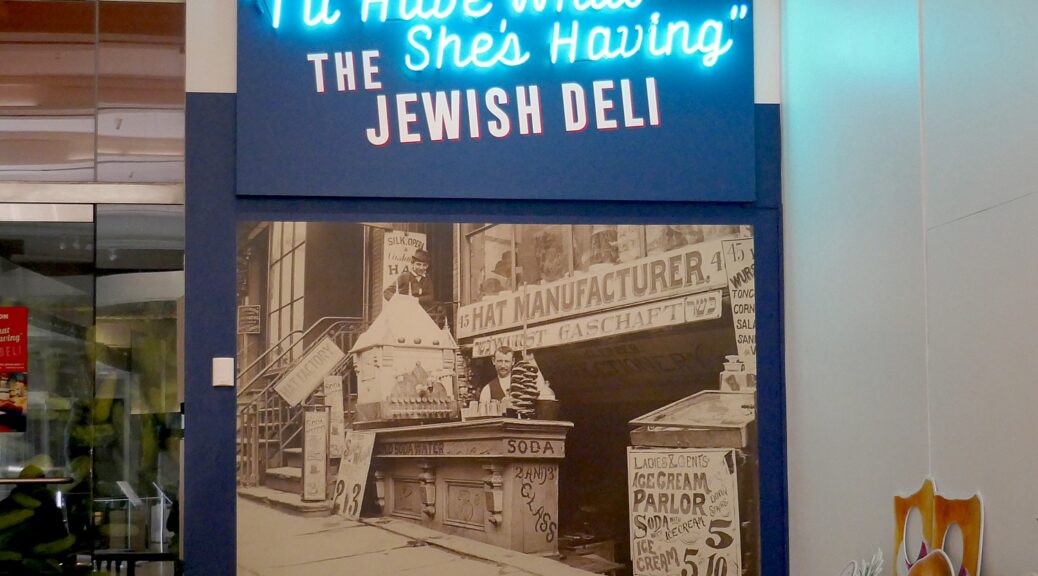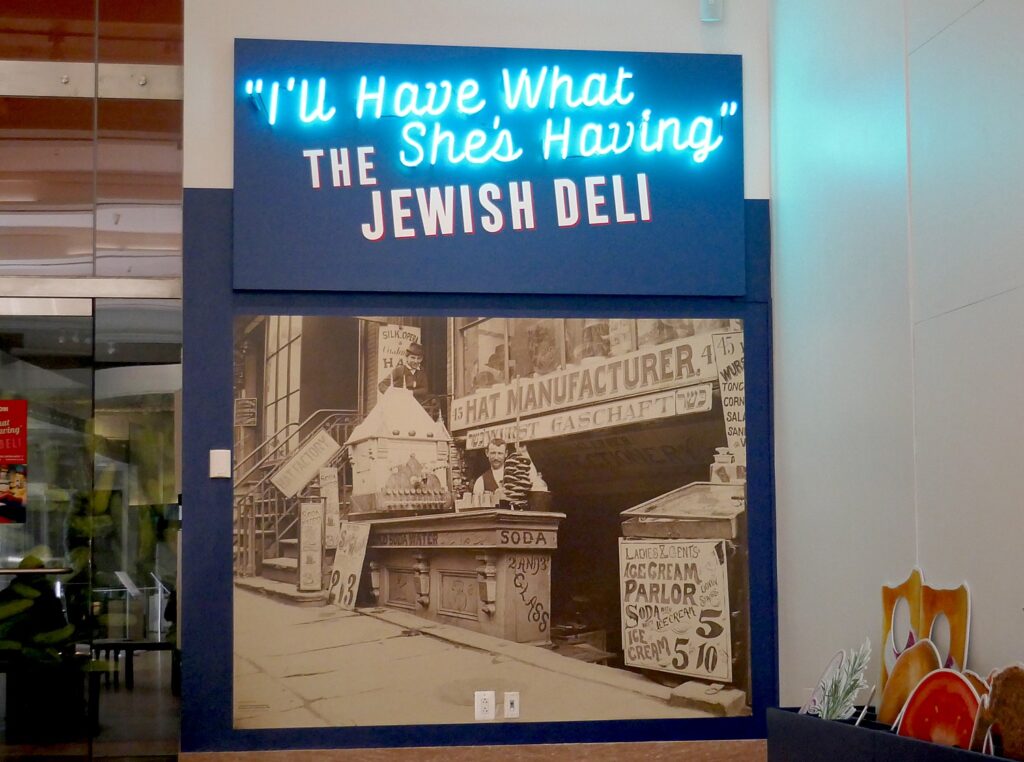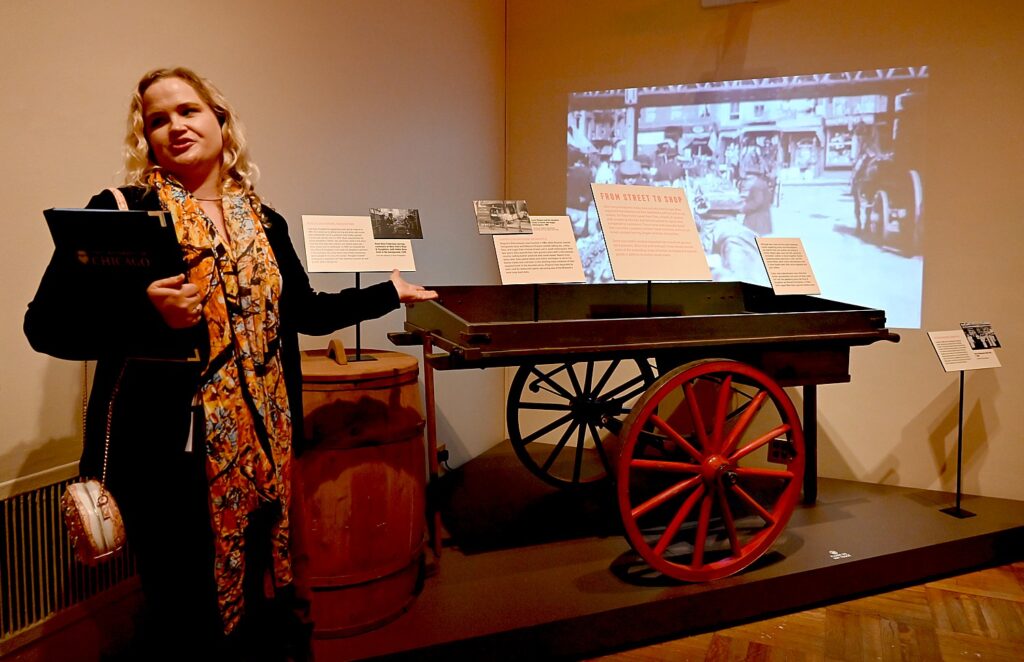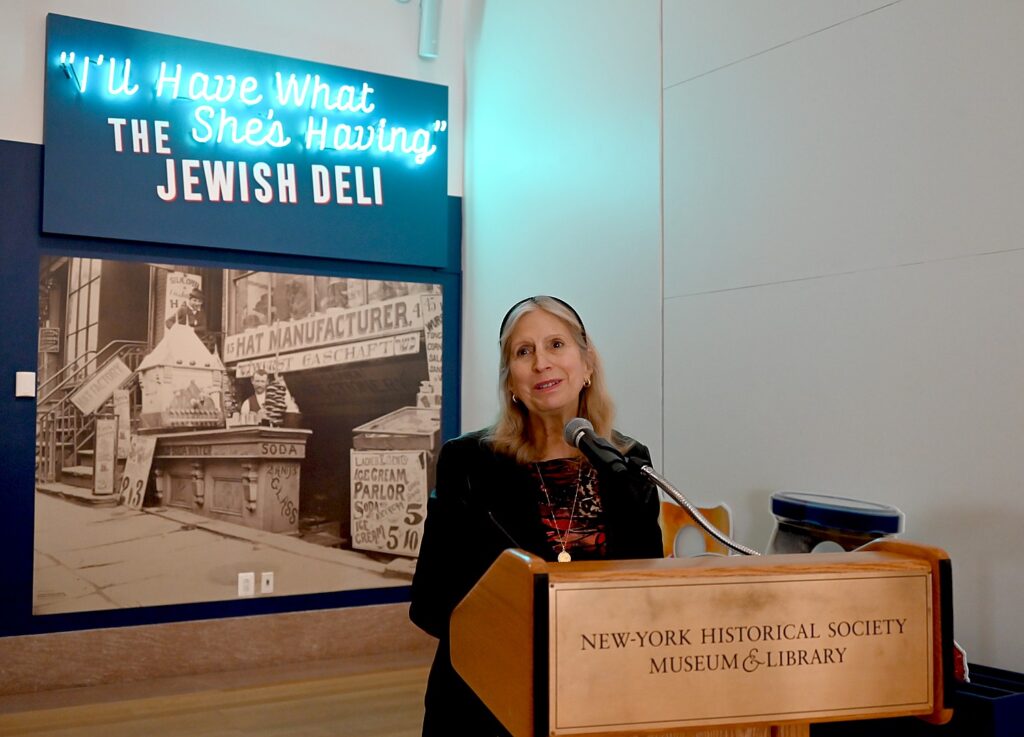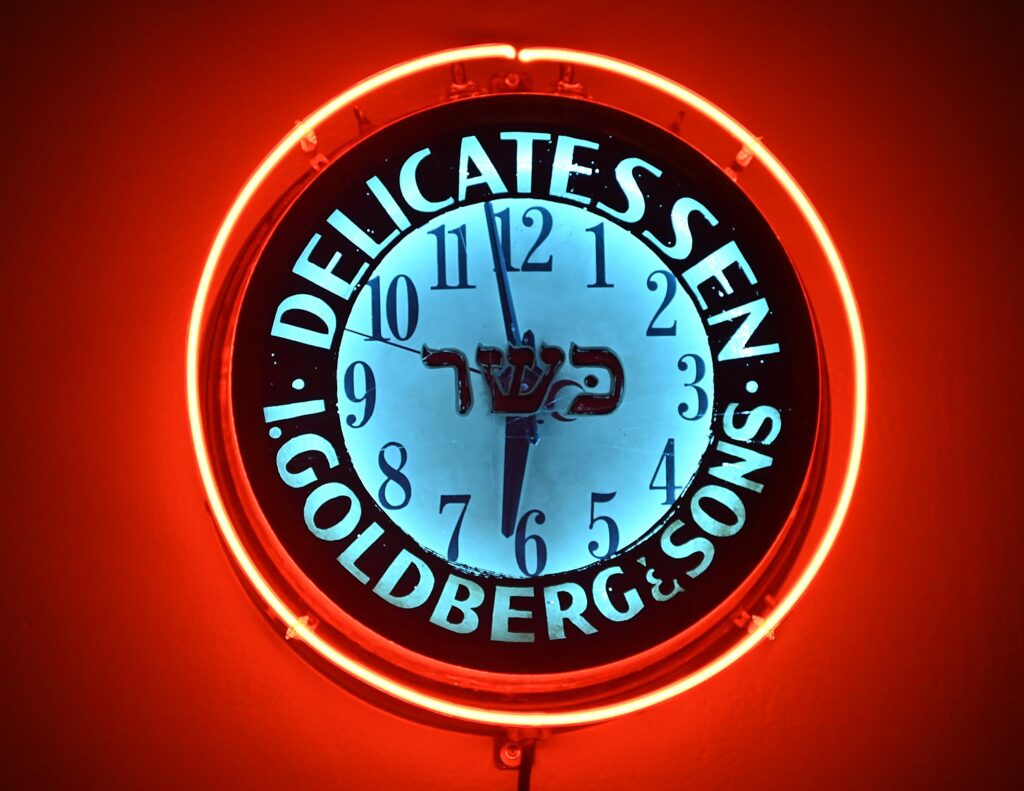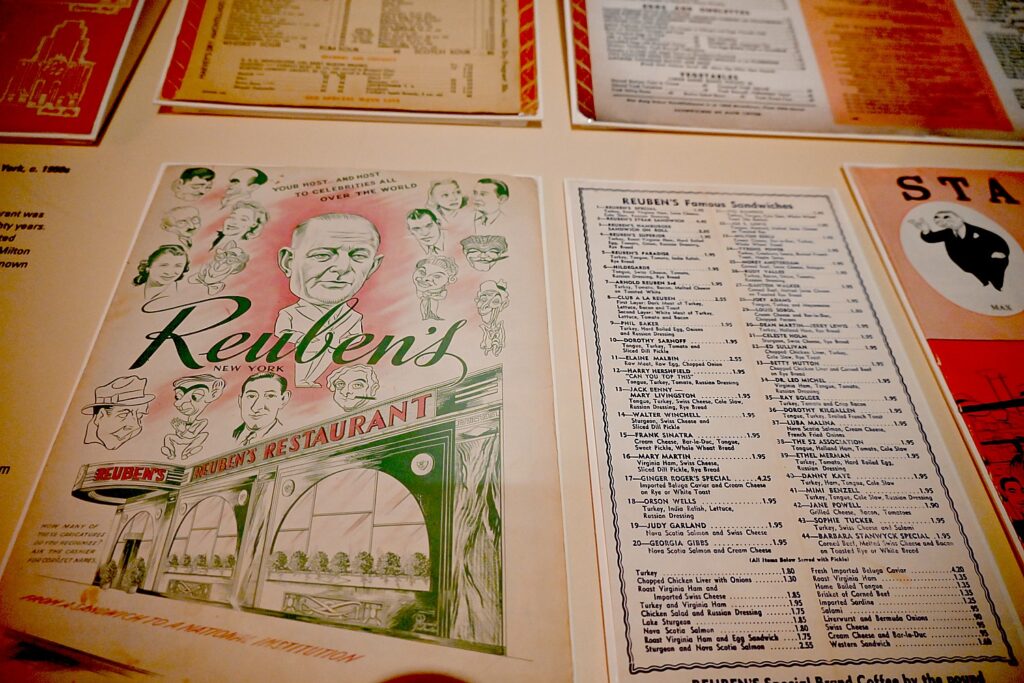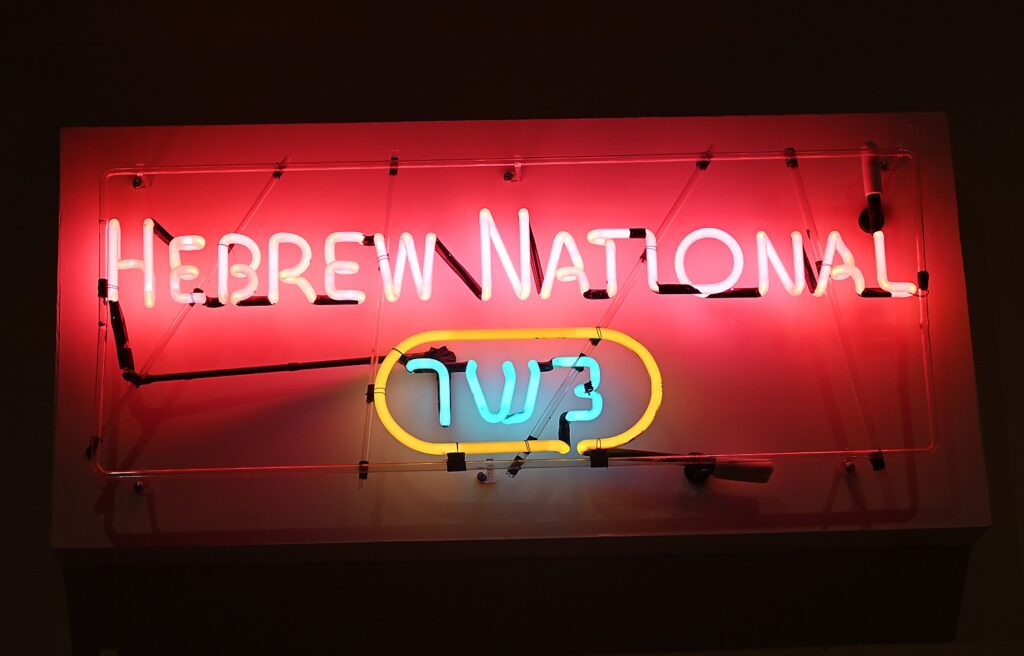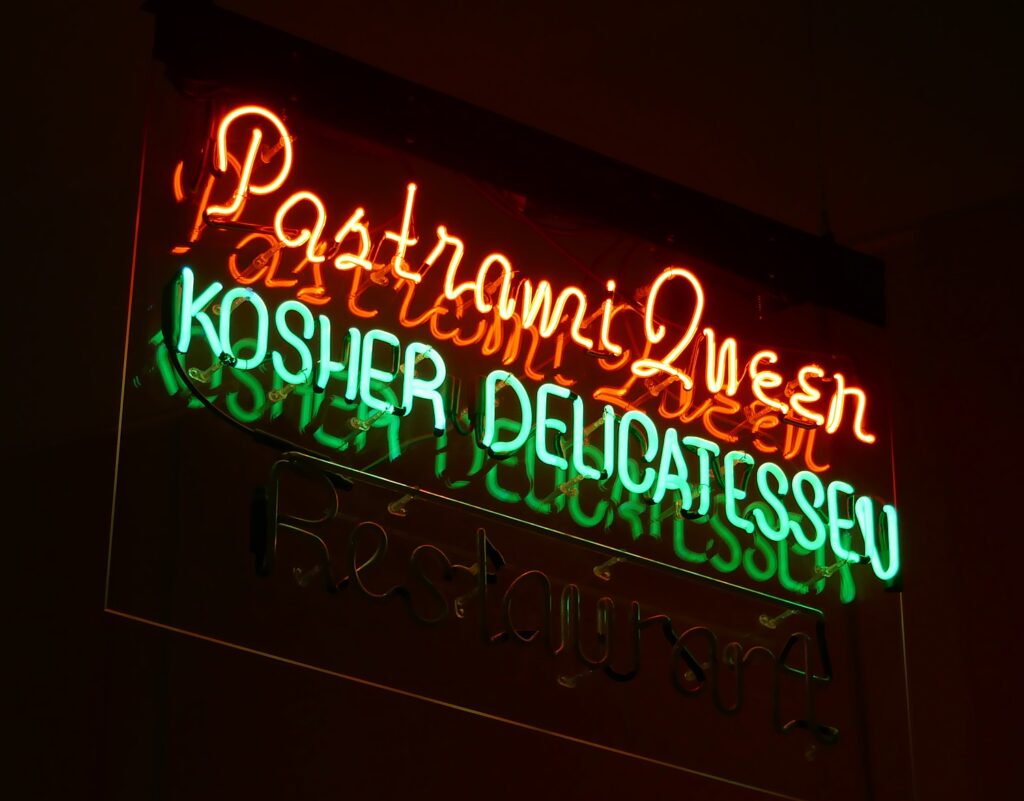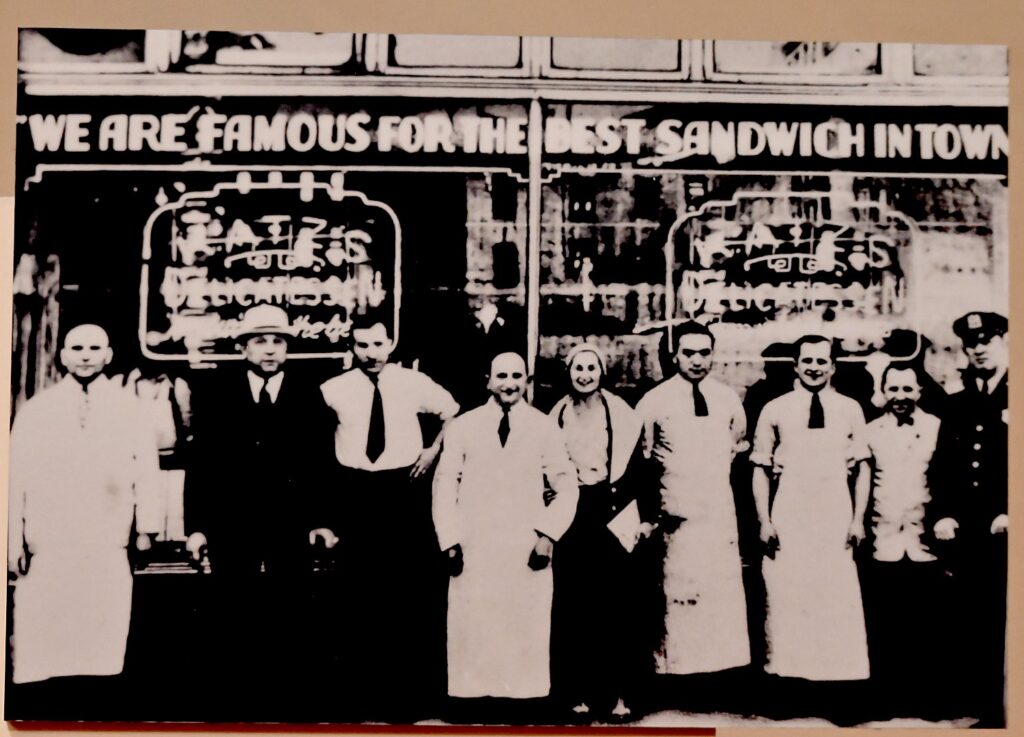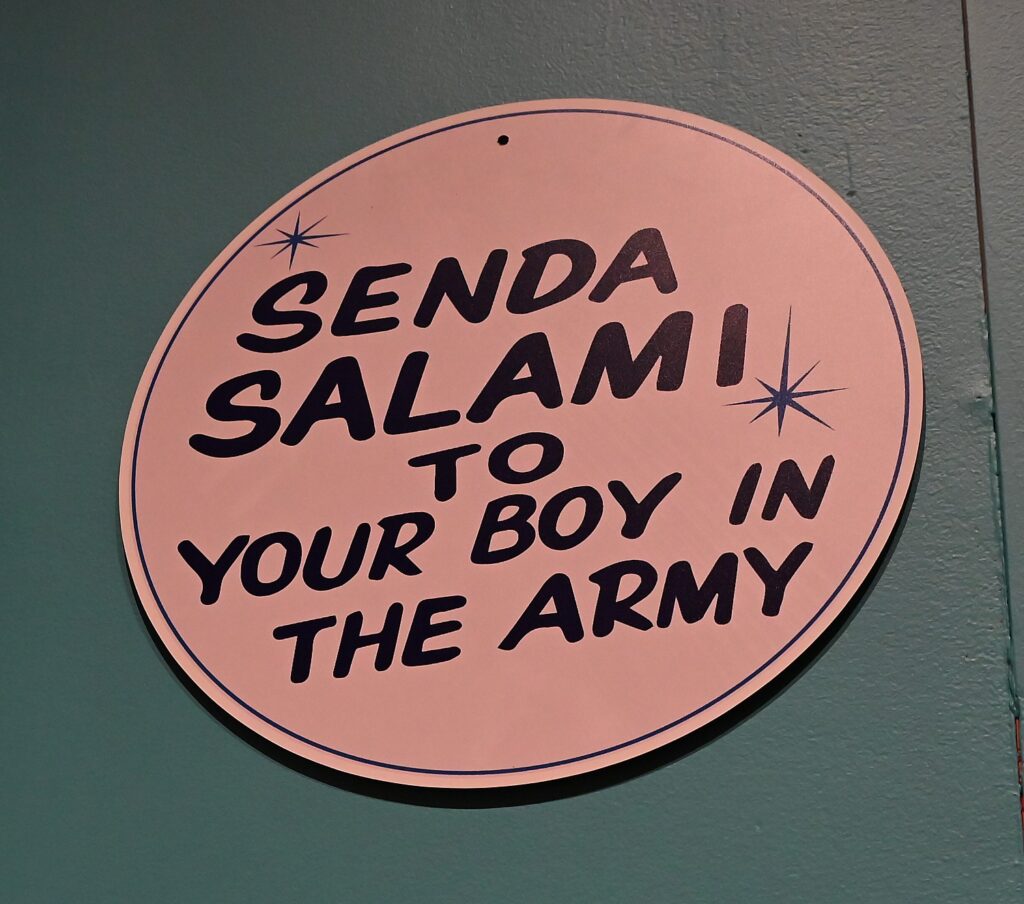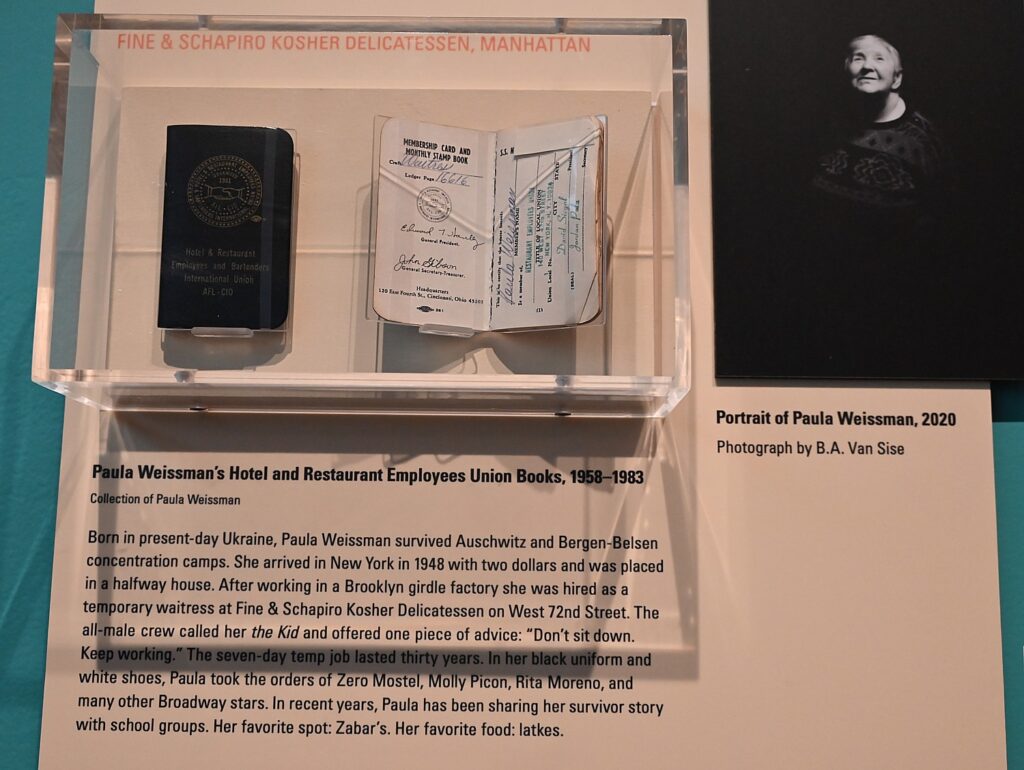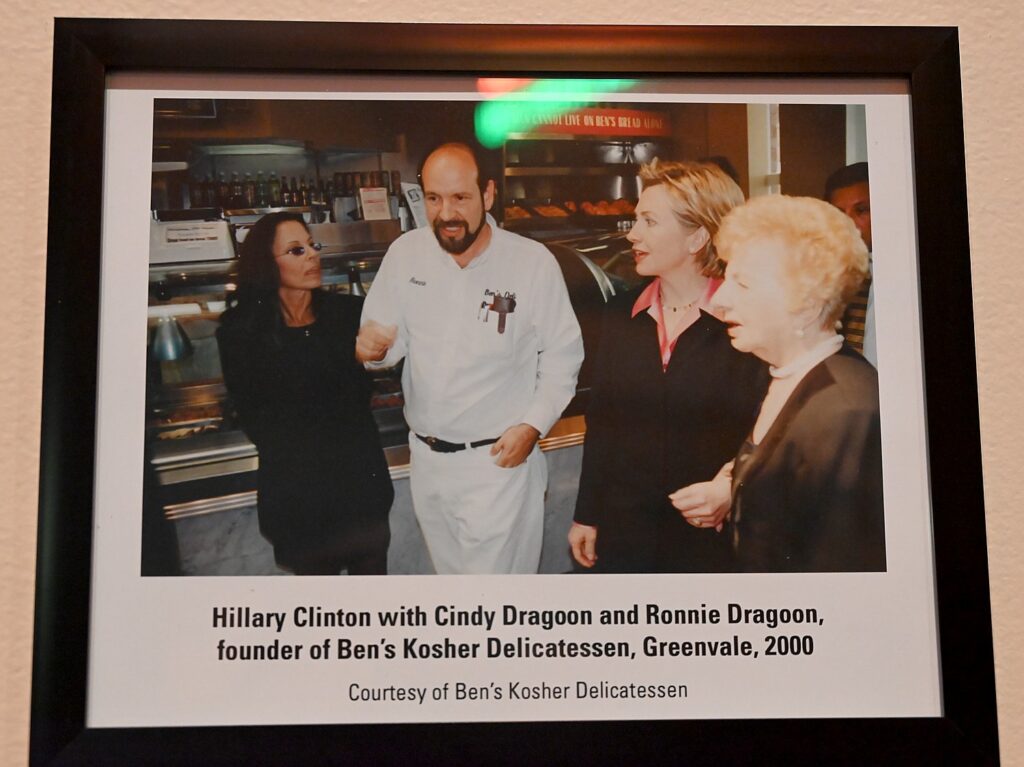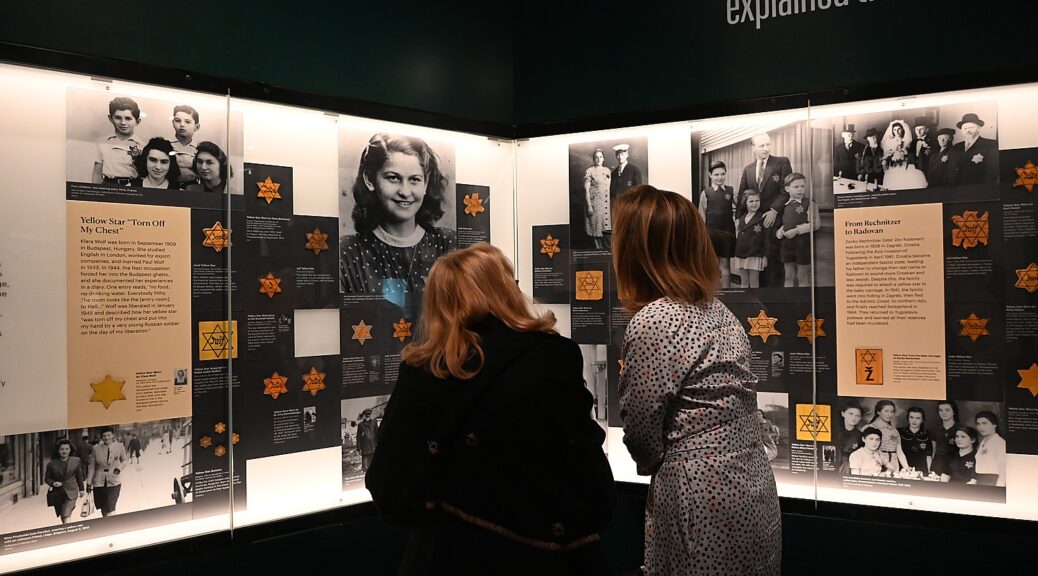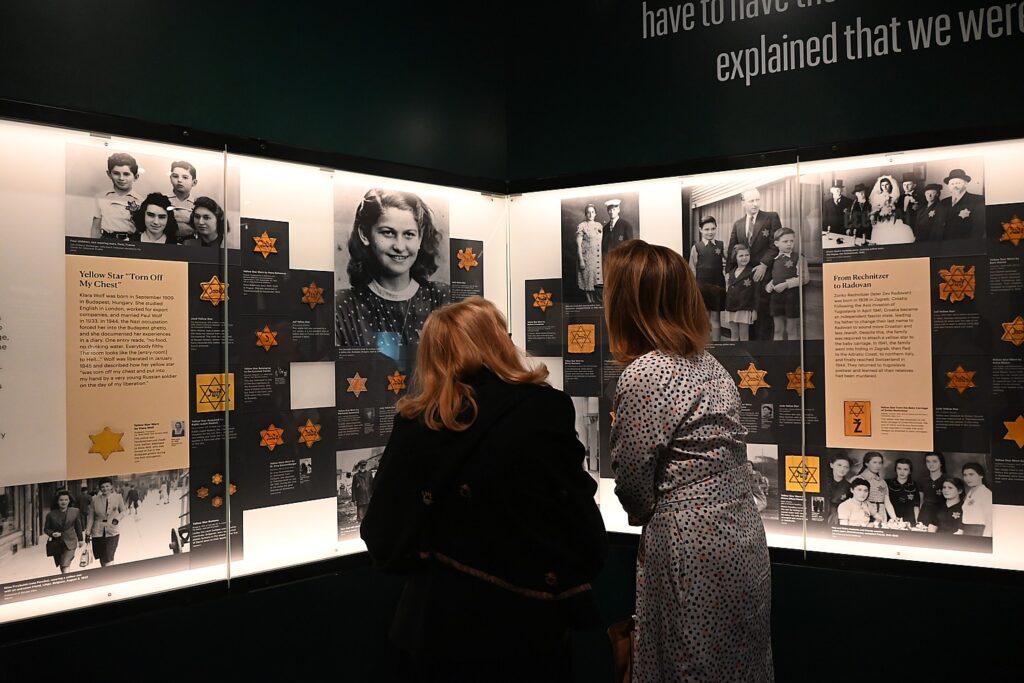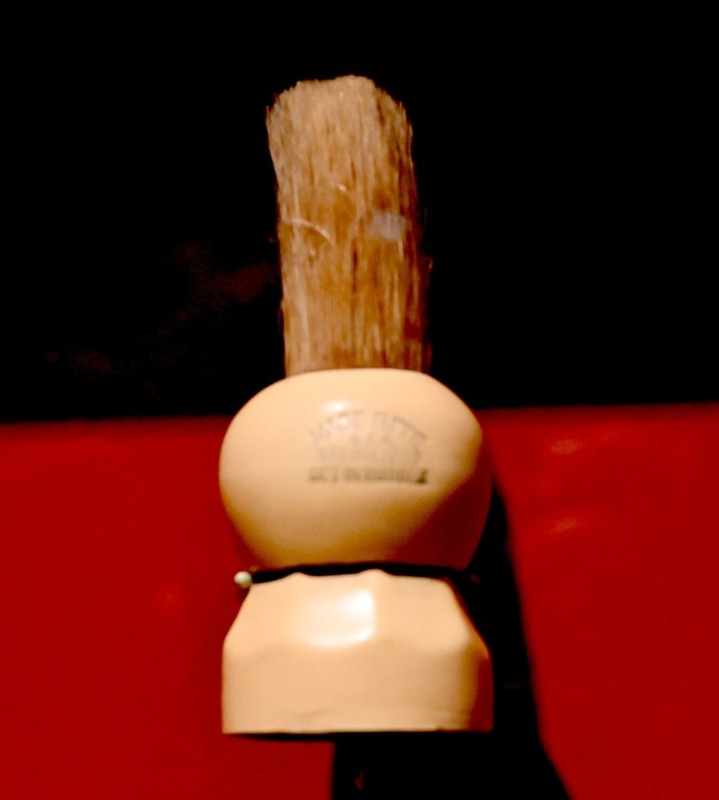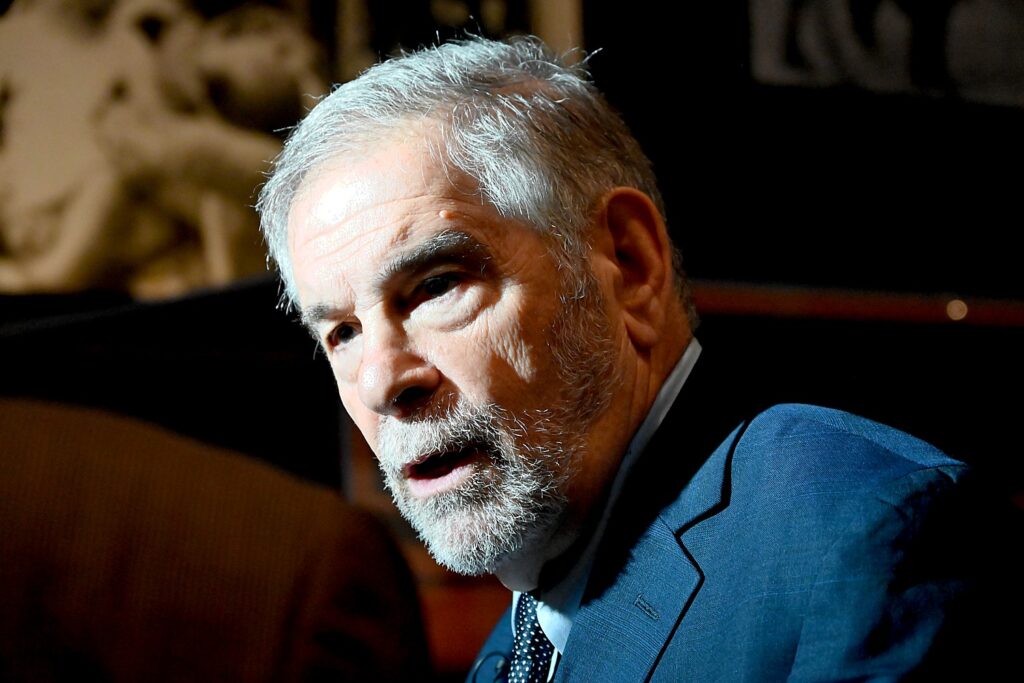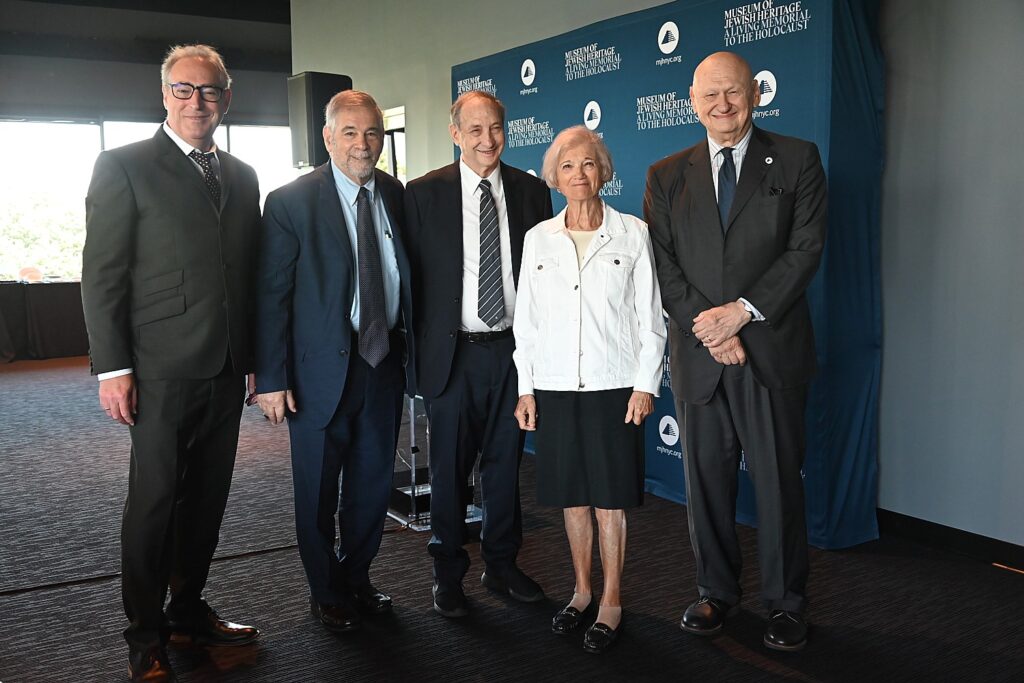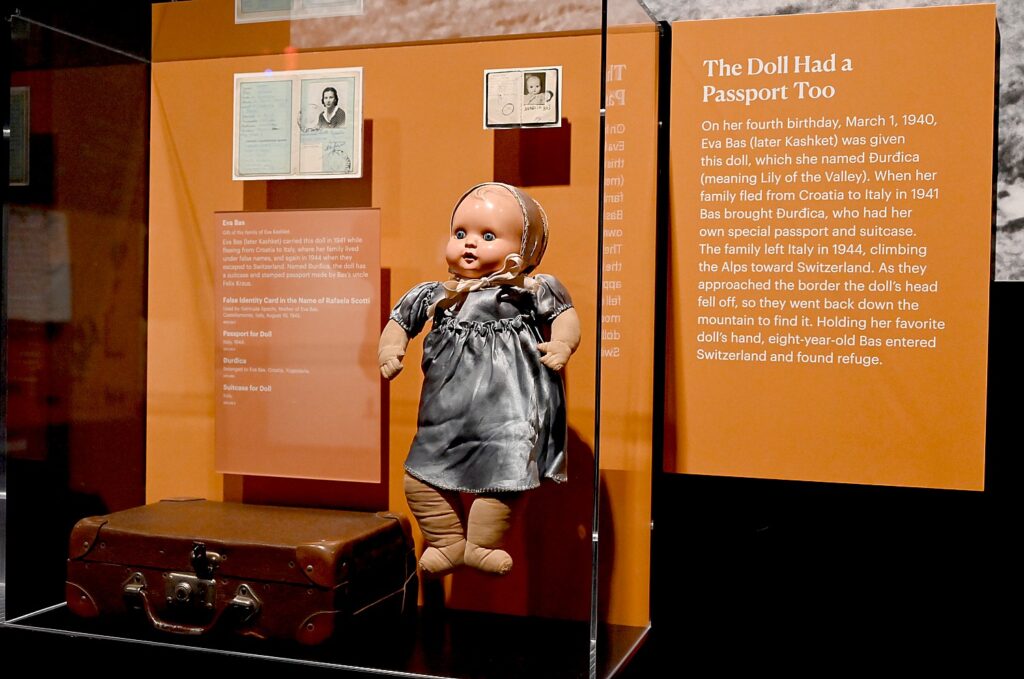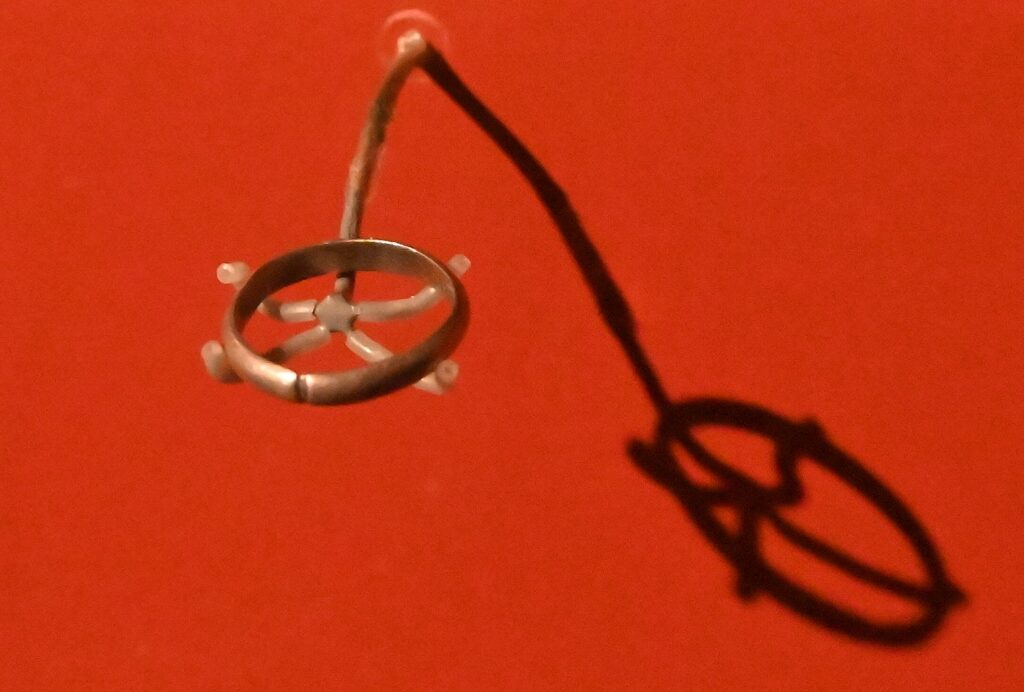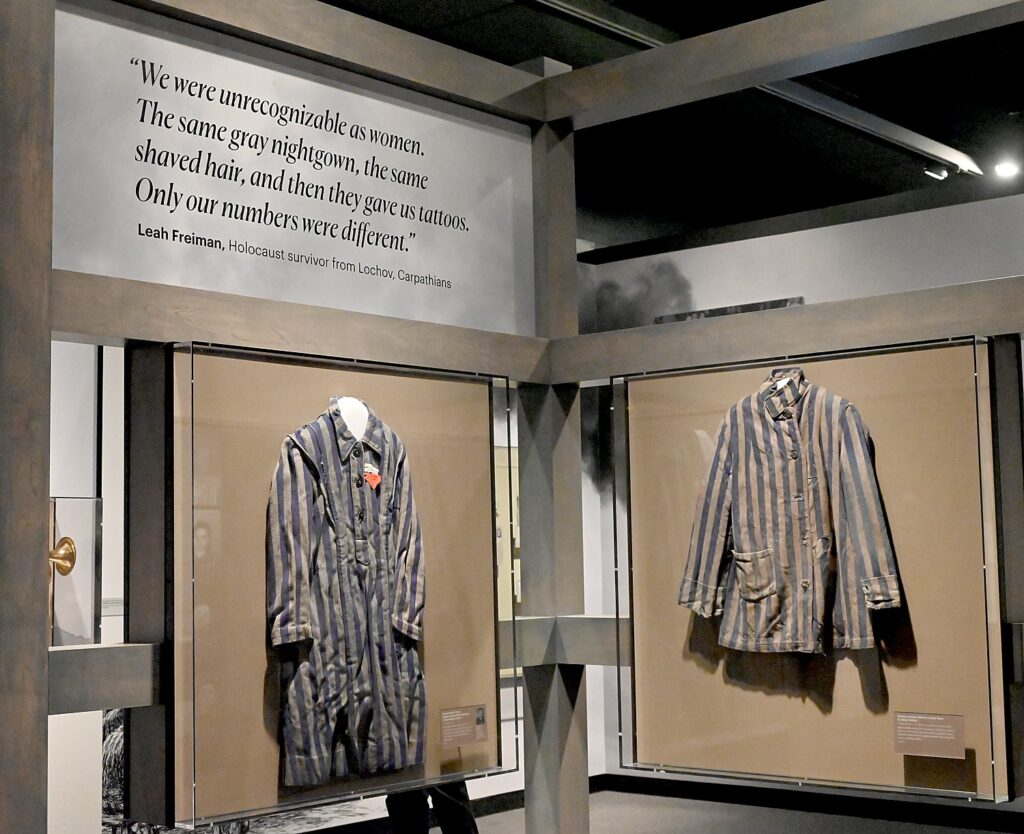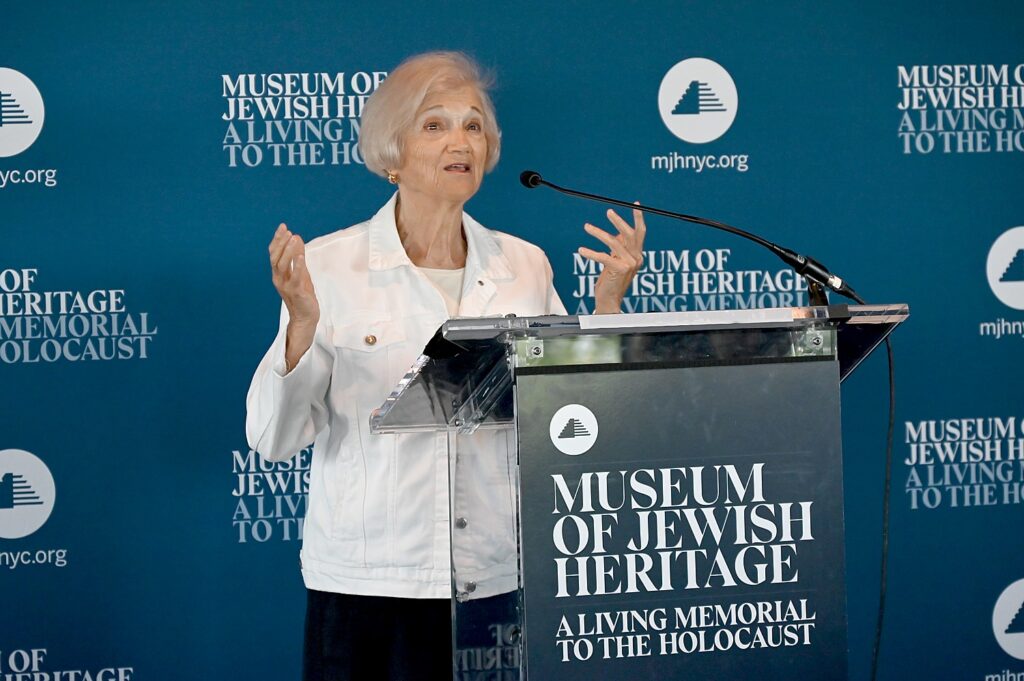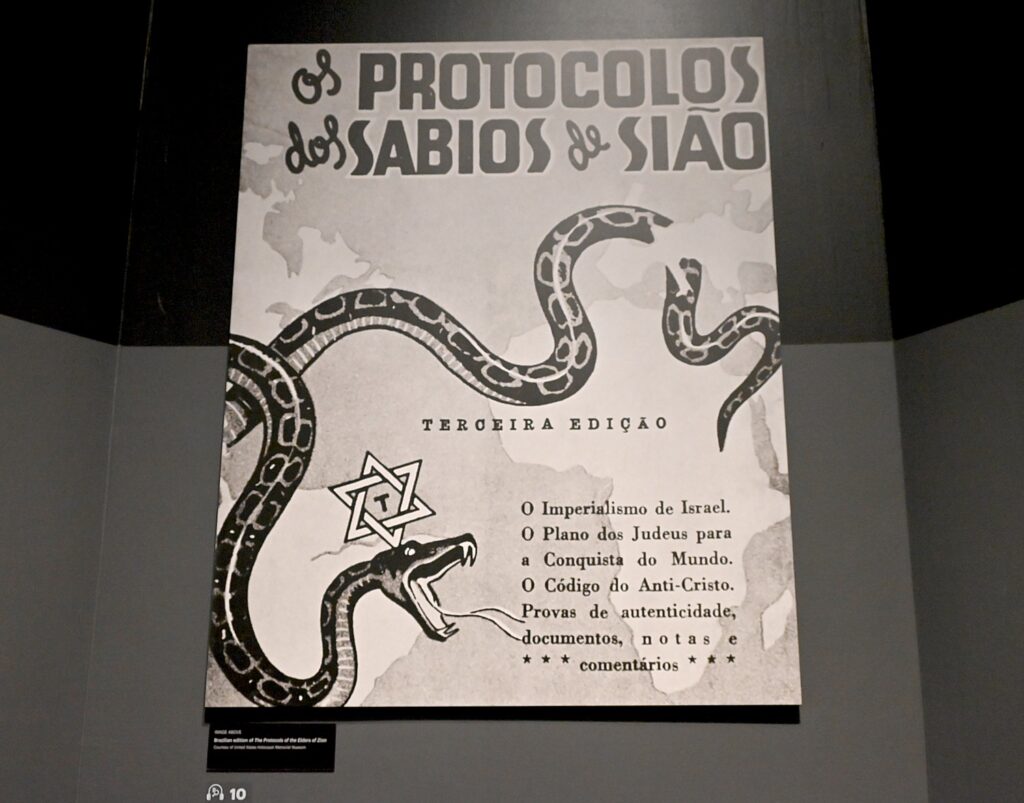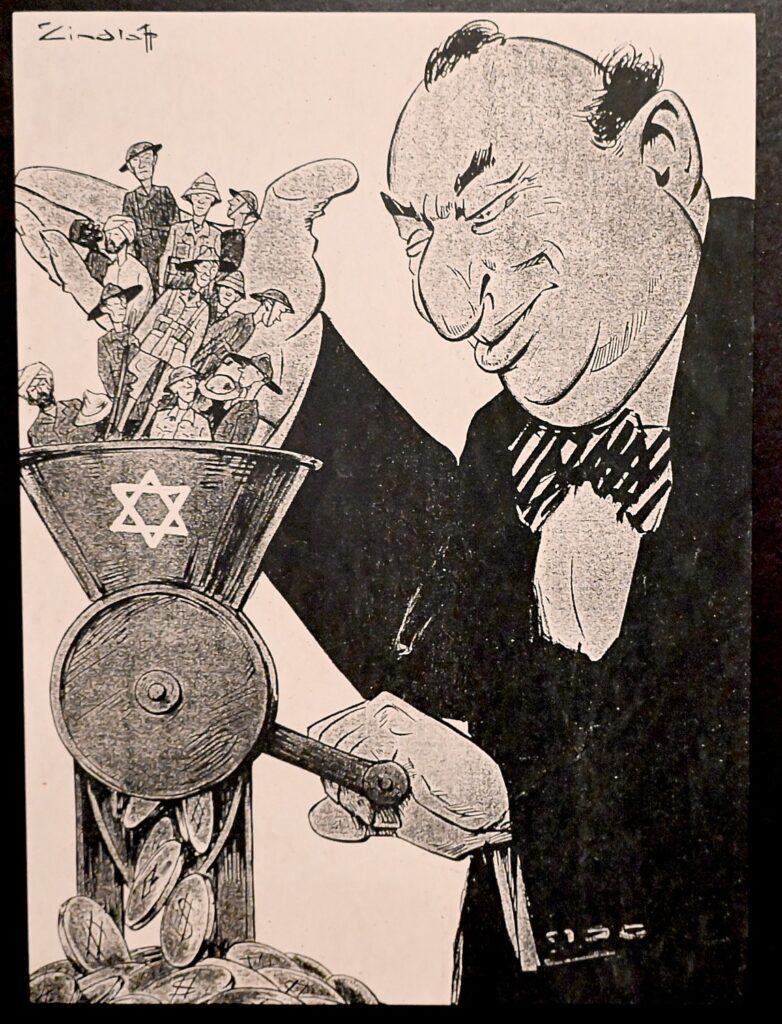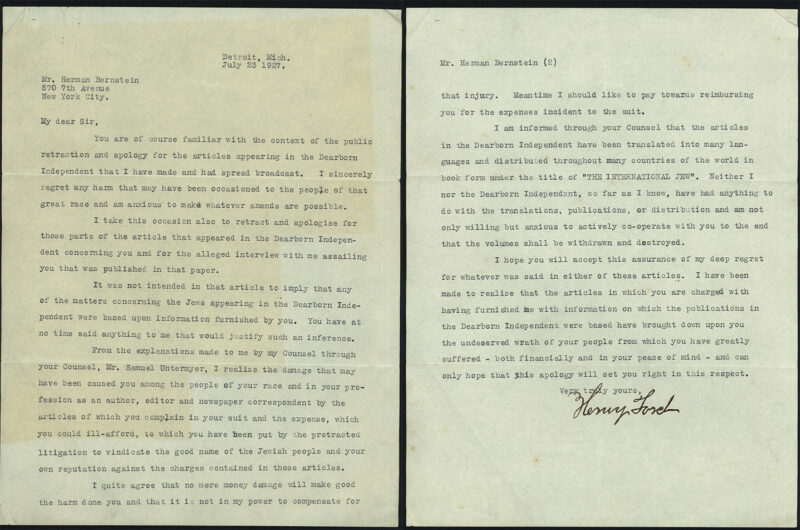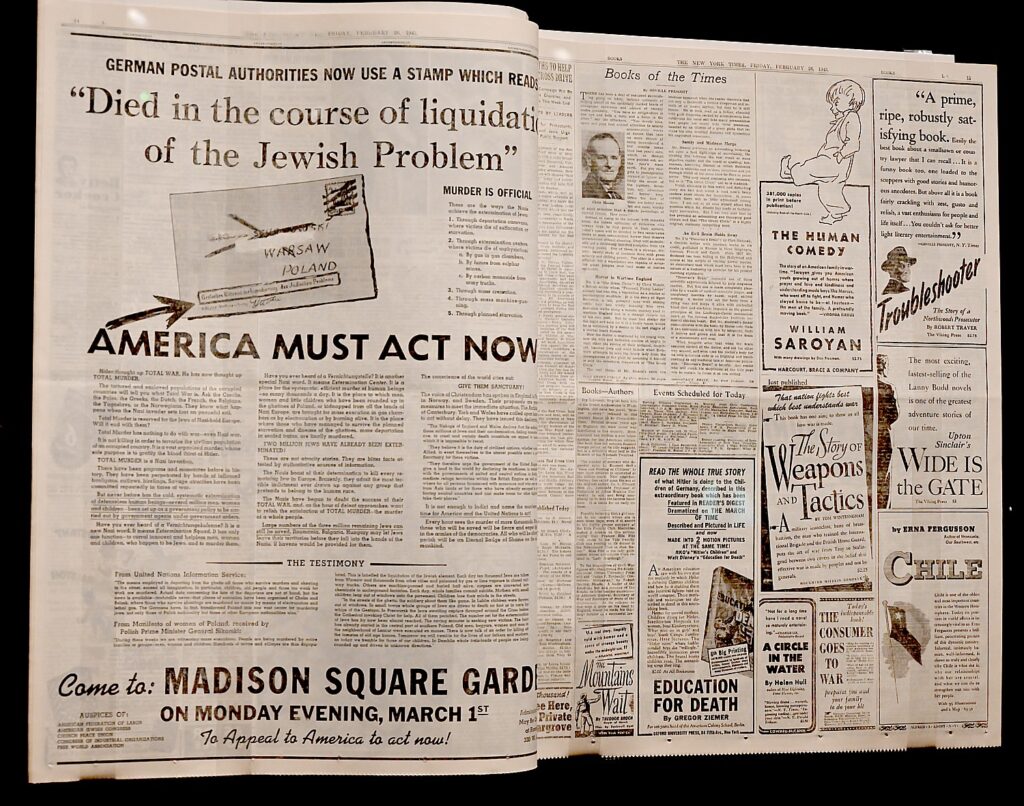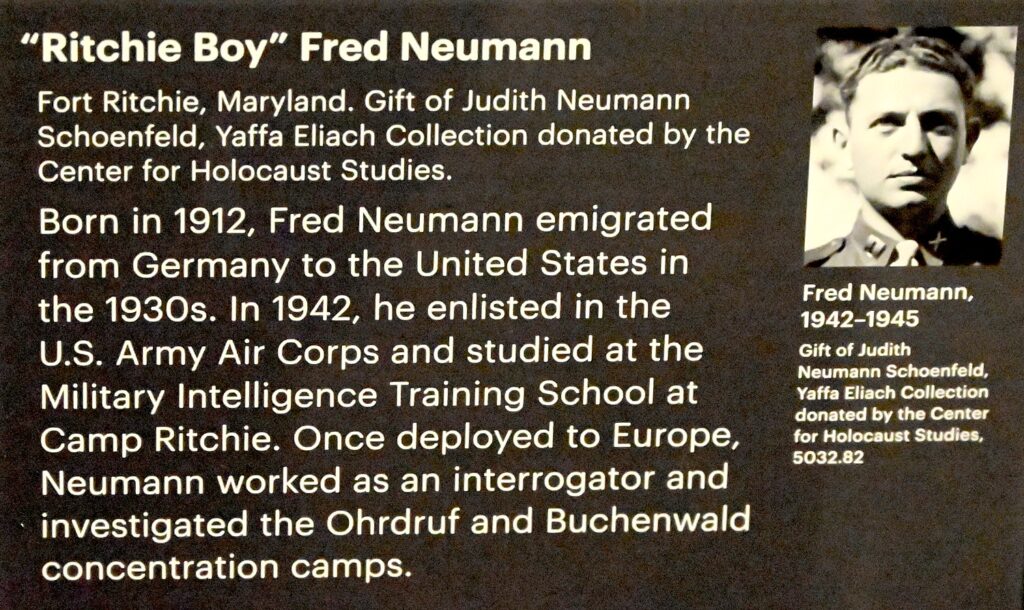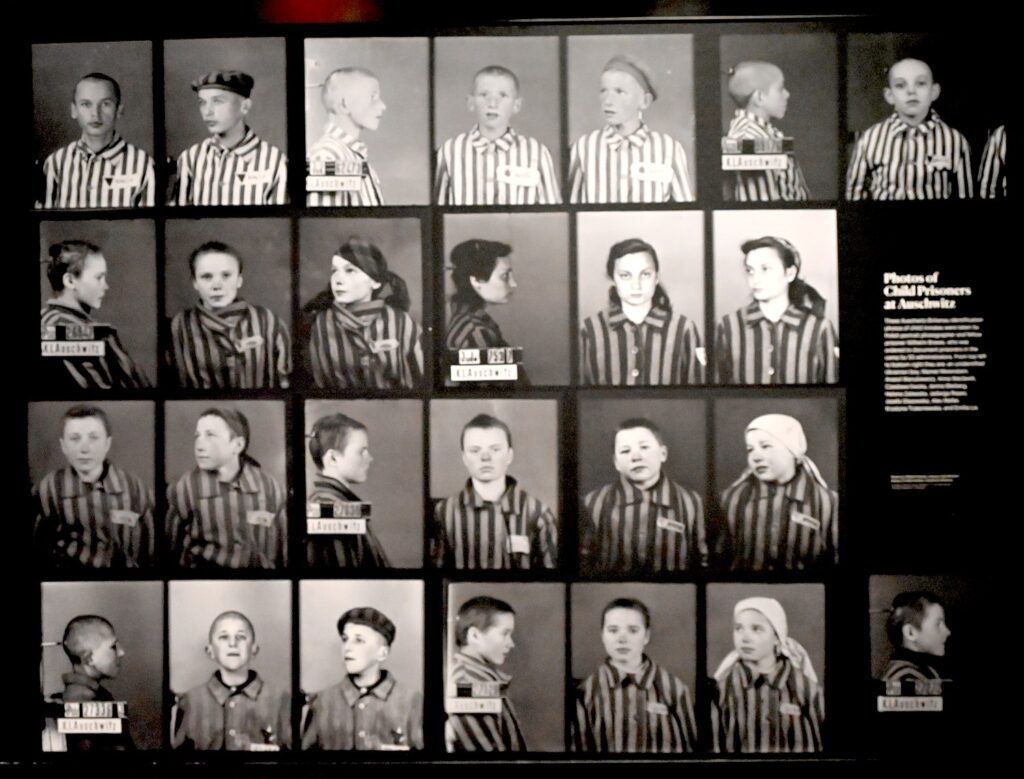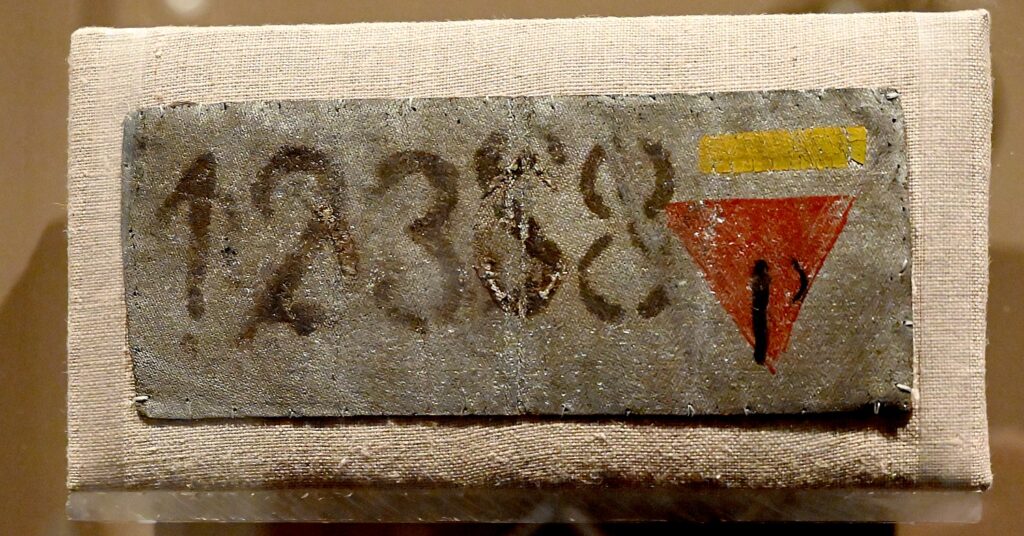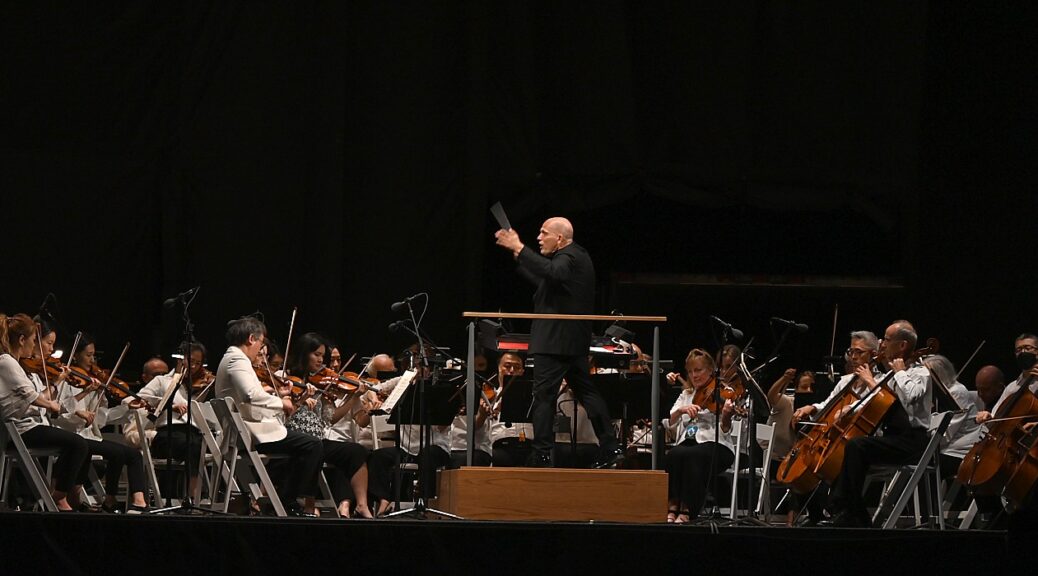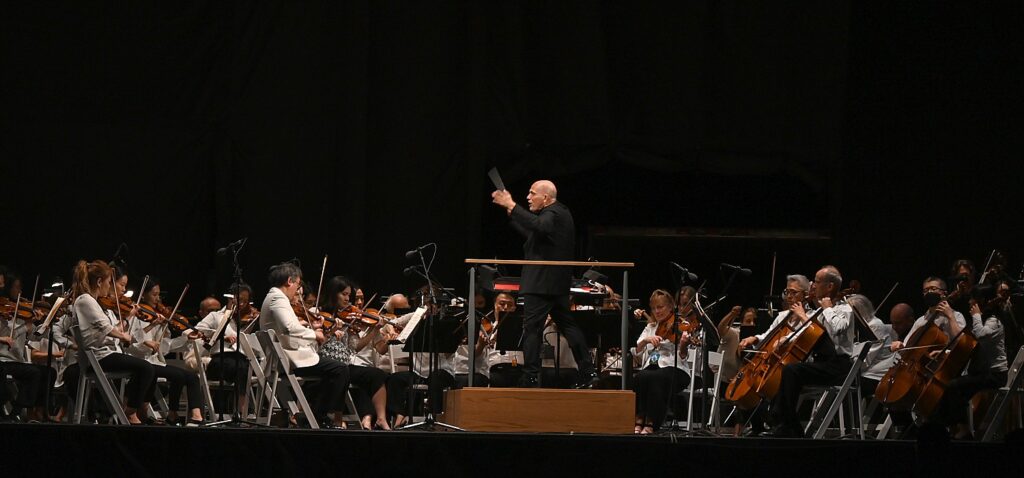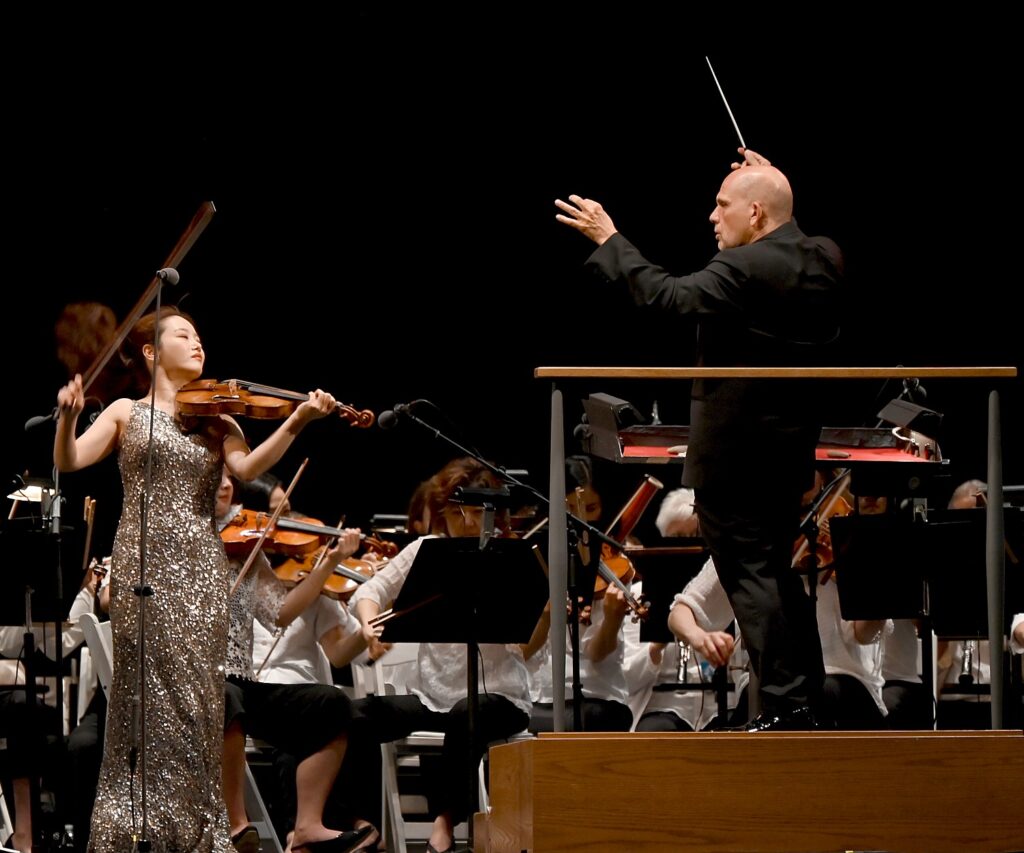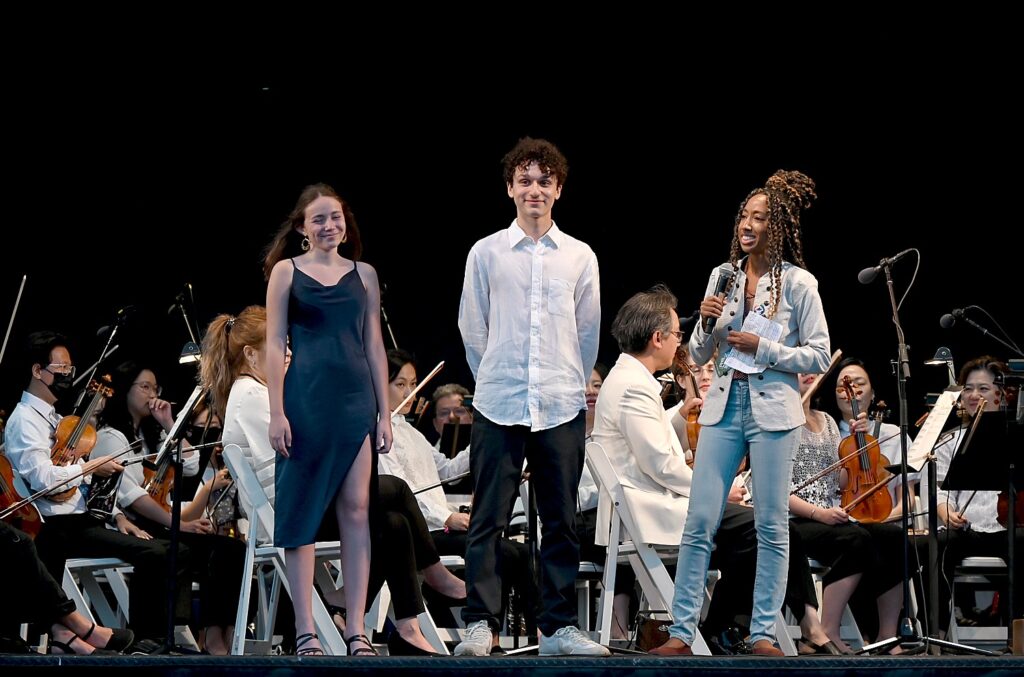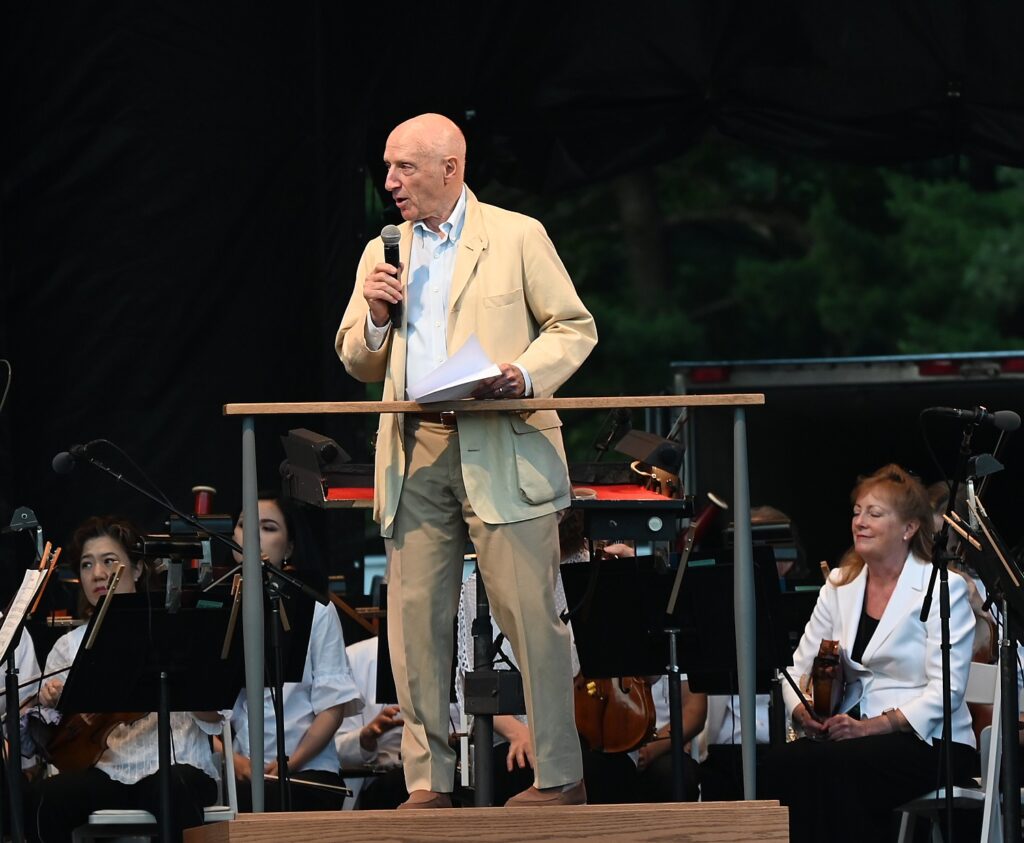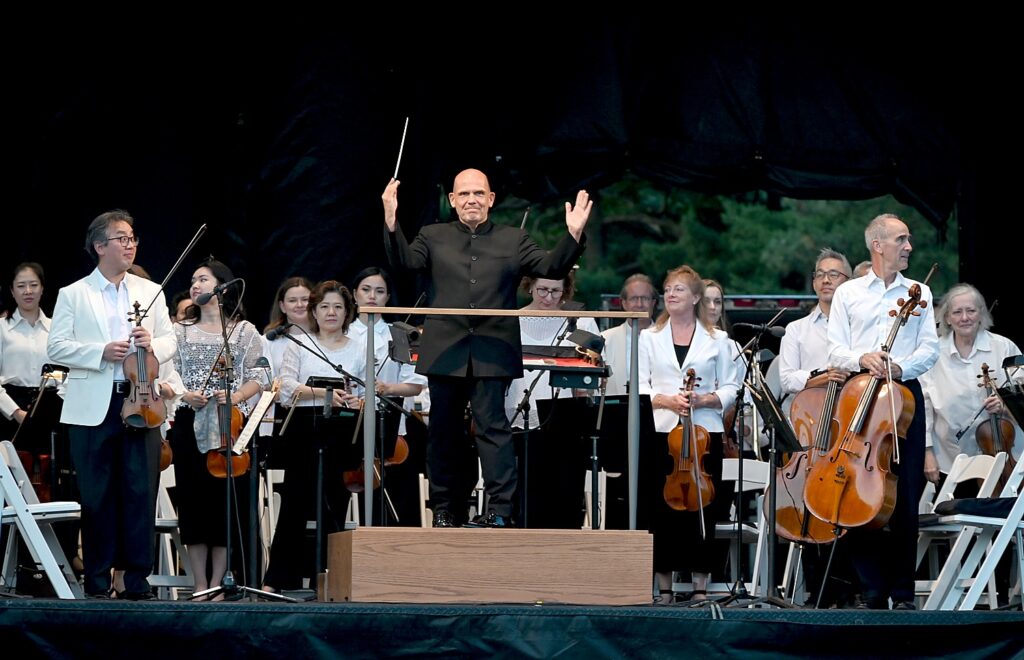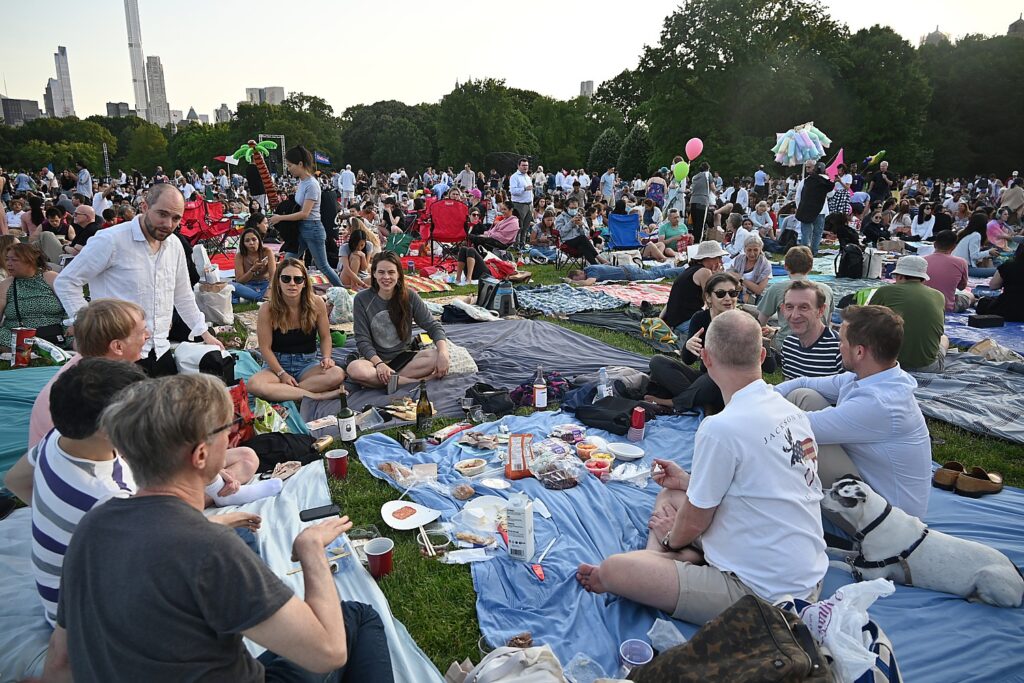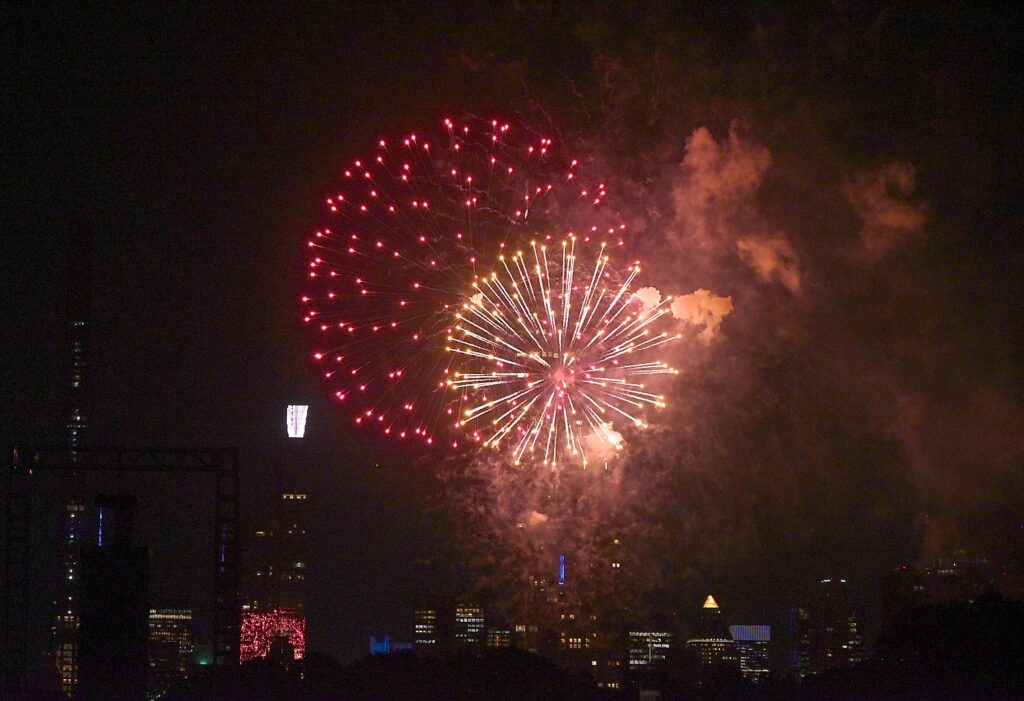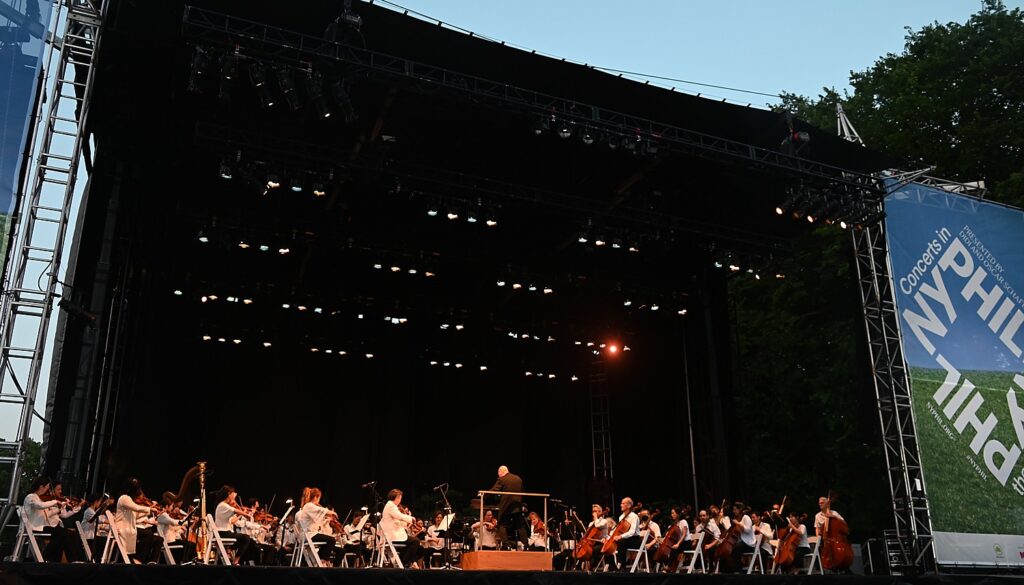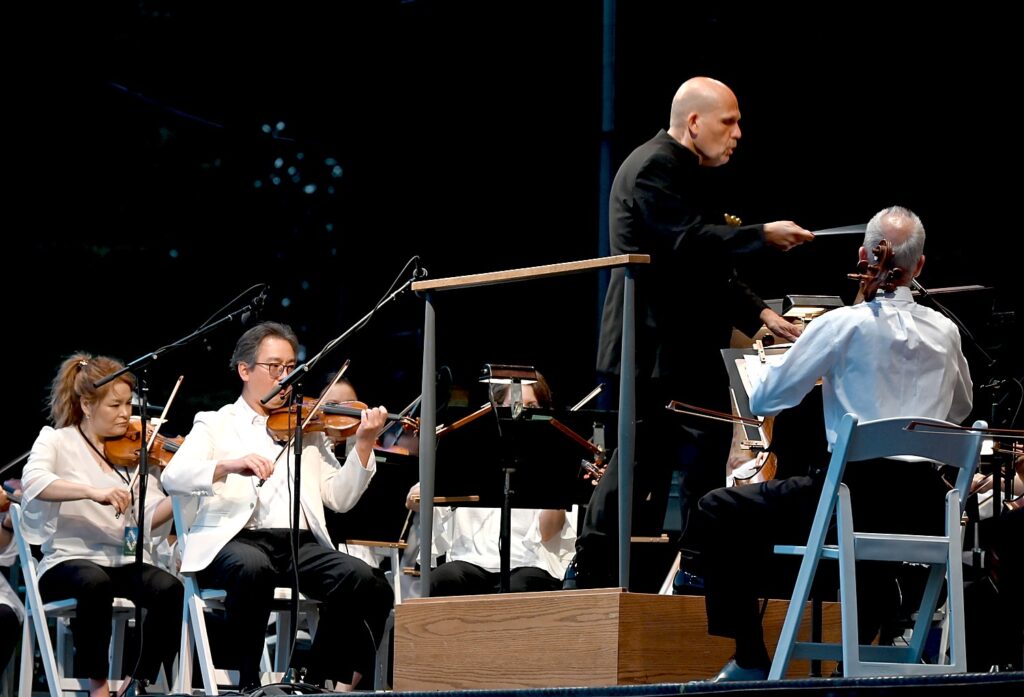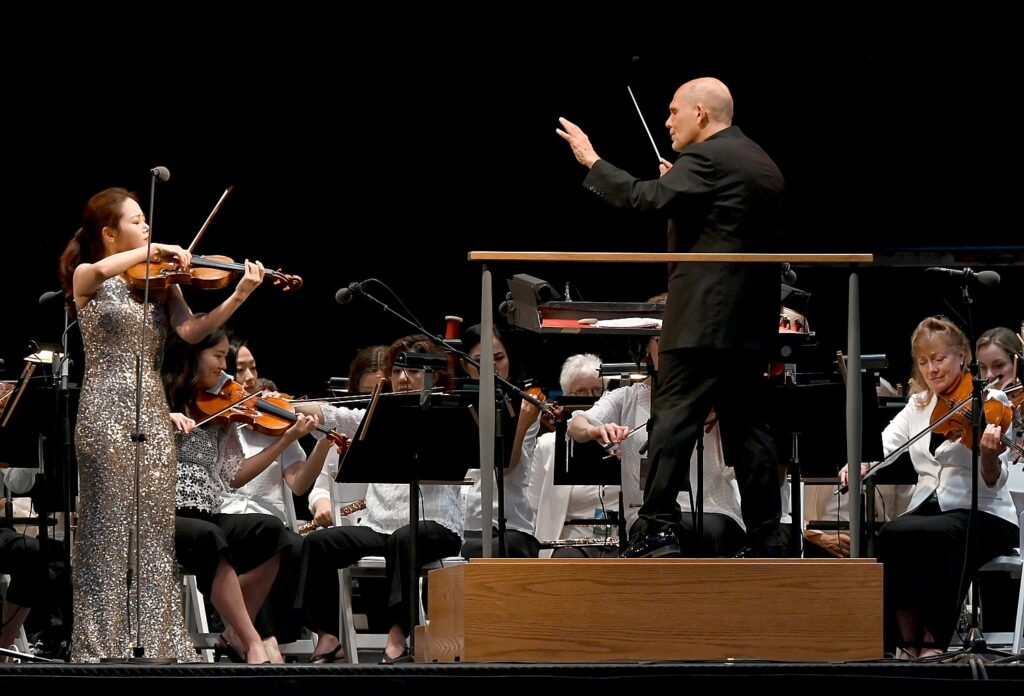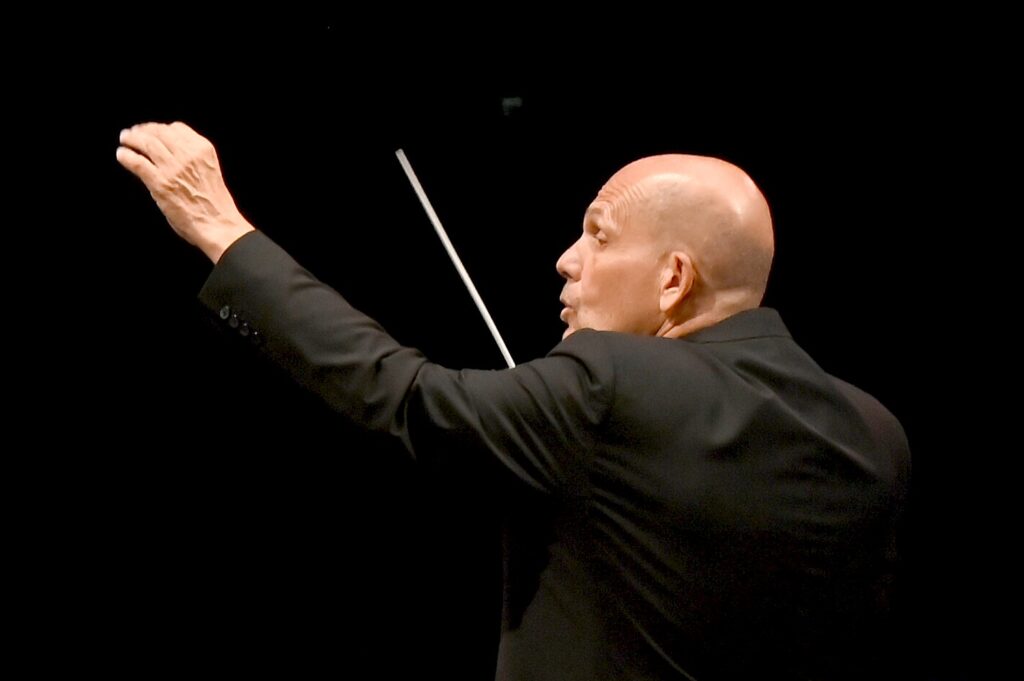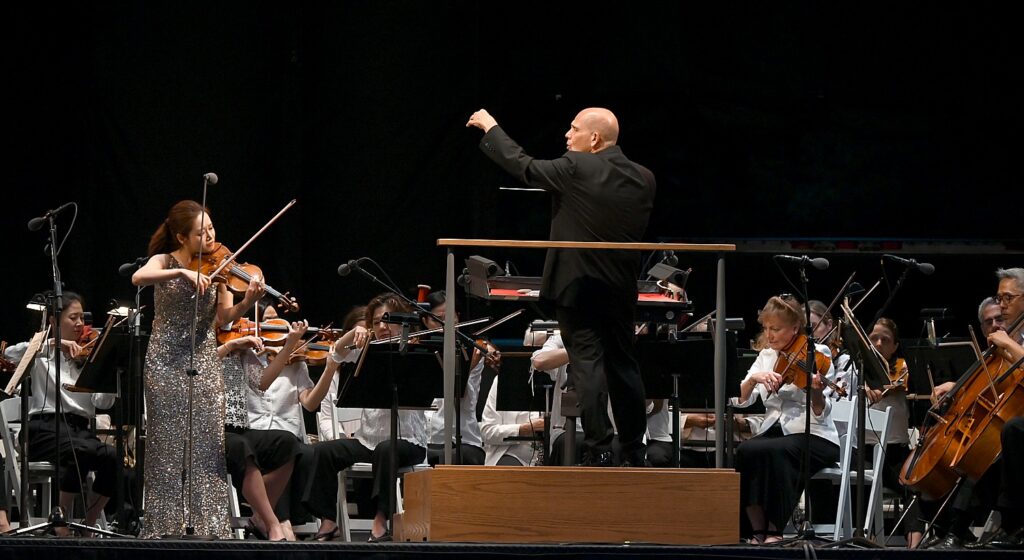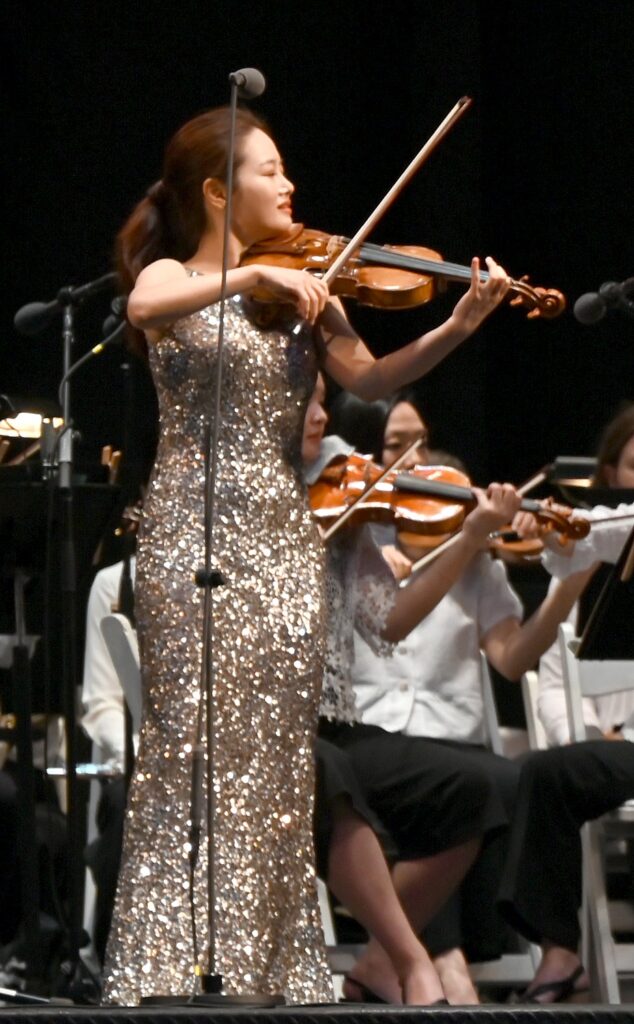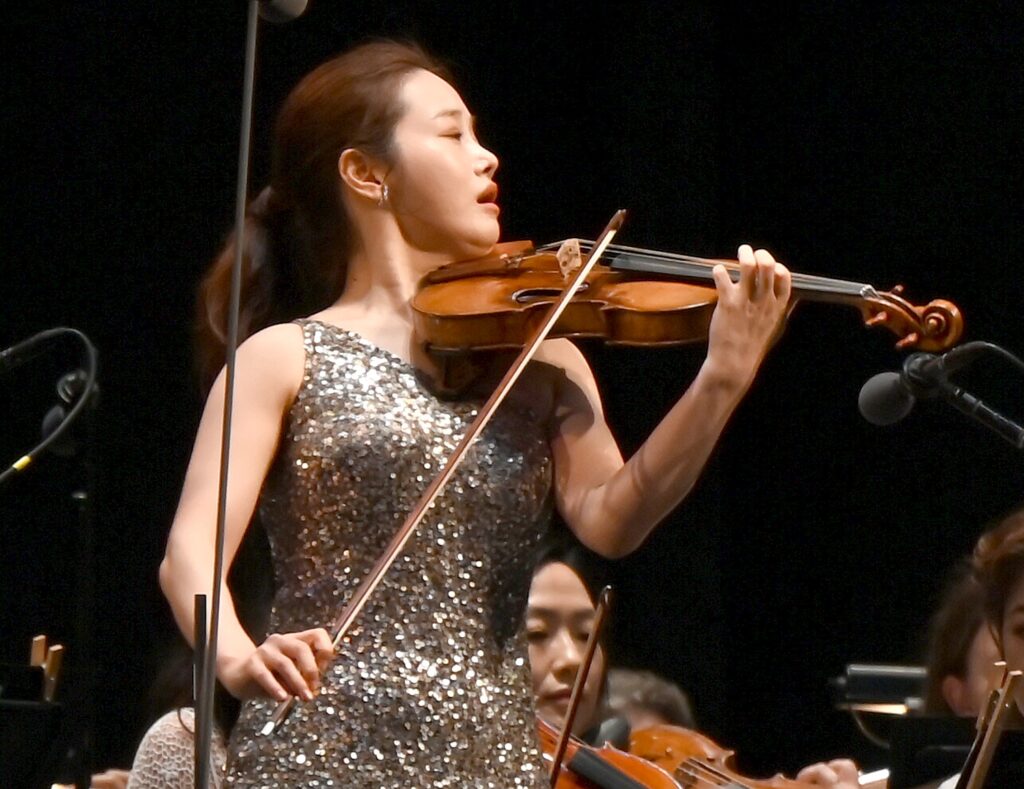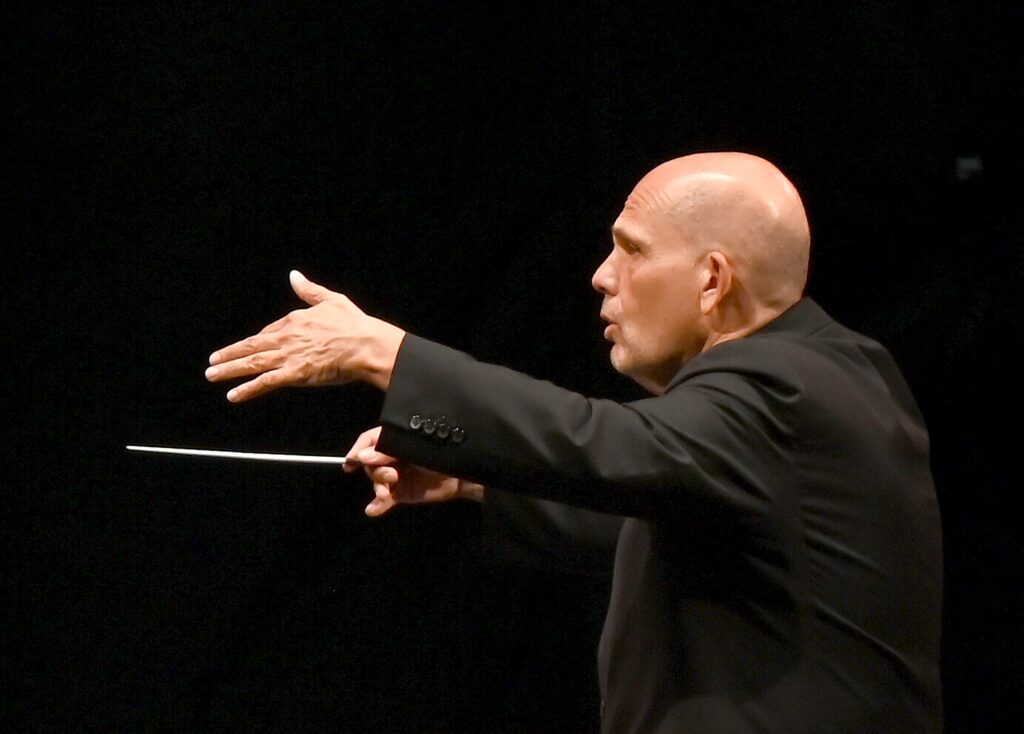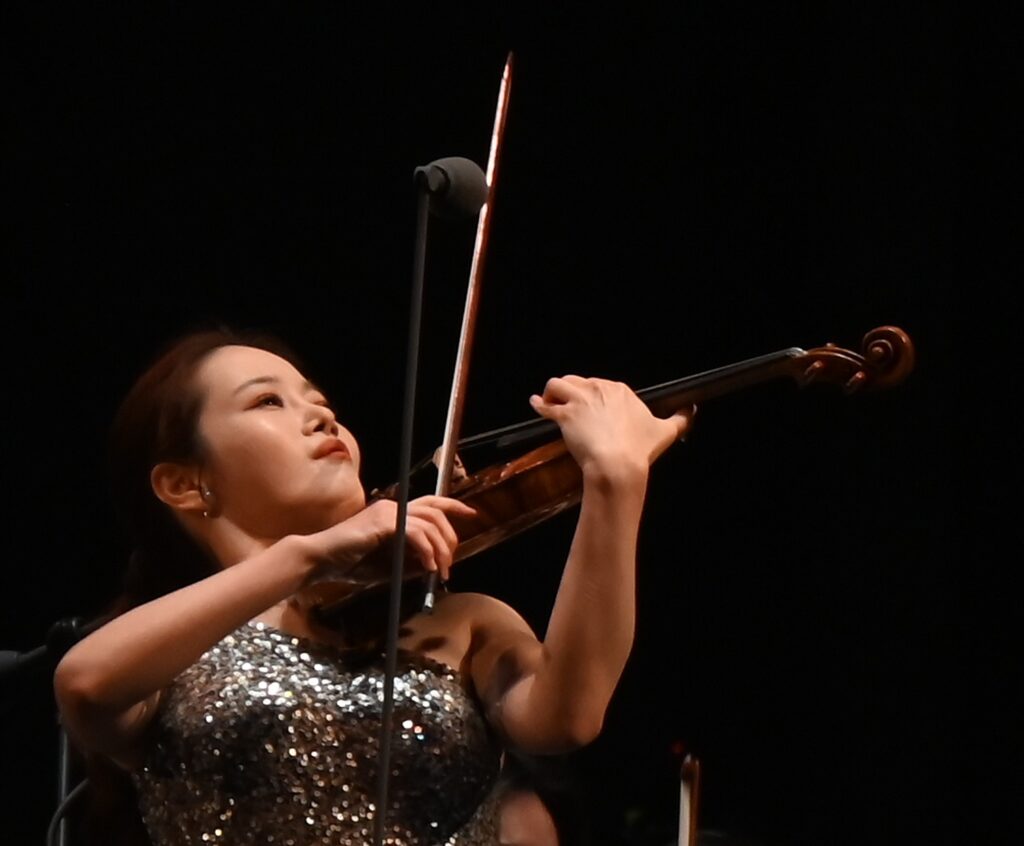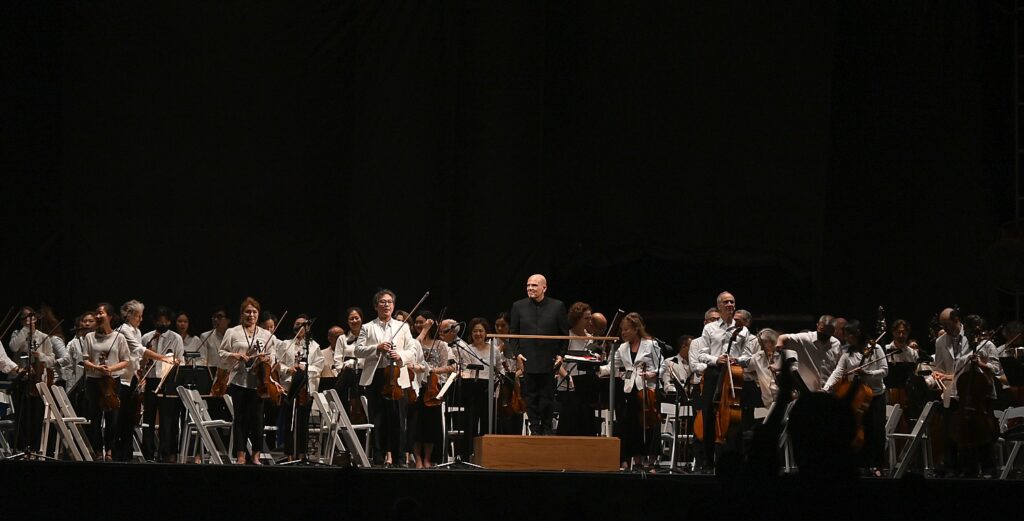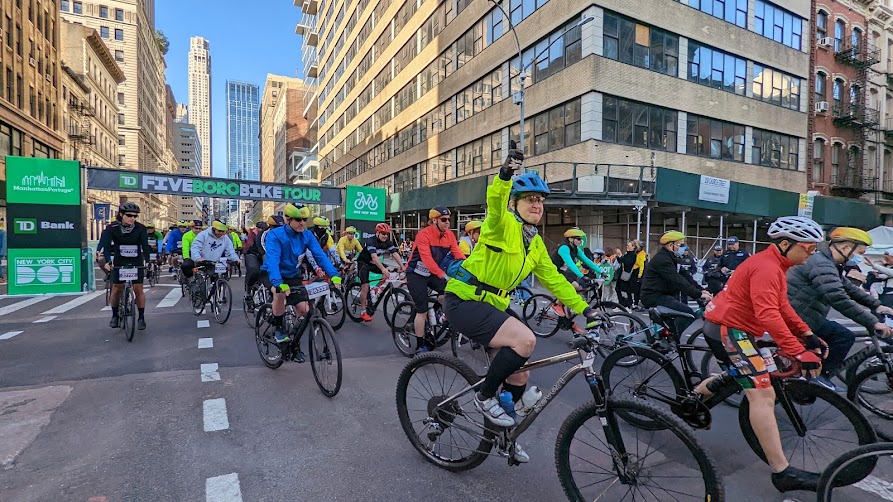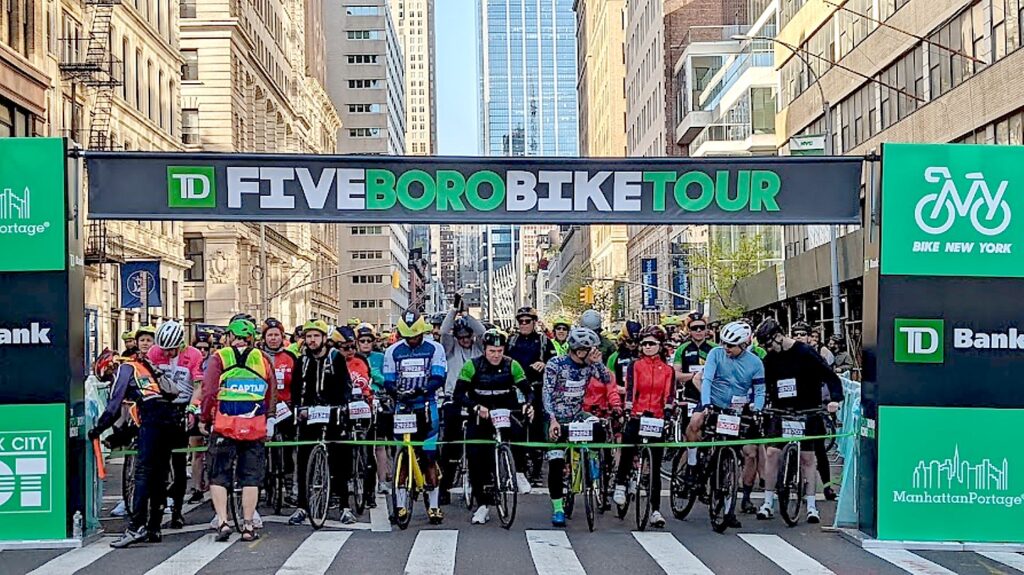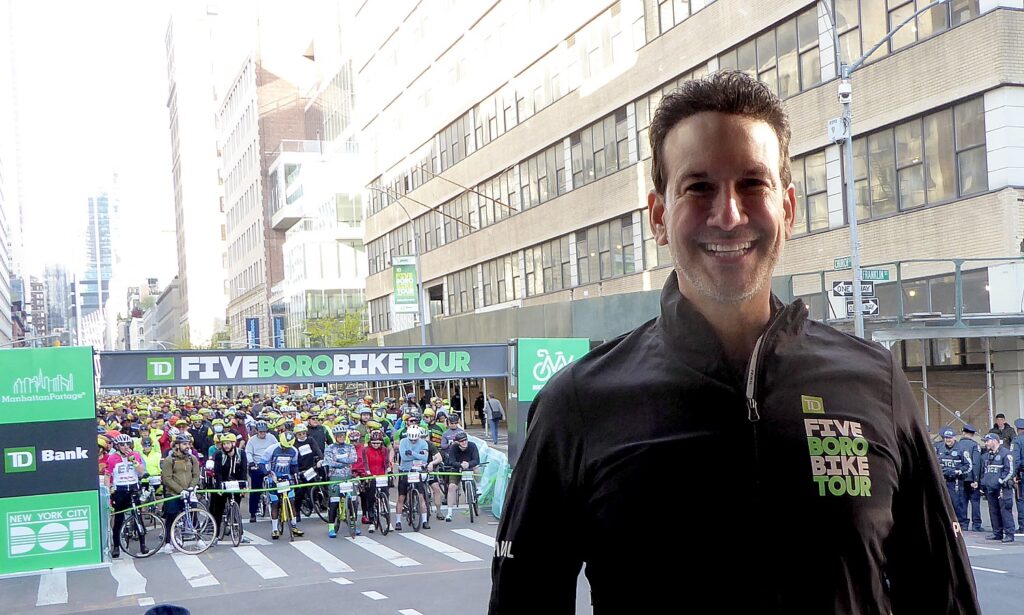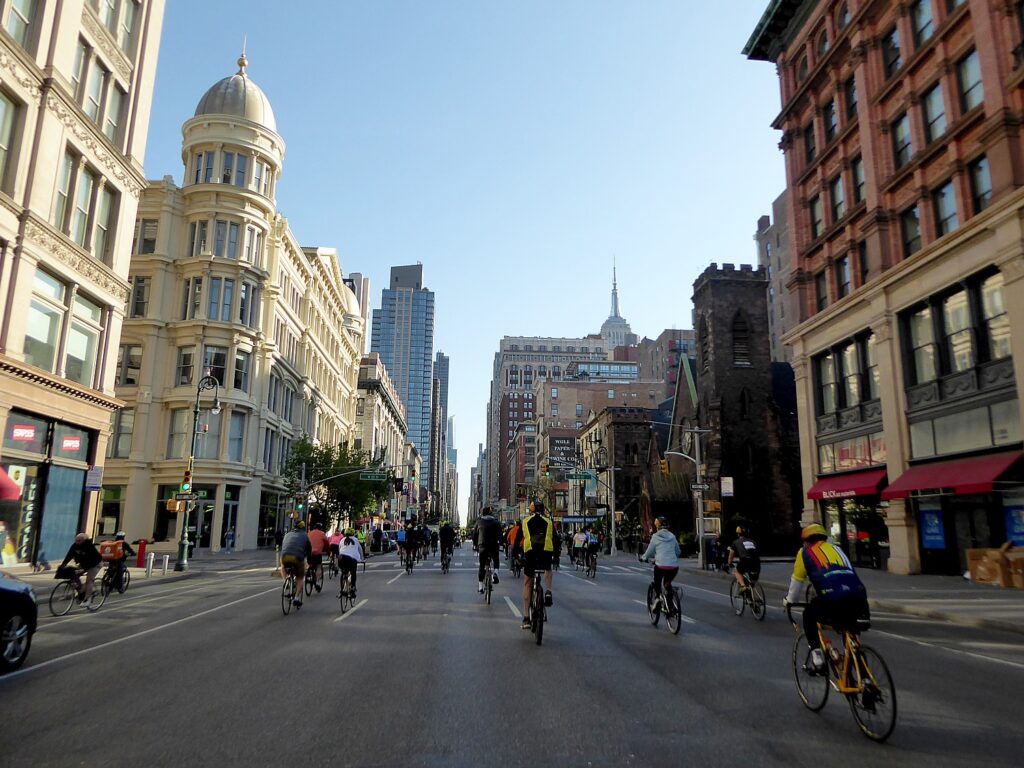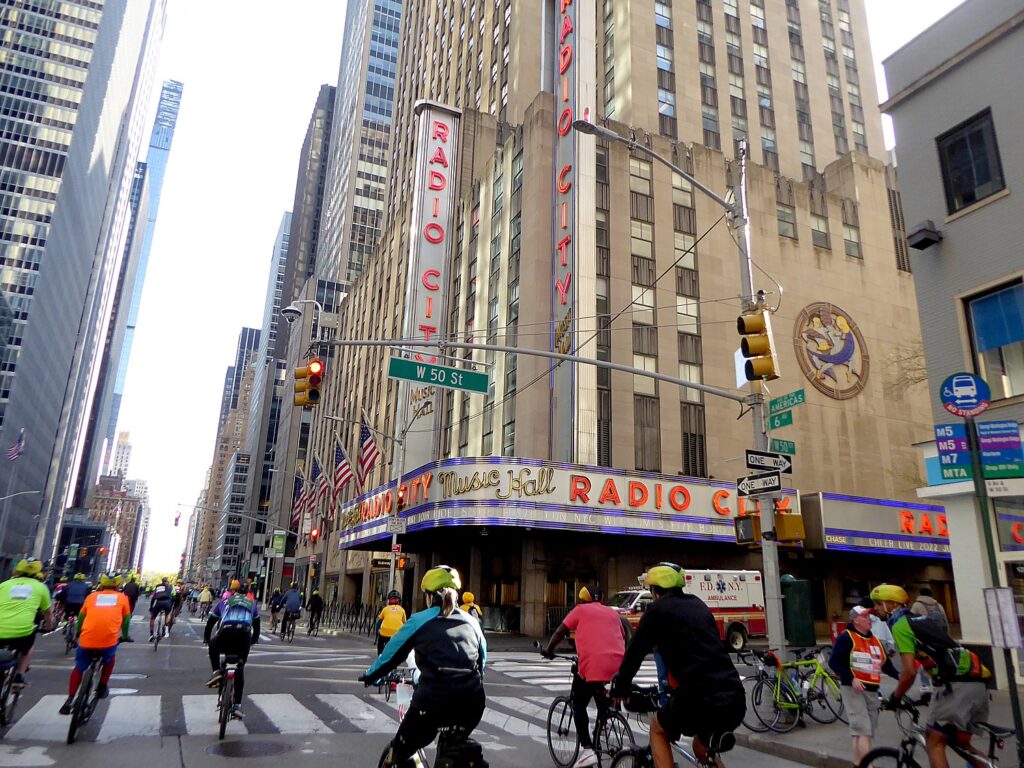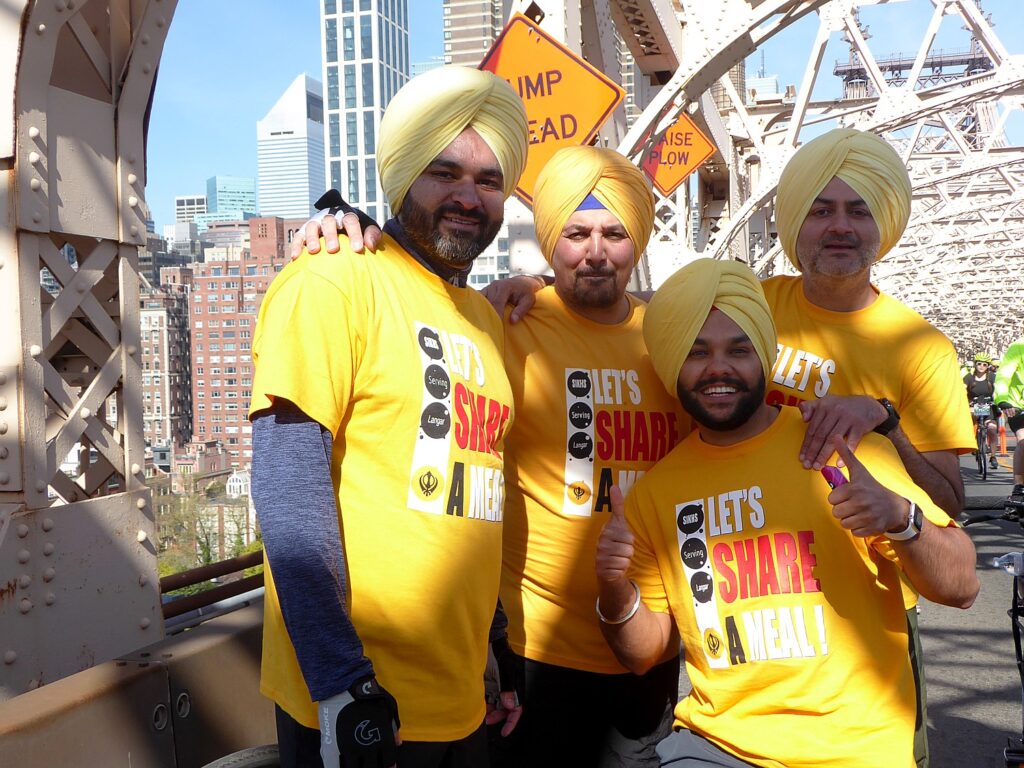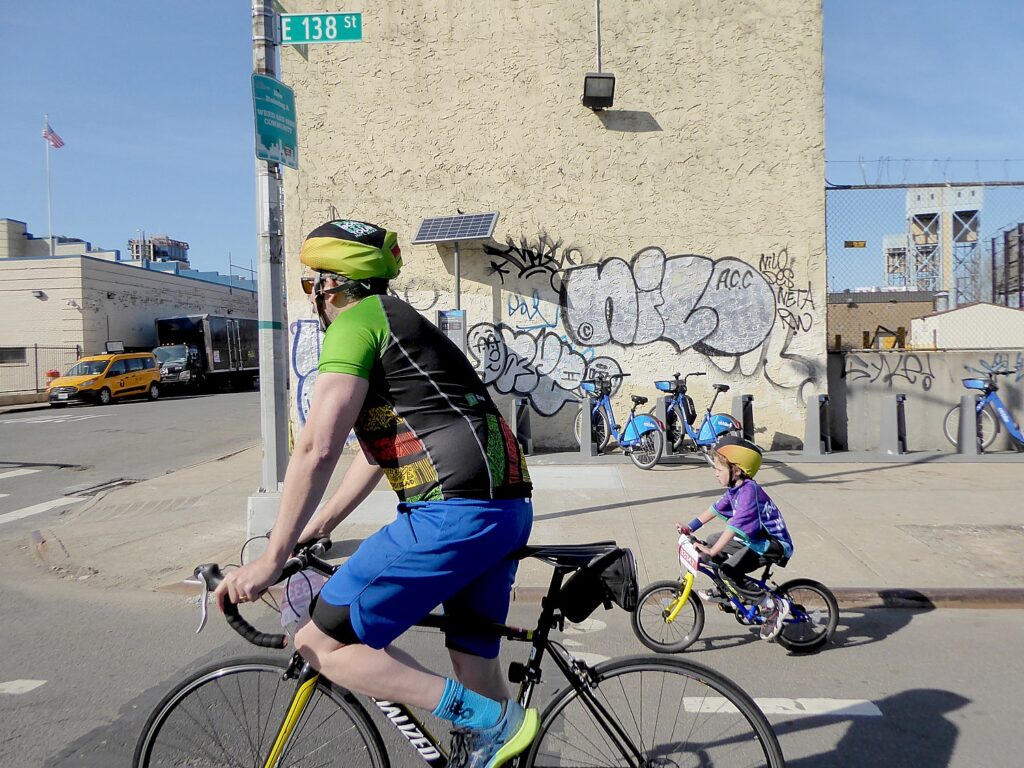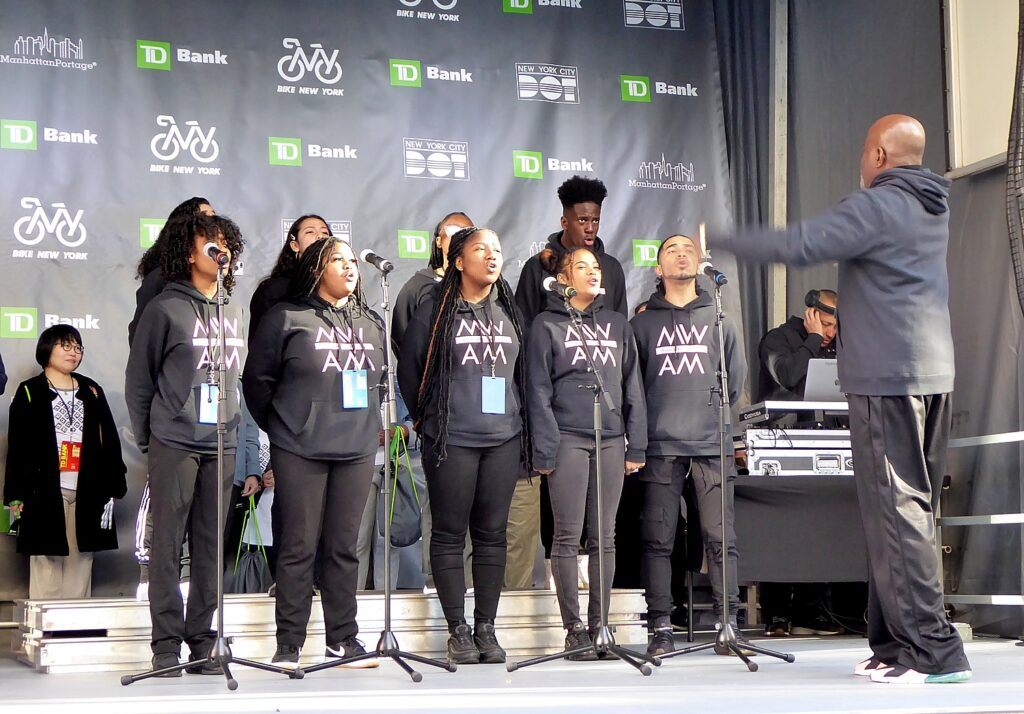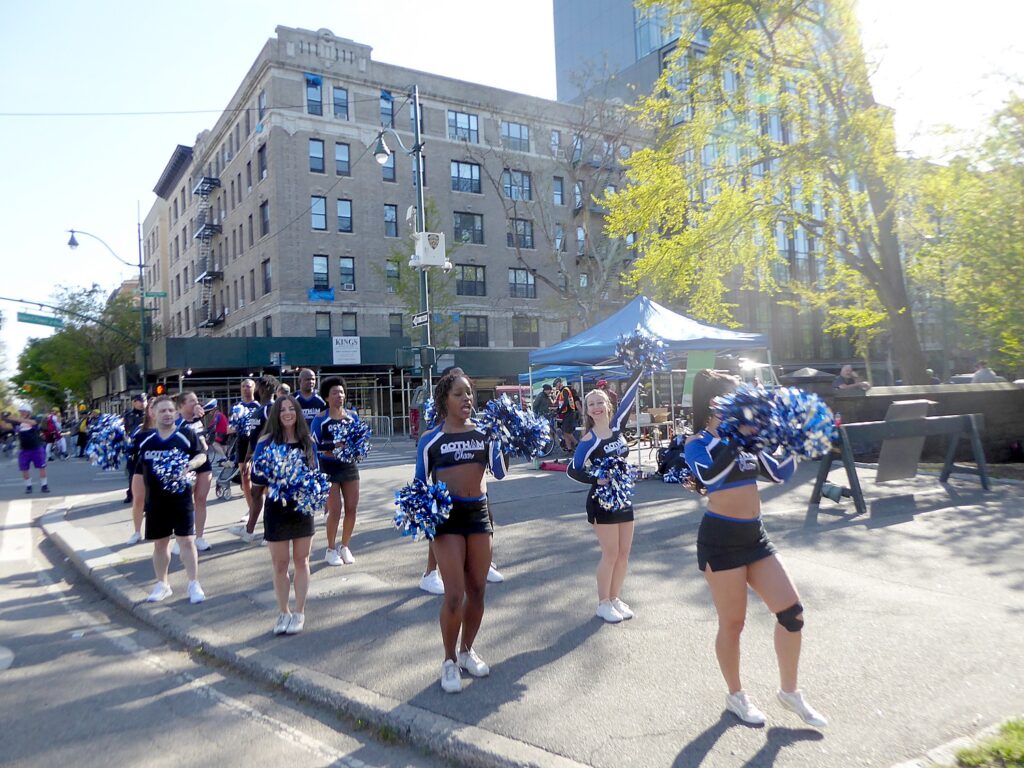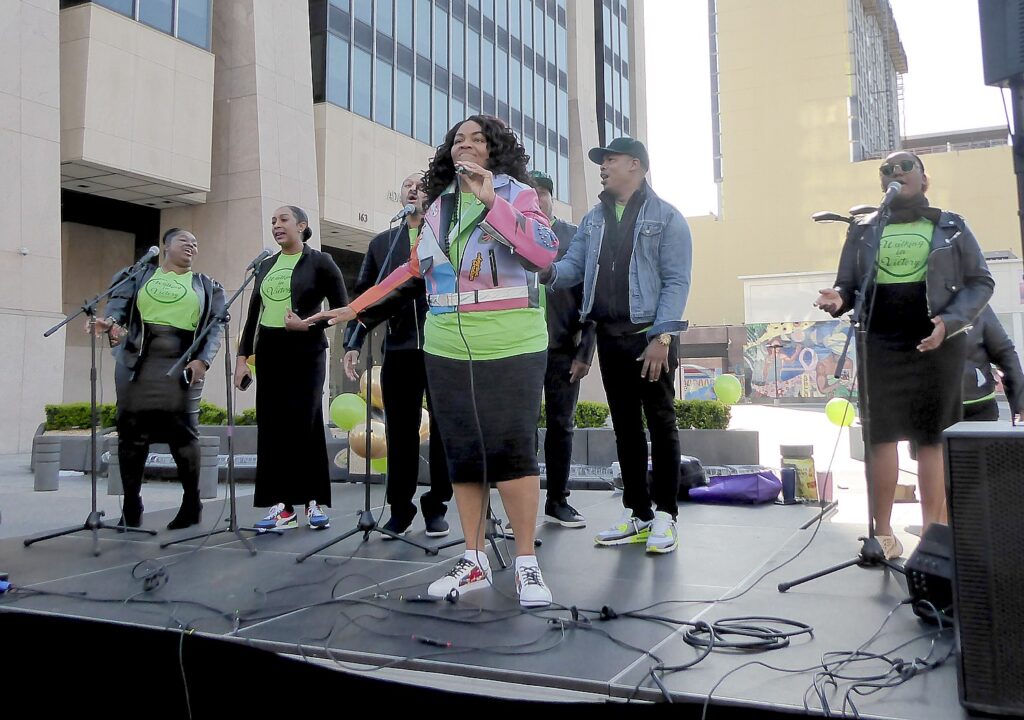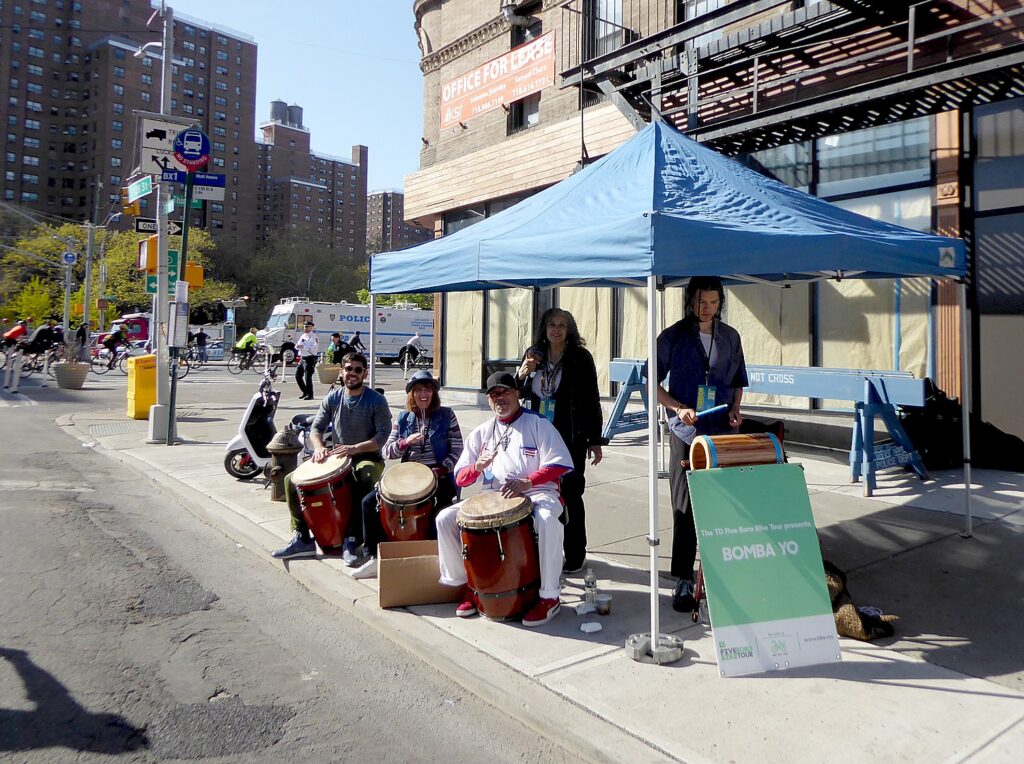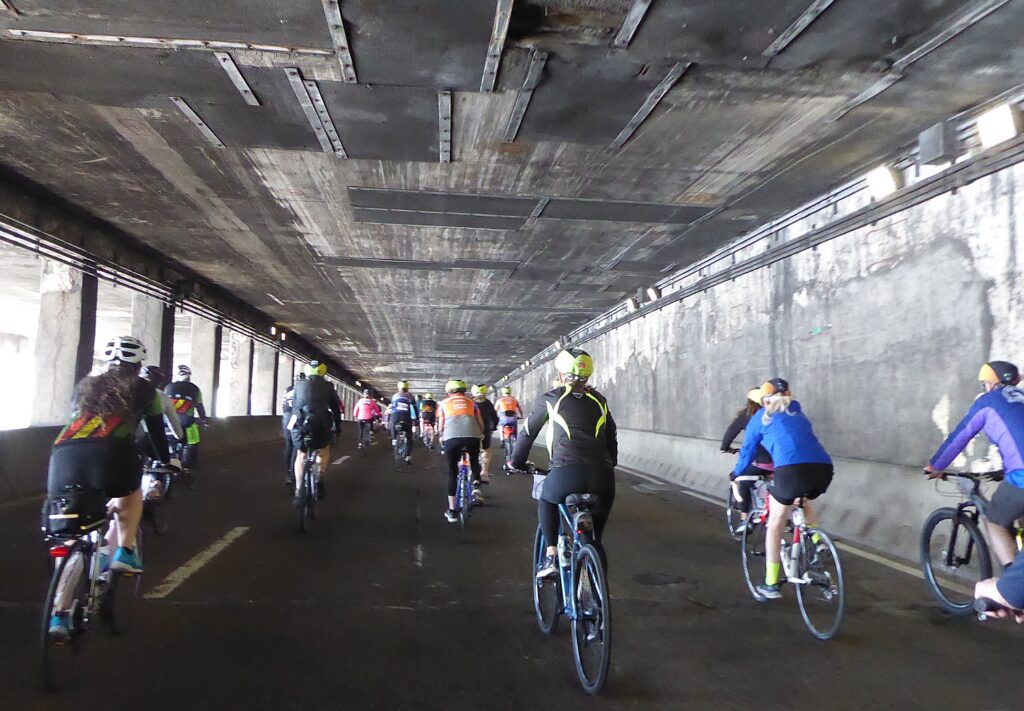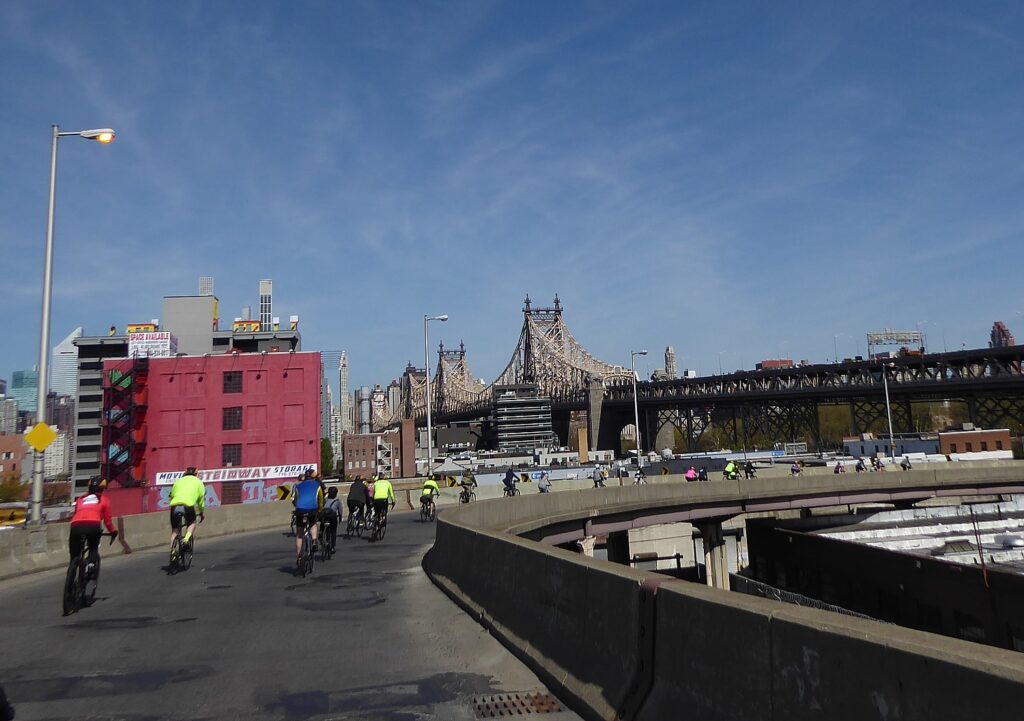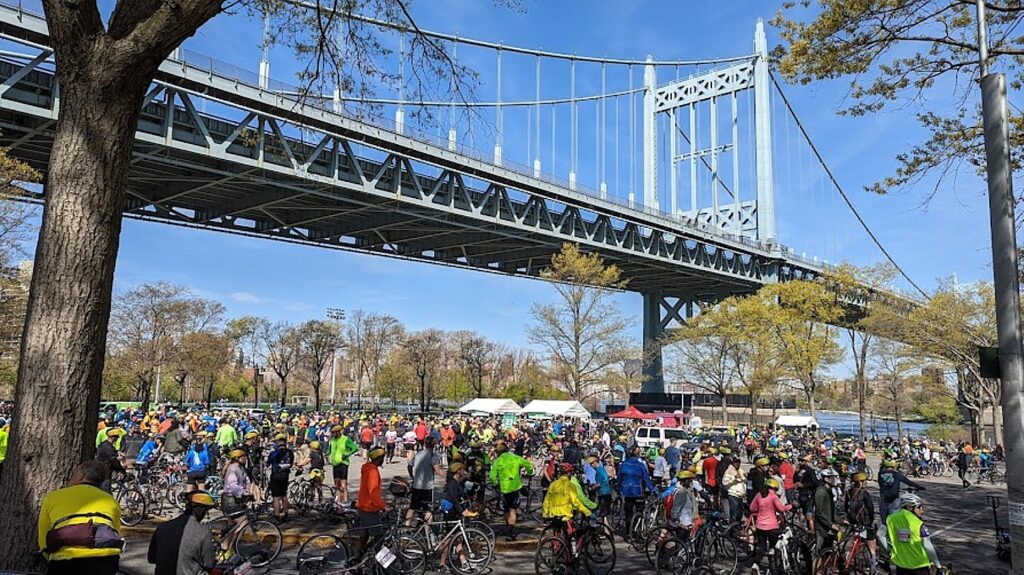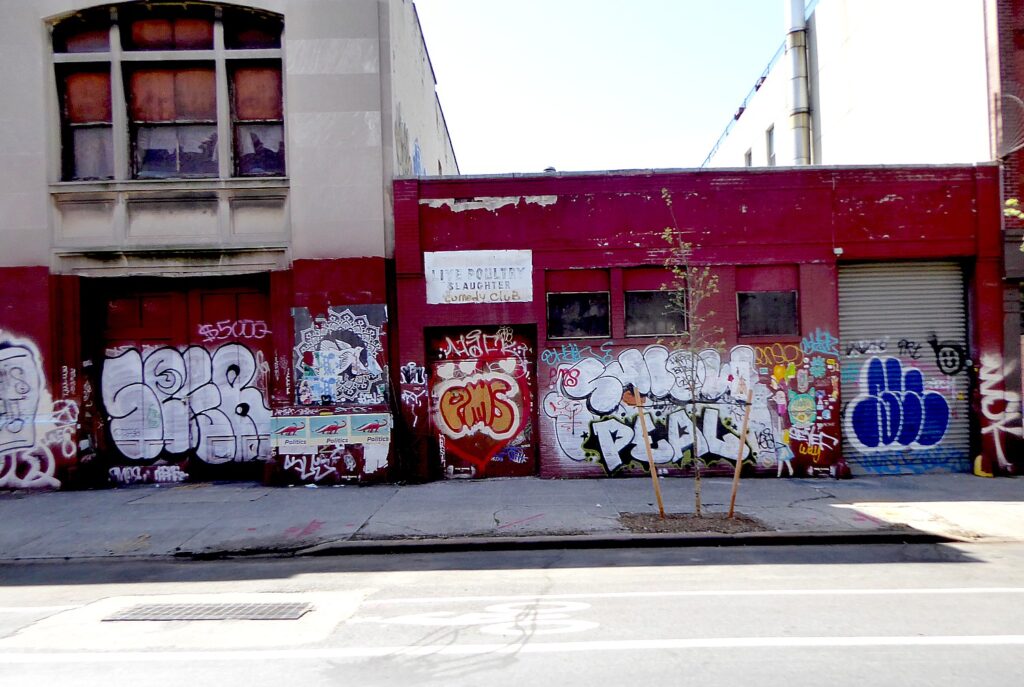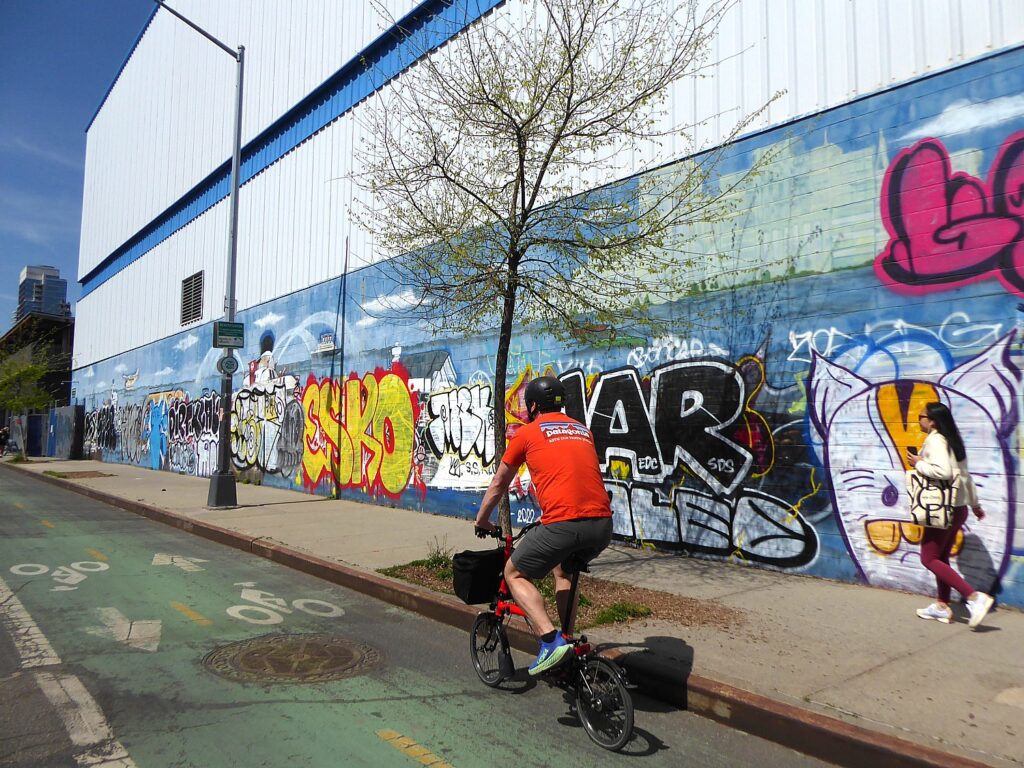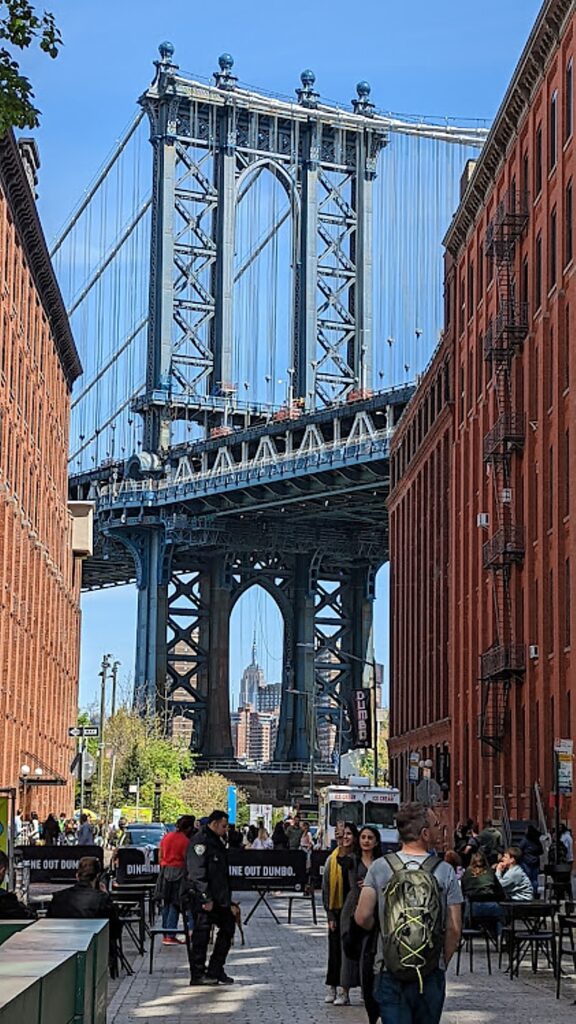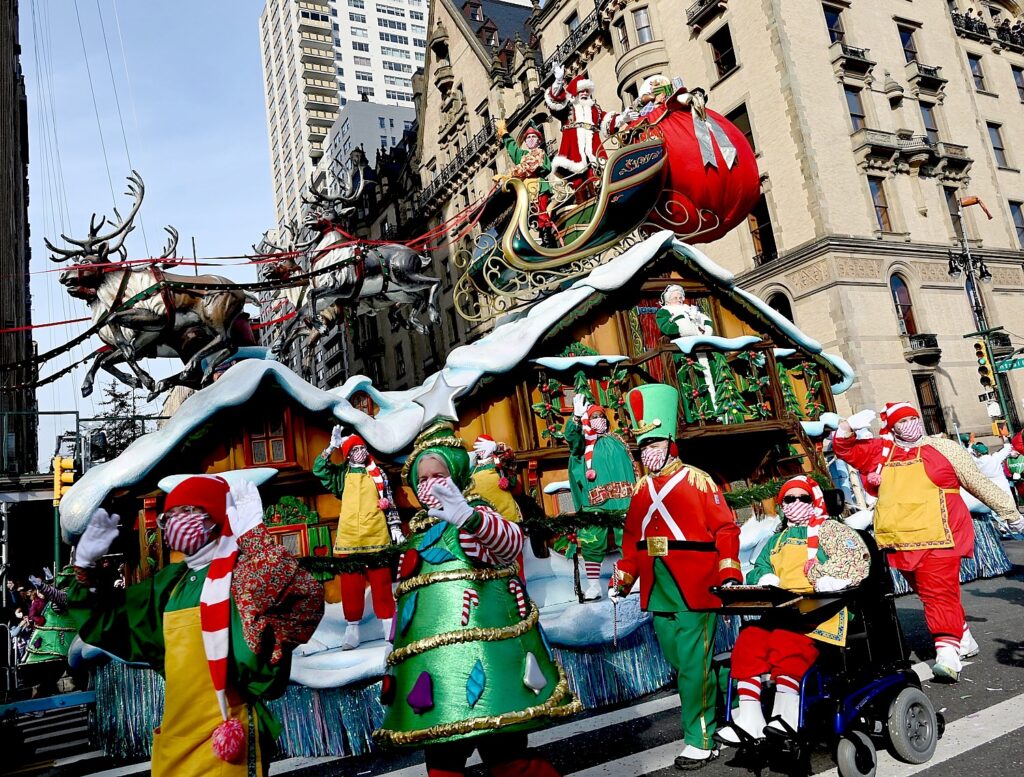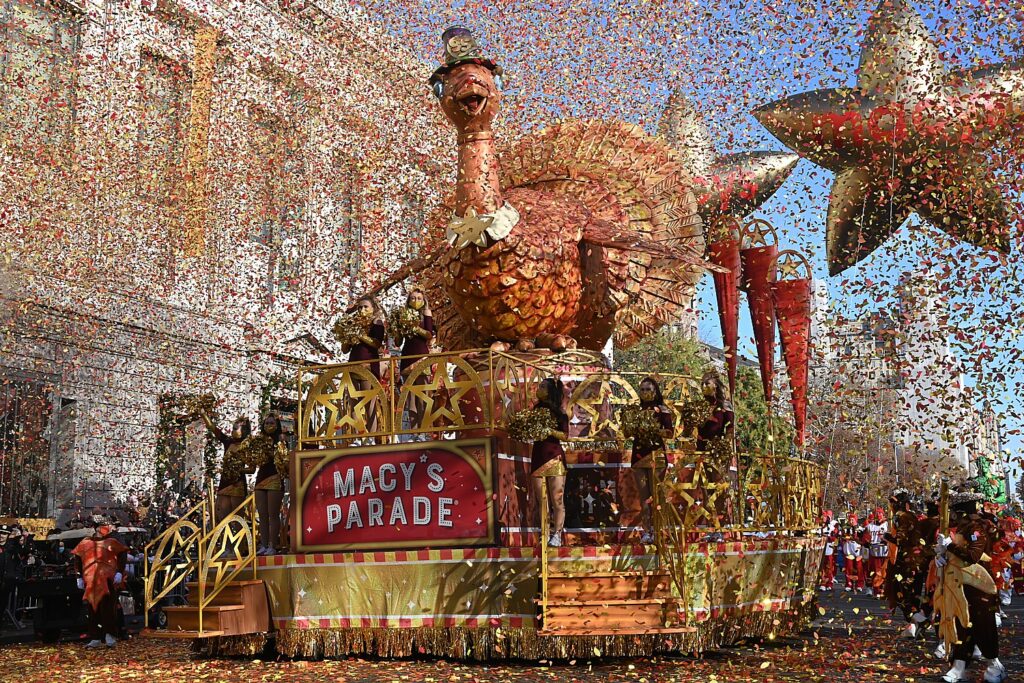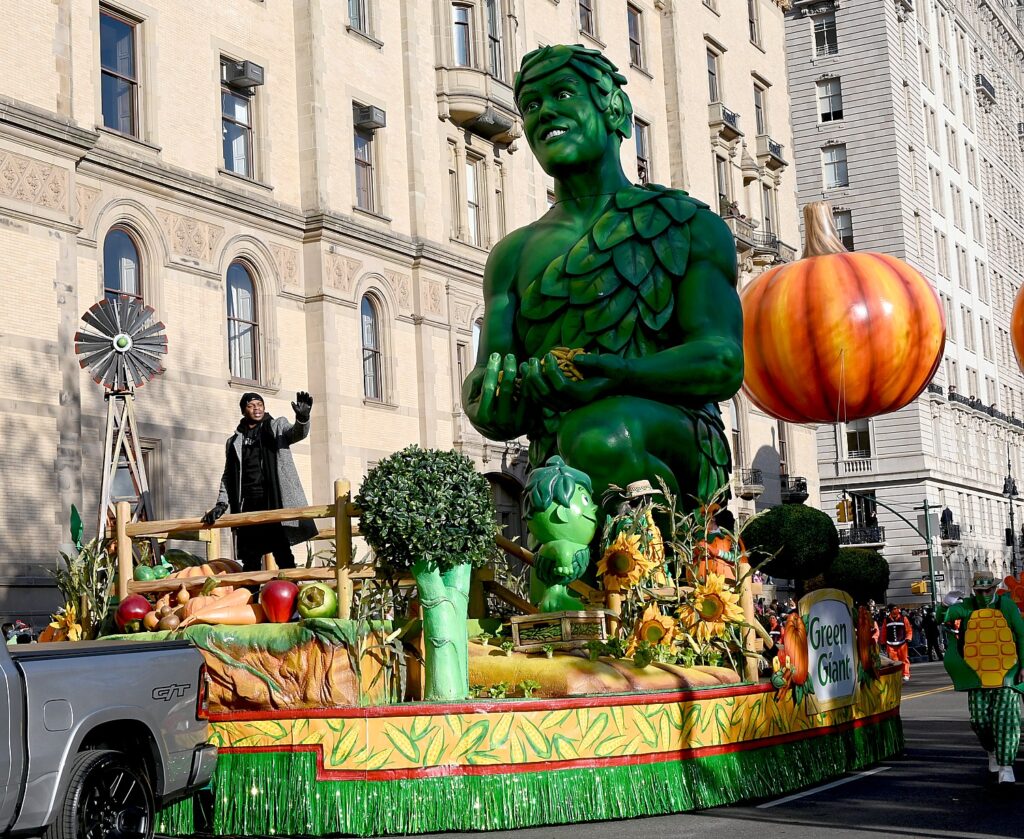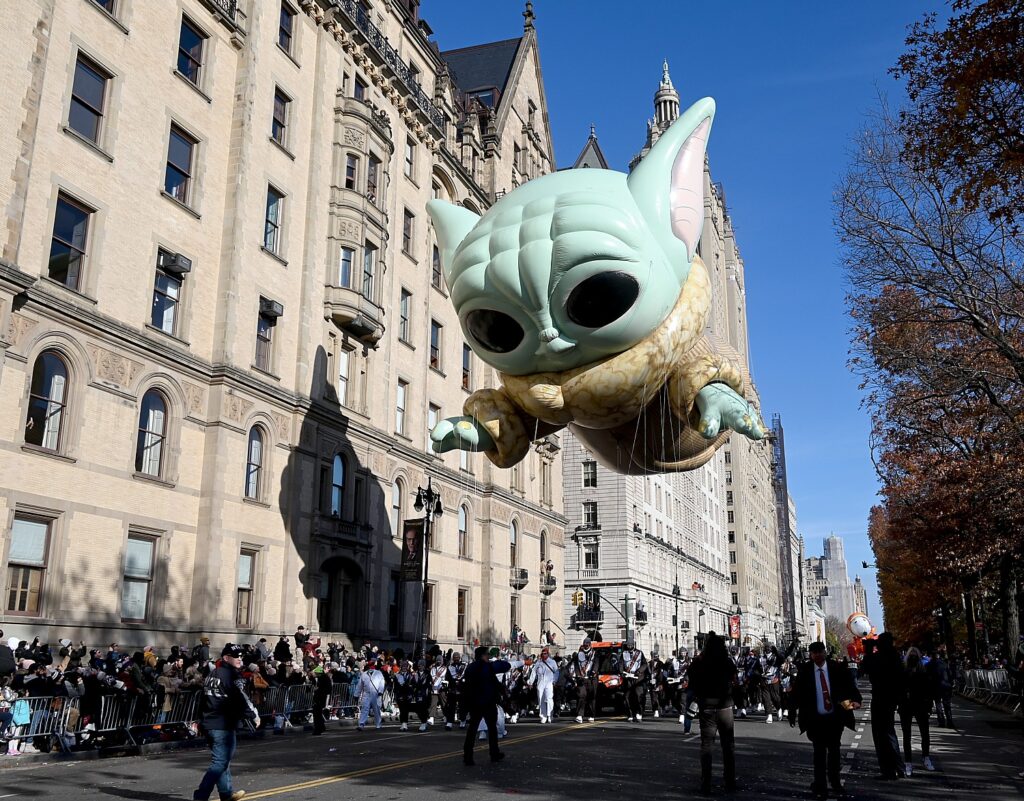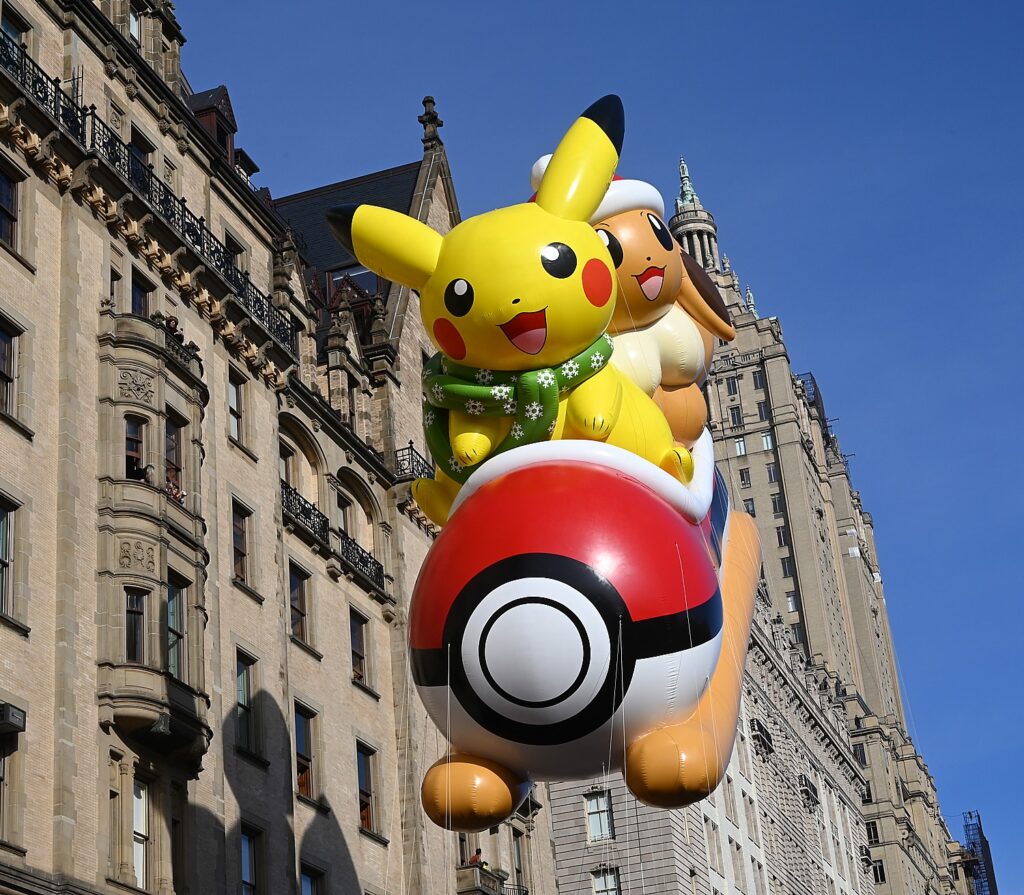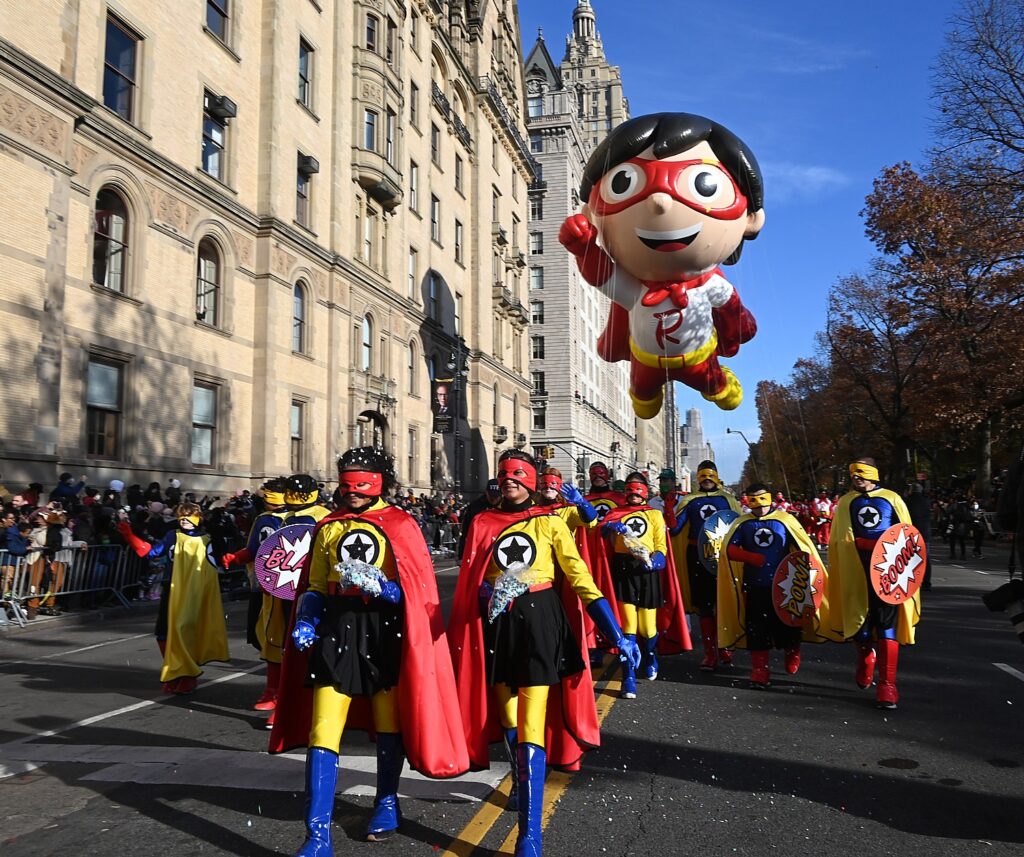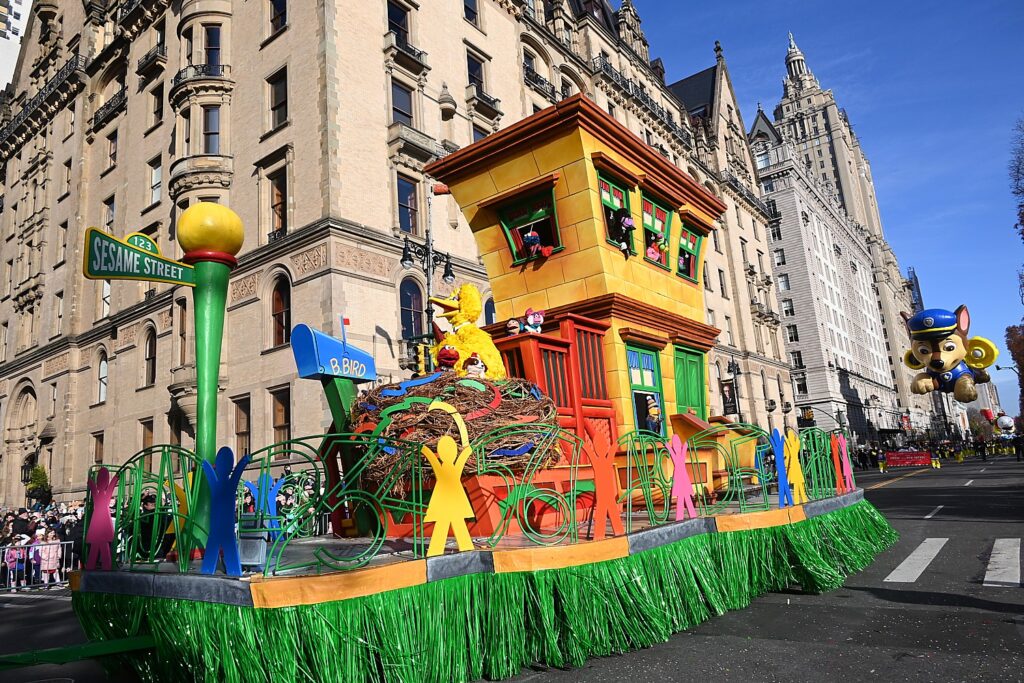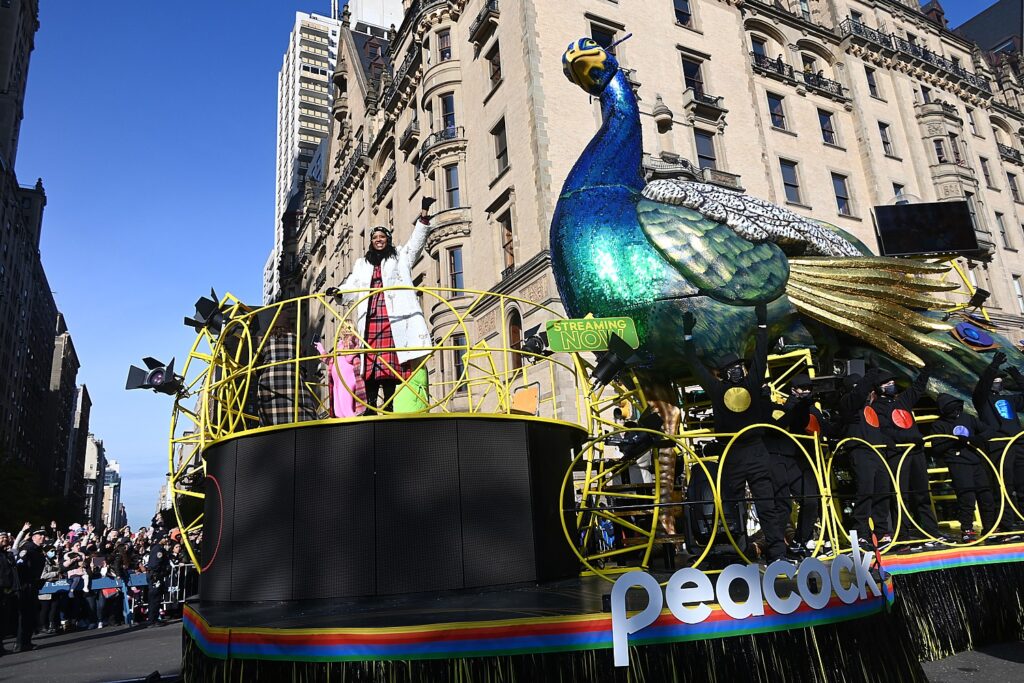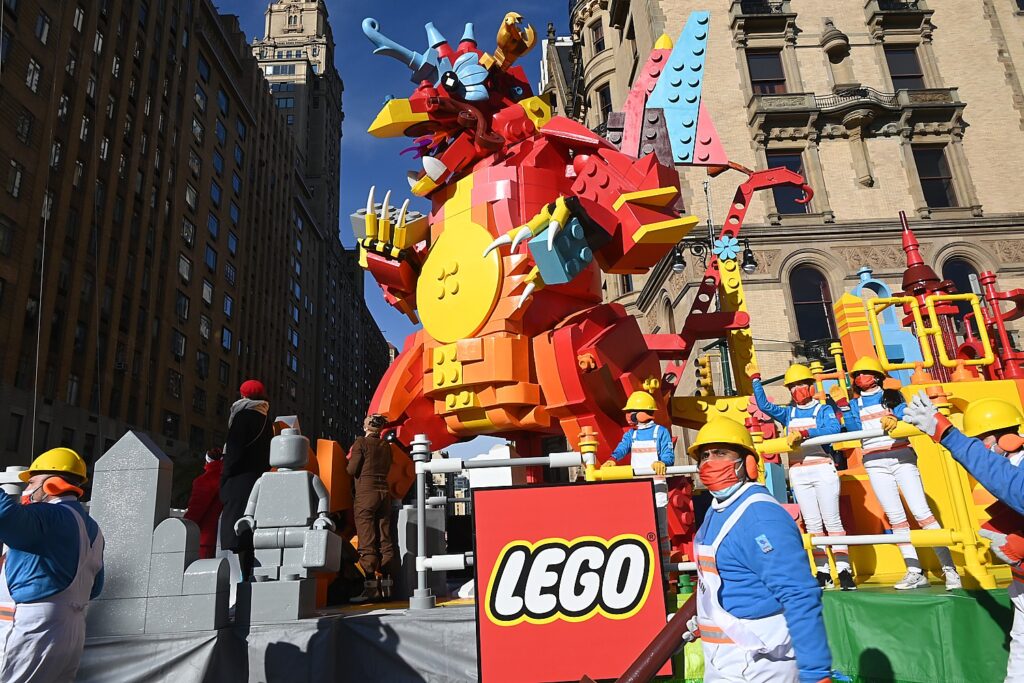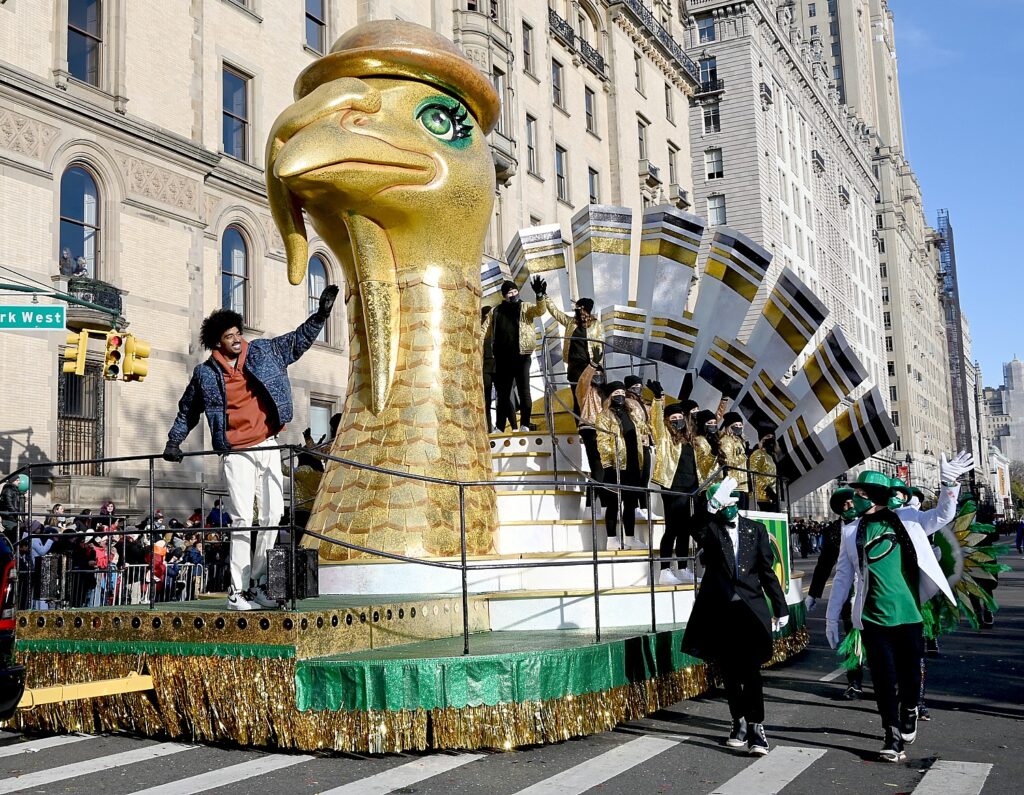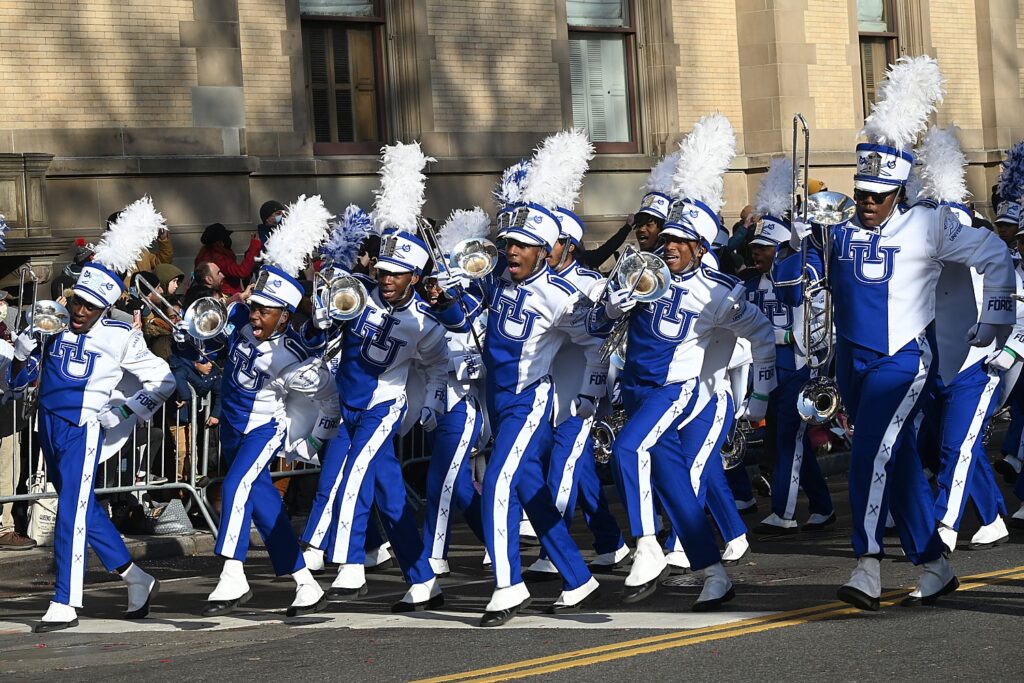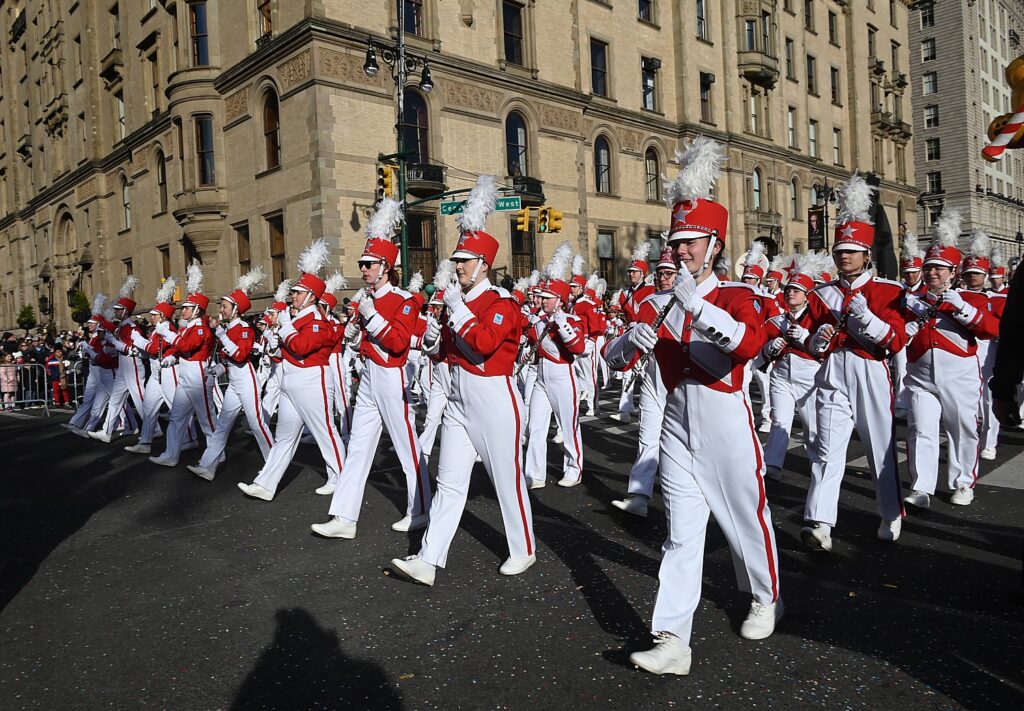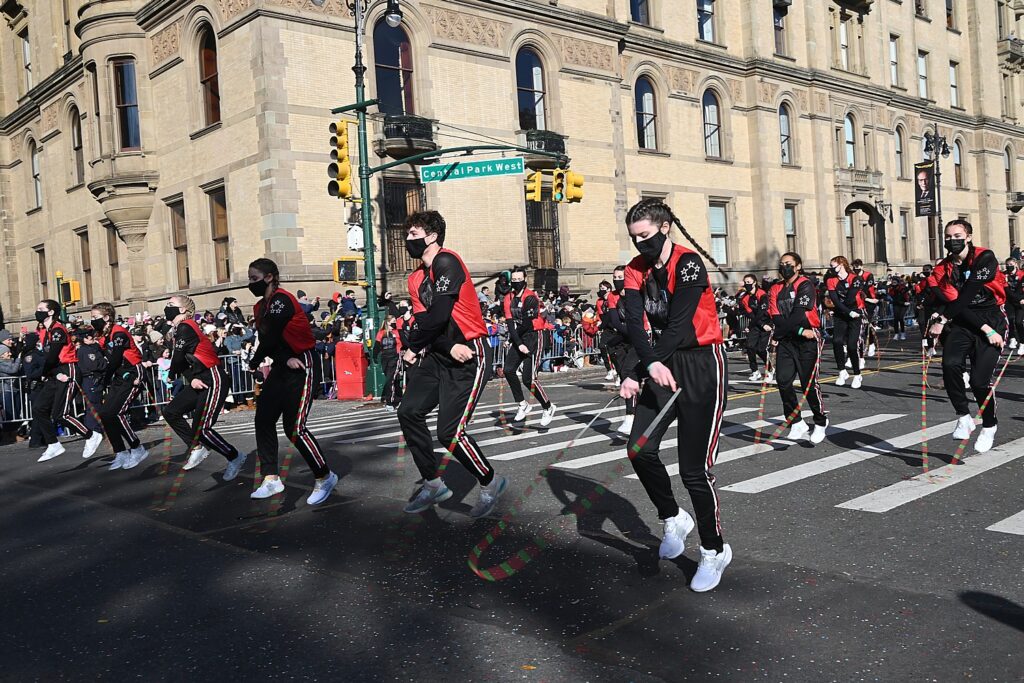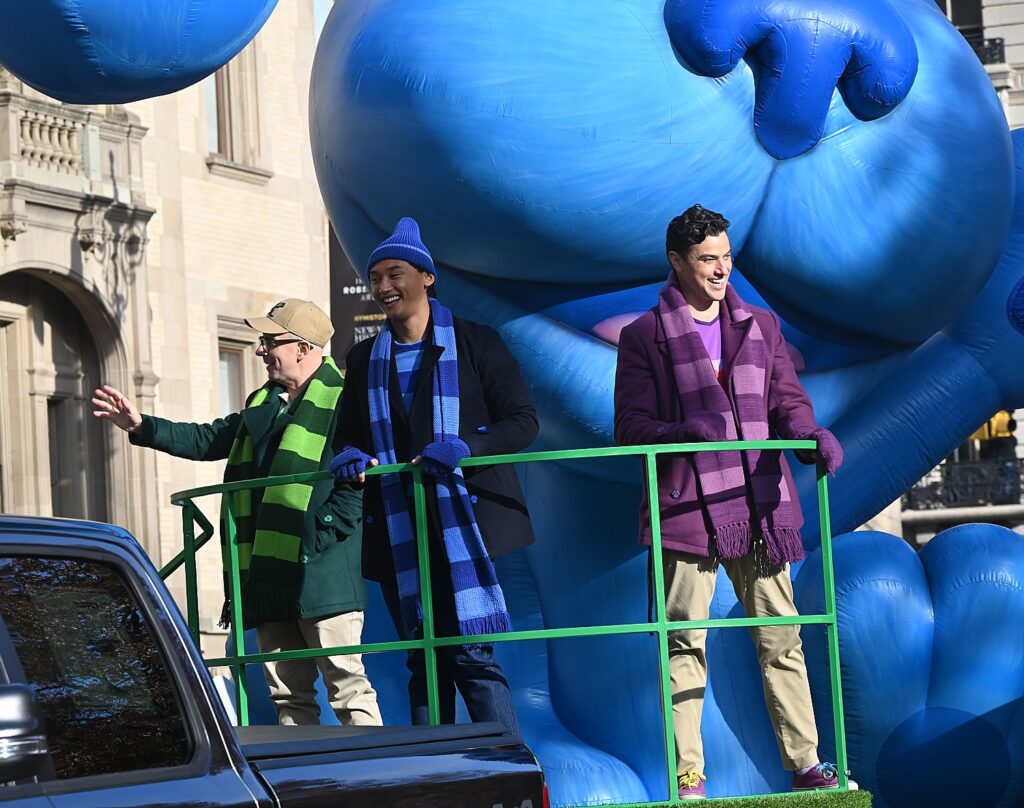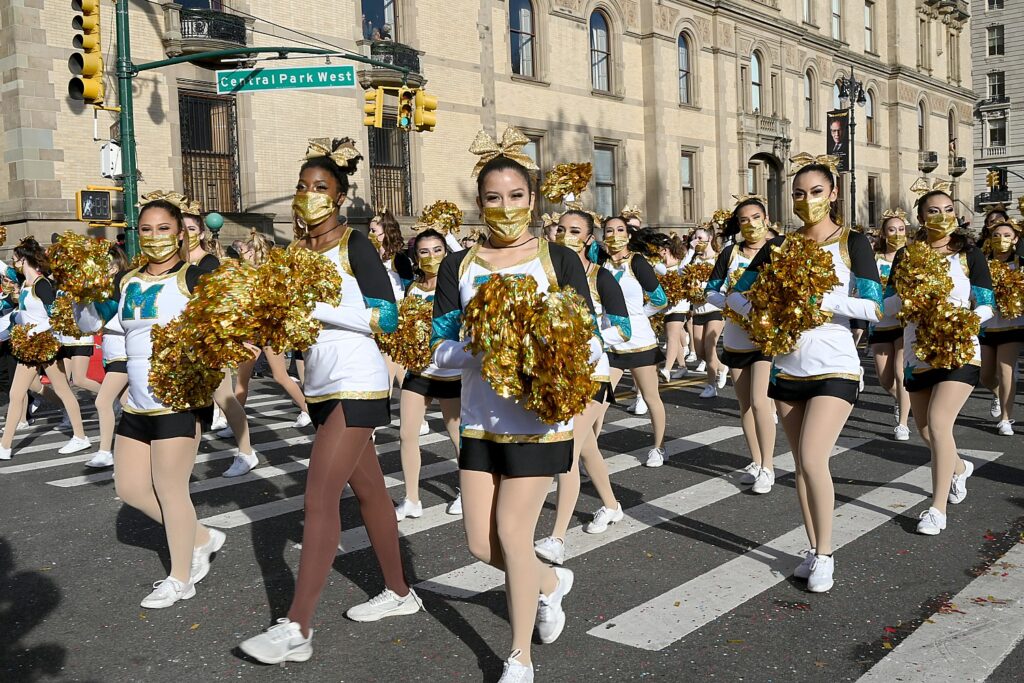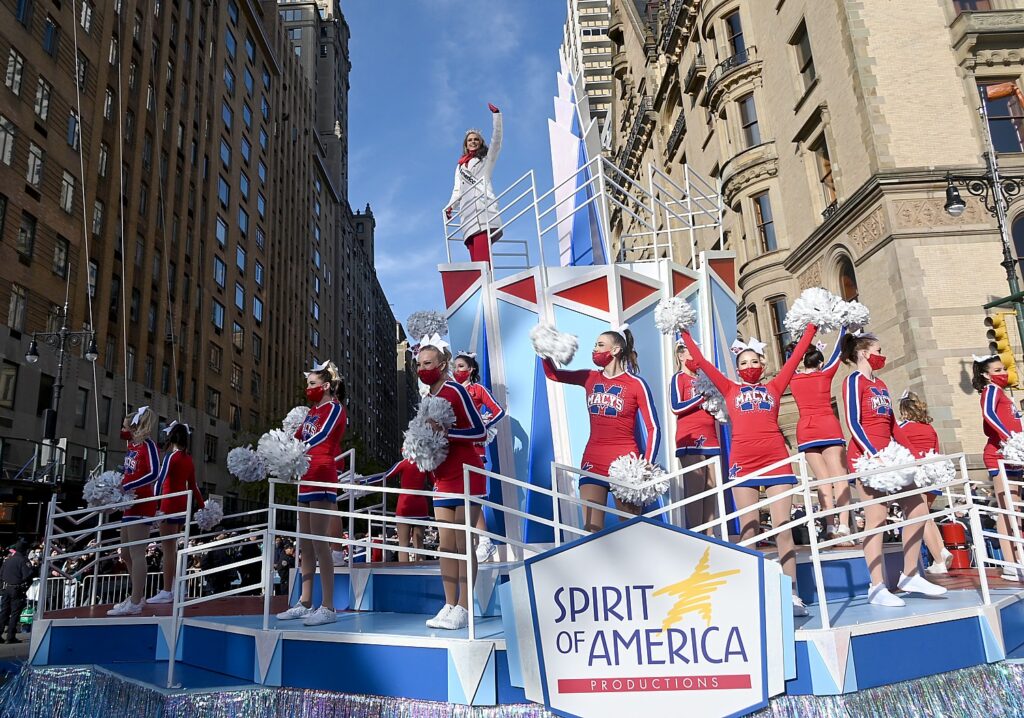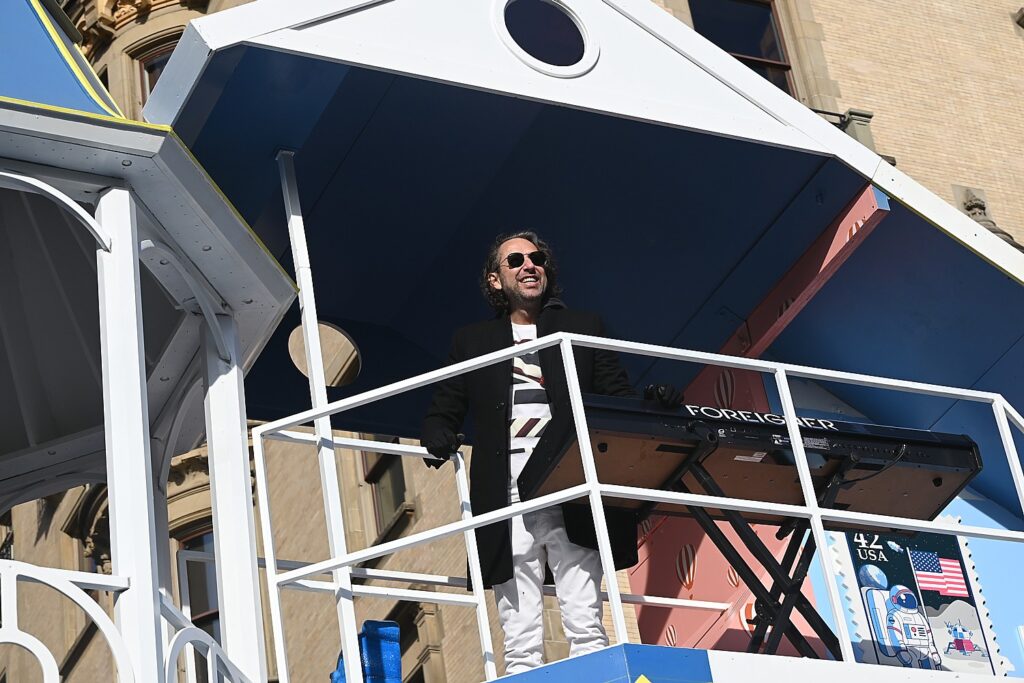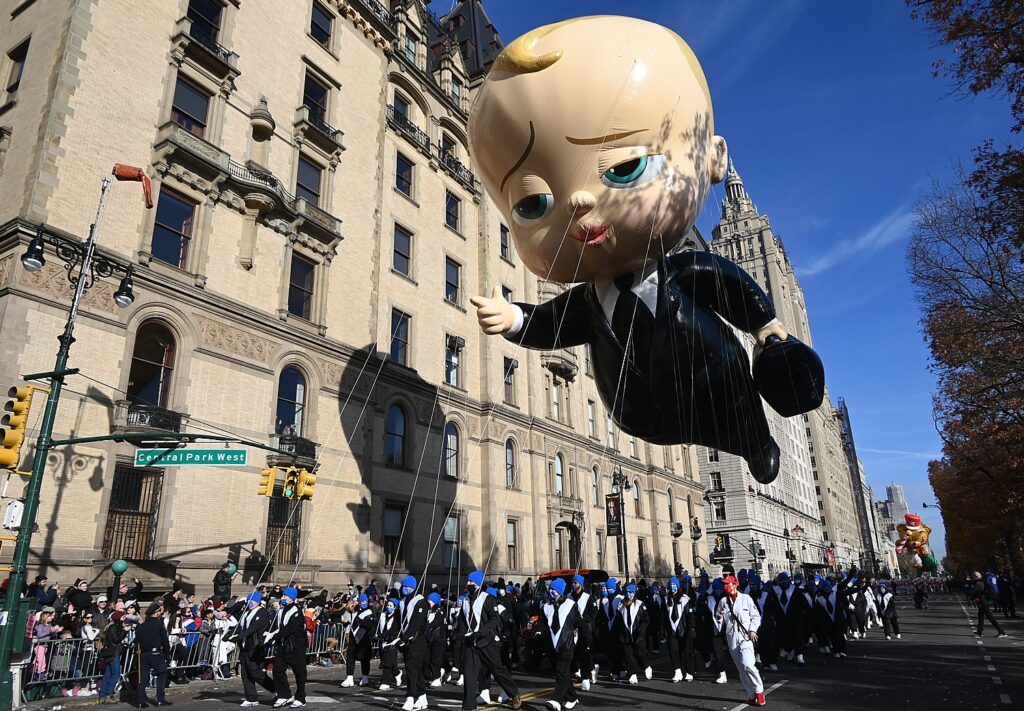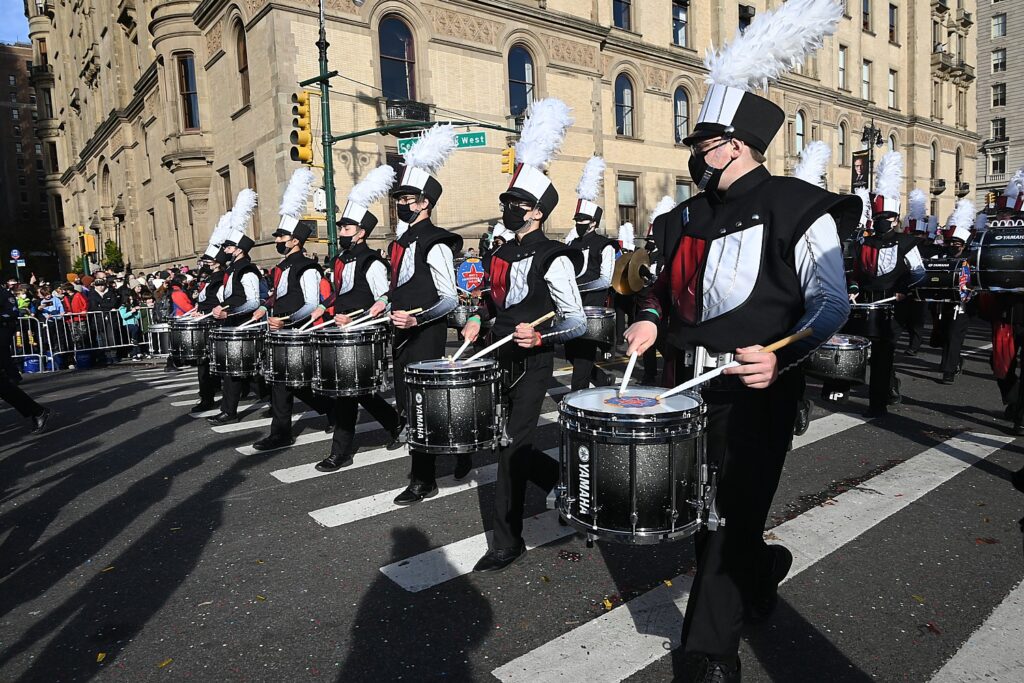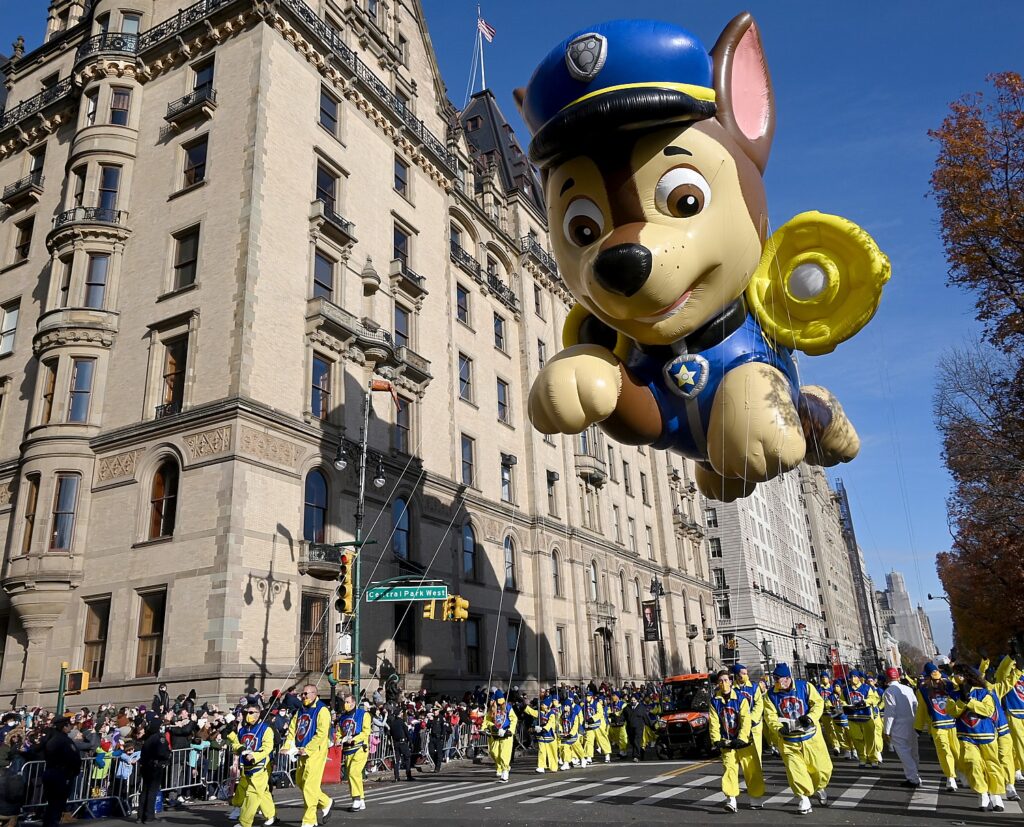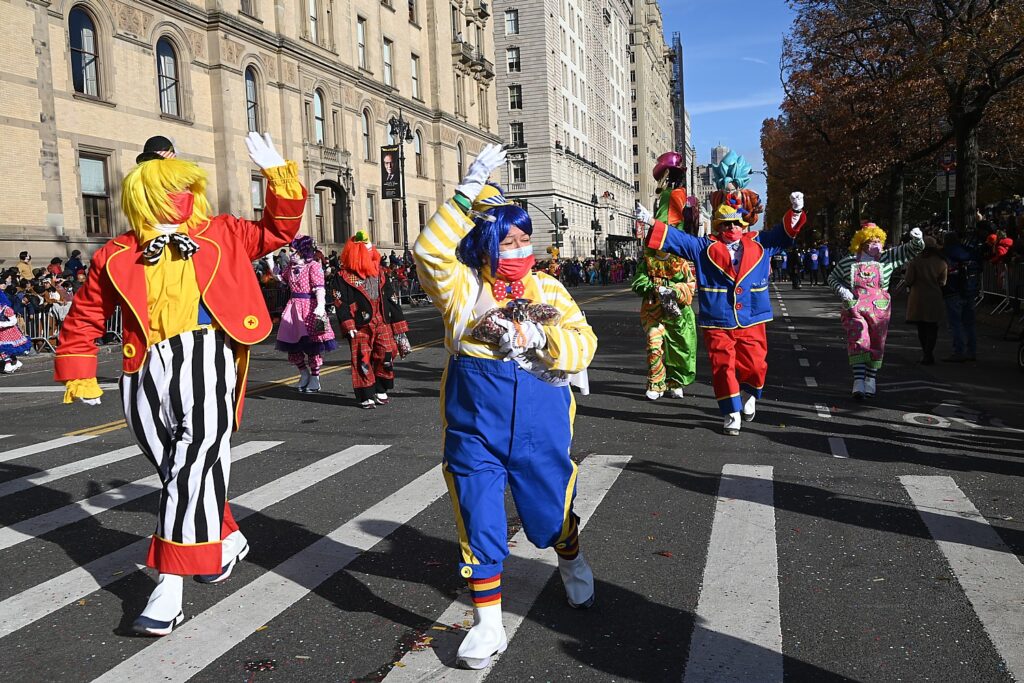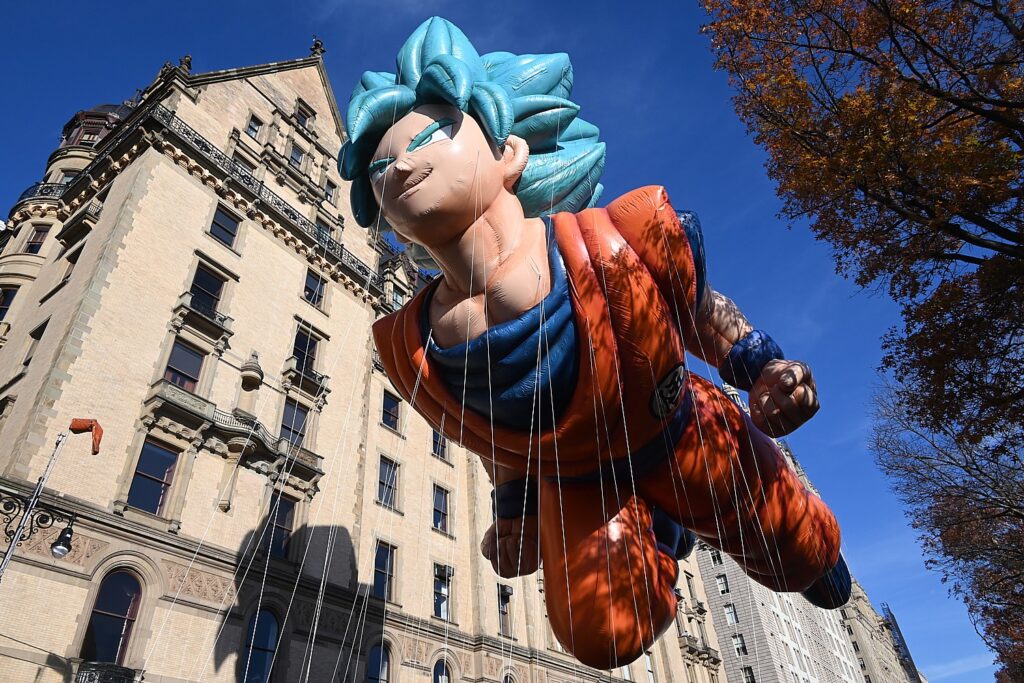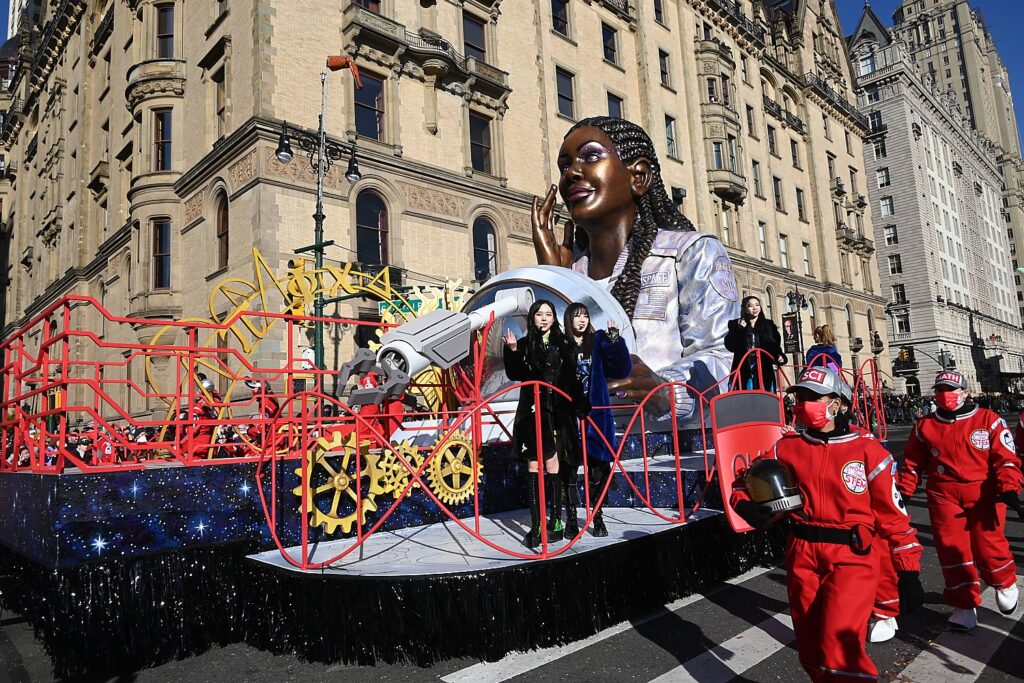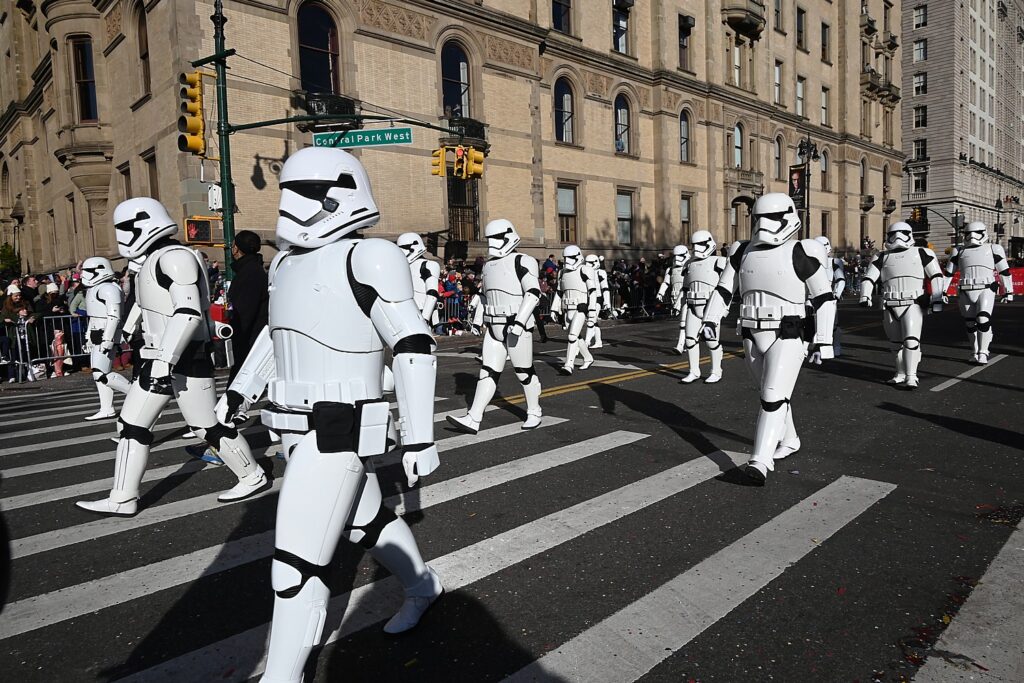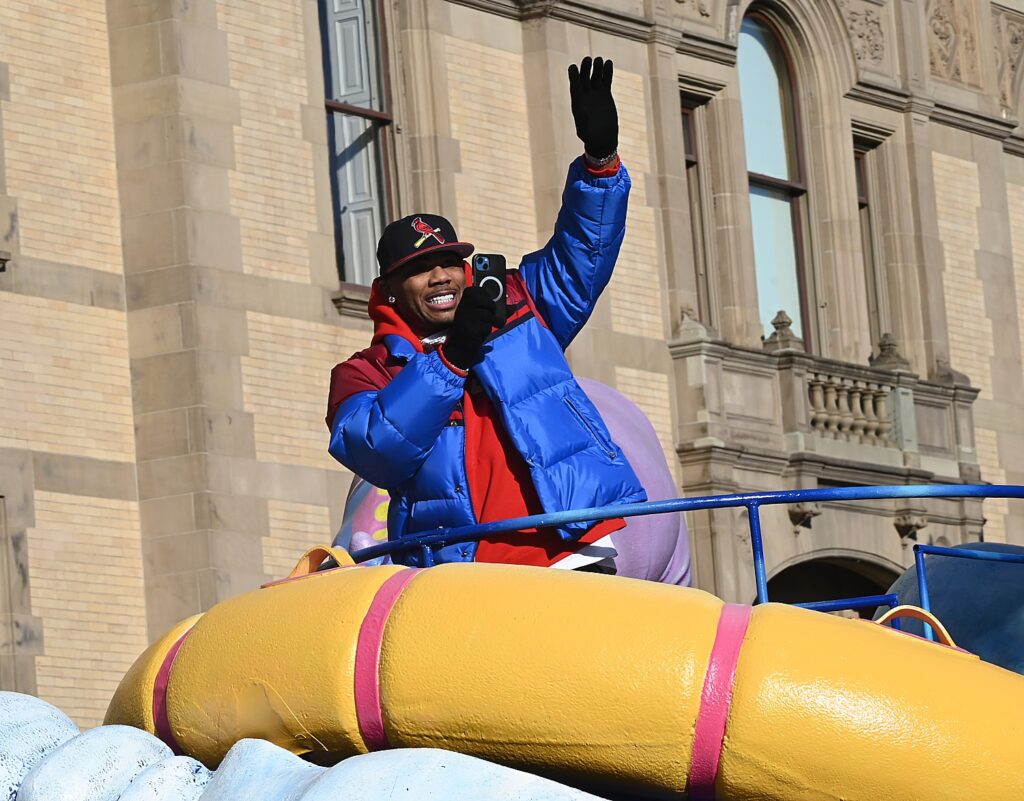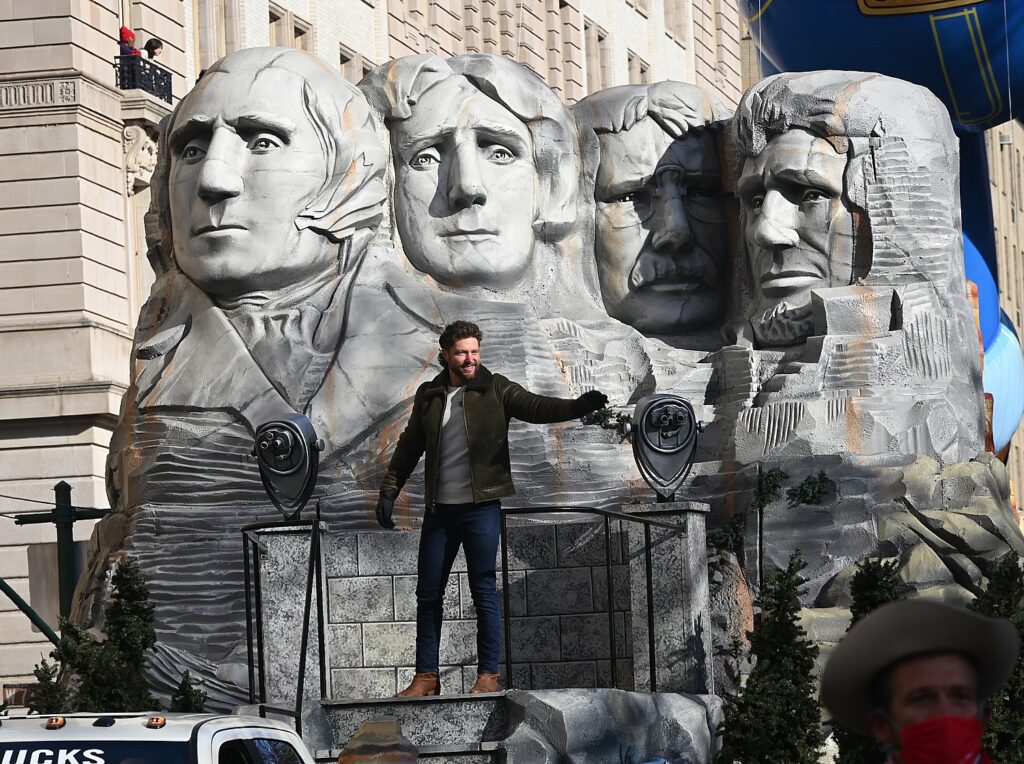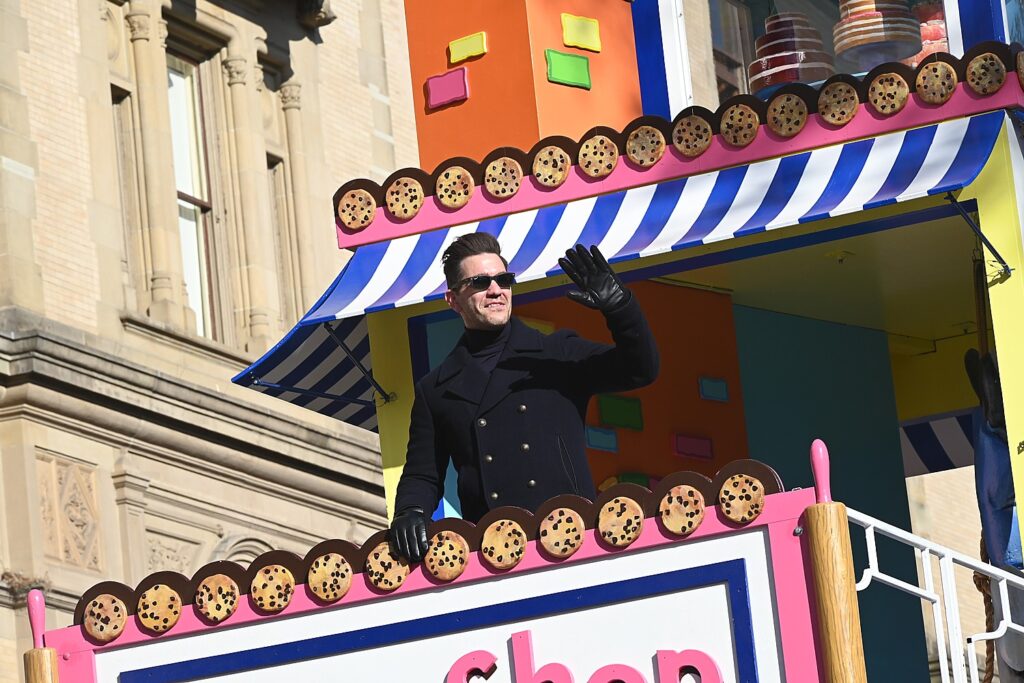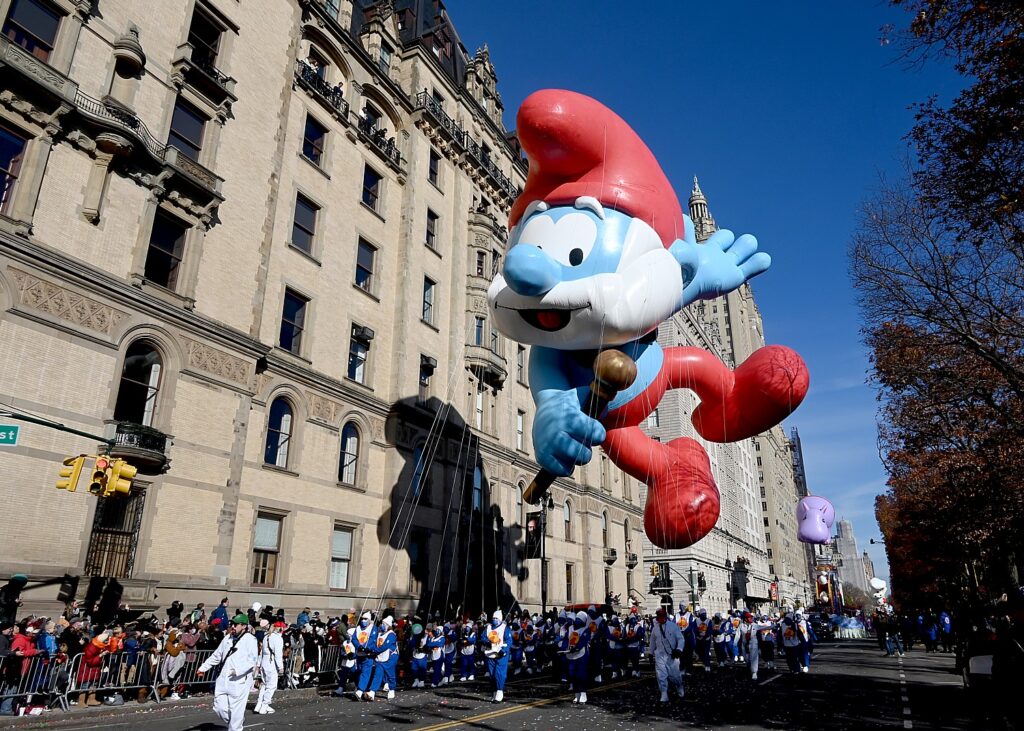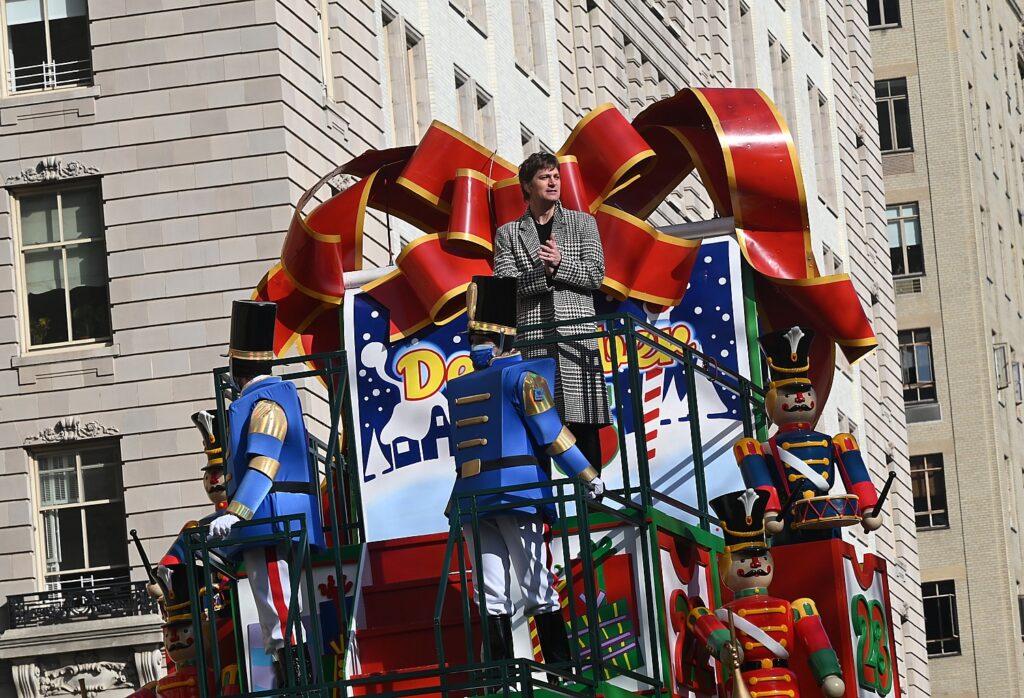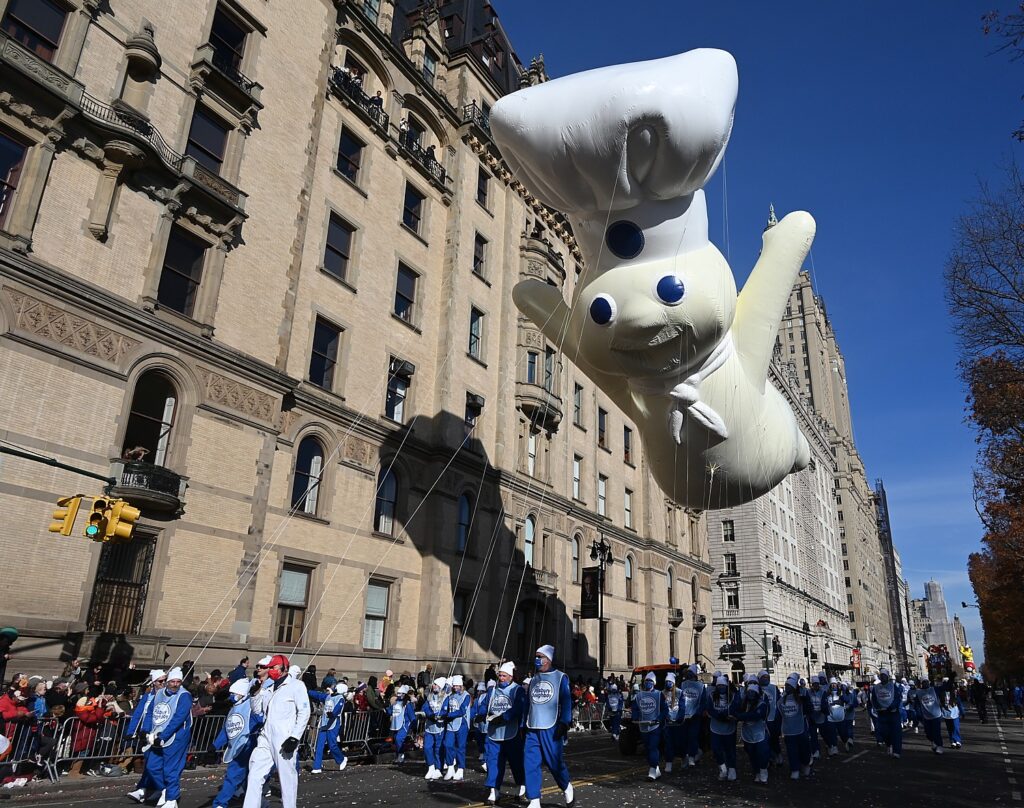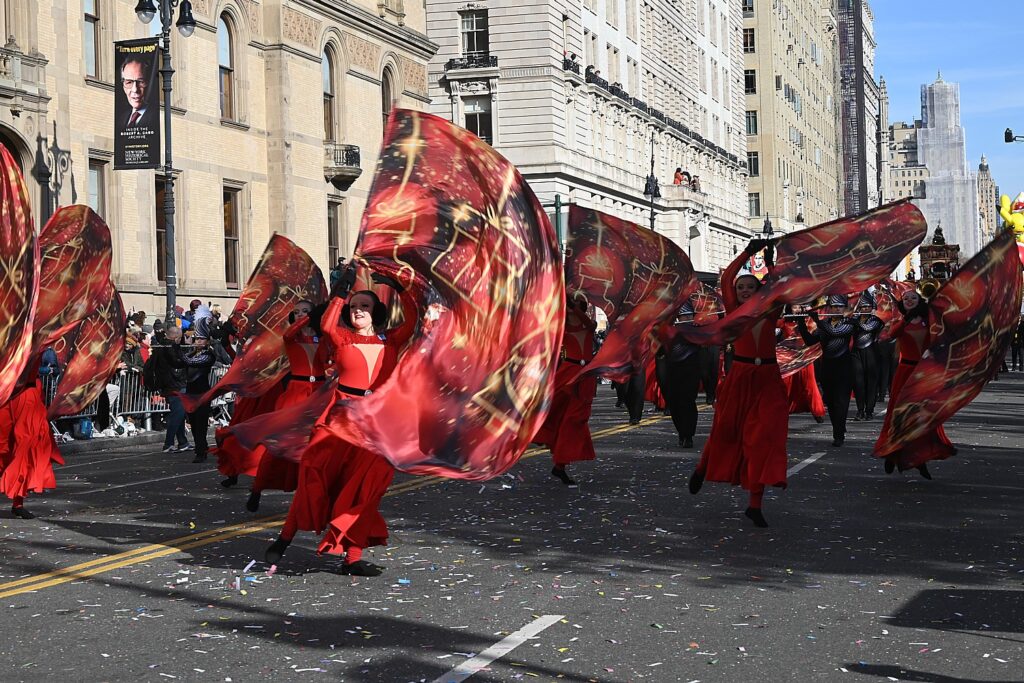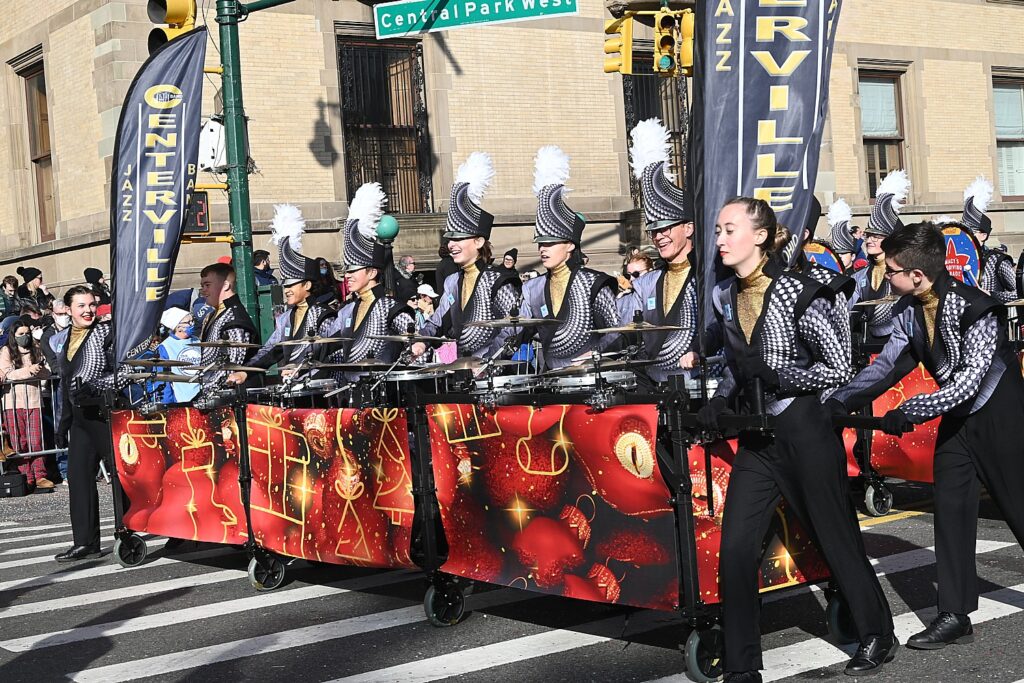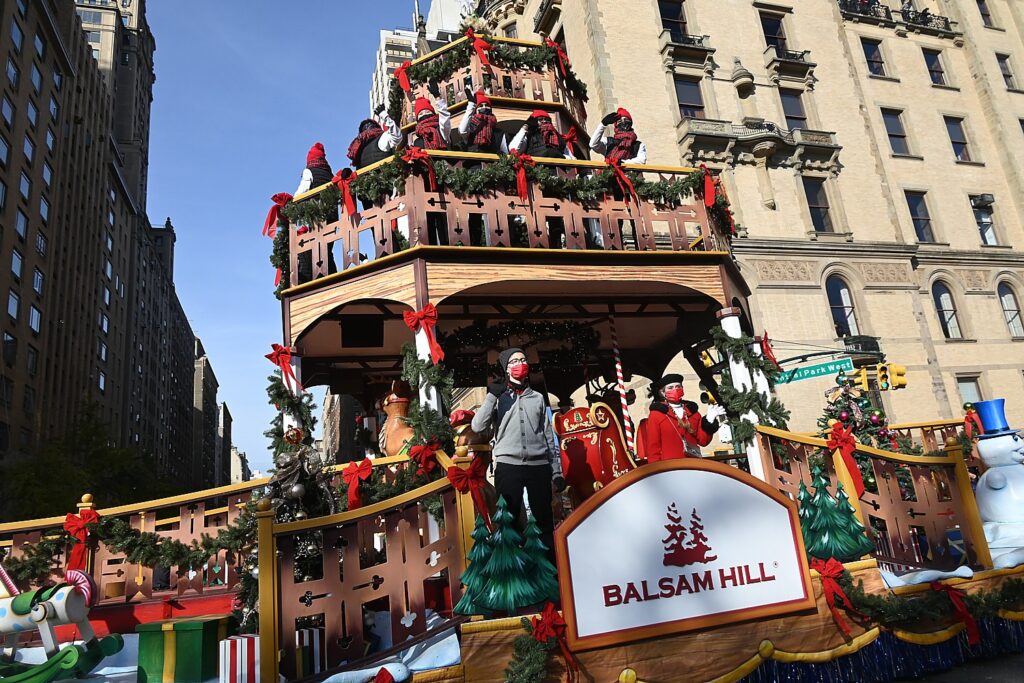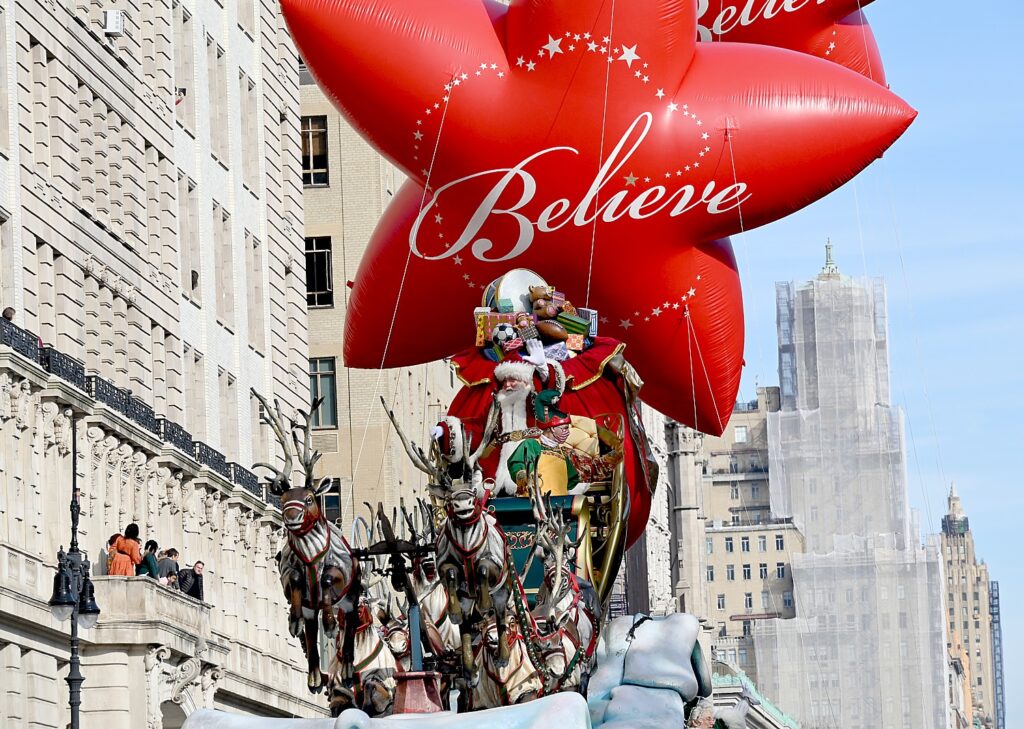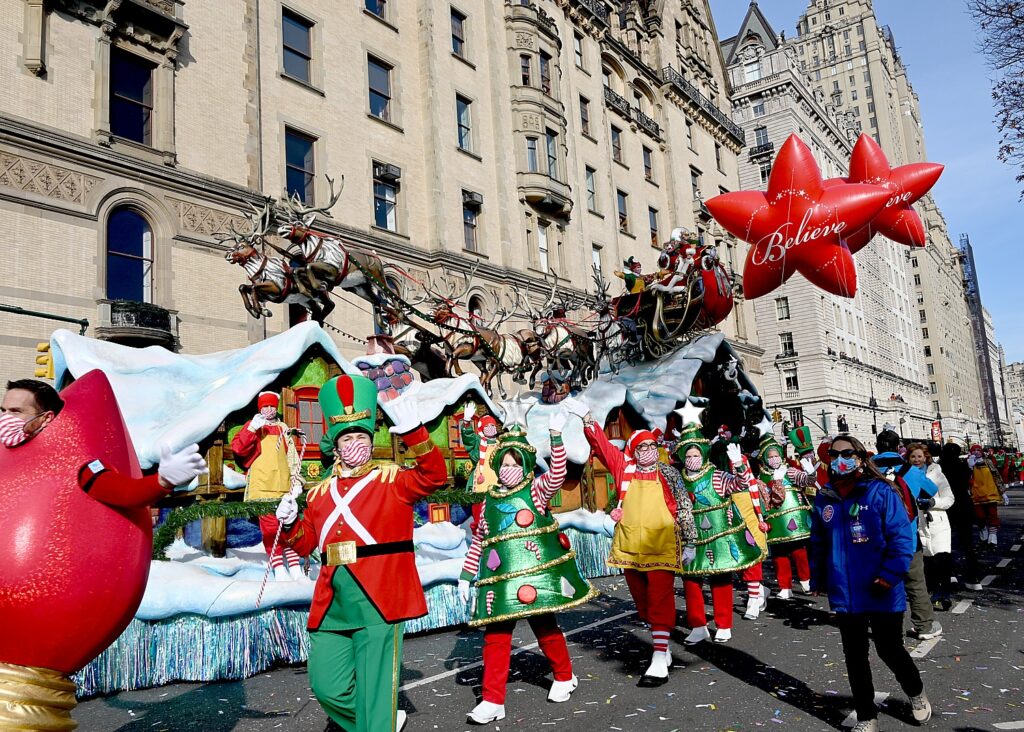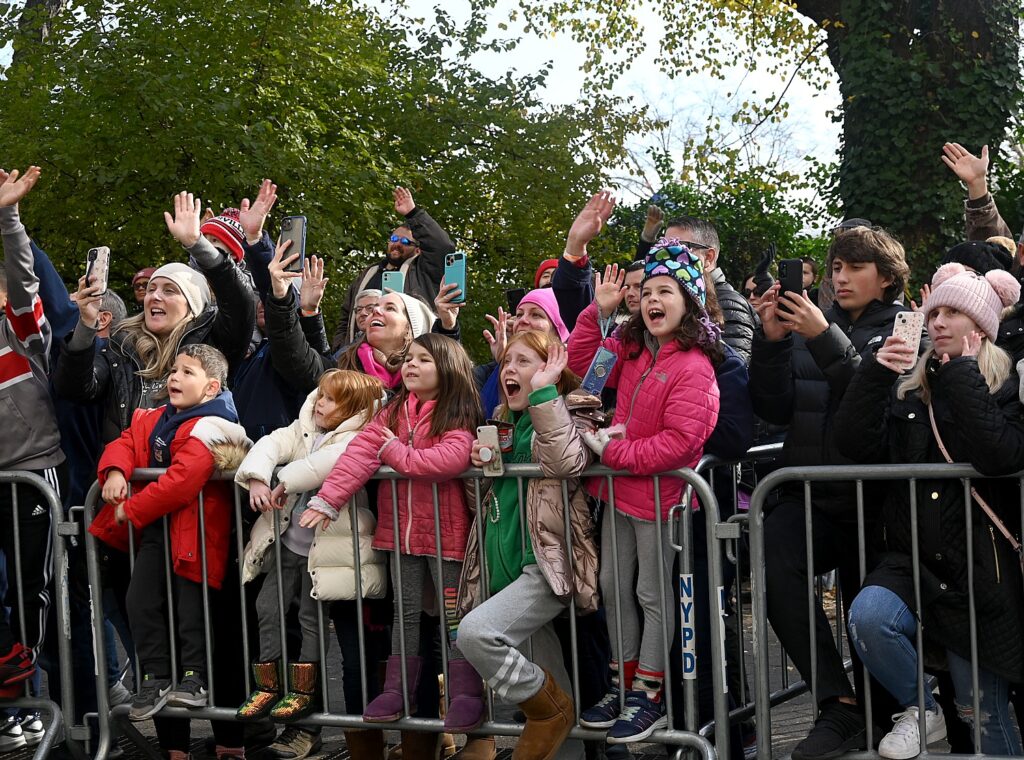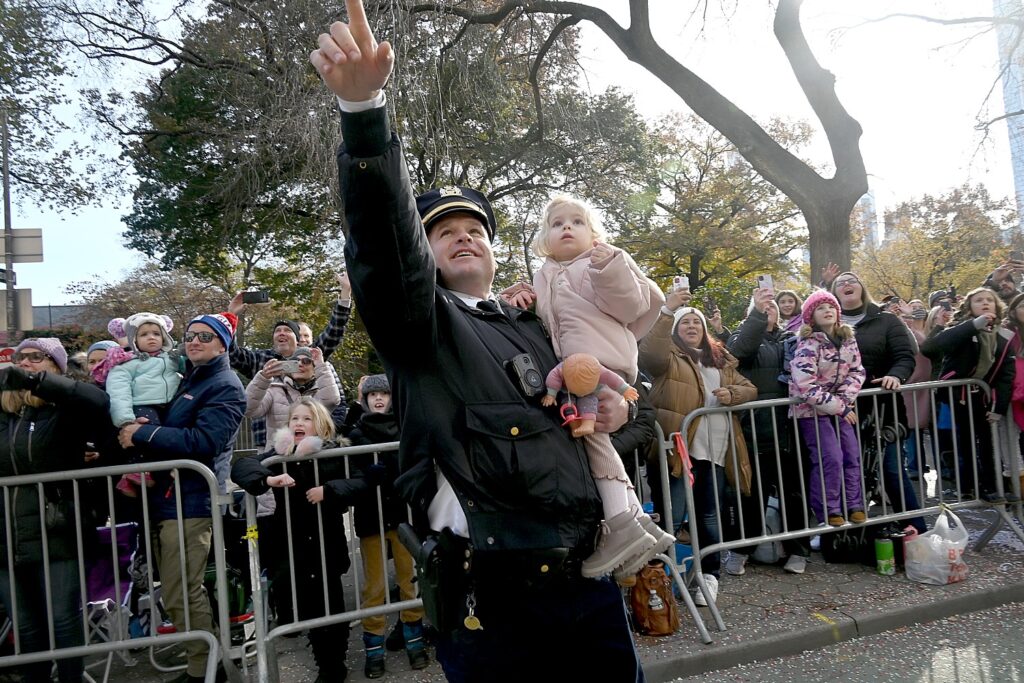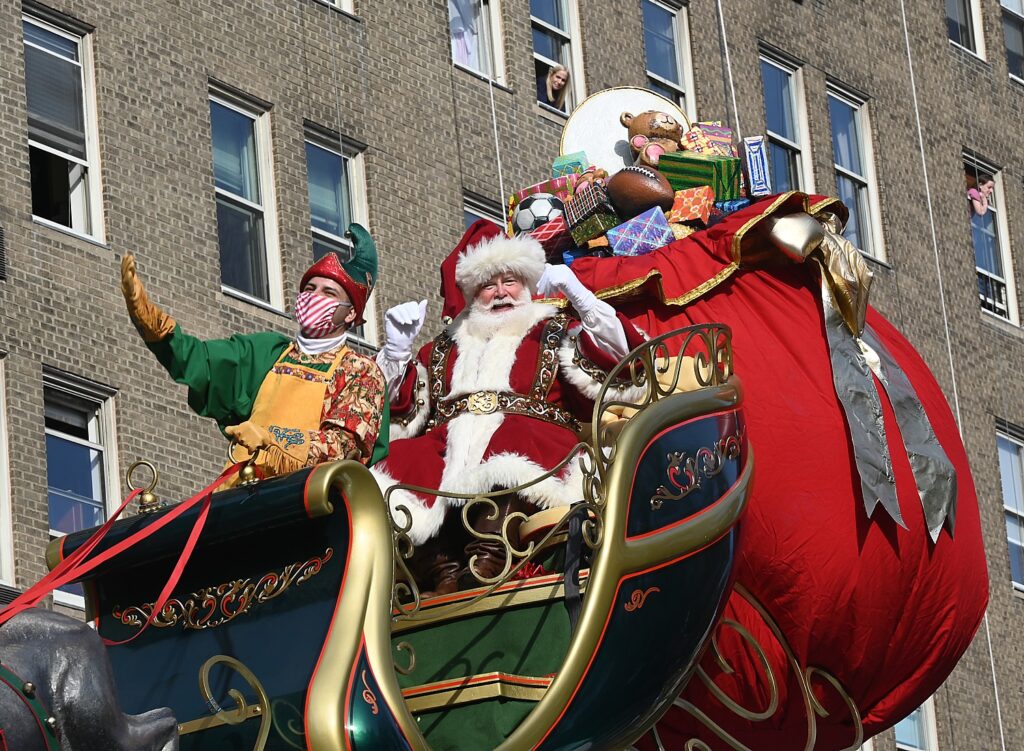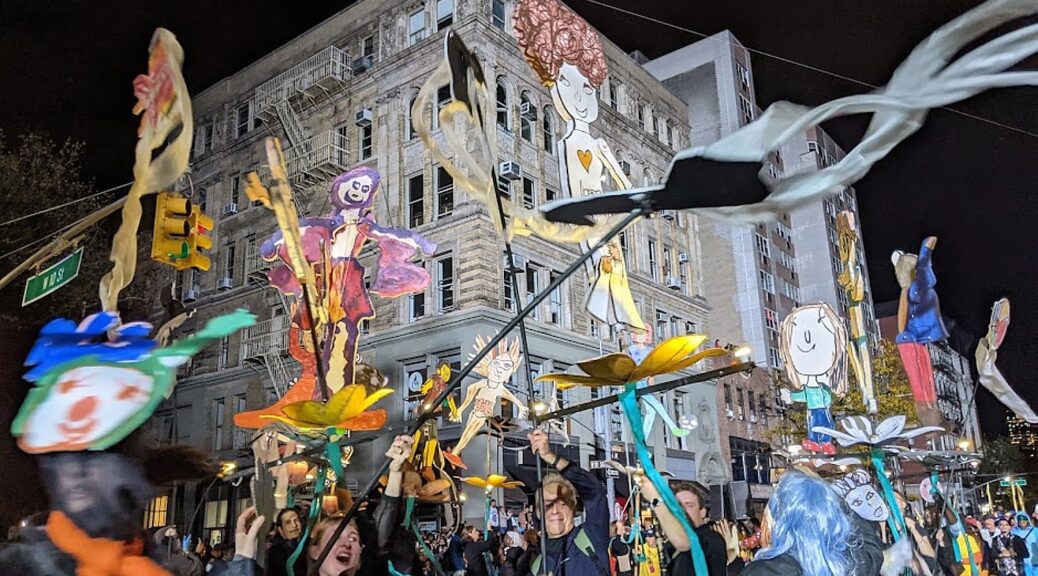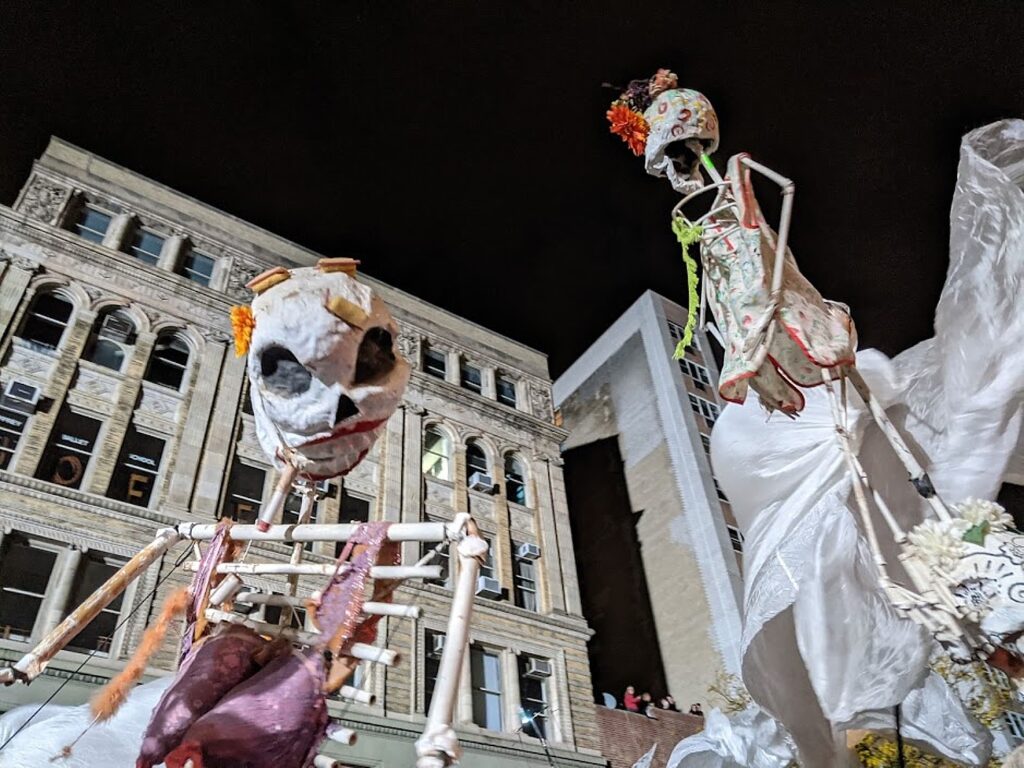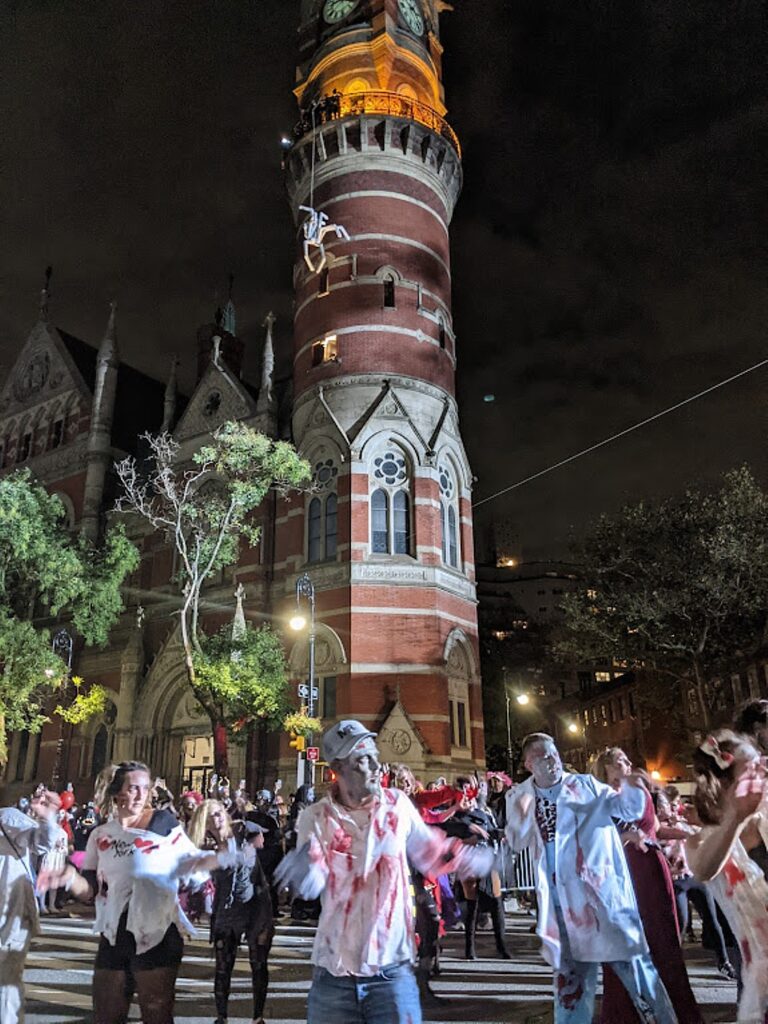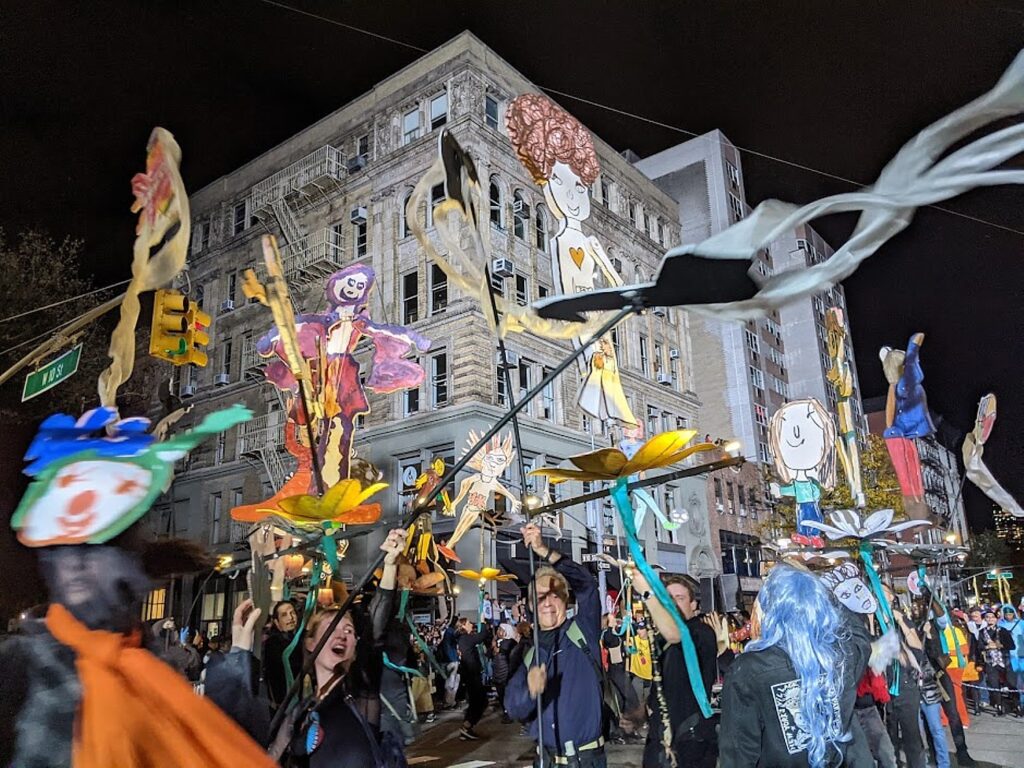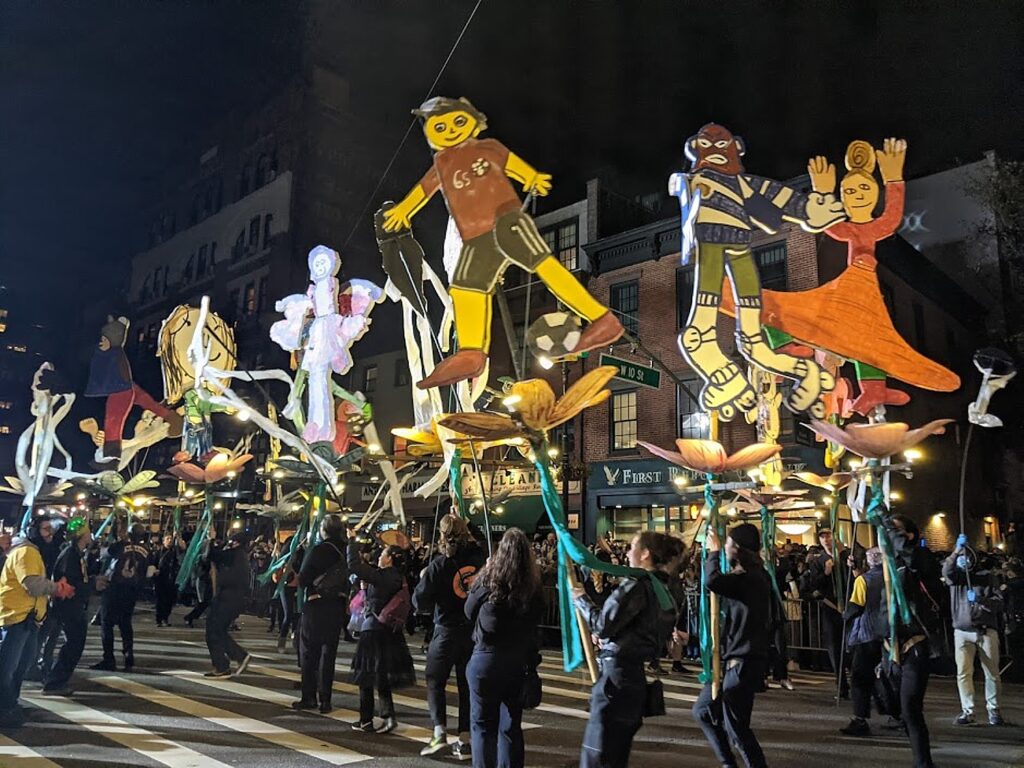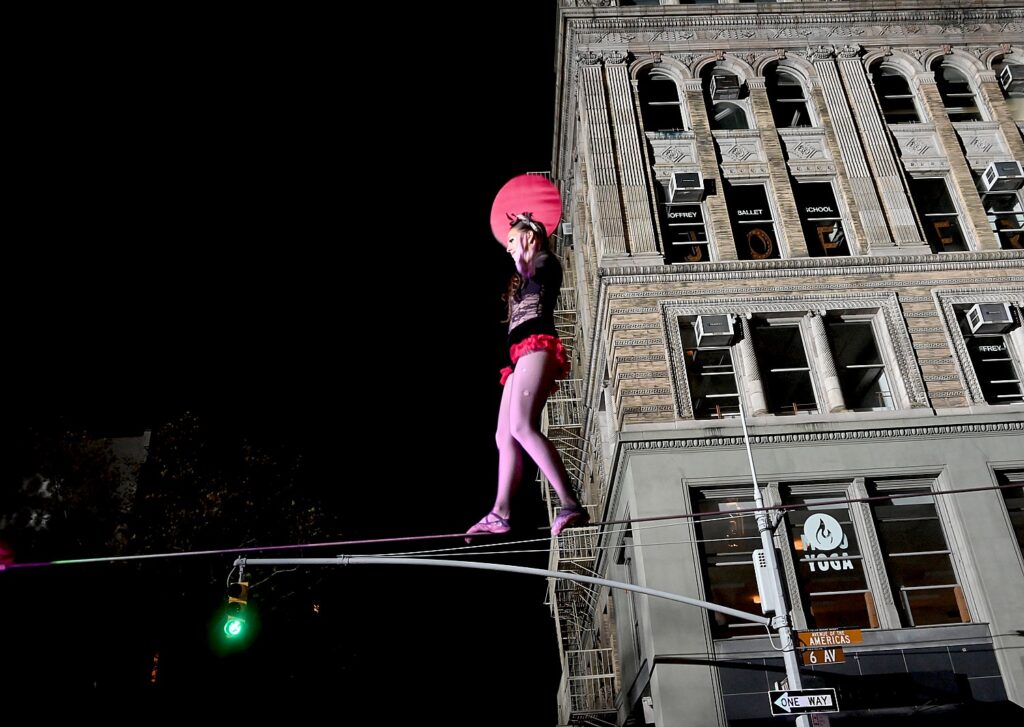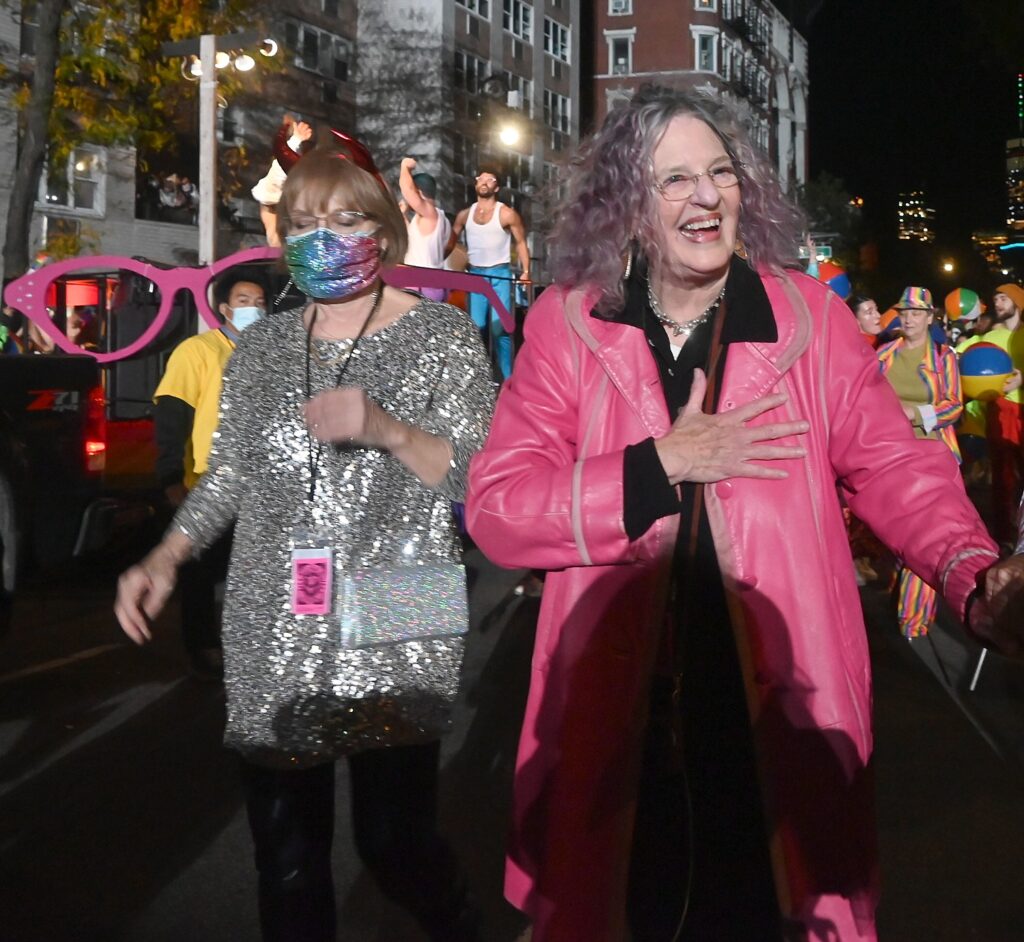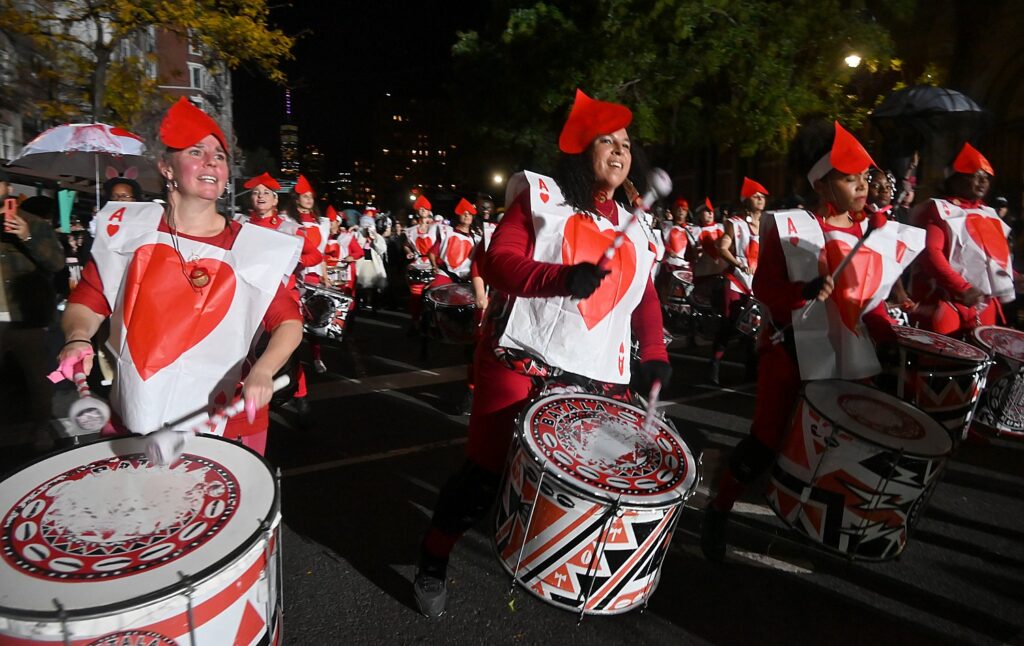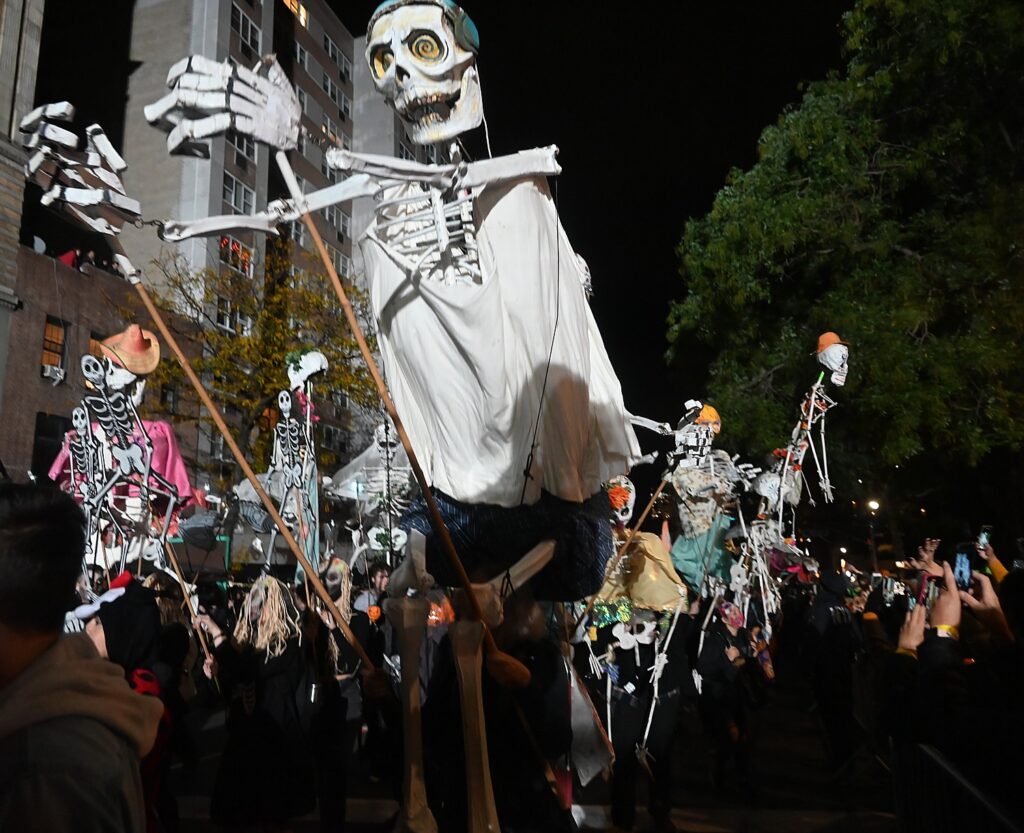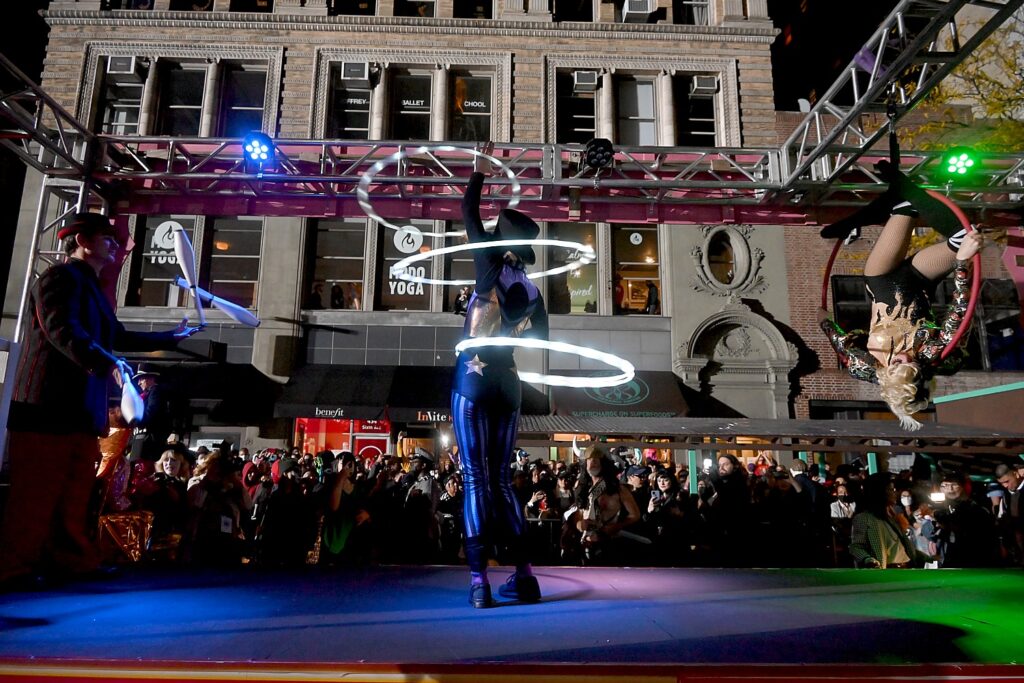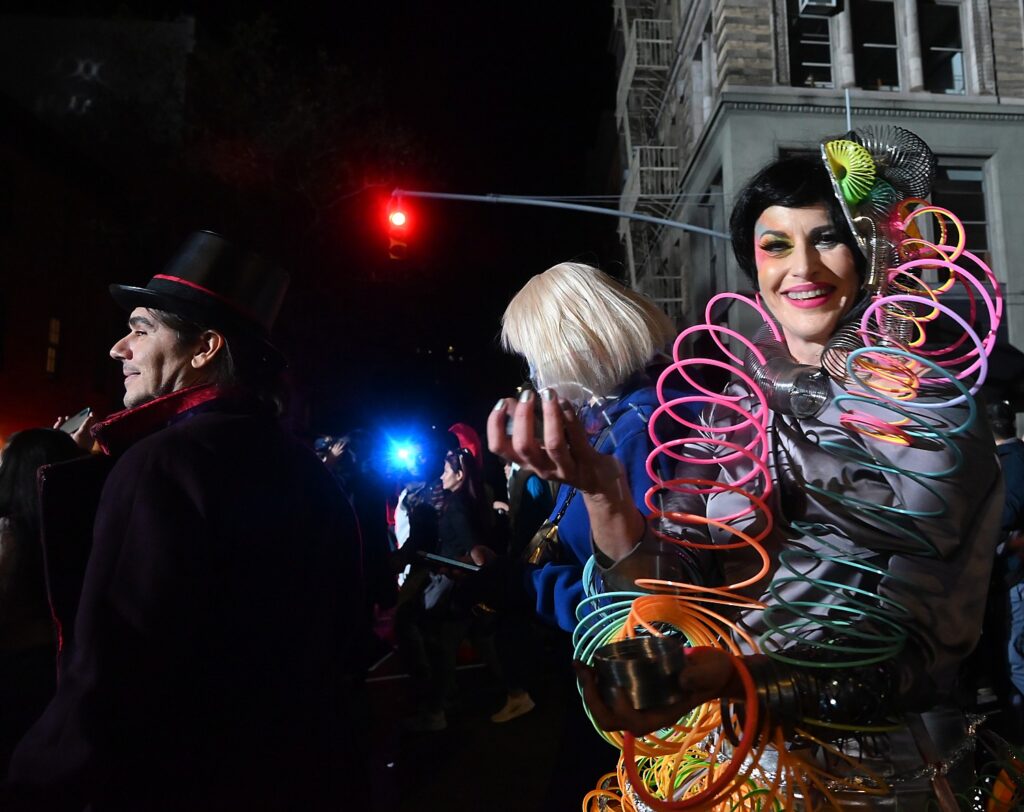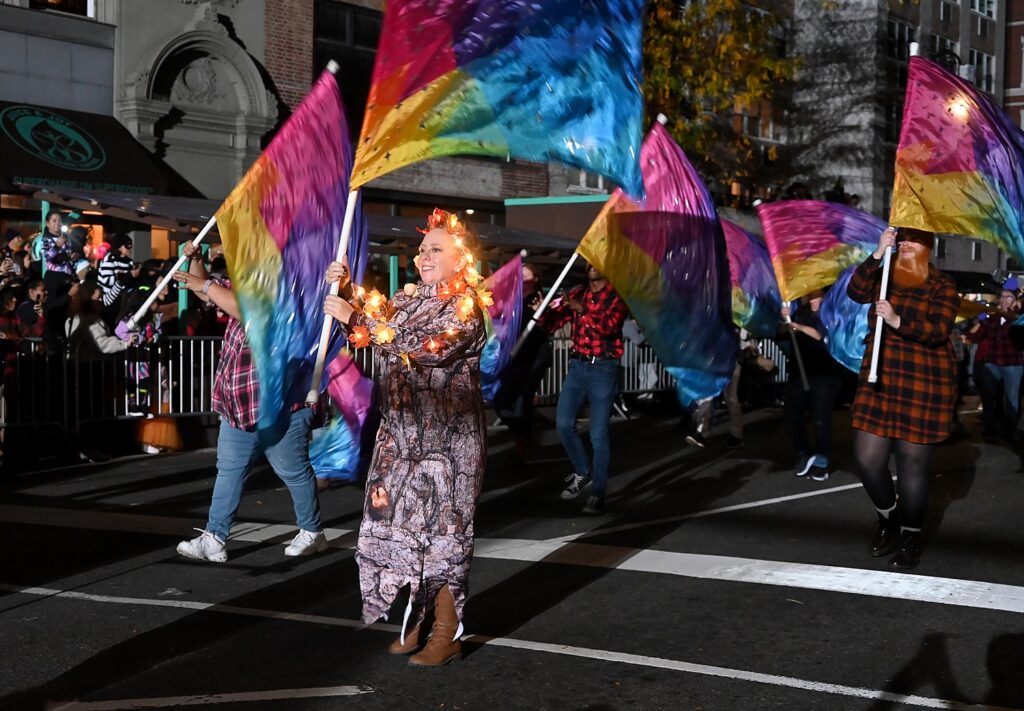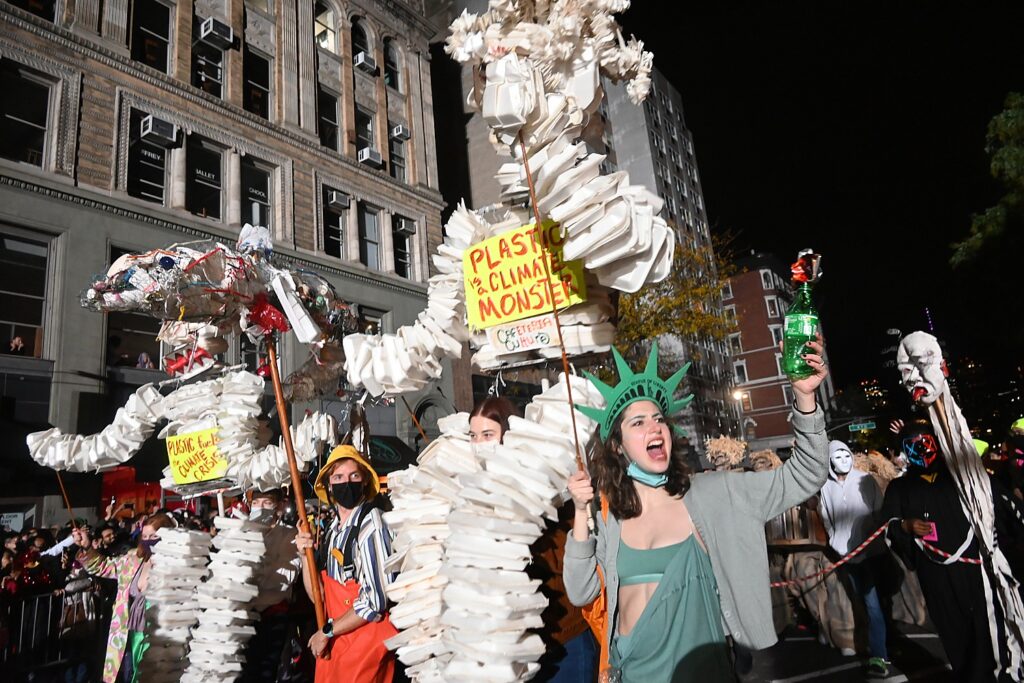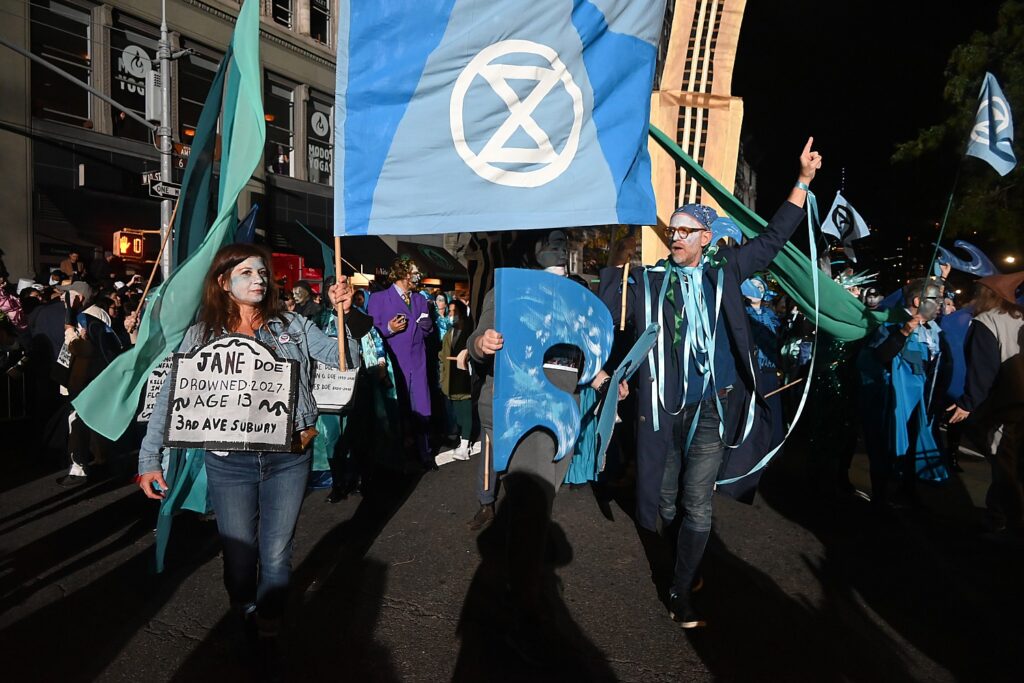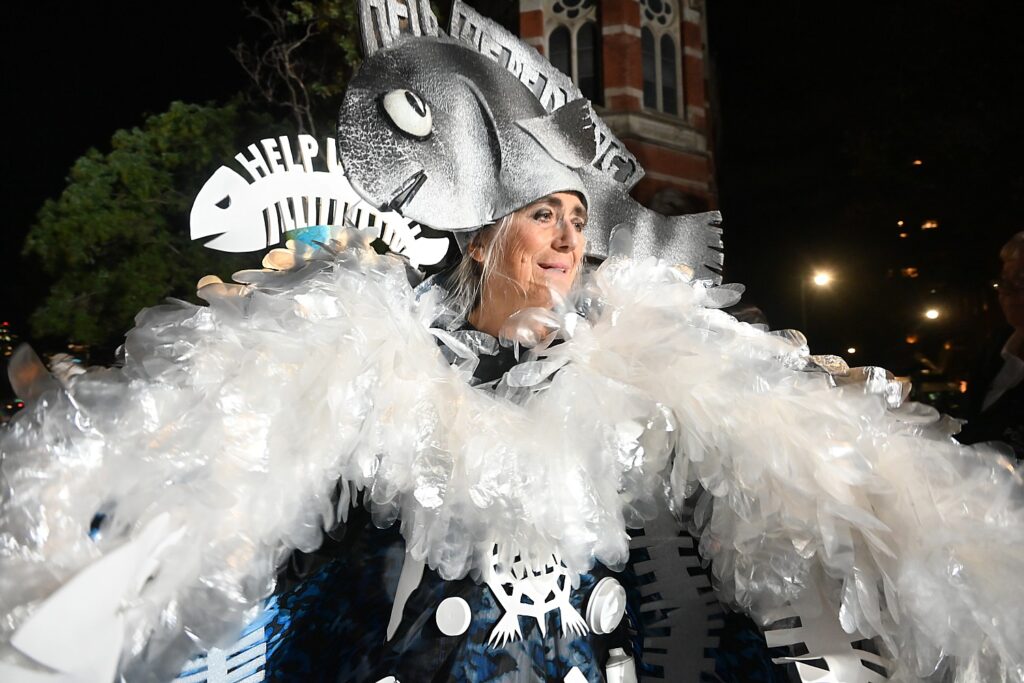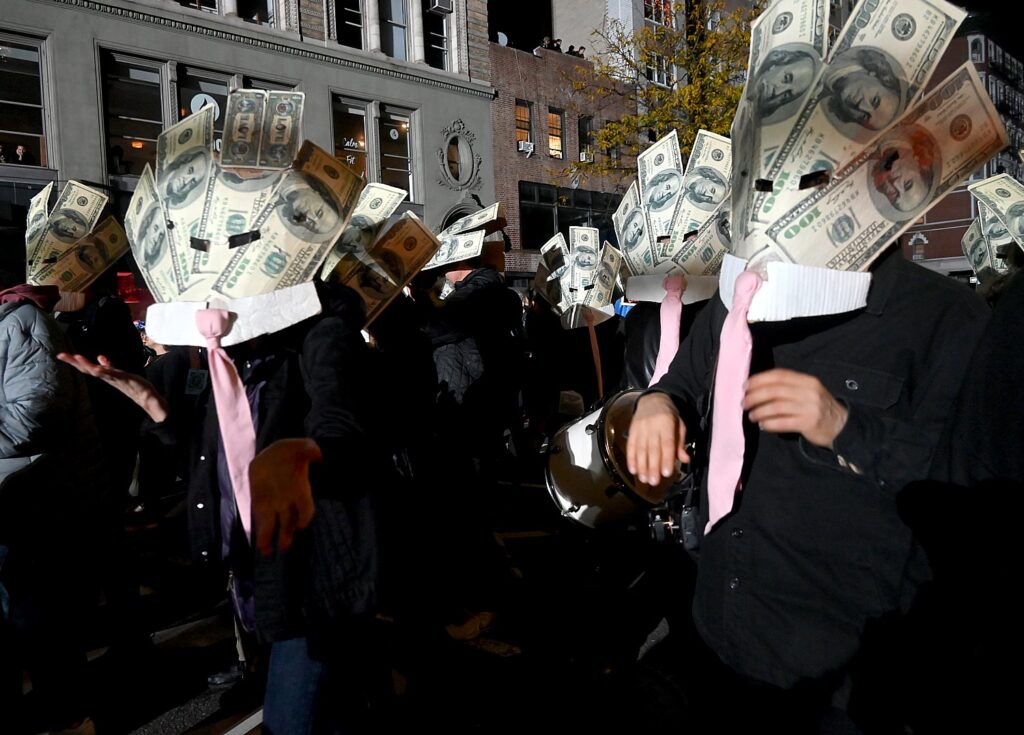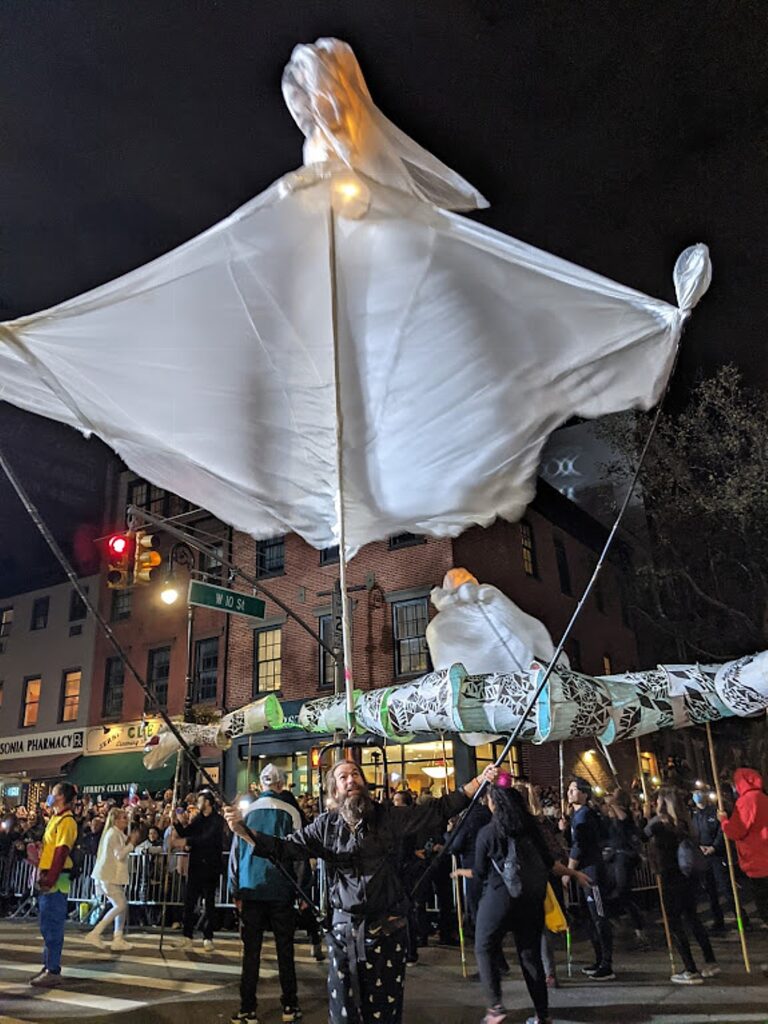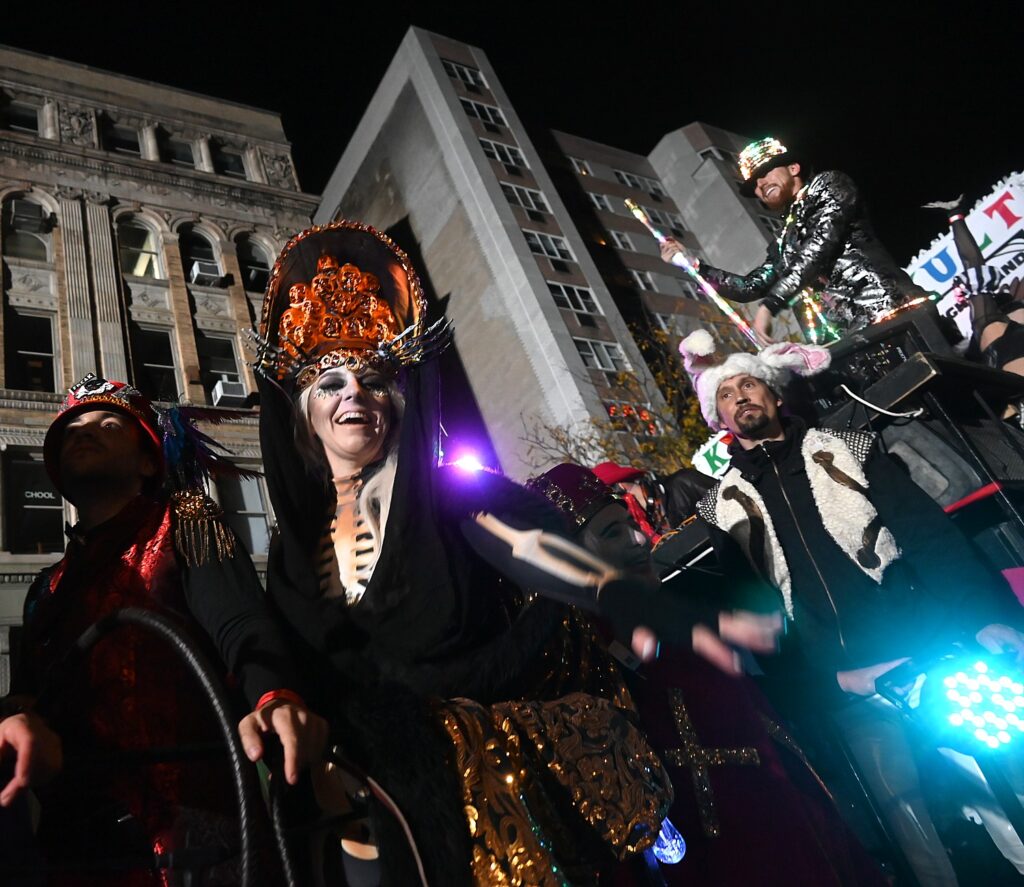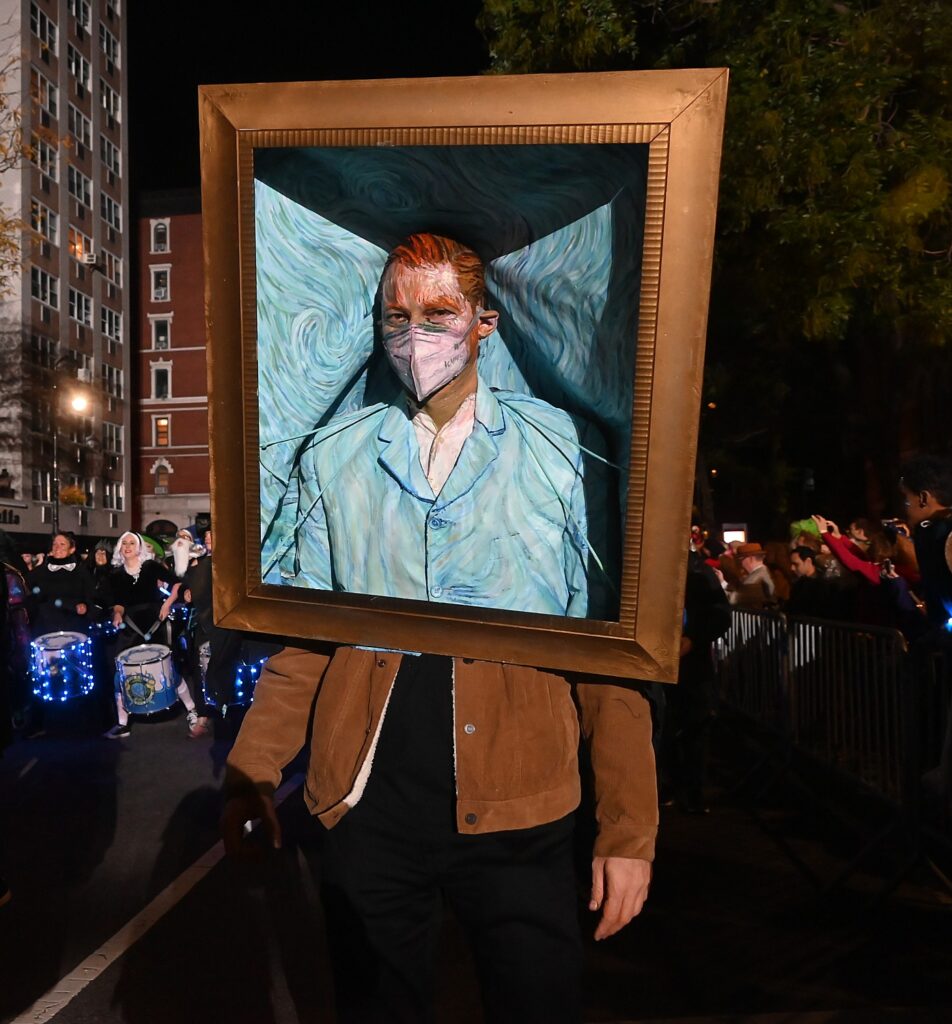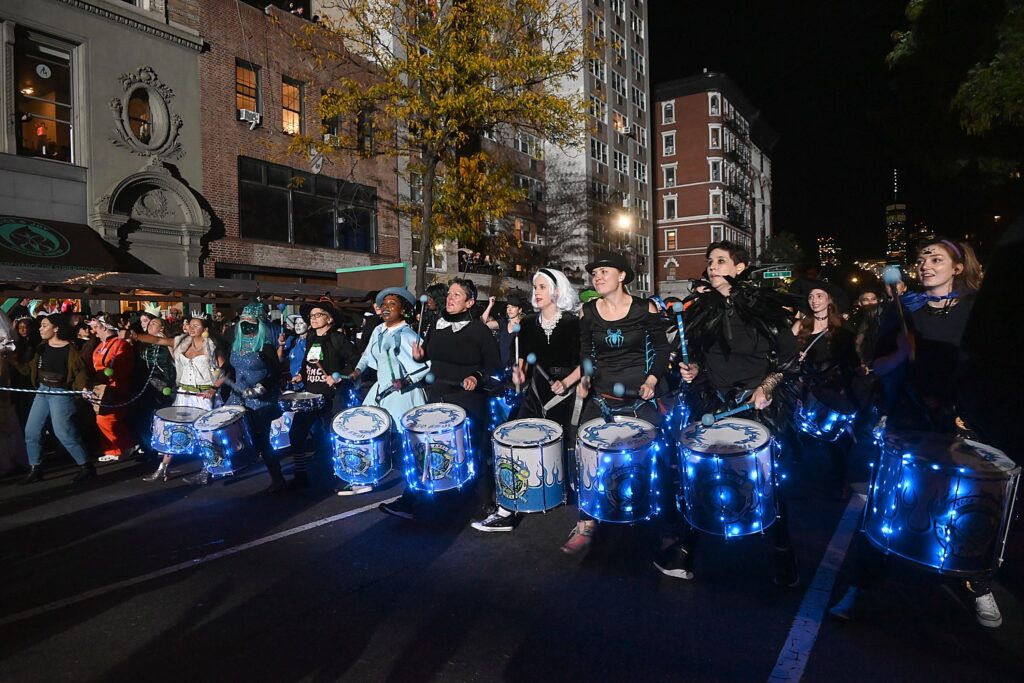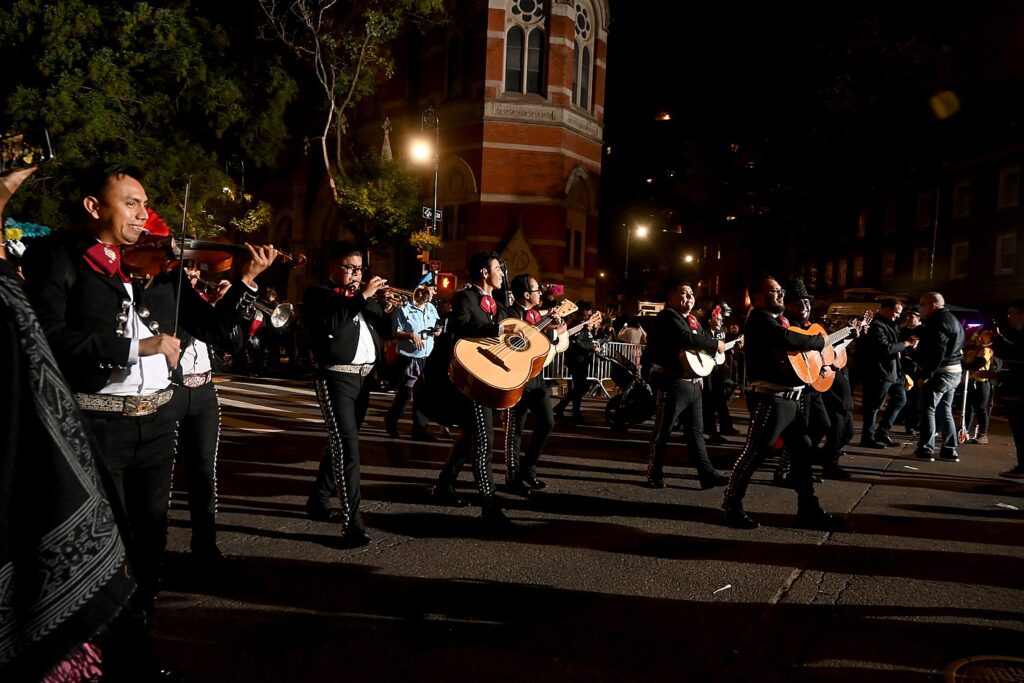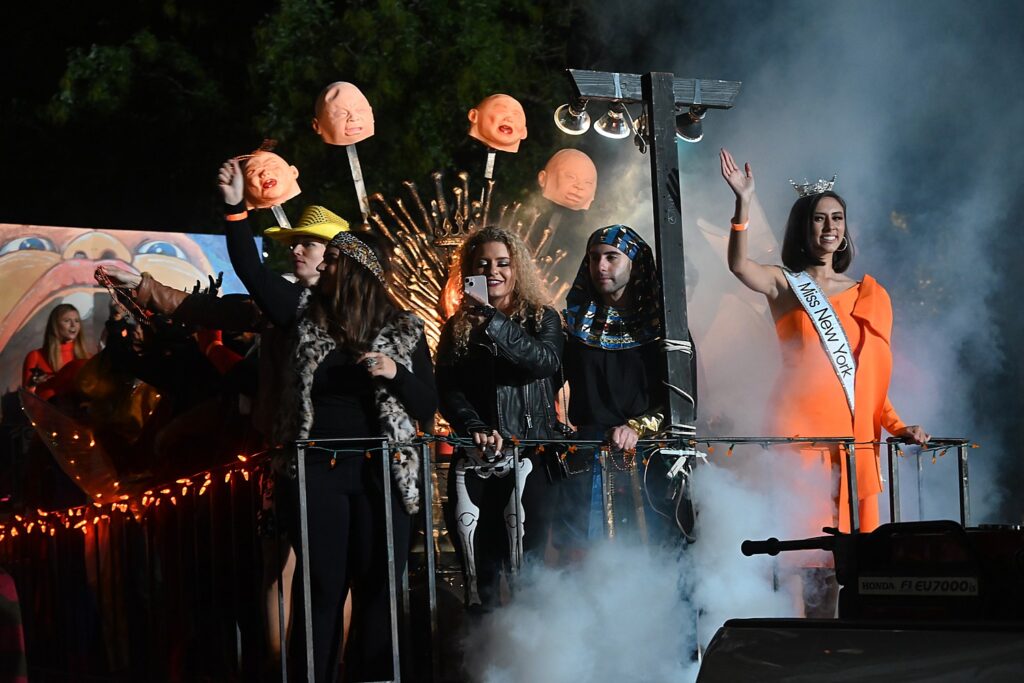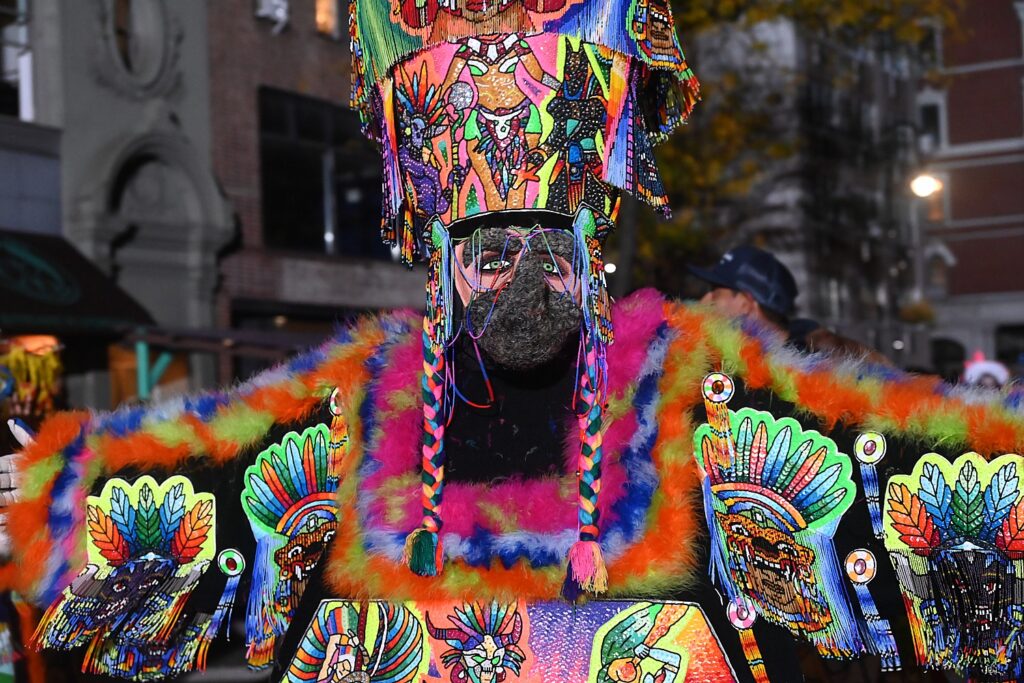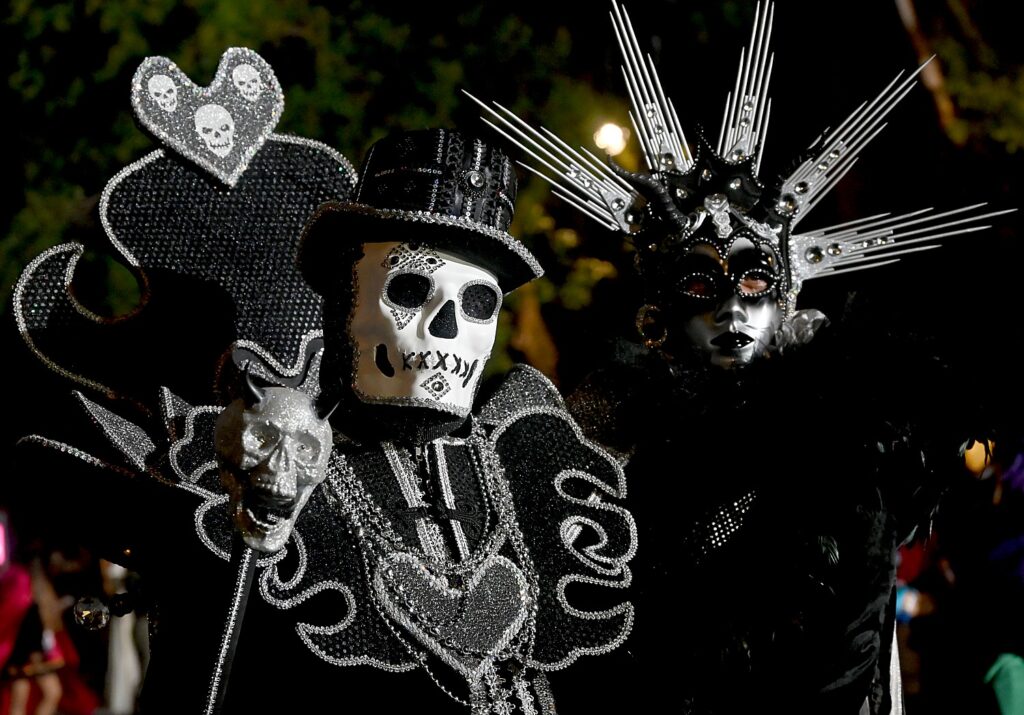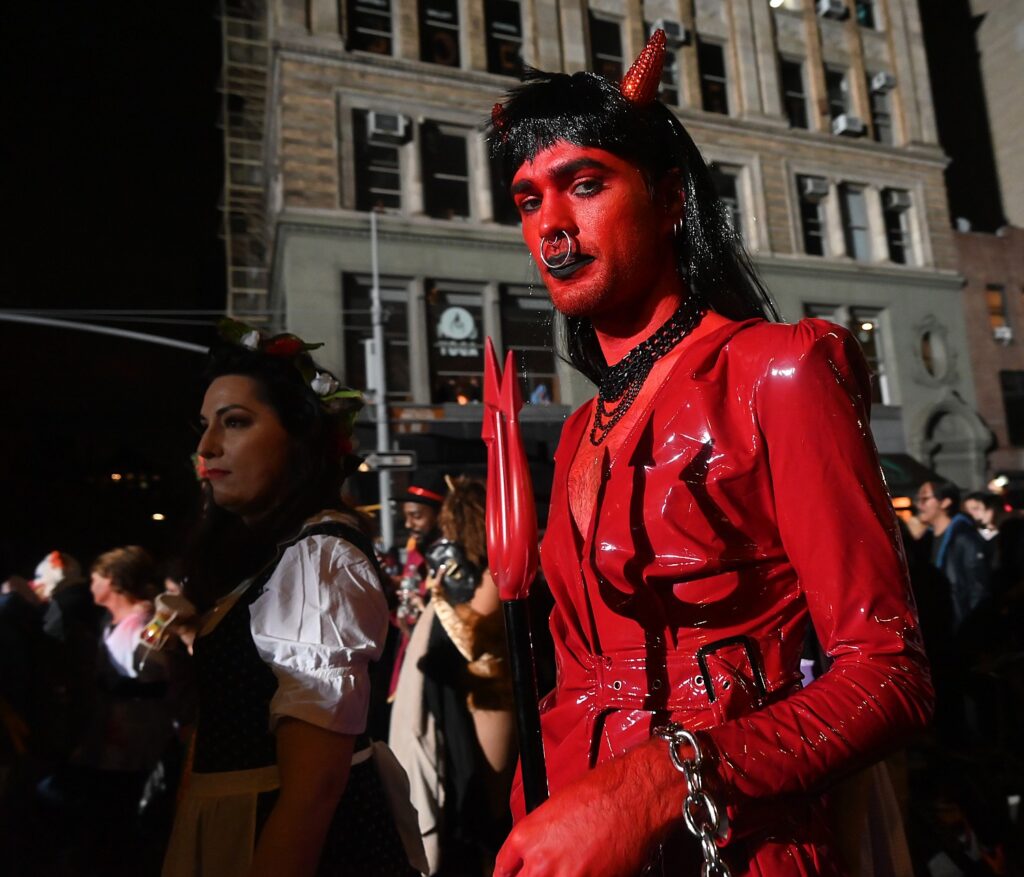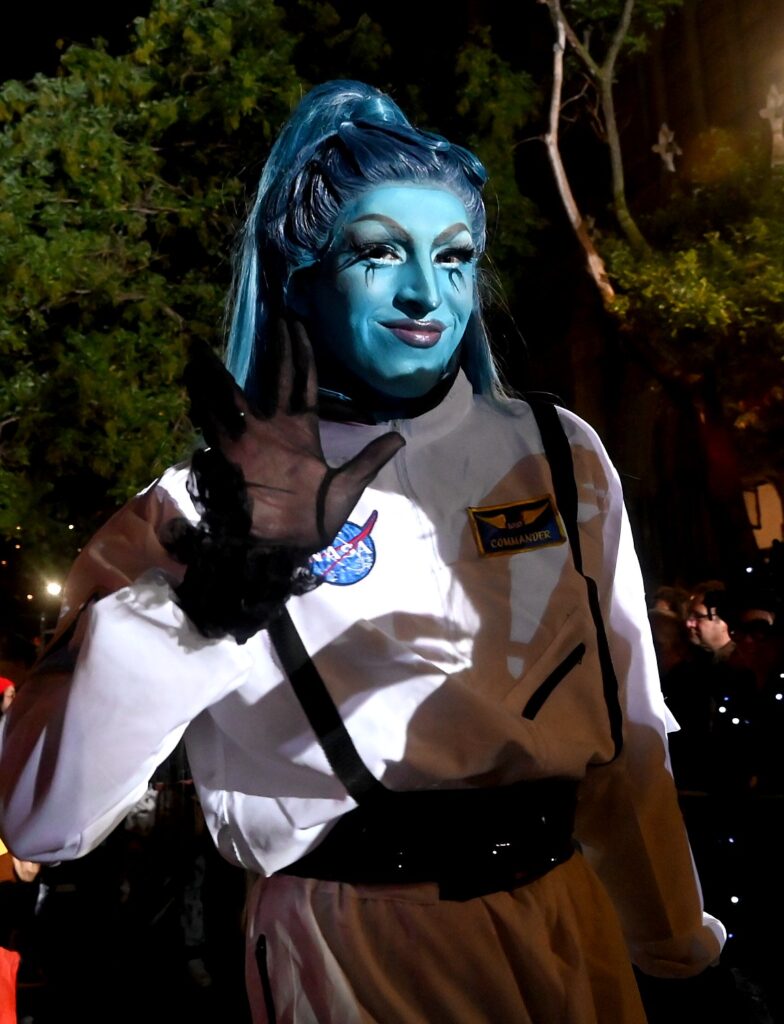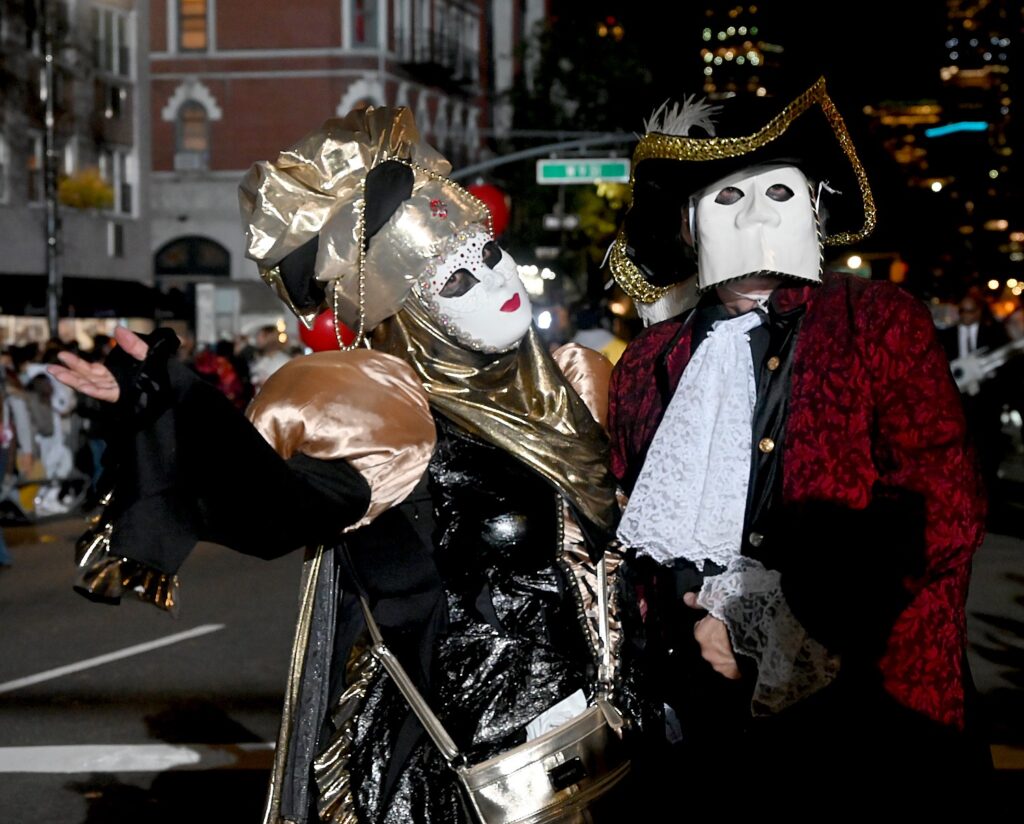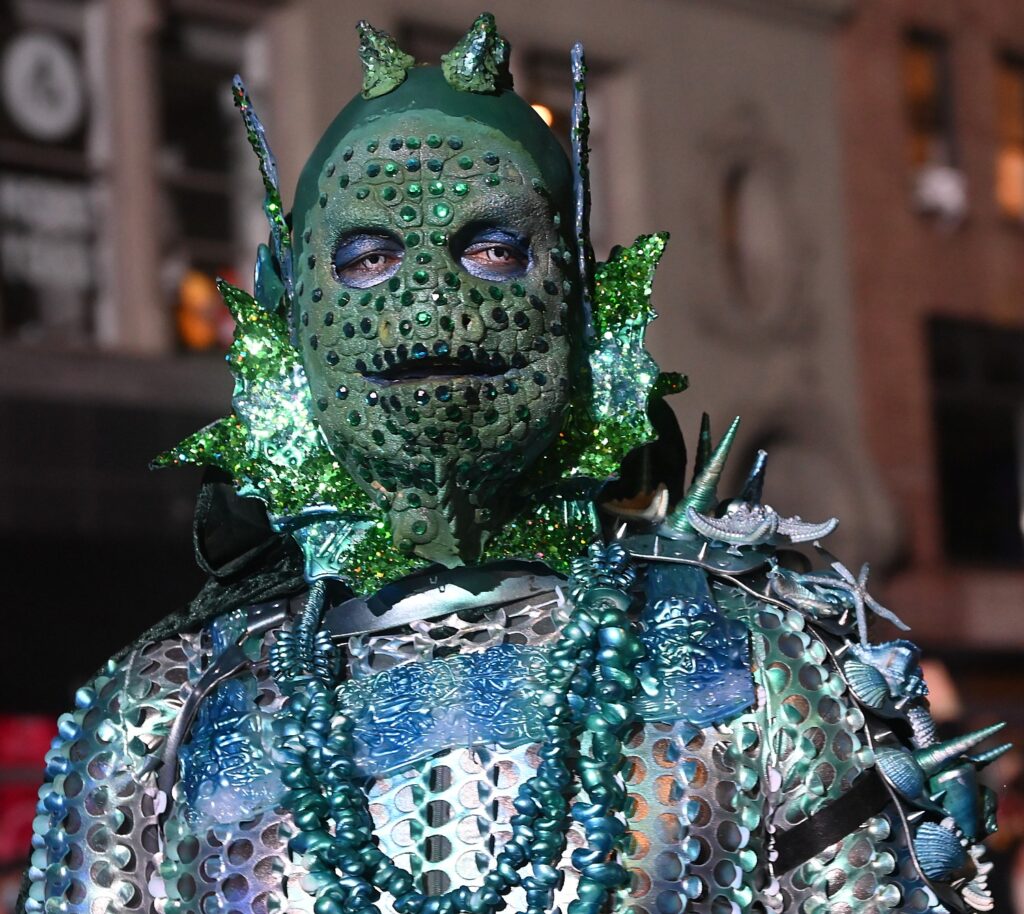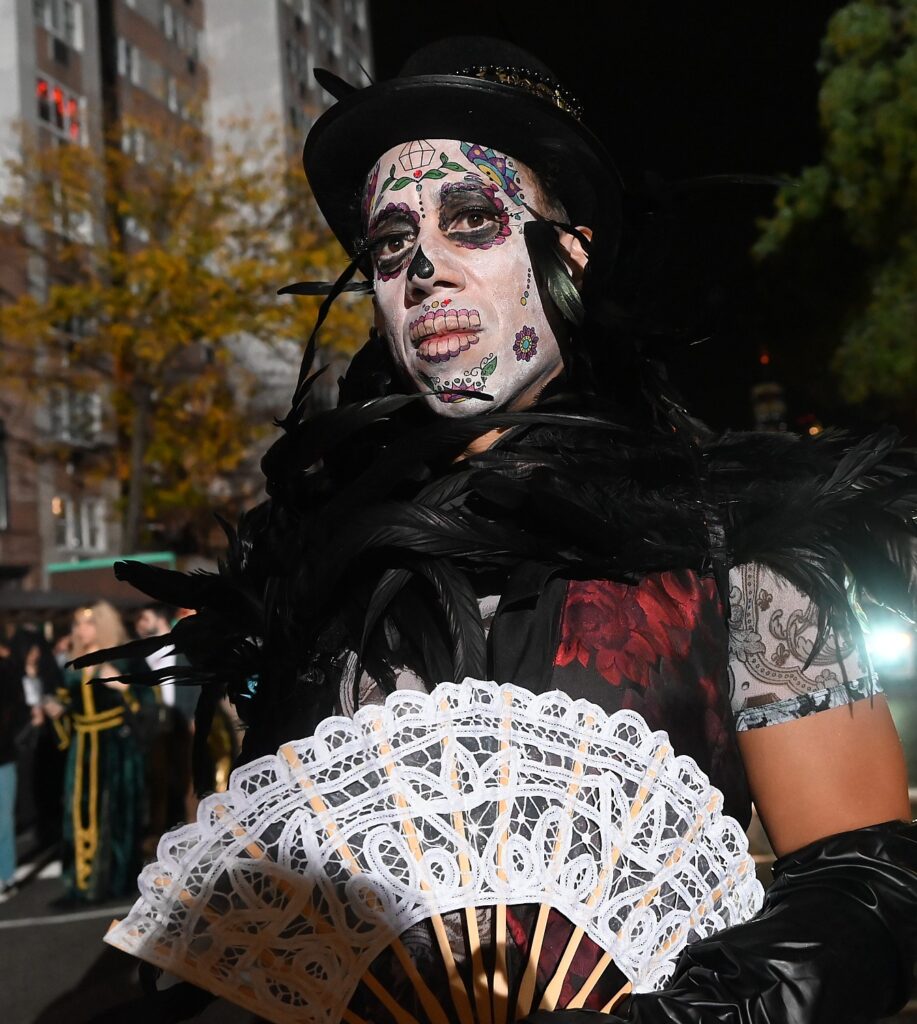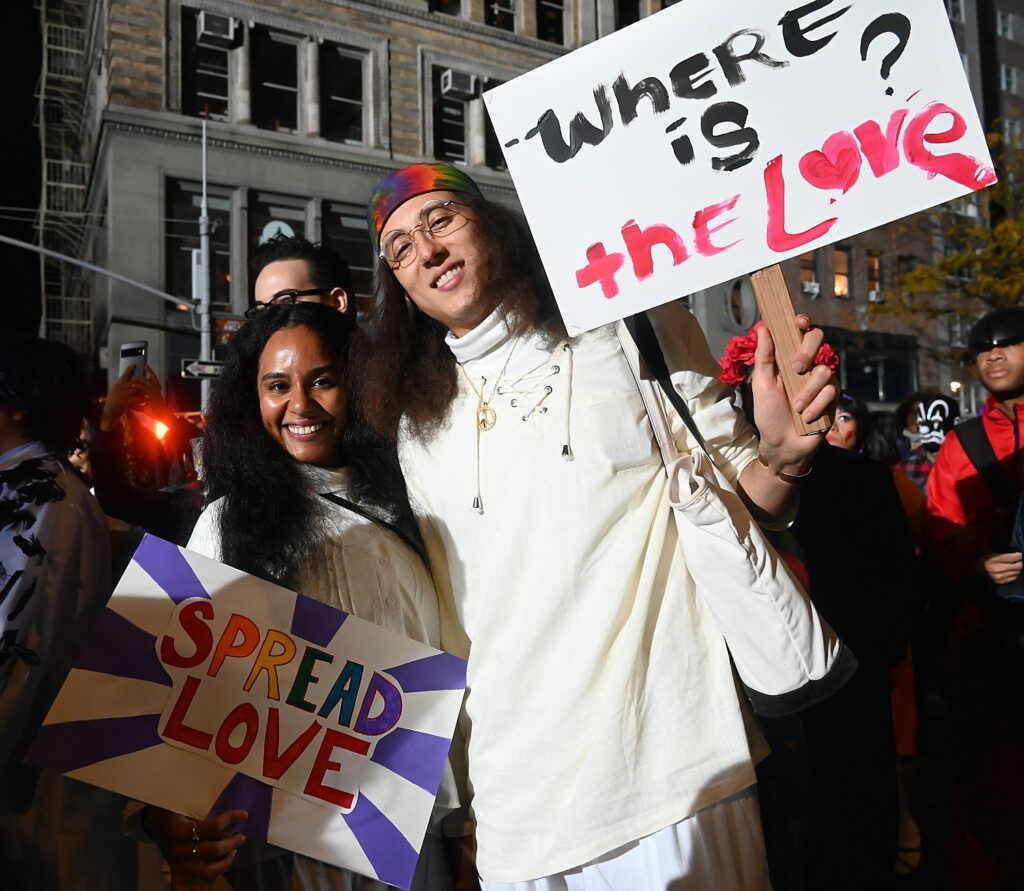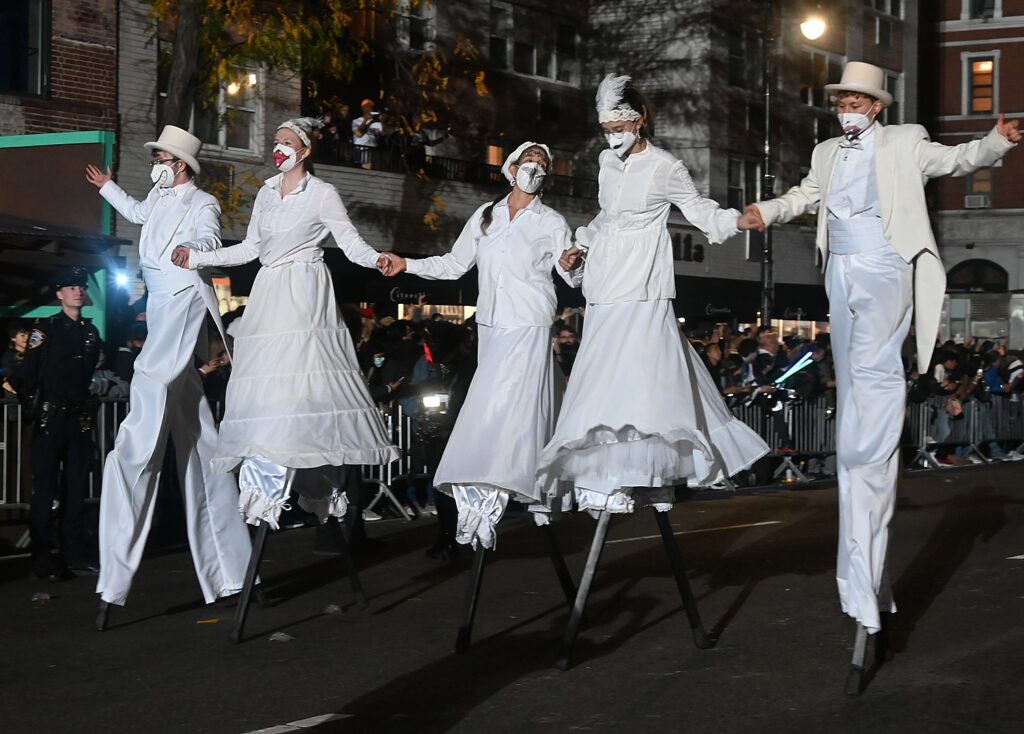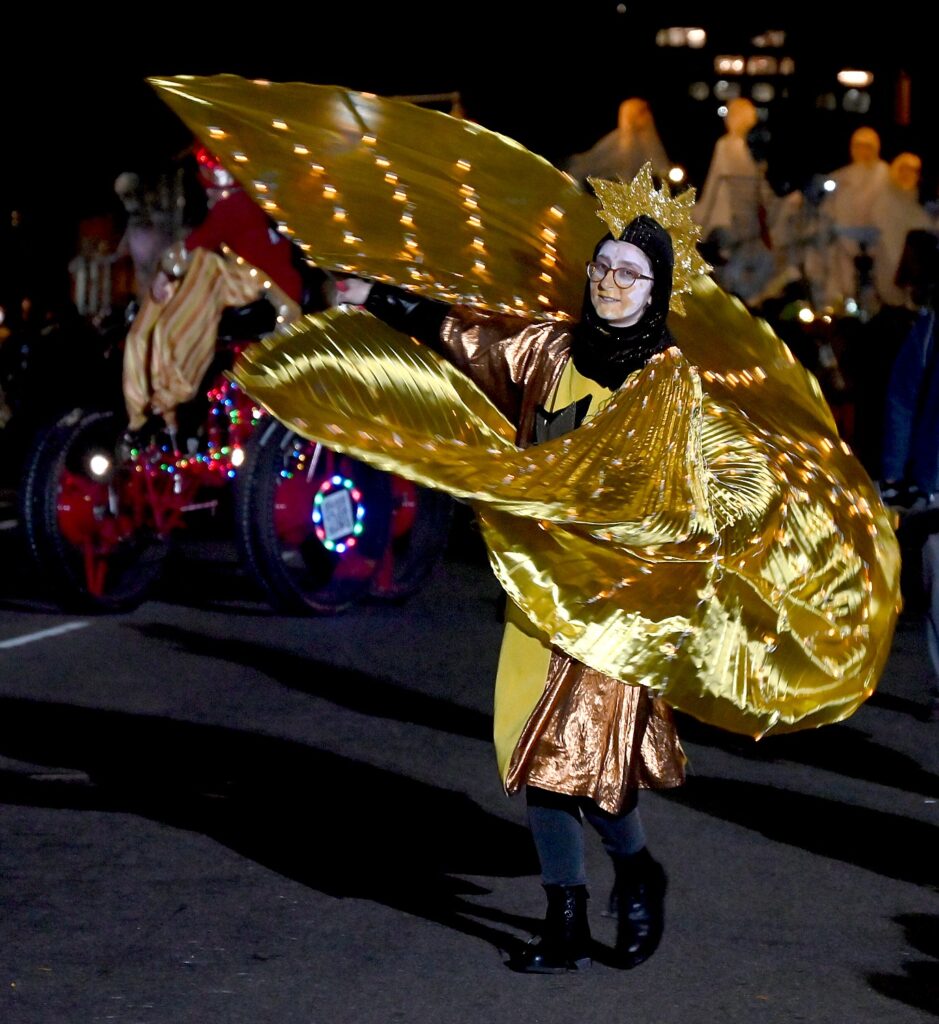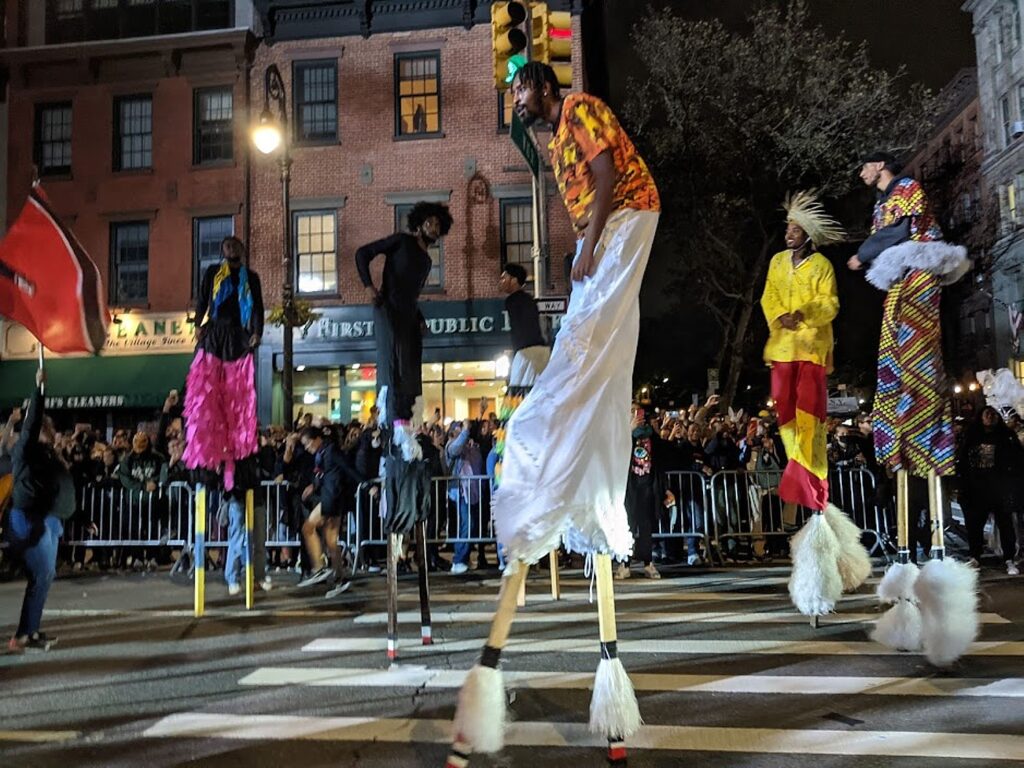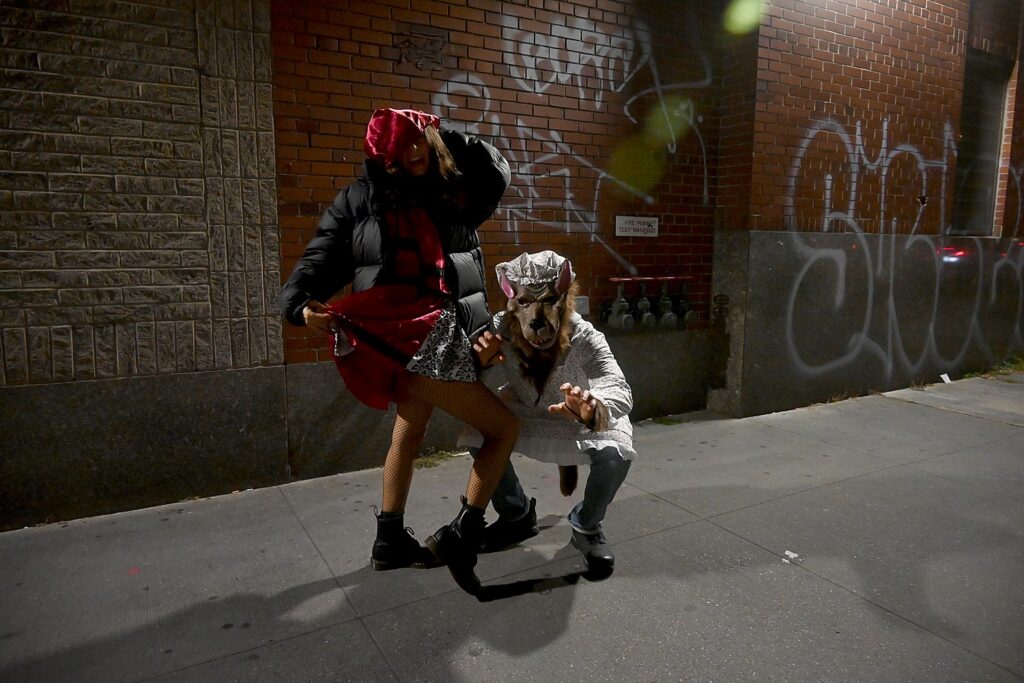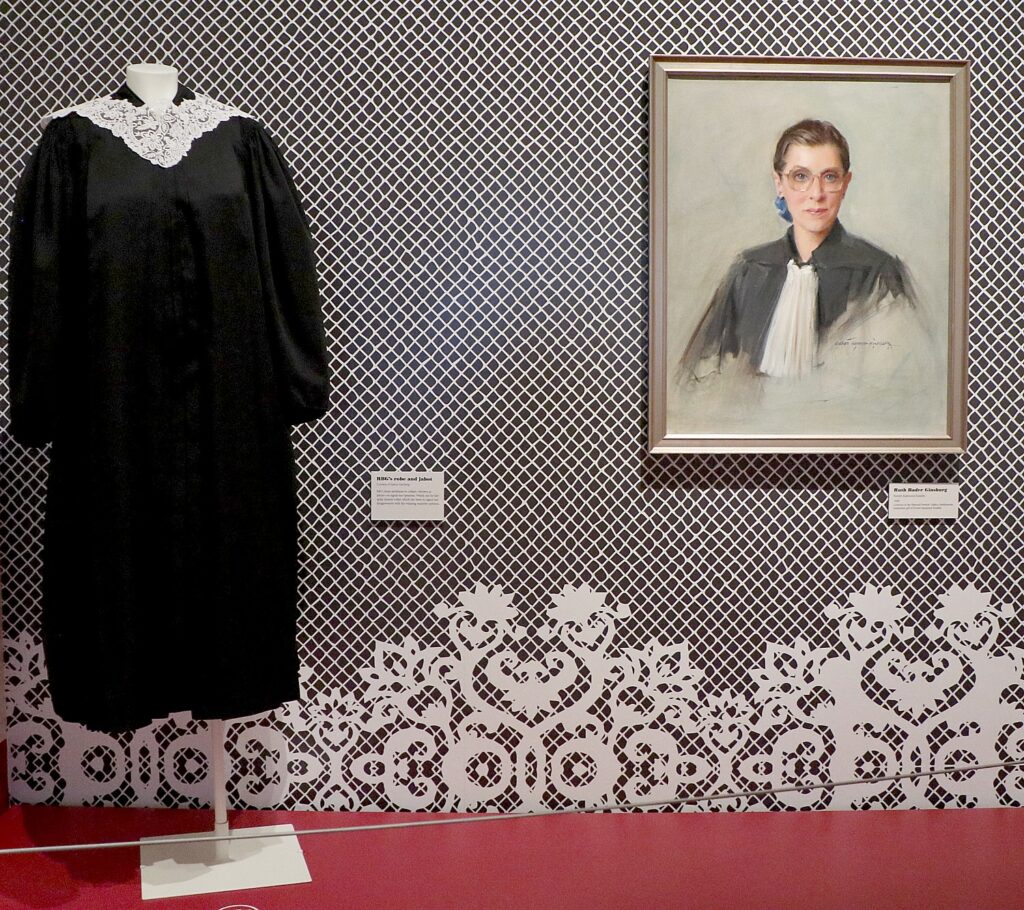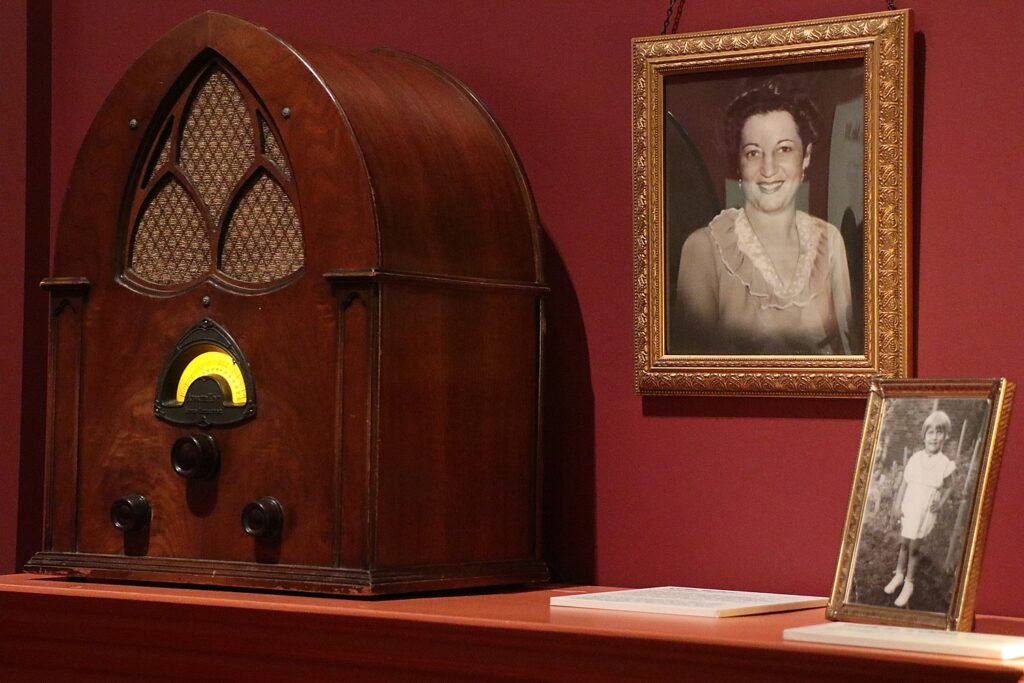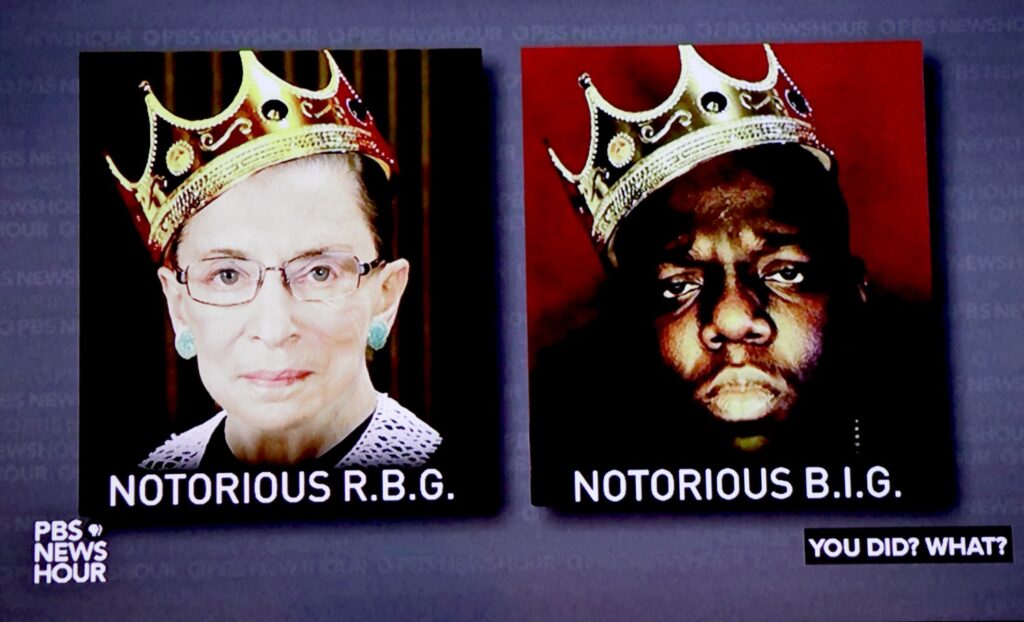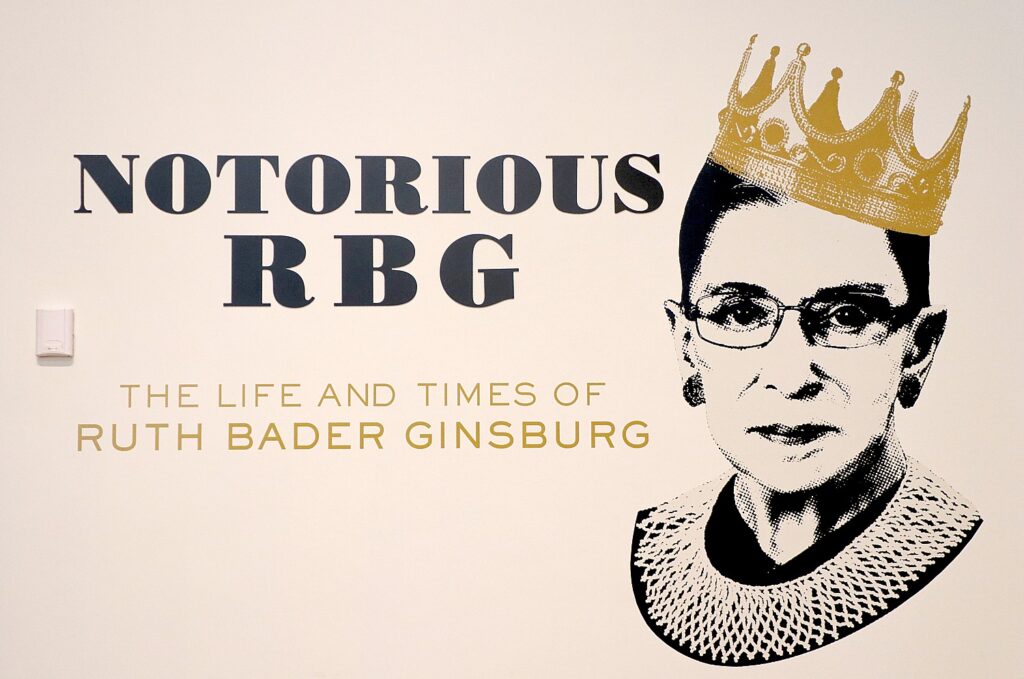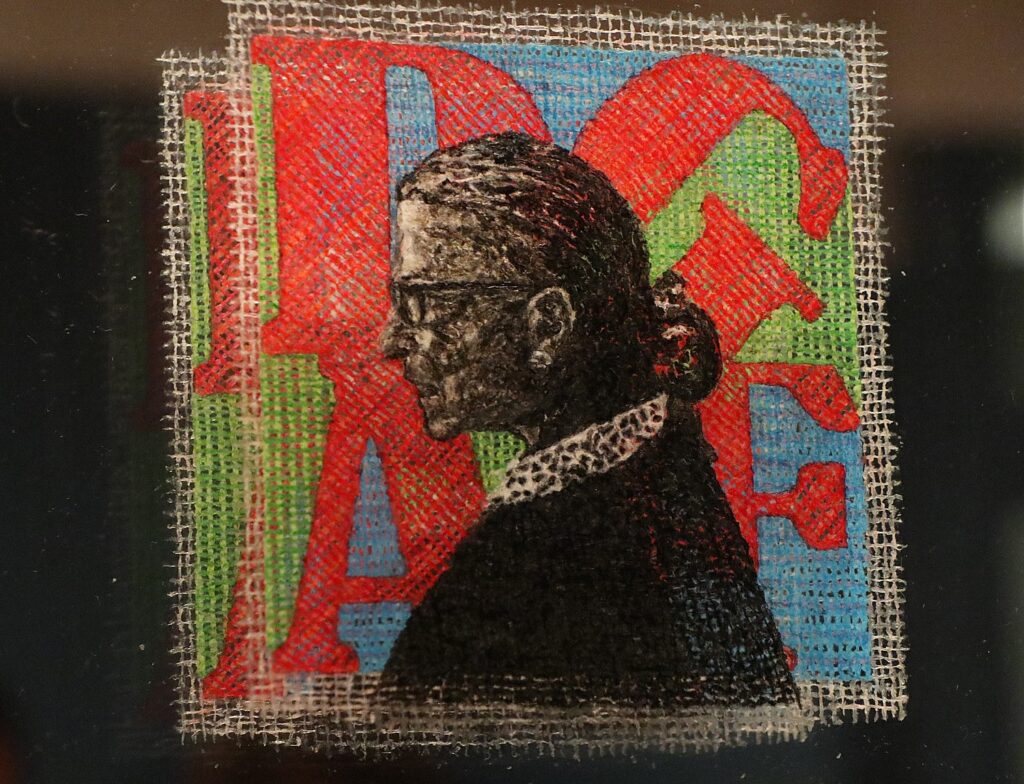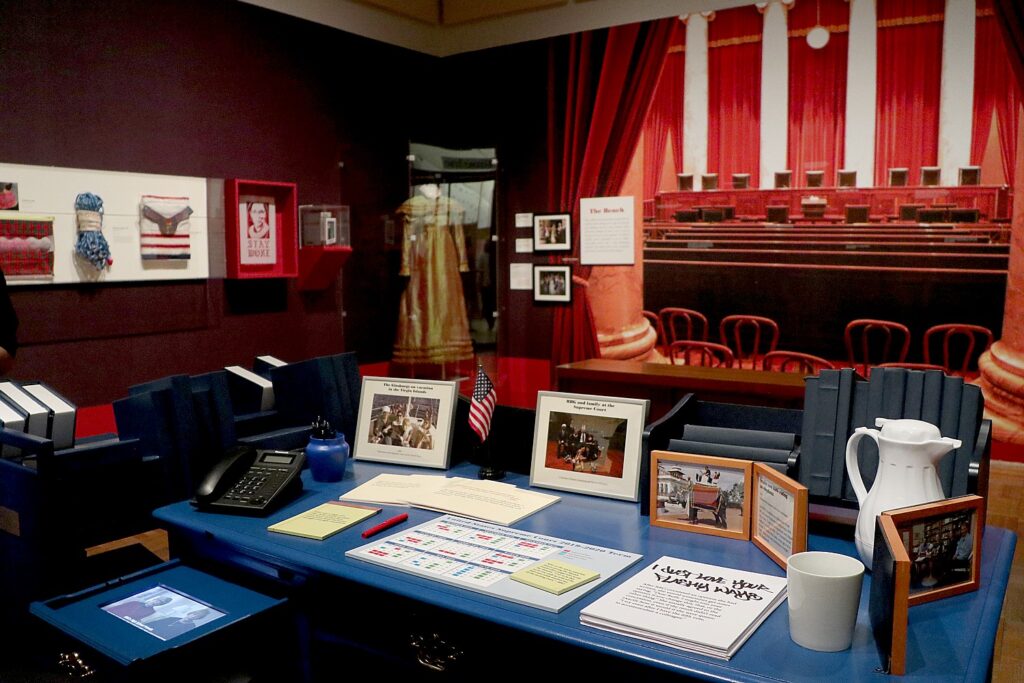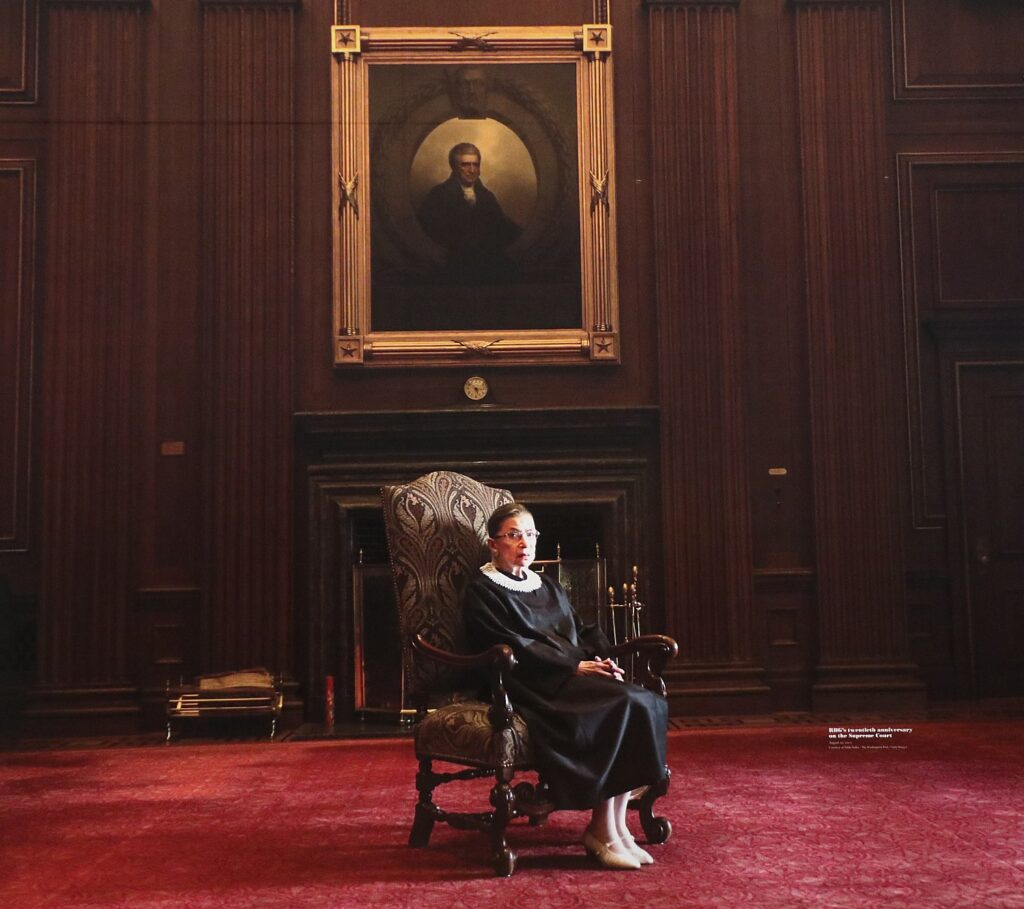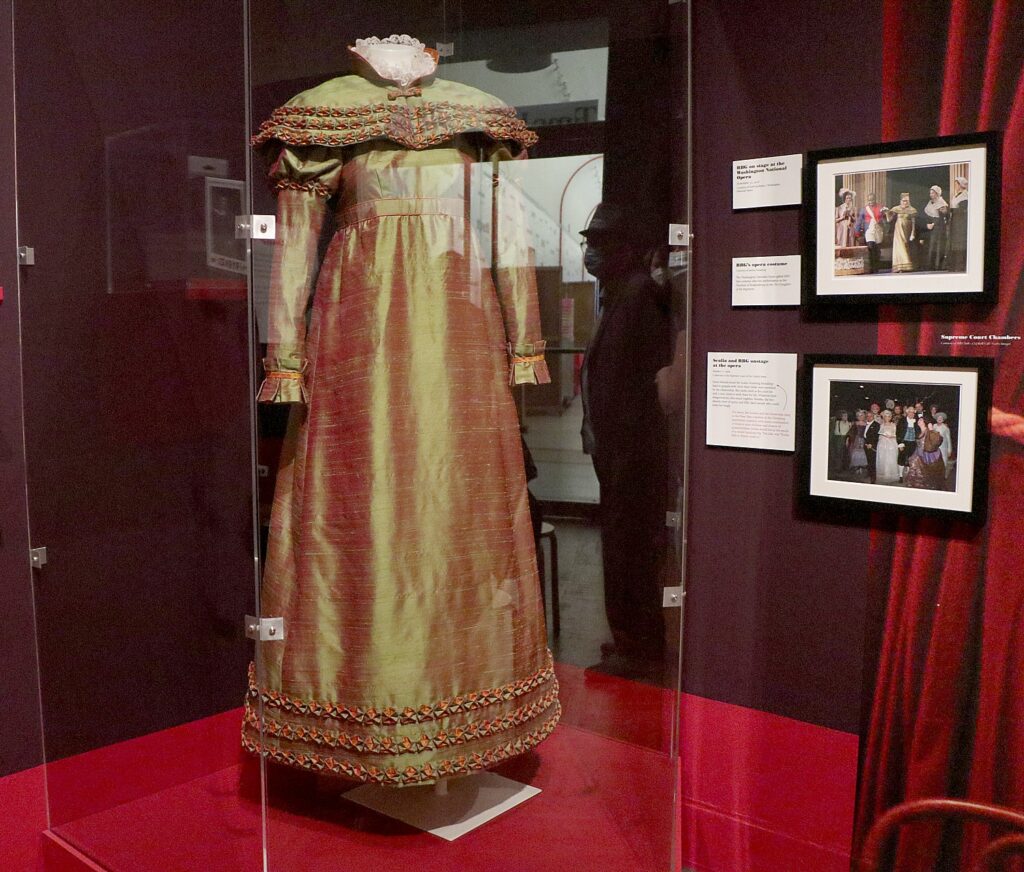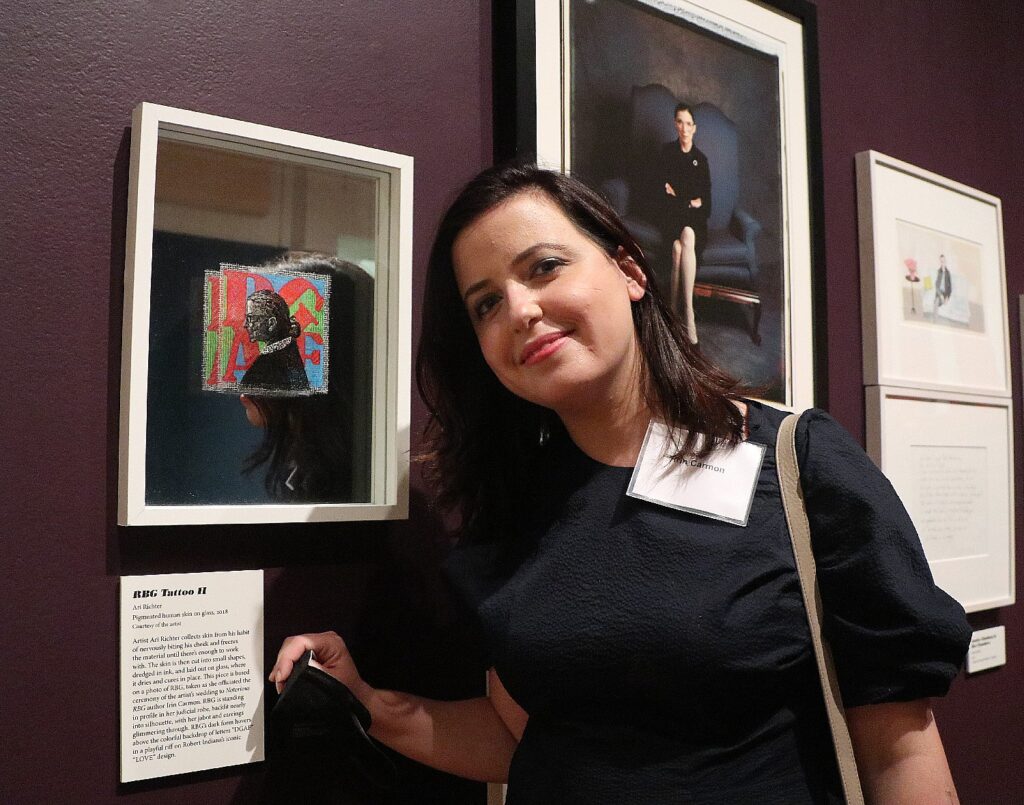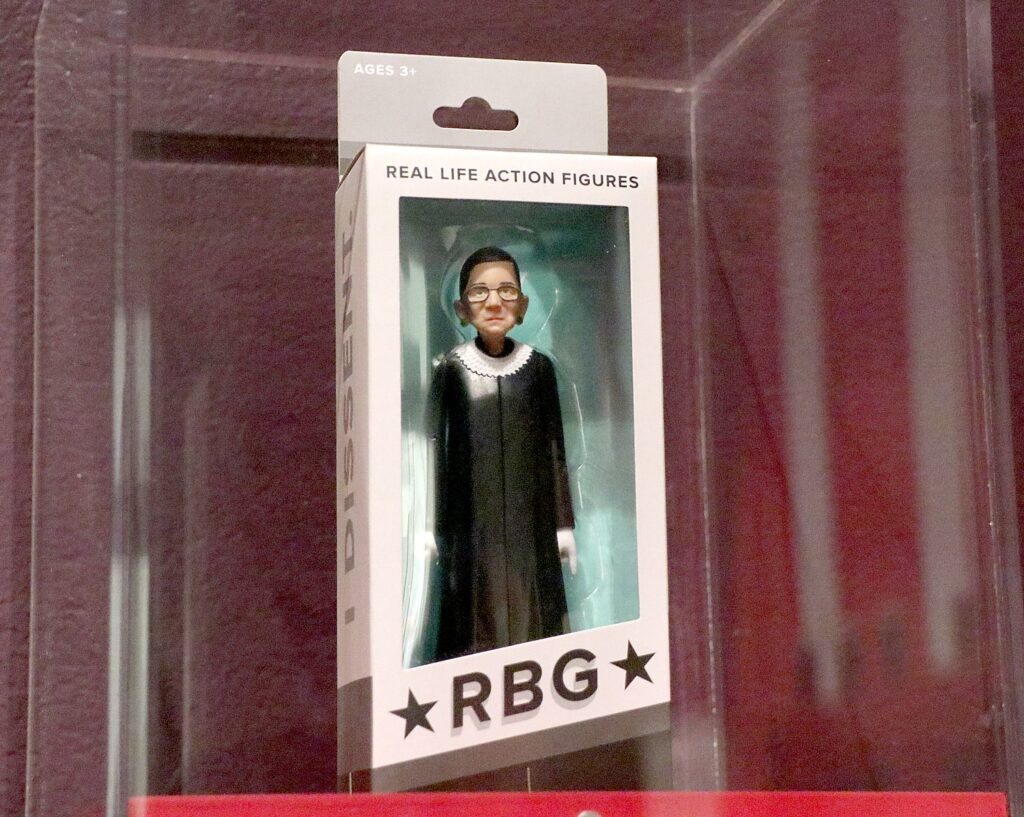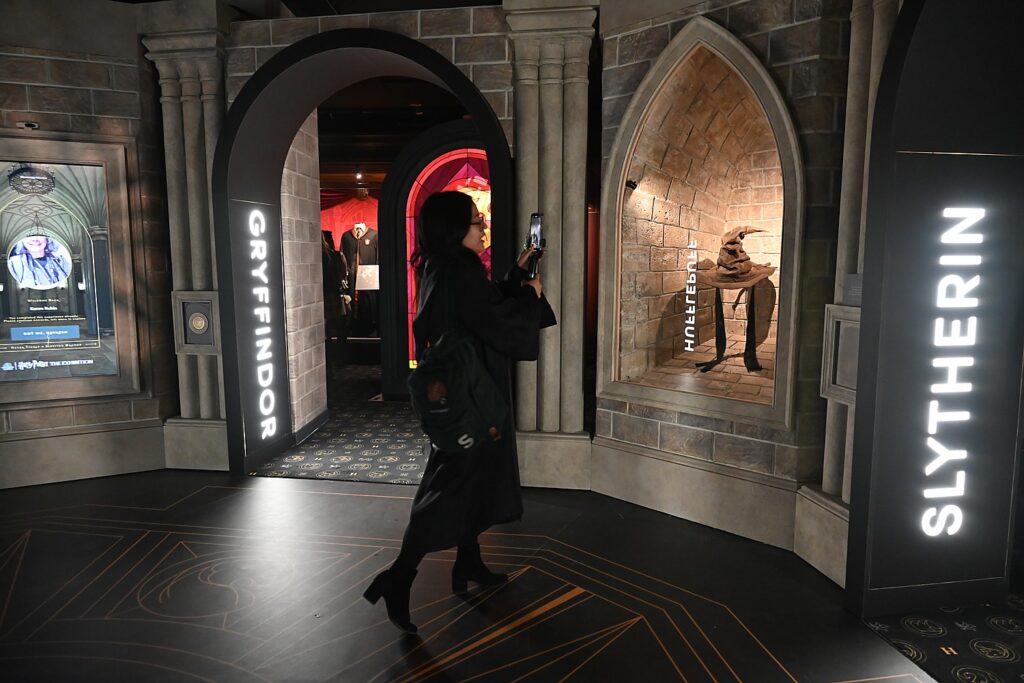
By Karen Rubin, Travel Features Syndicate, goingplacesfarandnear.com
Fans and superfans alike will be ecstatic to be immersed in the newly opened Harry Potter: The Exhibition, the most comprehensive touring exhibition ever presented on Harry Potter and the entire Wizarding World, is on view in Herald Square in midtown Manhattan but only for a limited time.
To call it an “exhibition” is an understatement. On every level – from the actual costumes, wands, props (the Sorting Hat! The Sword of Gryffindor! The Elder Wand! The Resurrection Stone!) from all the Harry Potter plus Fantastic Beasts™ movies and Broadway’s Tony-award winning Harry Potter and the Cursed Child – to the opportunity to compete for points for your House by casting a spell, preparing a potion, trying your hand at Quidditch, summoning your Patronus– you feel you are part of this magical world. The experience is completely personalized, individualized for you as you take this journey through magnificently crafted, magical environments with the aid of remarkable design and technology. It is truly immersive, truly interactive, truly experiential, truly enchanting.
Our visit starts with choosing a Hogwarts House (a photo is snapped of you in the sorting hat), a wand, a Patronus, all encoded in an RFID wristband that you use to log in at various stations to capture interactions and deliver an absolutely personalized experience, designed to not merely put you in the story, but put you into the films’ creation.
We are ushered into the From Page to Screen Gallery where a first edition of J.K. Rowling’s Harry Potter and the Sorcerer’s Stone is ensconced in a Gringotts-inspired vault. We are surrounded by inspirational video and literary quotes and enthusiastic guides introduce us “first years” to the exhibition – we feel the same sense of wonder and being new to Hogwarts as Harry, Ron and Hermione would have felt as first years.
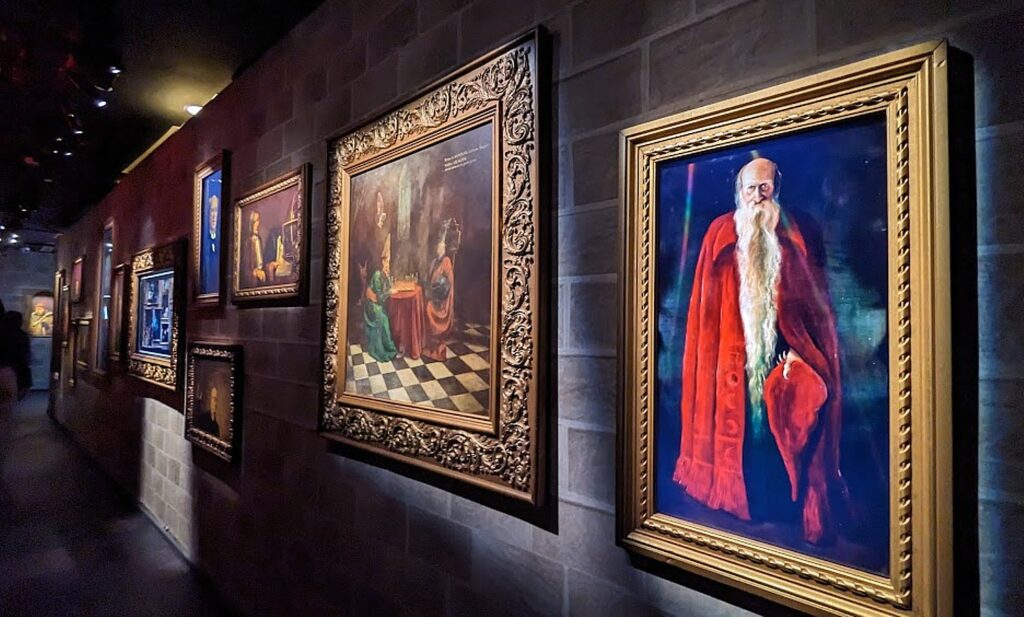
We next move into the Hogwarts Castle Gallery featuring an immersive multimedia experience with the castle as a backdrop for iconic elements like the Whomping Willow and Dementors and see ourselves on the Marauder’s Map.
Walking through the Great Hall Gallery we get to see the same paintings as the students would see going into their House, and learn that filmmakers lined the walls with more than 200 paintings, some based on real art and some on subjects that included members of the film crew and their families. Production designer Stuart Craig, producer David Heyman, and property master Barry Wilkinson all are represented on the wall. Original pieces by studio artists often painted “in the style” of famous artists, representing the history of painting from Egypt to the Renaissance to the 20th century.
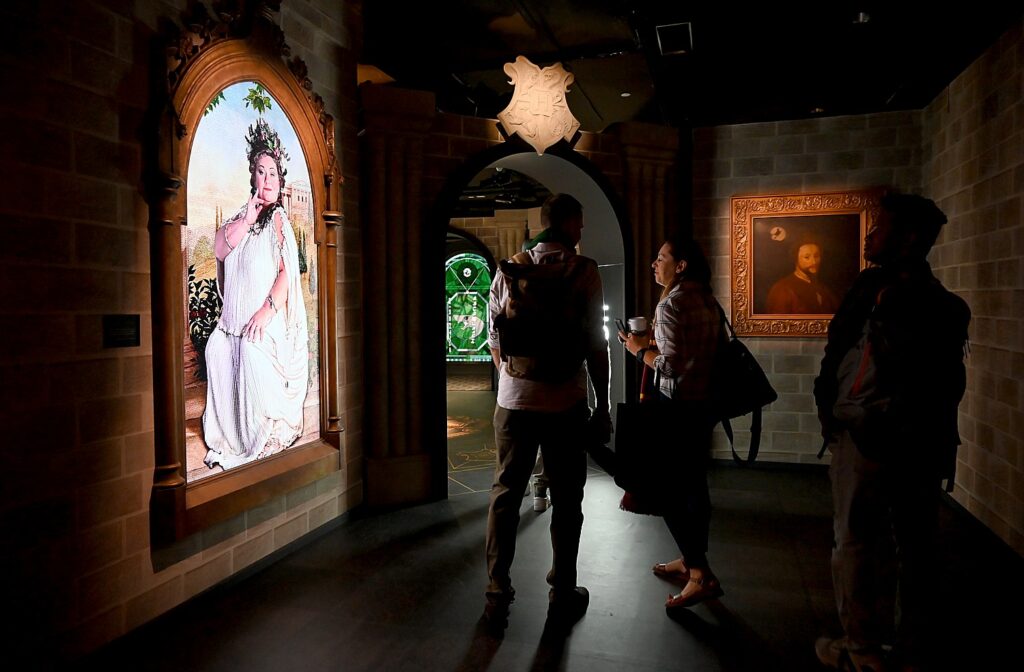
The Hogwarts Houses gallery allows us personalized moments with the Hogwarts house we selected during our registration (I selected Gryffindor) but we still get to experience noteworthy tidbits about all the Hogwarts houses and their important characters. The celebratory hall feature an iconic Sorting Hat (perfect for photo ops) and Sword of Gryffindor, and house crests on meticulously created stained glass windows. The notes give the history of the houses and important biographical notes, and we get to see costumes and artifacts from each of the houses, with backstory about the particular film or scene they appeared. I love learning about the costume designer’s thinking, the choices that were made, and how the actors reacted to their costume.
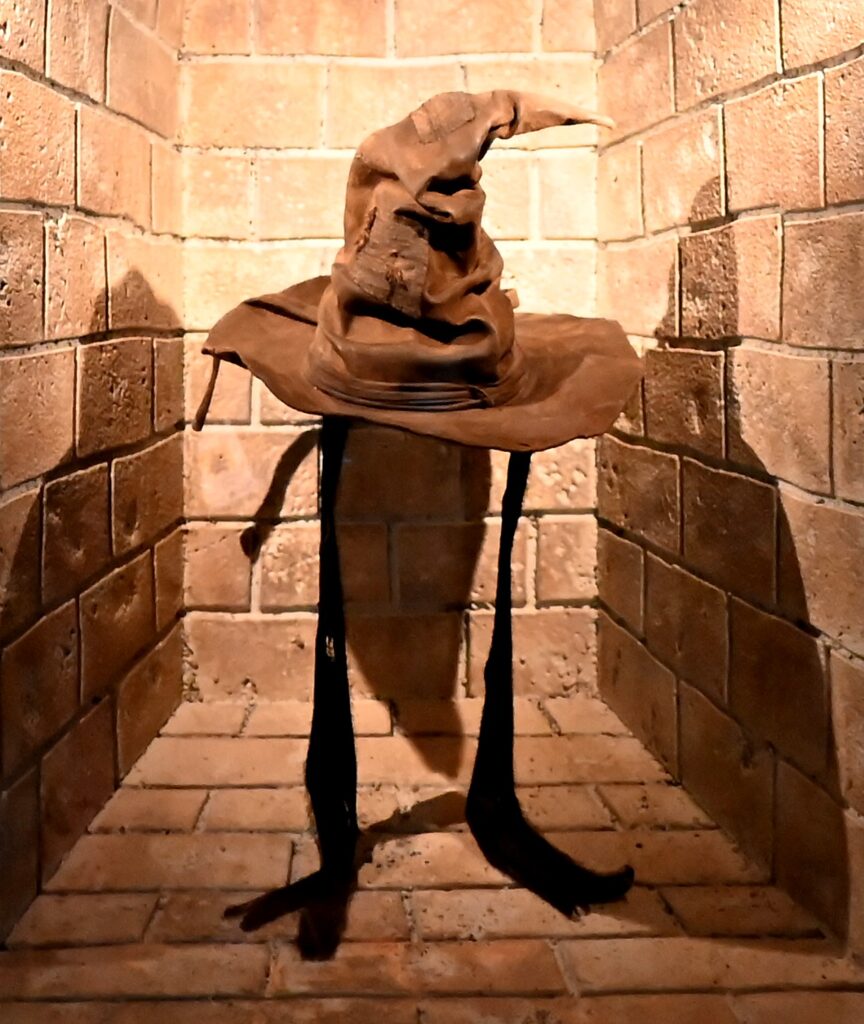
In a room devoted to the wands (Harry’s!), we learn that in the first film, they were very basic in construction but by the third film, the art designers personalized each one to the character, choosing special woods and carvings, but then the versions used for filming were made of resin for everyday and rubber for stunts (because they would break; Harry broke 50 of his wands). About the Elder Wand, the designers had no idea how important it would be when they fashioned it, so were grateful they had designed it with a distinctive appearance.
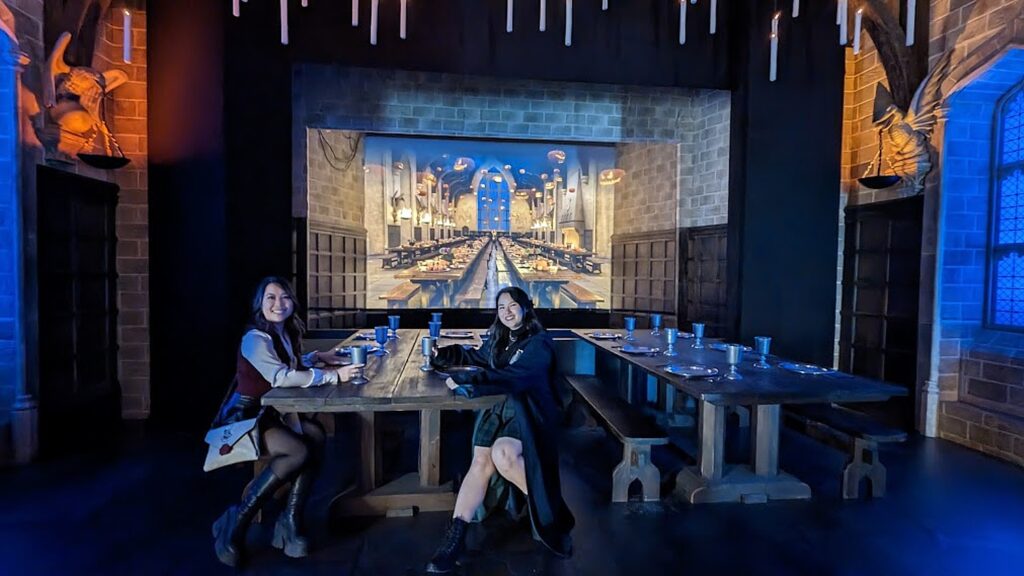
The Great Hall has some tables where we can sit, with the backdrop from the movie, and learn that the set designer made the floor of York stones that lasted through 10 years of onscreen Hogwarts students walking, running, dancing; there were four 100 ft custom-made tables that were distressed to suggest their longevity and the actors were encouraged to write and draw on the tables. In the first film, real candles were suspended from the ceiling but there were safety concerns, so they switched to digital and had five sizes of CGI candles coded for six varied flames so no two were the same.
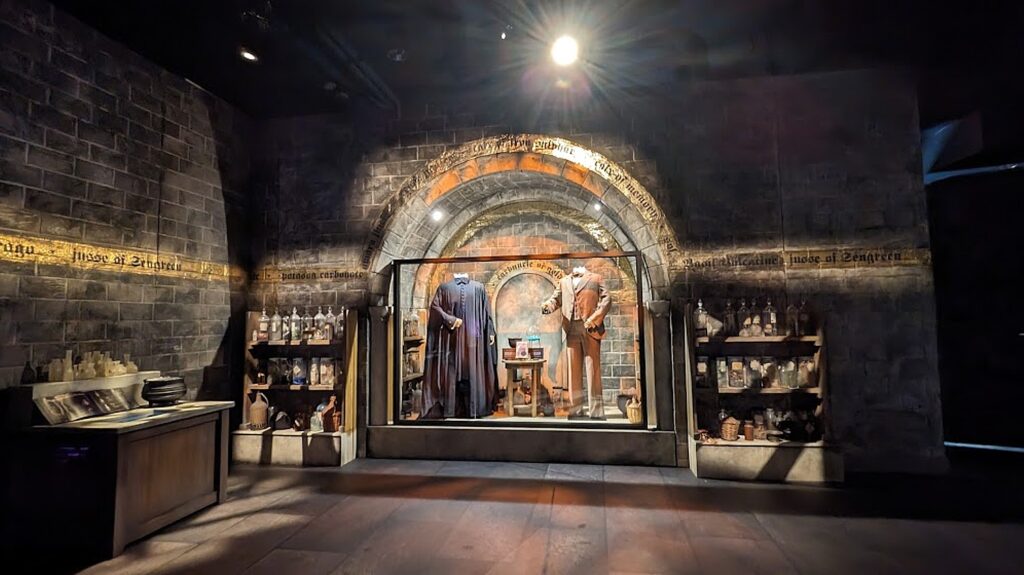
Hogwarts Classrooms are filled with iconic props, creatures, and costumes. We get to interact with magical lessons and games through digital touchscreens to reveal behind-the-scenes secrets about iconic classroom moments. We even get to brew potions in the Potions Classroom (there’s a recipe book), predict the future in Divination, pot a mandrake in the Herbology Greenhouse, and use their digital wand to defeat a boggart in Defense Against the Dark Arts – all earning points for our House.
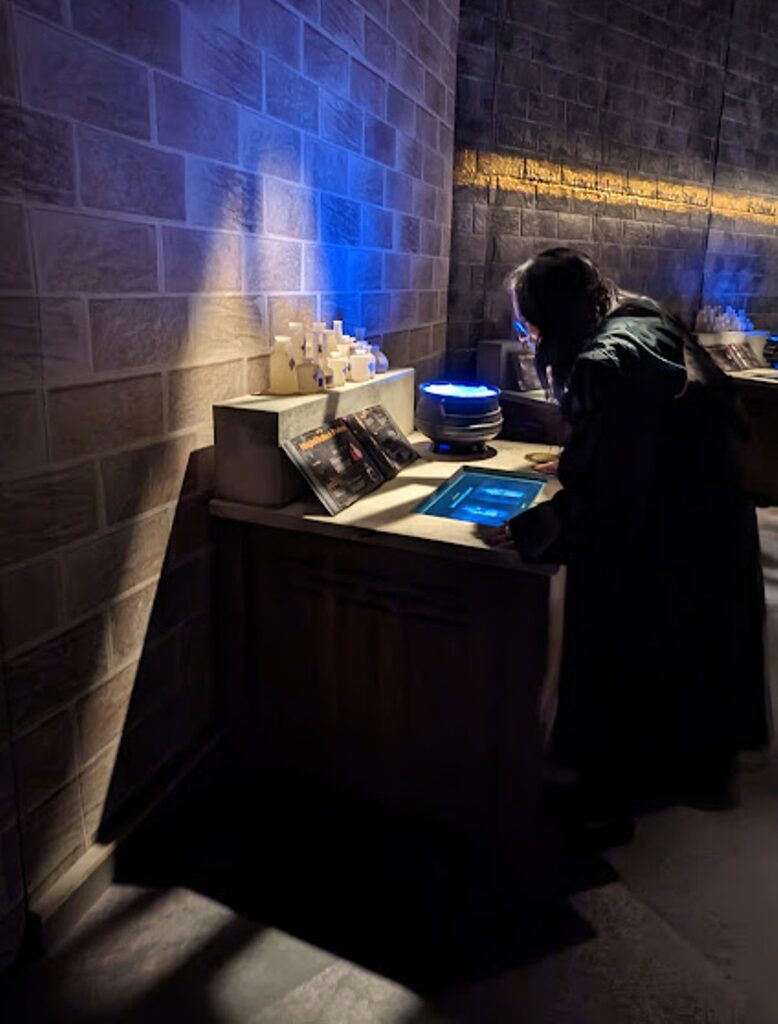
Hagrid’s Hut and The Forbidden Forest offer an interactive Patronus charm experience (I get to conjure up mine, a terrier). We then uncover iconic creatures, such as centaurs and Acromantula, hidden in the forest. Exploring inside a re-creation of Hagrid’s Hut, I find it interesting that to film Hagrid’s Hut scenes, they made two sets – one with furniture and all the furnishings to be in scale with half the Giant’s size, but everything oversized when seeing Harry, Ron and Hermione in the shot – and filmed each scene twice.
In the Tri Wizard tournament section, we learn that 35 costumes were created just for Harry (these included the before and after and costumes for doubles and stunt doubles) – we see the costume that was distressed to look like Harry had already fought the dragon and then get to see the enormous dragon (selfie! – in fact, so many Instagrammable scenes throughout).

In the Quidditch section (there’s an actual Golden Snitch!), we get to throw a Quaffle through a hoop to rack up points. We learn that filming was a grueling experience for the actors who had to straddle the brooms while suspended in air. But in the “Azkaban” film, they finally put foot pedals and bicycle seats on the broom and gave the actors extra padding for their behinds that would be concealed under their uniforms. The cinematographer made an effort to film as a live sport, with multiple moving camera angles and flying camera operator. (Chris Columbus wanted Quidditch to have the same flair and excitement of Muggle sports but needed a crash course in the rules from author J.K. Rowling before filming. Screenwriter Steve Kloves also consulted her and learned Quidditch had been partially inspired by her enjoyment of American basketball. Costume designer Judianna Makovsky wanted to give the Quidditch player uniforms both familiarity and timelessness – she was inspired by 19th century sports and combined fencing, cricket and polo wear.
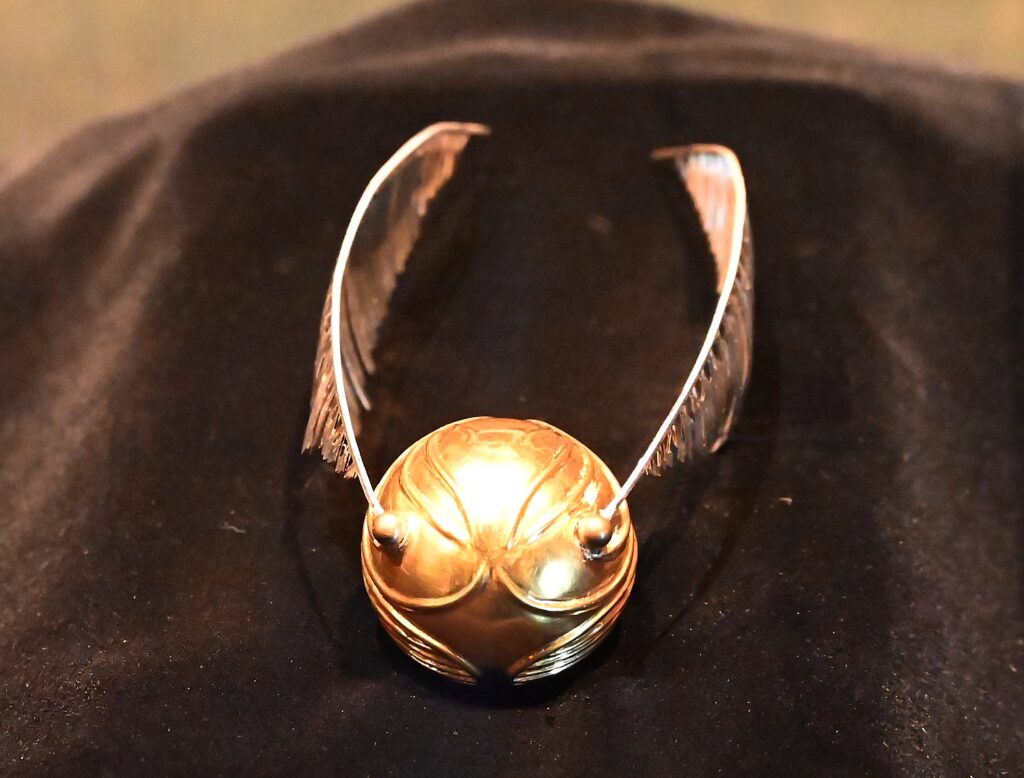
I love learning about how the costumes, wands and such changed over the course of the different films, as the characters grew and matured, as mores changed, how the designers literally weave the character into the costume with subtle touches, textures, lines, and learning the actors’ reactions as well as their input – how Hermione loved to finally be wearing regular clothes and not only school robes by the later films, how Newt Scamander’s coat was inspired by the design for a Muggle coat but with the secret pockets common to magician’s coats, with a color palette of deep peacock, having the vibe of his creatures, in contrast to the brown and gray of the1920s outfits; 12 copies of his coat were created from material that designer Colleen Atwood had in storage for years.
As a superfan, I am particularly enthralled by the notes that accompany each of the rooms – like chapters in the book or scenes in the movie – that begin with putting you back into the story, but then adding on the fascinating creative backstory.
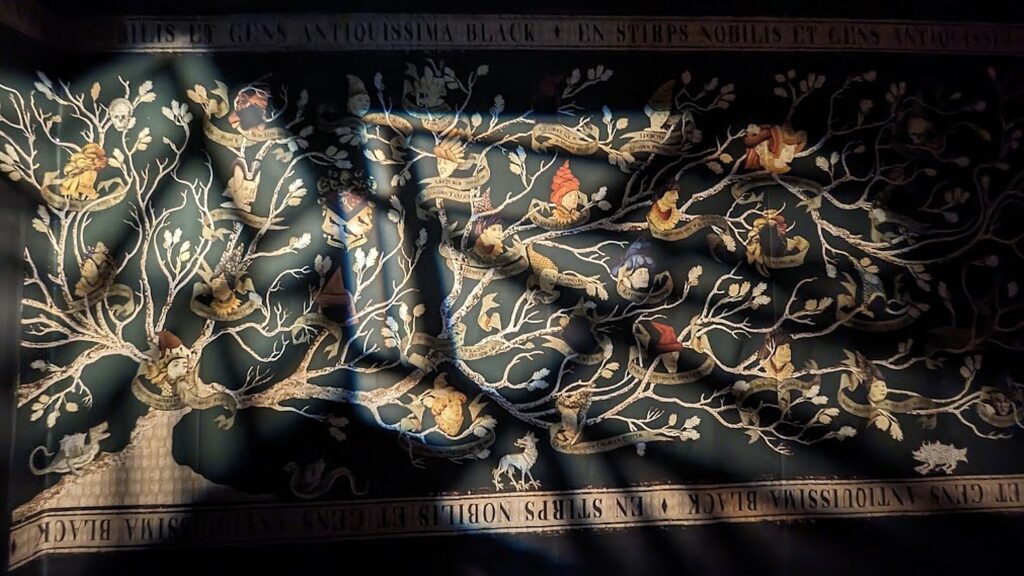
So we learn that when graphic designers Miraphorn Mina and Eduardo lima were tasked with creating four-walls-worth of a tapestry portraying Sirius Black’s family tree in number Twelve, Grimmauld Place, they knew the names of some of his relatives from the books, but needed many more to fill an entire room. So producer David Heyman called JK Rowling and asked if she could provide further information on the Noble 7 Most Ancient House of Black. Almost immediately, she sent back several pages with five generations of names indicating births, marriages and deaths, plus the family crest and motto.
Importantly, learning the backstory of how the effect was created doesn’t burst the bubble or the delight in the illusion that is film.
Tom Zaller, the CEO of Imagine Exhibitions that created the Harry Potter exhibition in partnership with Warner Bros. Discovery Global Themed Entertainment and EMC Presents, knows the importance of preserving the magic – his backstory includes a longtime association with the magician David Copperfield. His company, renowned for creating blockbuster exhibitions (Titanic, Jurassic World, Downtown Abbey, DaVinci), was approached by Warner Bros. to create this exhibition. (Imagine currently has 45 different exhibitions on view around the world, including a second World of Harry Potter Exhibition in Paris with different original elements, for example instead of Professor McGonagall’s robes in the Great Room, Paris has Dumbledore’s). All the original costumes, artifacts and props belong to Warner Bros. – Imagine created the sets, the immersive experiences, and the illuminating notes that explain the exhibits.
The Harry Potter:The Exhibition premiered in Philadelphia a year ago, then went to Atlanta, and has already drawn one million visitors in the two venues, and will continue to tour after leaving New York City.
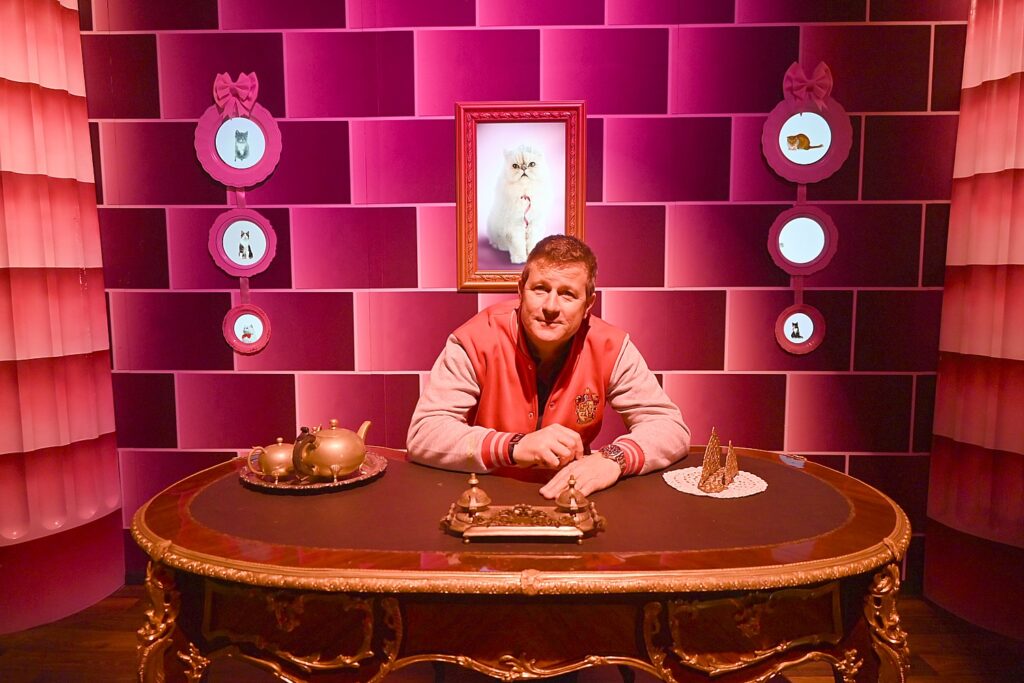
After using the portkey to travel to the Ministry of Magic, I find Zaller sitting behind Dolores Umbridge’s desk. I ask how the notes were made – they have so much information yet are so concise; they put you into the story, but then give you the creative backstory. He tells me they worked closely with Warner Bros. and the people who worked on the film, the play and the themepark. “We went behind the scenes to learn why choices were made.”
Zaller, who has been producing block buster exhibitions for decades, says, “This is the biggest, baddest, most wonderful… We try to satisfy the fan and the super fan.”
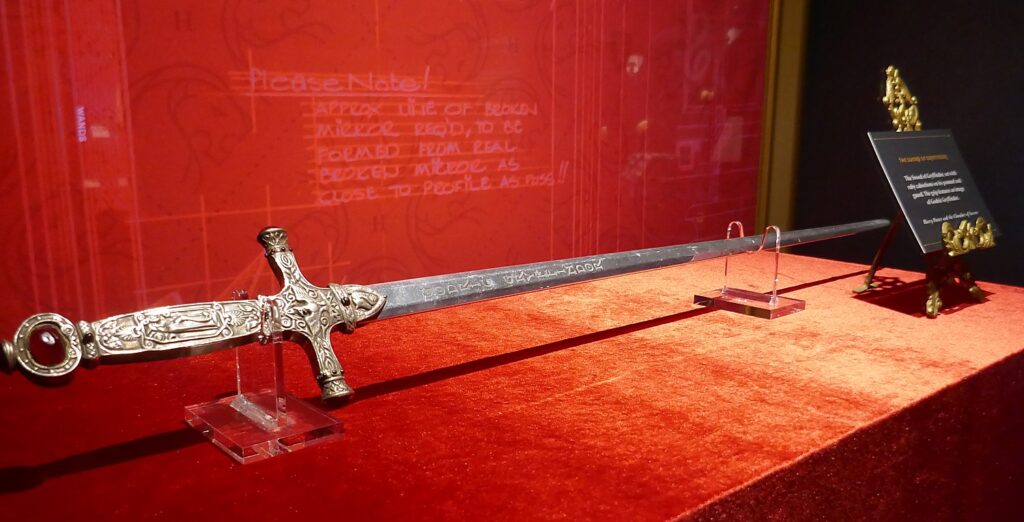
I confess my thrill at seeing the actual Sorting Hat, the actual sword of Gryffindor, the actual Golden Snitch, the actual Elder Wand, the actual Resurrection Stone, mixing a potion, throwing a Quaffle, conjuring up my Patronus (10 points for Gryffindor!), and being in the places in three-dimension, that you either imagine in your mind from the books, or see on film.
The exhibit is well set up for the numbers of people who will be coming through – many stations for photos, wands, spells, divination, potions, repotting the howling mandrakes (which turns out to have been a real thing that jk Rowling incorporated, among the other real spells and magic traditions, like the Sorcerer’s stone).
Clever use of video (film), sound effects, even smells, and thank goodness the musical score of the films is so marvelous, because musical segments provide the soundtrack in each of the areas (and smartly the sound tracks do not overreach)
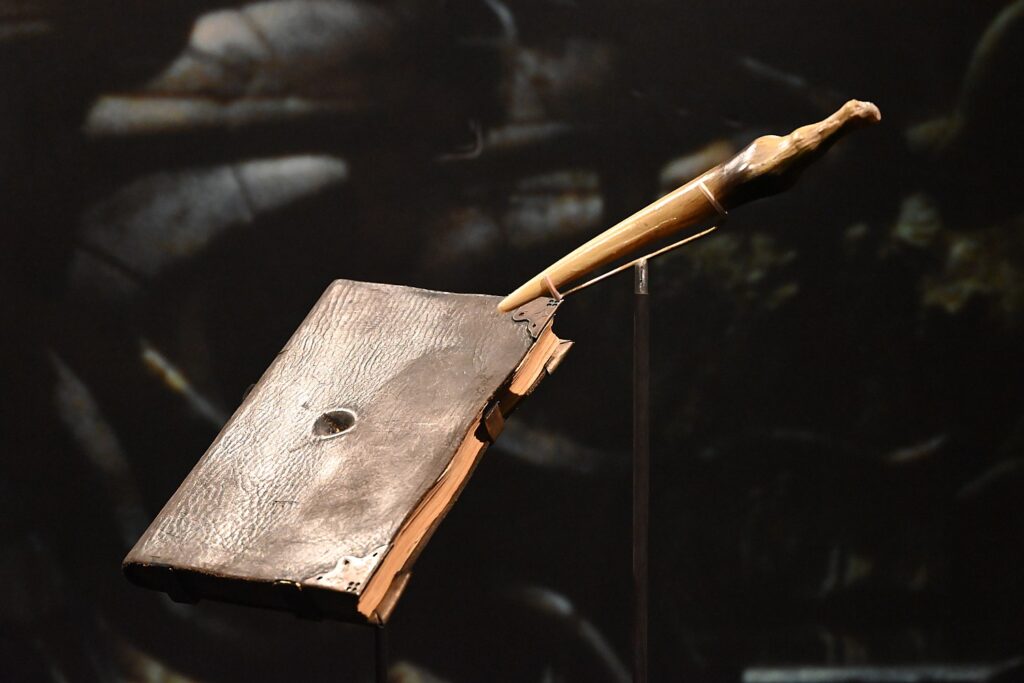
We get to see the Voldemort’s horcruxes – Tom Riddle’s diary and the Basilisk fang used to destroy the diary in “Chamber of Secrets”, Hufflepuff’s Cup, Ravenclaw’s diadem, , the iconic Resurrection stone, …., Deatheater’s cloak, even the invisibility cloak (spoiler alert: it’s invisible), Dumbledore’s Elder Wand,
You even get to fight the final battle of Hogwarts, activating the wands held by Harry and Voldemort (choose who you want to be).
Here’s a challenge: think of something you would most like to see and see if it isn’t in the exhibit.
It is so much fun – during our press preview visit, superfans went through with their Hogwarts robes, really getting into the spirit. And so many selfie and Instagram opportunities!
At the end, you can purchase print and digital photos of your experience and visit the gift shop where you can find an exclusive collection of Harry Potter: The Exhibition merchandise – apparel, jewelry, and edible treats, including fan-favorite Chocolate Frogs and bottled Butterbeer, as well as merchandise not available at any other Wizarding World experience.
It’s supposed to take 60 to 90 minutes to go through, but I love reading the notes and studying the objects so much, I spend over two hours.
See it here in New York, then go see it in Paris.
Harry Potter™: The Exhibition has transformed its space at 50 W. 34th Street (34th Street and Broadway), easily accessible from Penn Station, Port Authority and many subway stations. Tickets (for timed entry, but you can stay as long as you want) start at $29 for adults. The exhibition also offers a VIP ticket experiences with a flex schedule, commemorative lanyard, free access to the Harry Potter: The Exhibition Audio Guide and a $10 credit to spend in the retail store. A full schedule of dates and times to visit Harry Potter™: The Exhibition can be found at www.harrypotterexhibition.com. Fans are encouraged to follow Harry Potter: The Exhibition on Facebook, Instagram, and Twitter. #HarryPotterExhibition
_____________________________
© 2023 Travel Features Syndicate, a division of Workstyles, Inc. All rights reserved. Visit goingplacesfarandnear.com, www.huffingtonpost.com/author/karen-rubin, and travelwritersmagazine.com/TravelFeaturesSyndicate/. Blogging at goingplacesnearandfar.wordpress.com and moralcompasstravel.info. Visit instagram.com/going_places_far_and_near and instagram.com/bigbackpacktraveler/ Send comments or questions to FamTravLtr@aol.com. Tweet @TravelFeatures. ‘Like’ us at facebook.com/KarenBRubin
